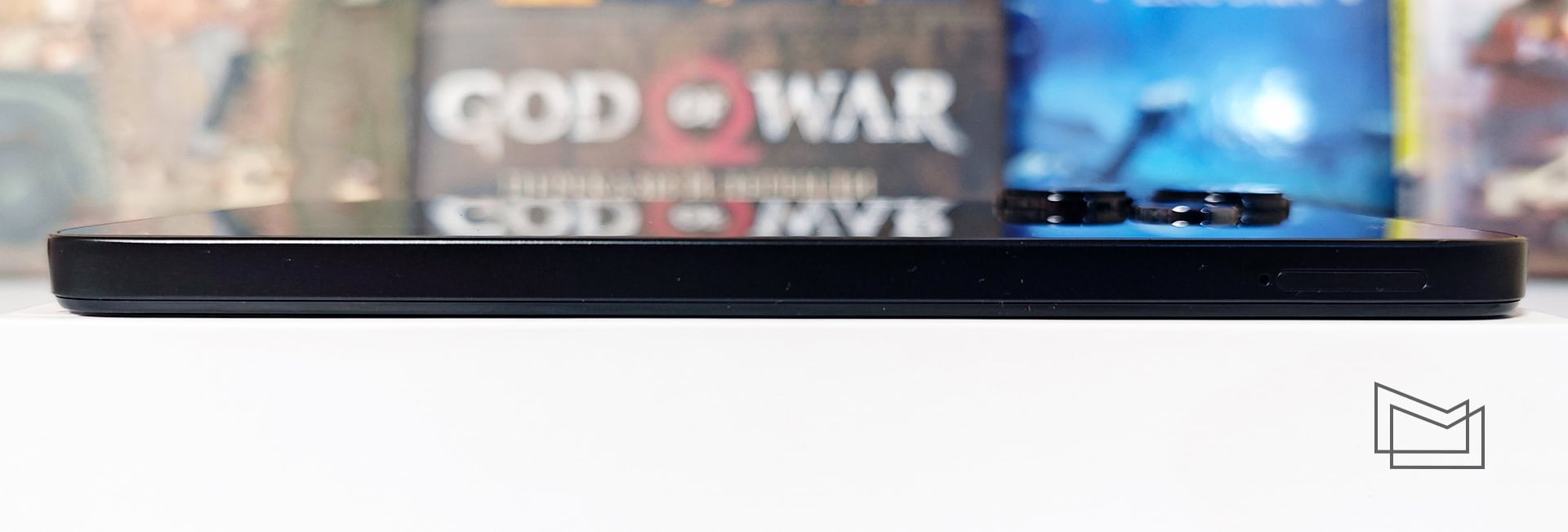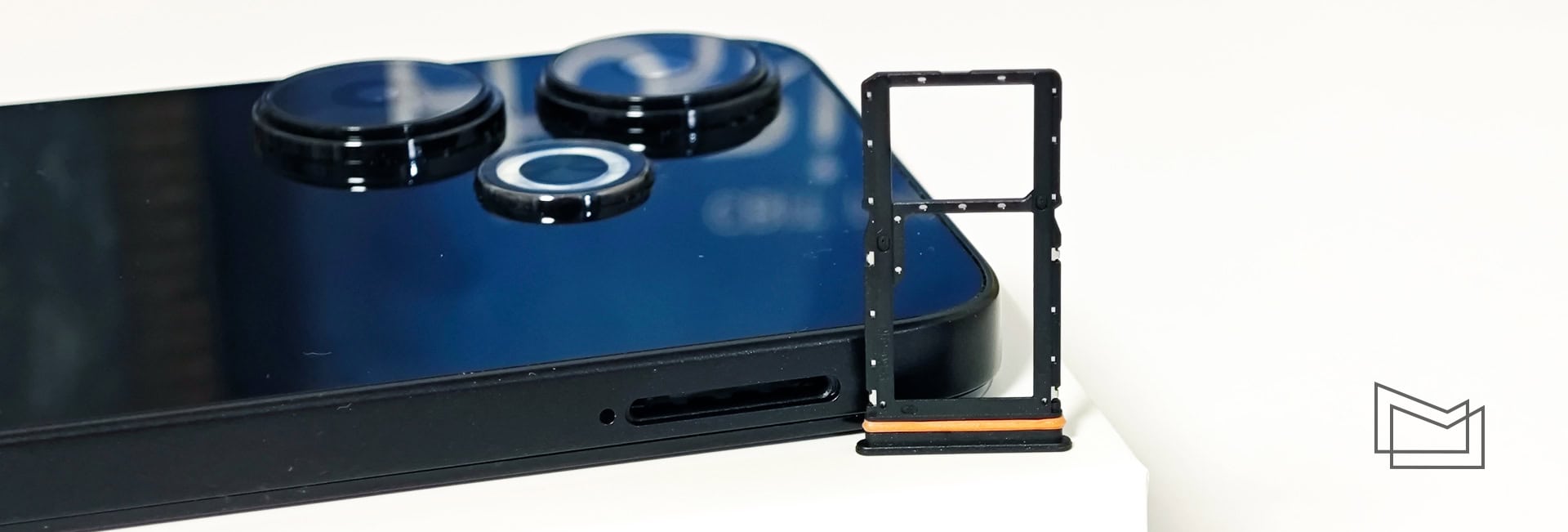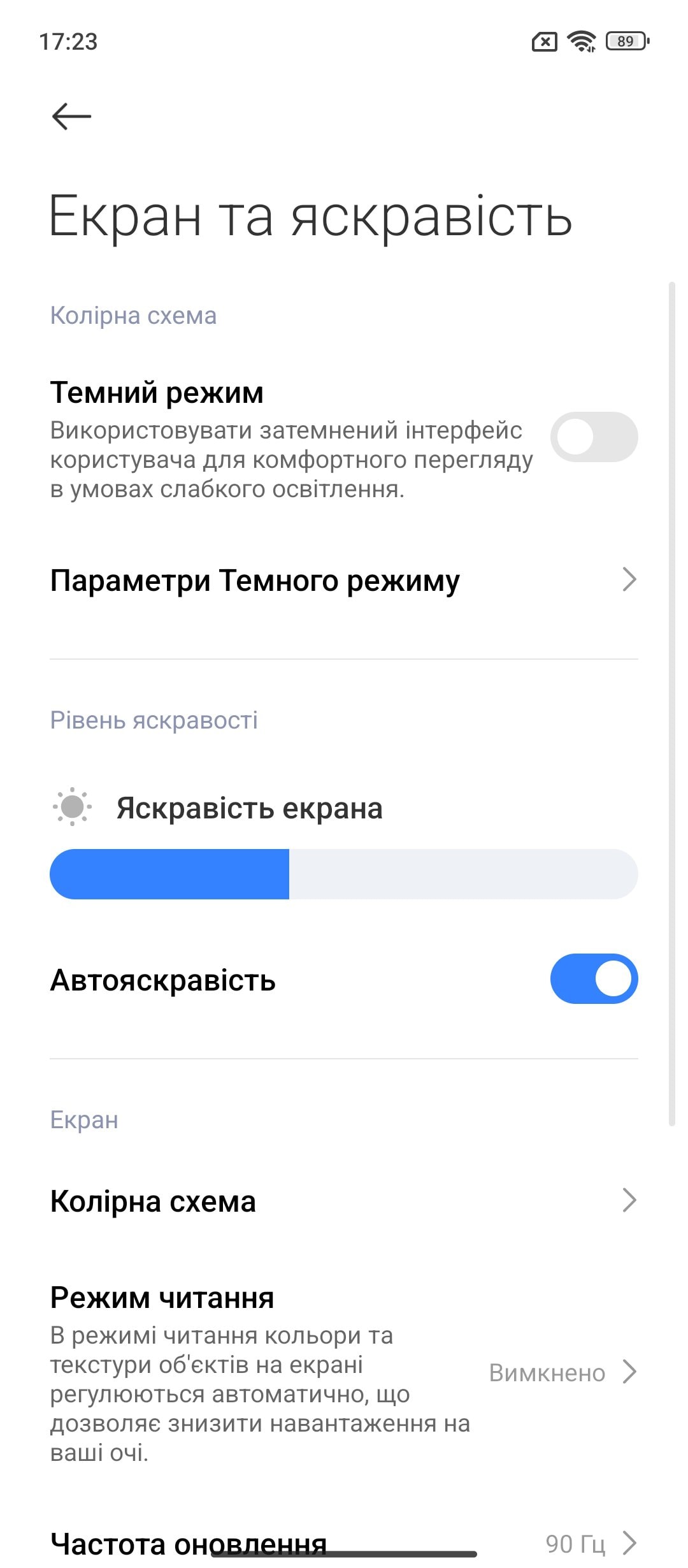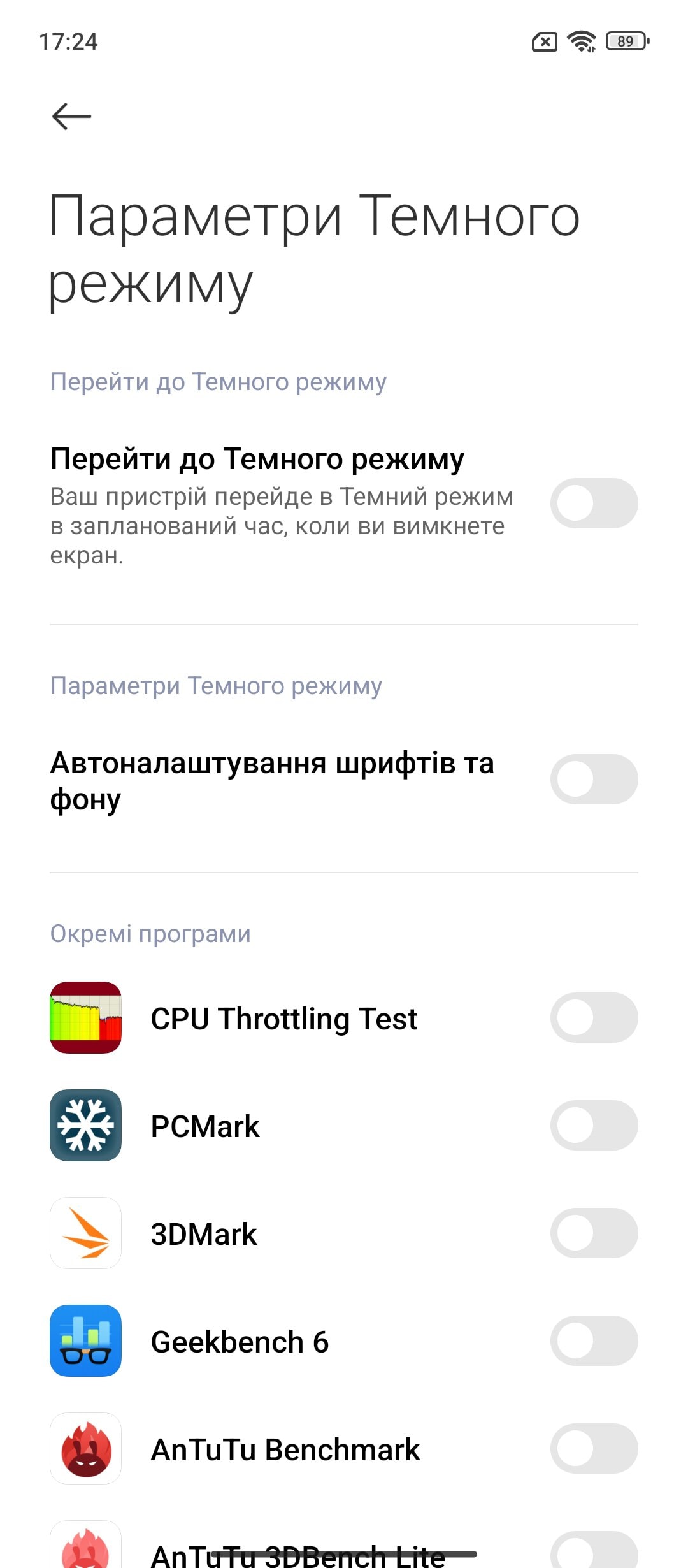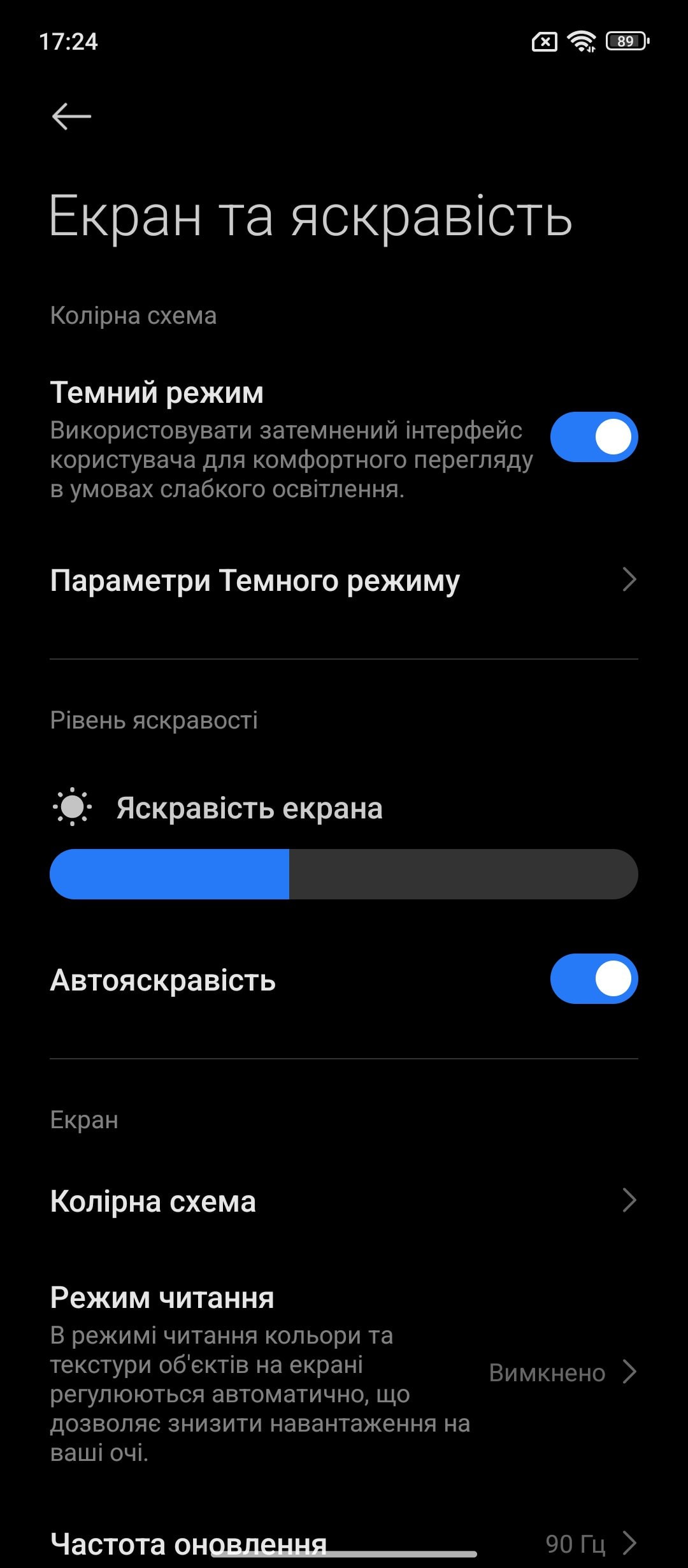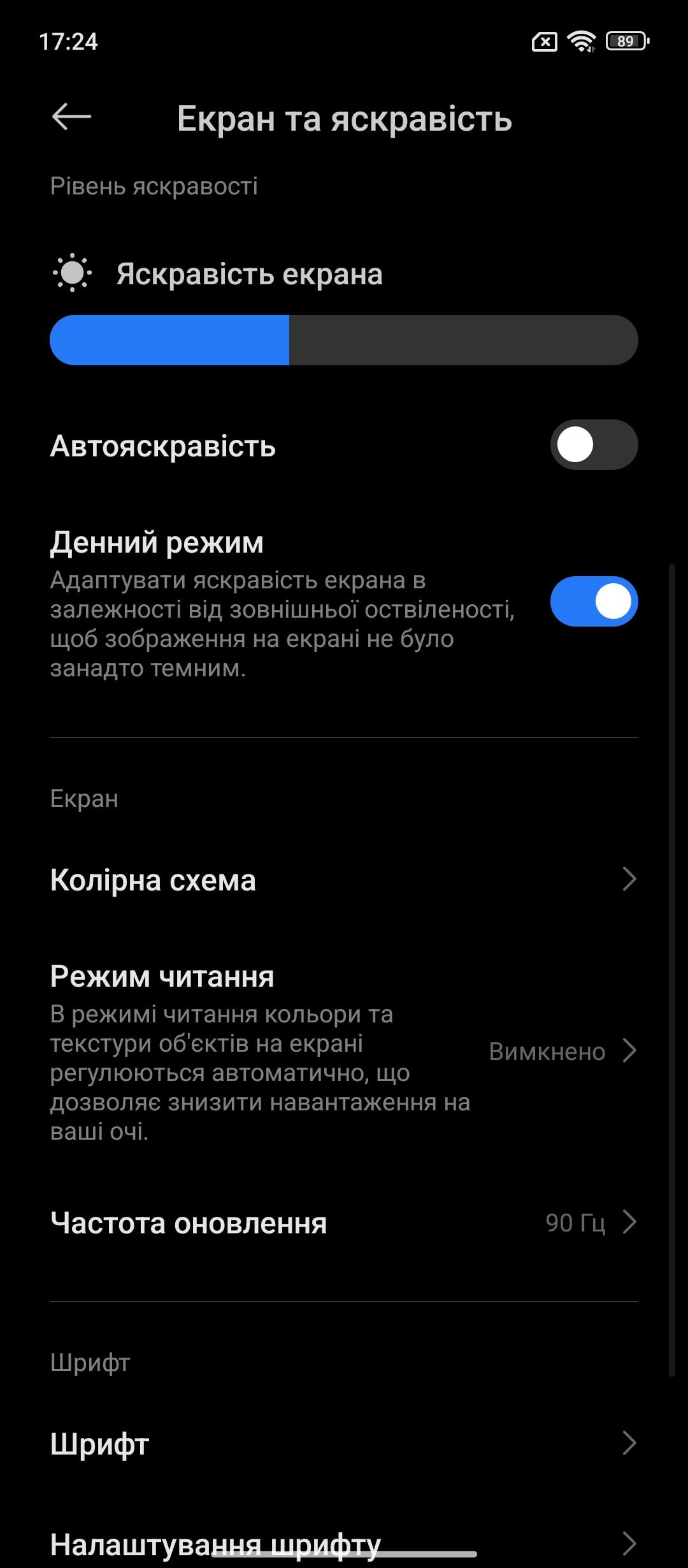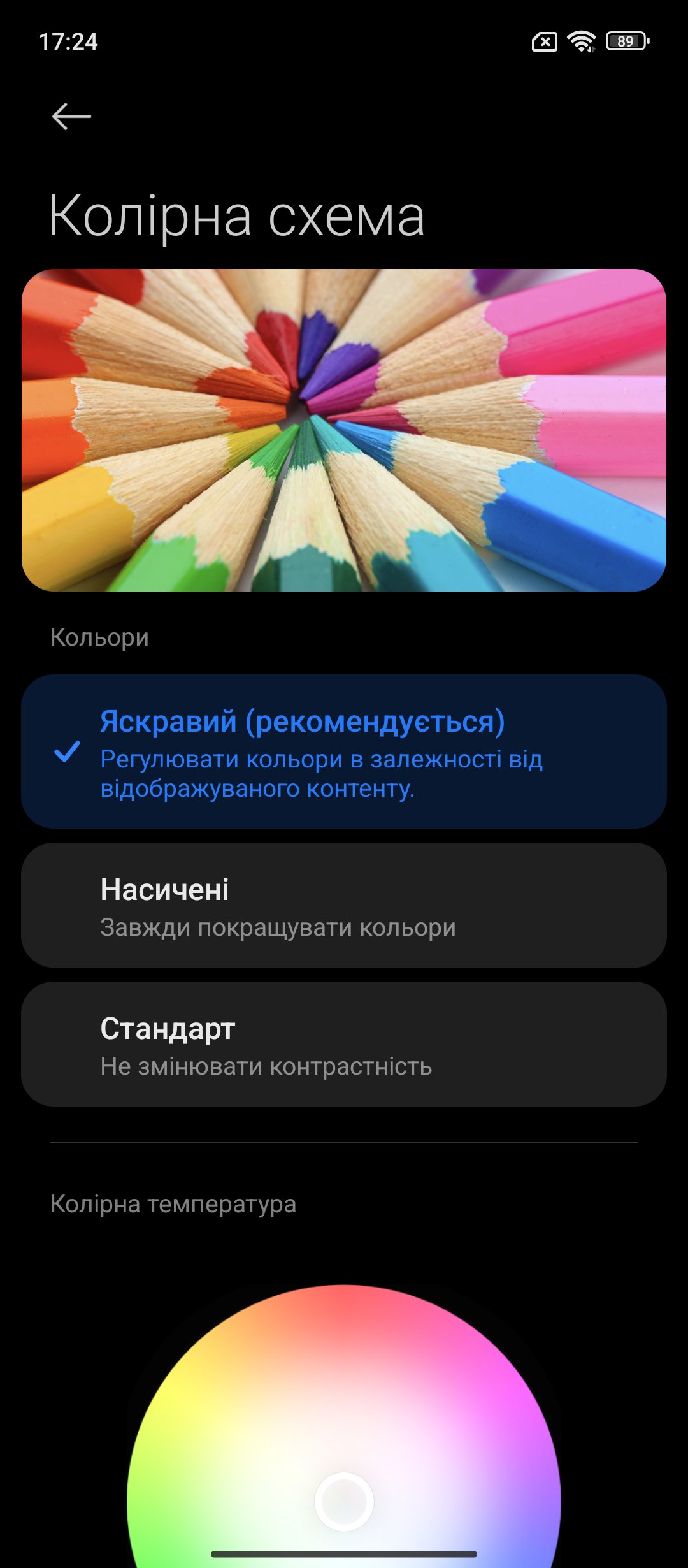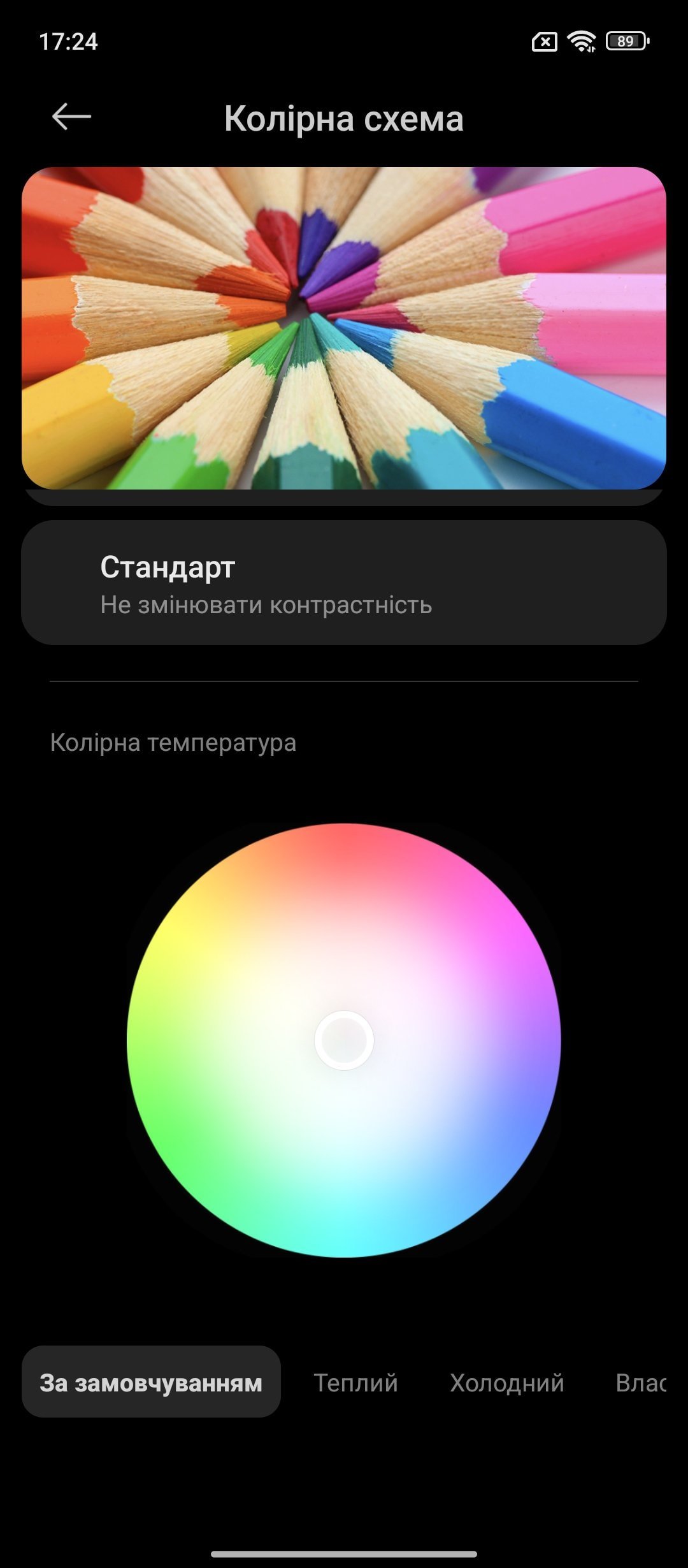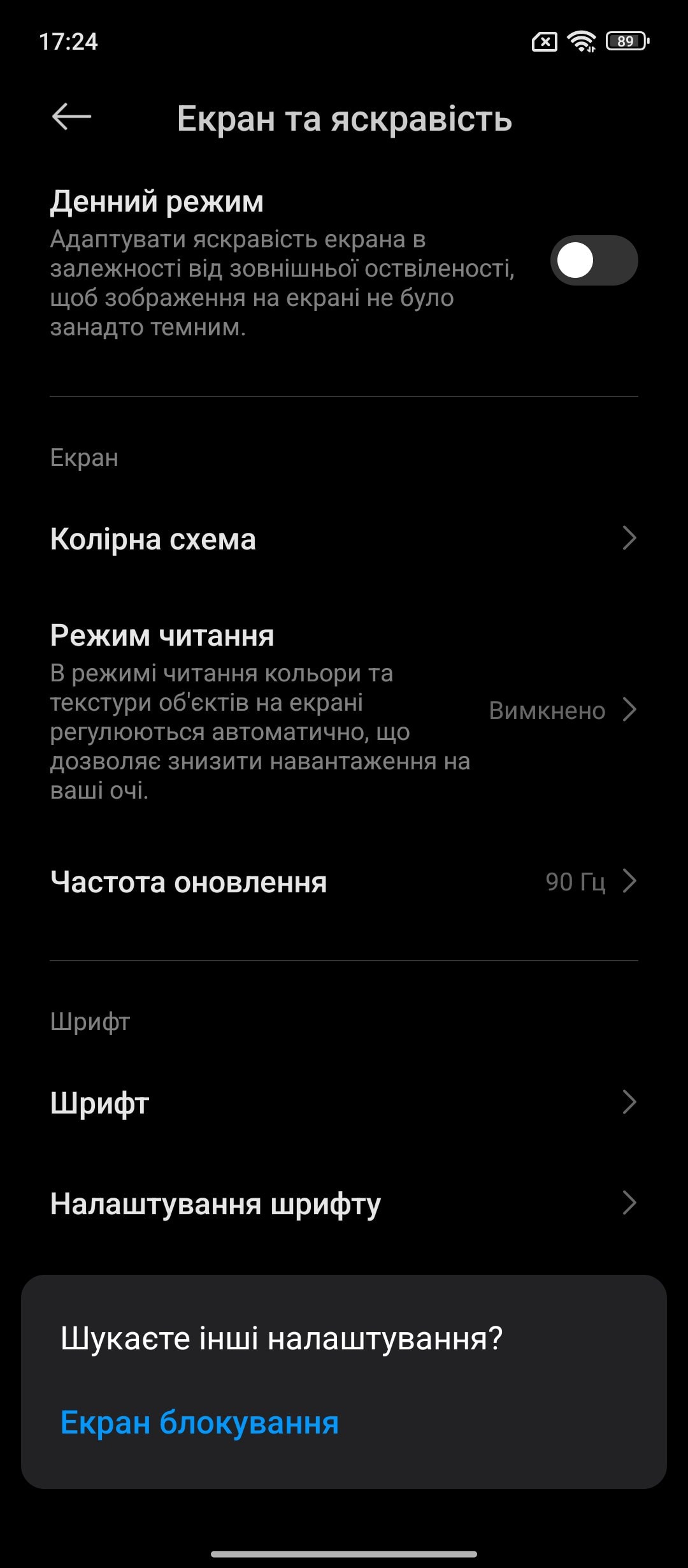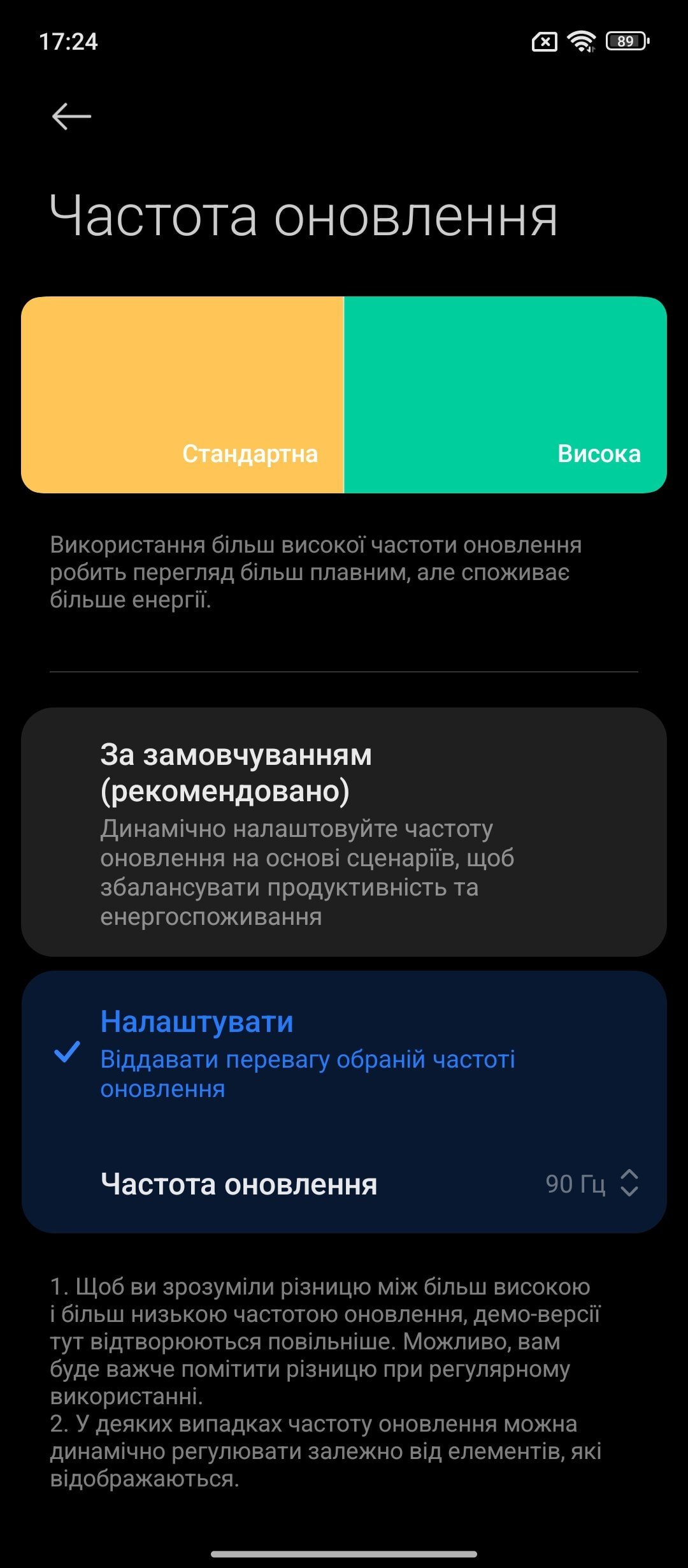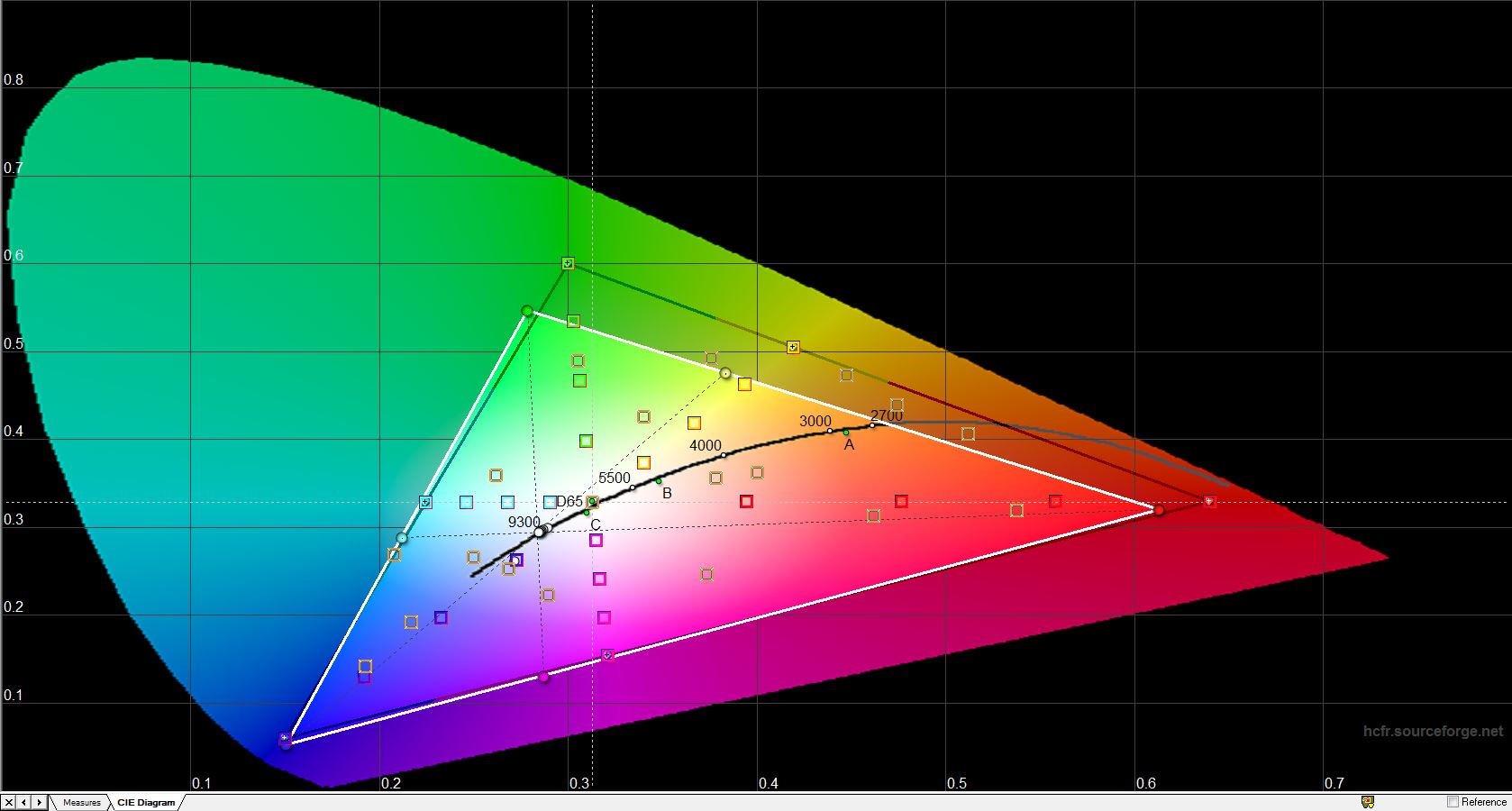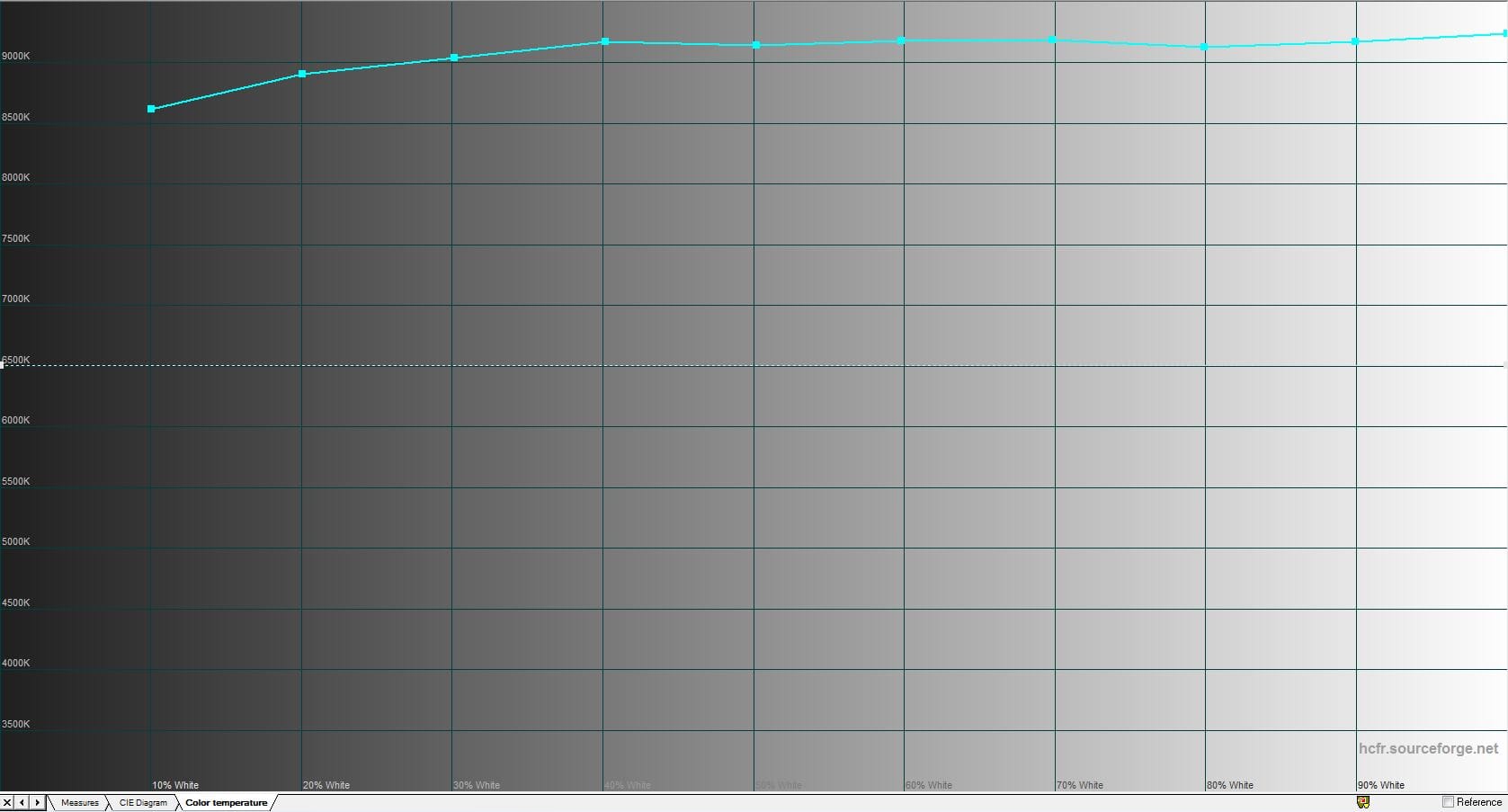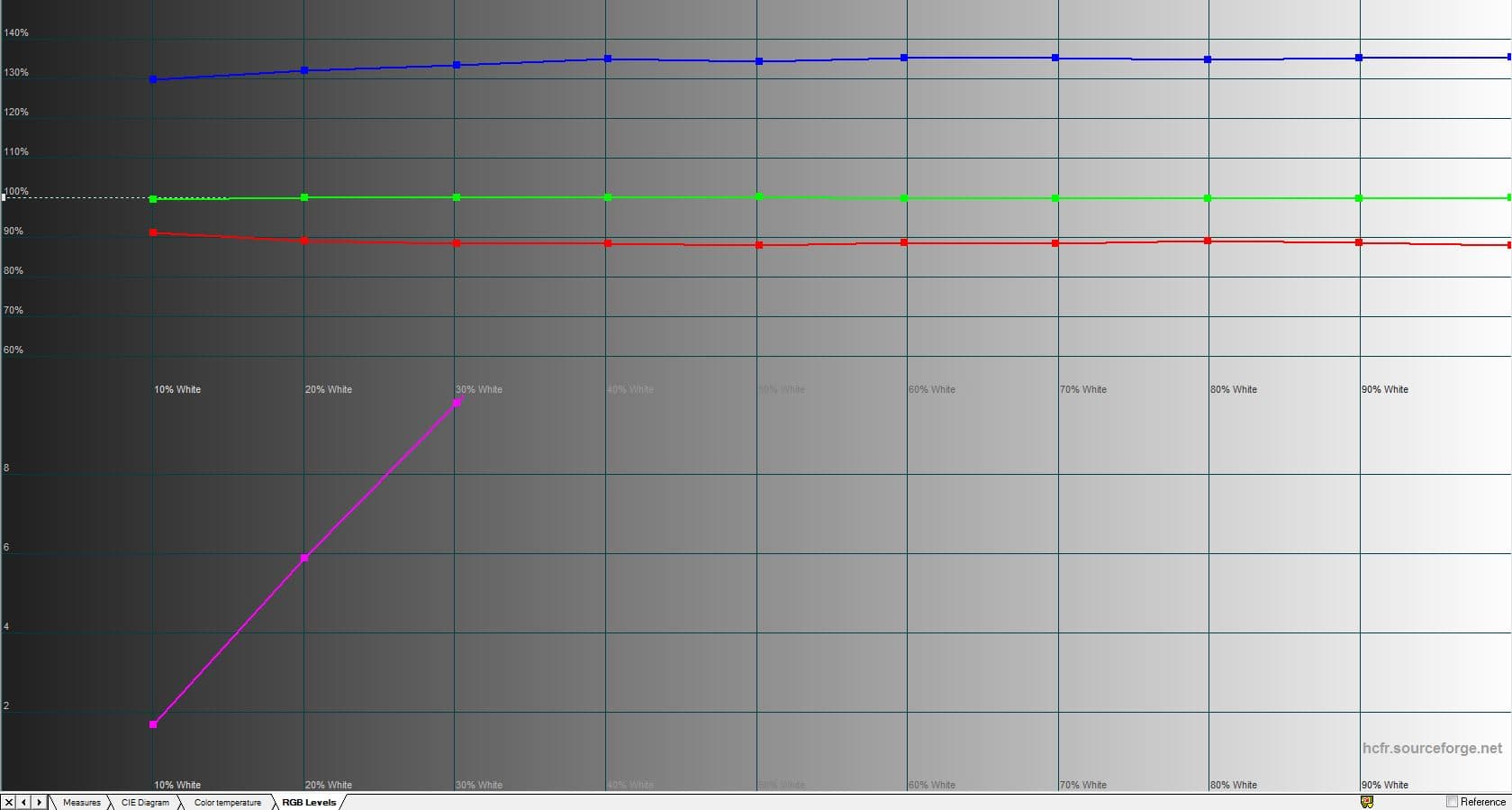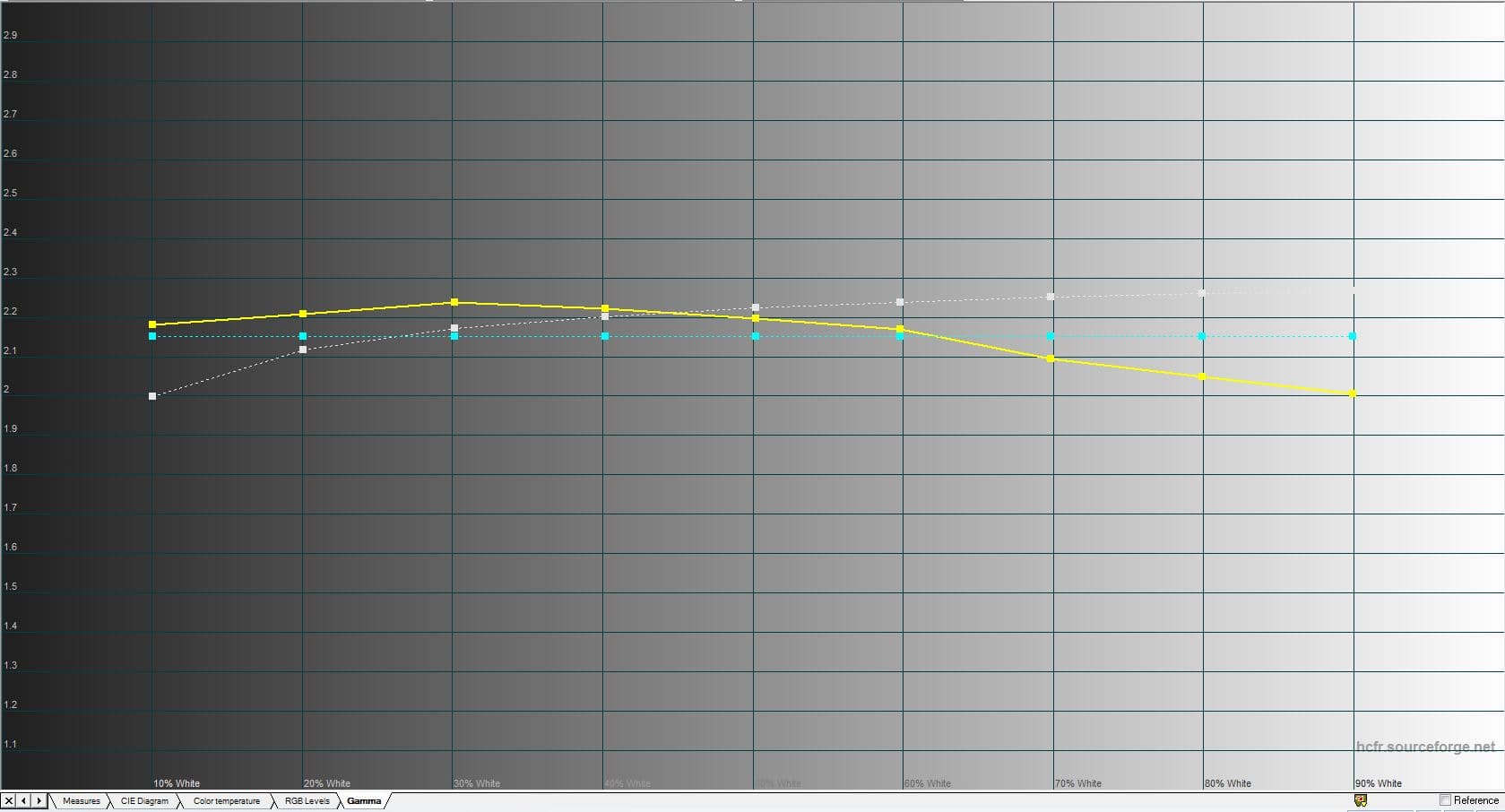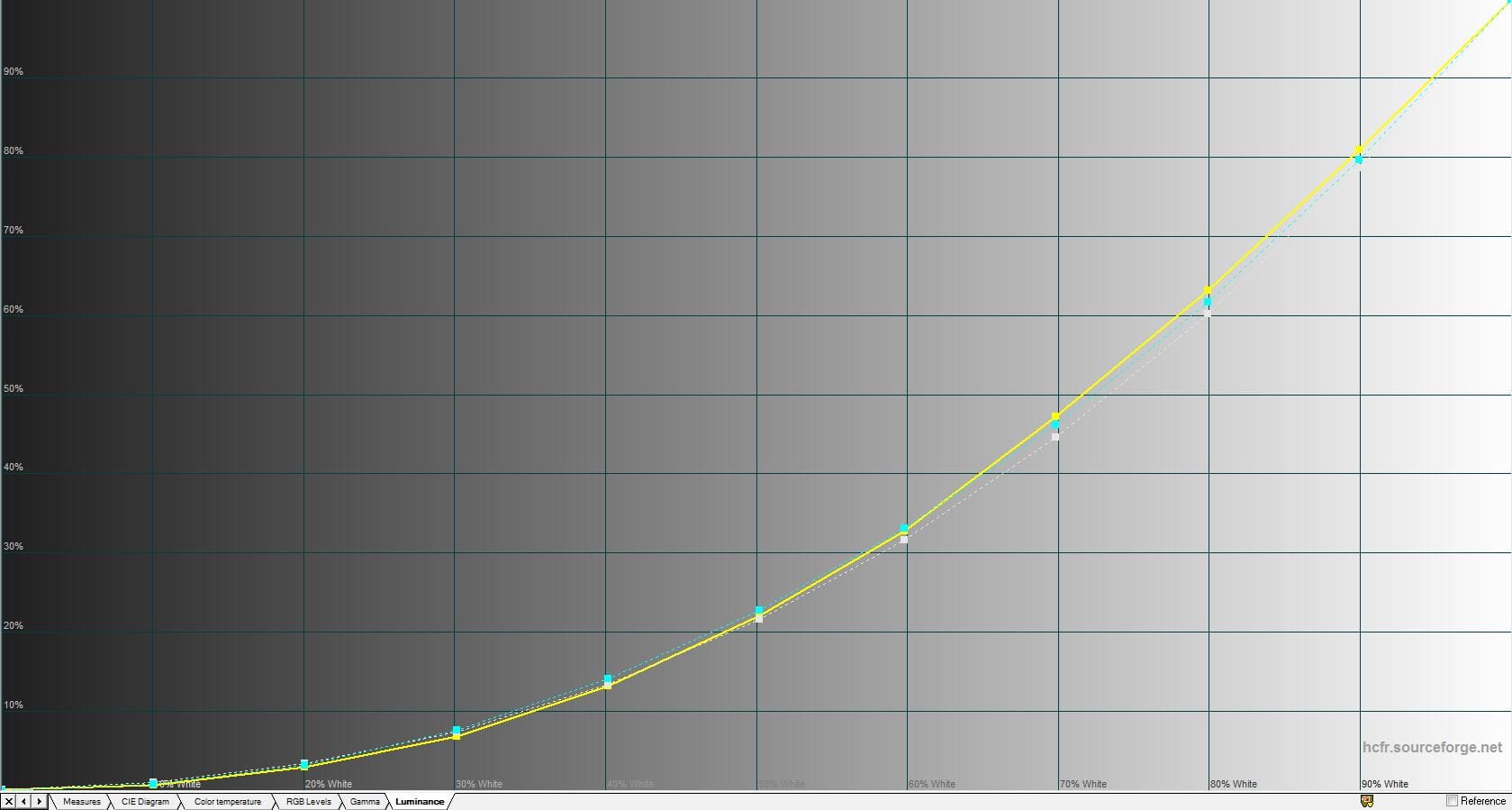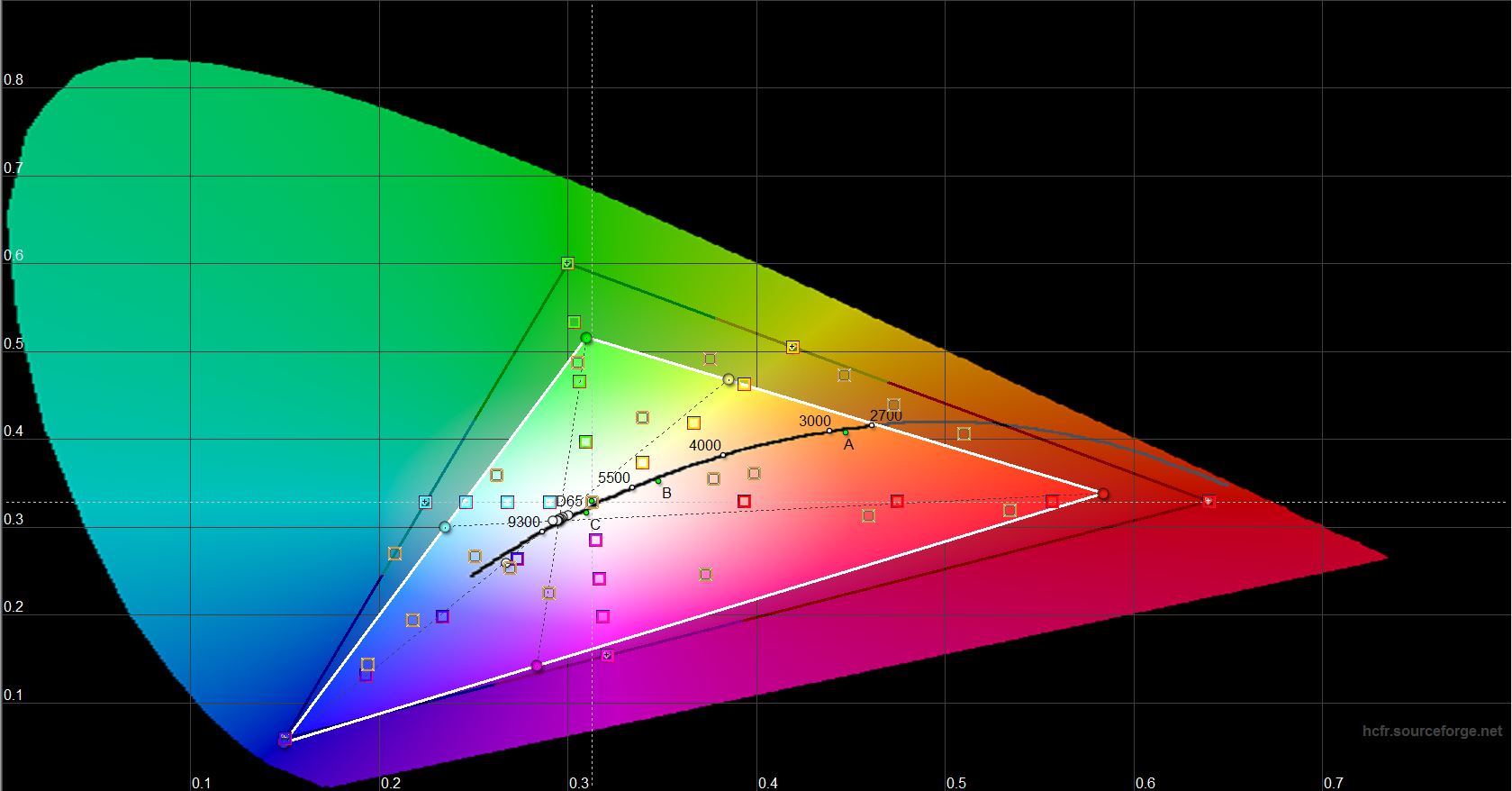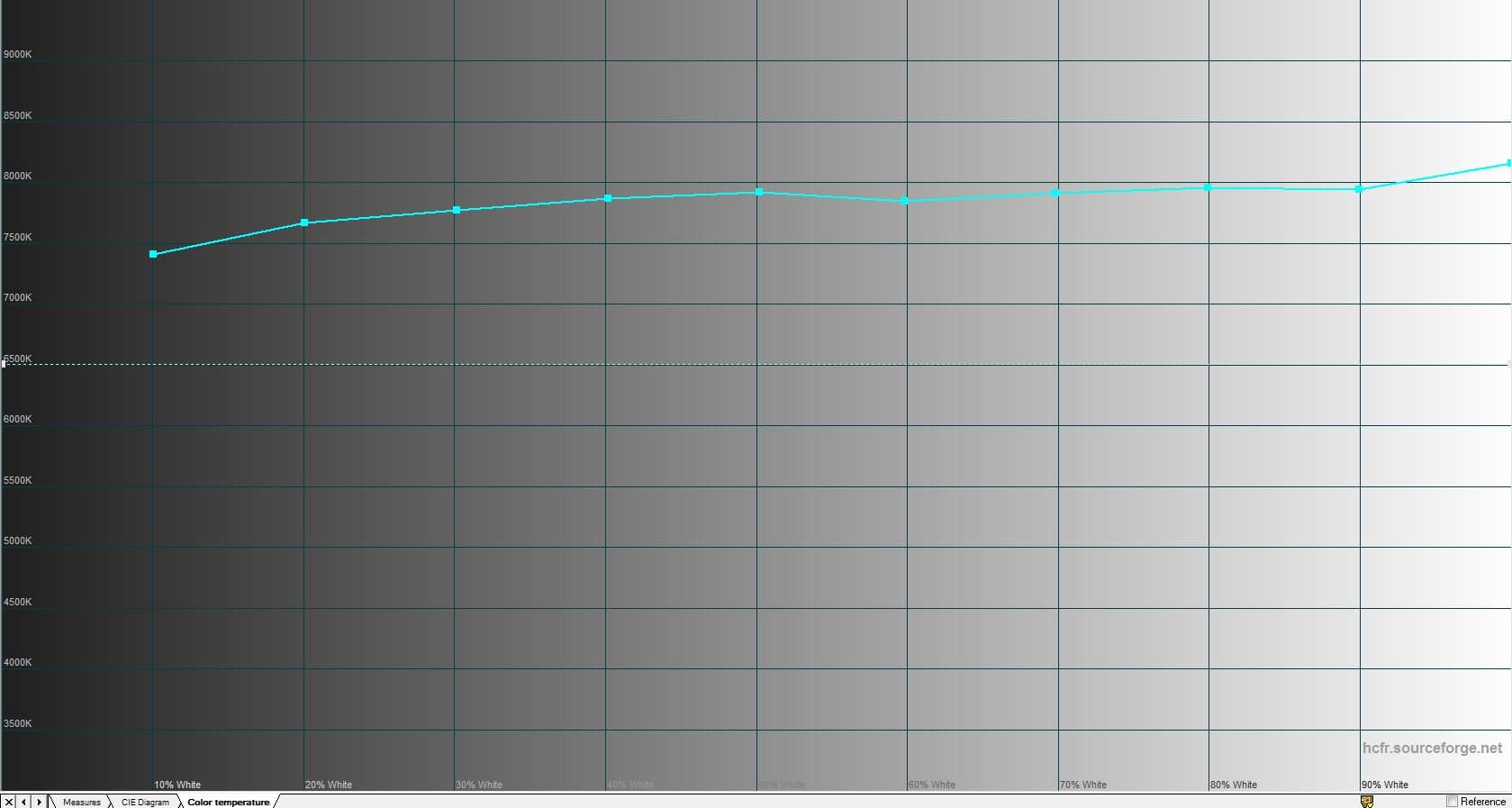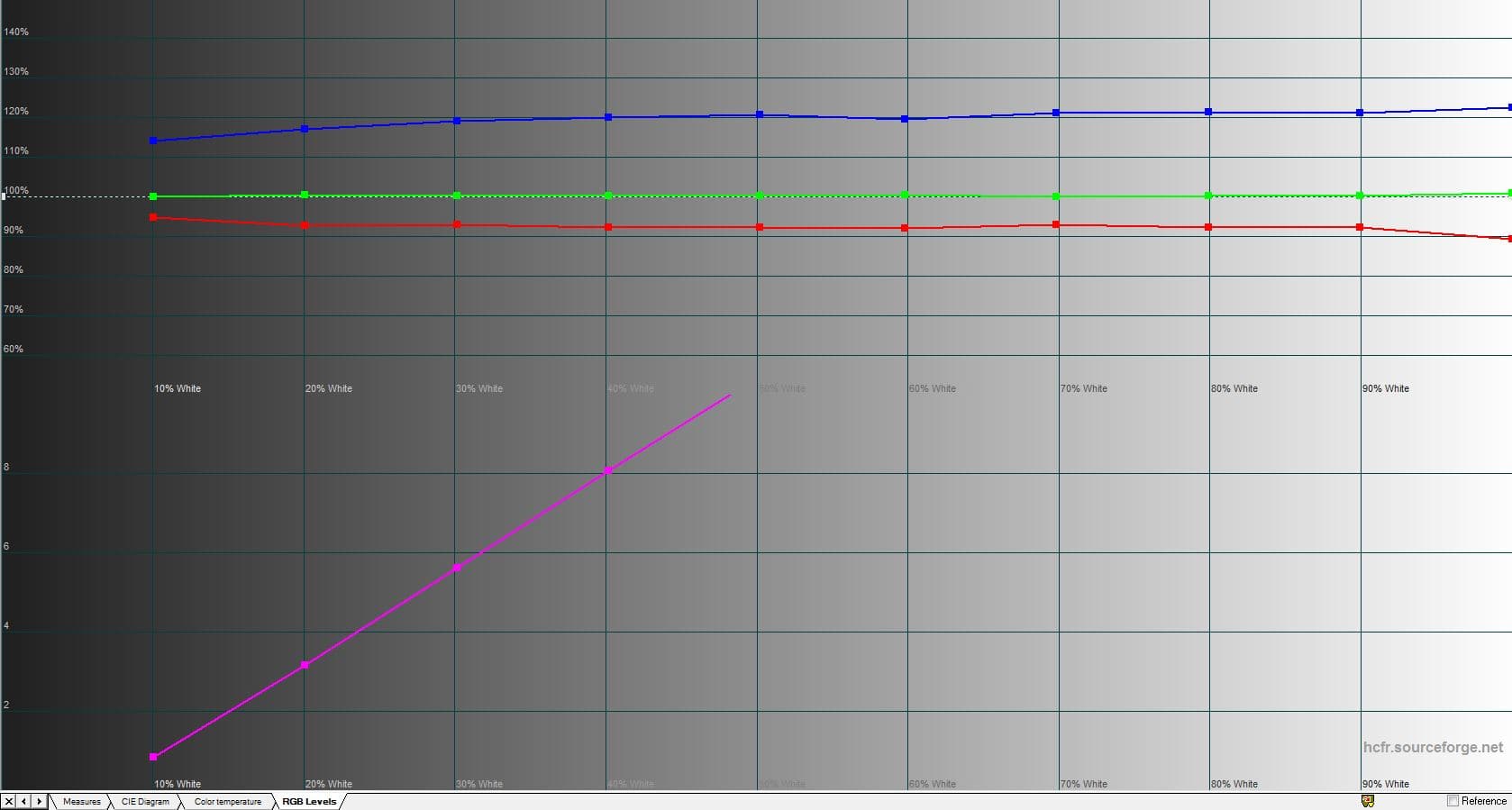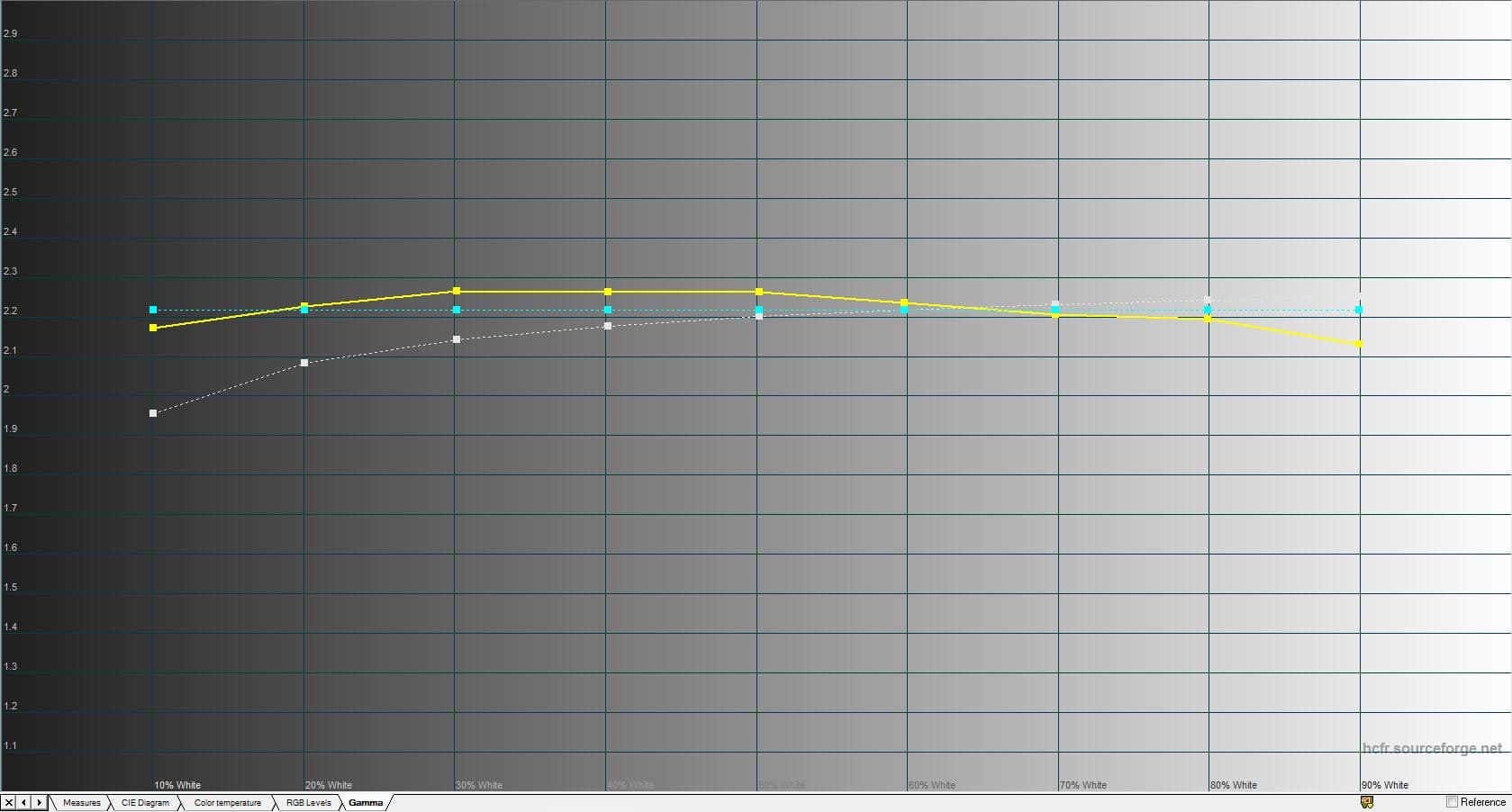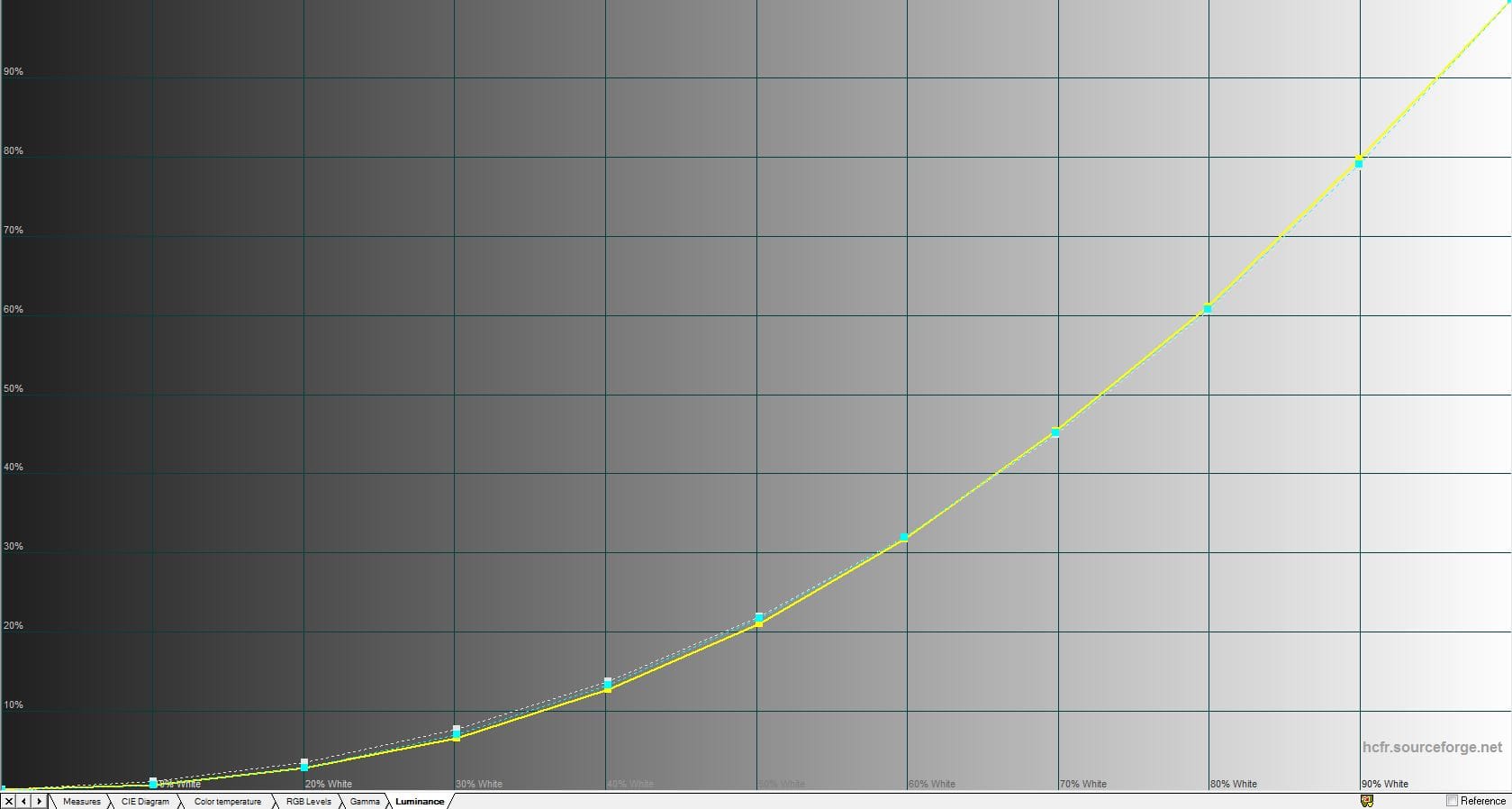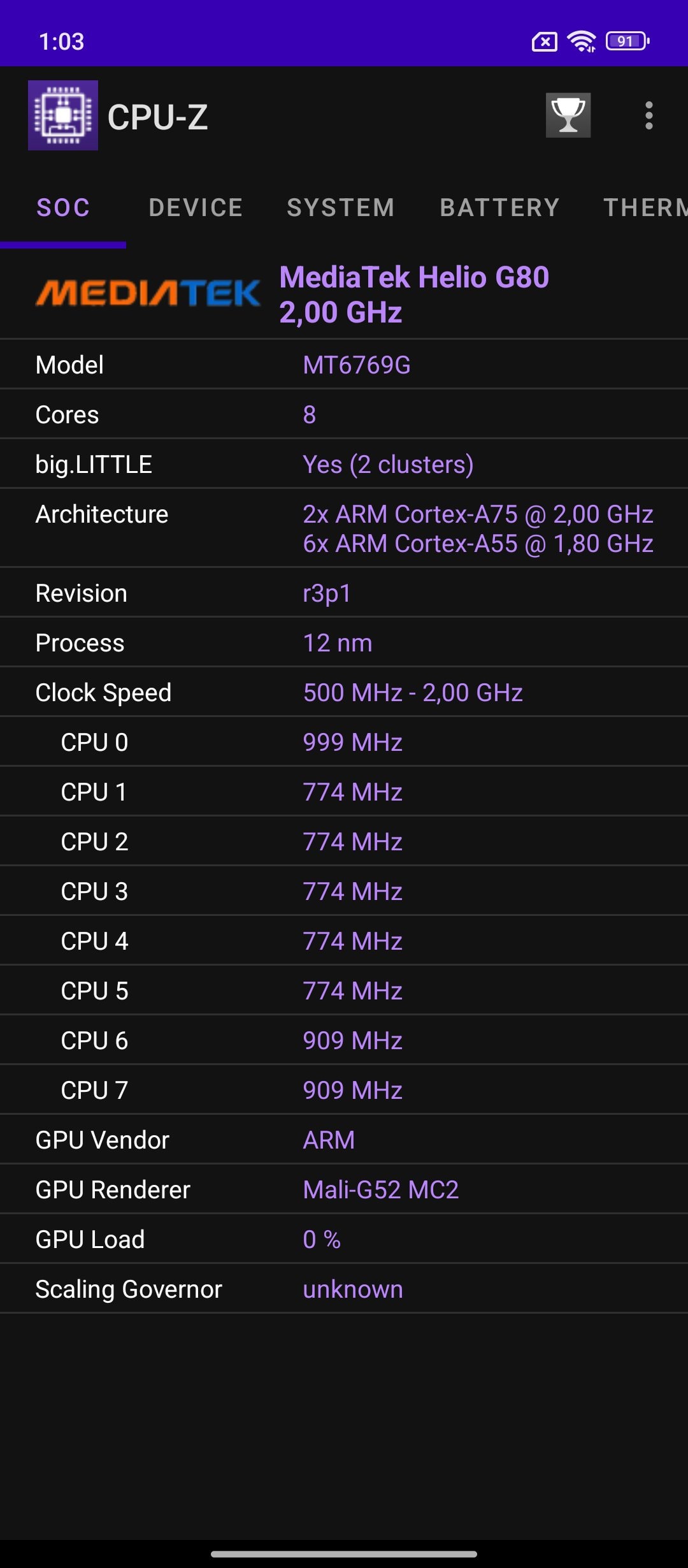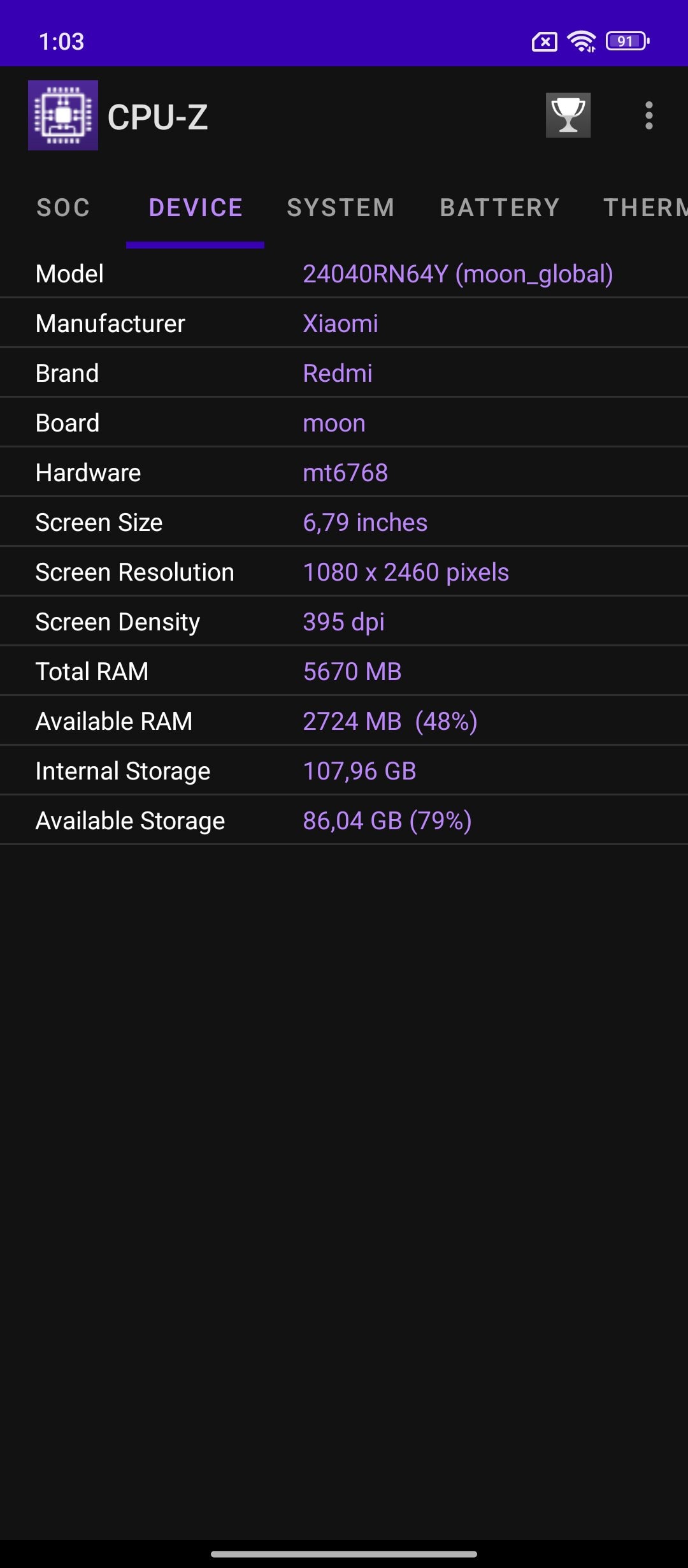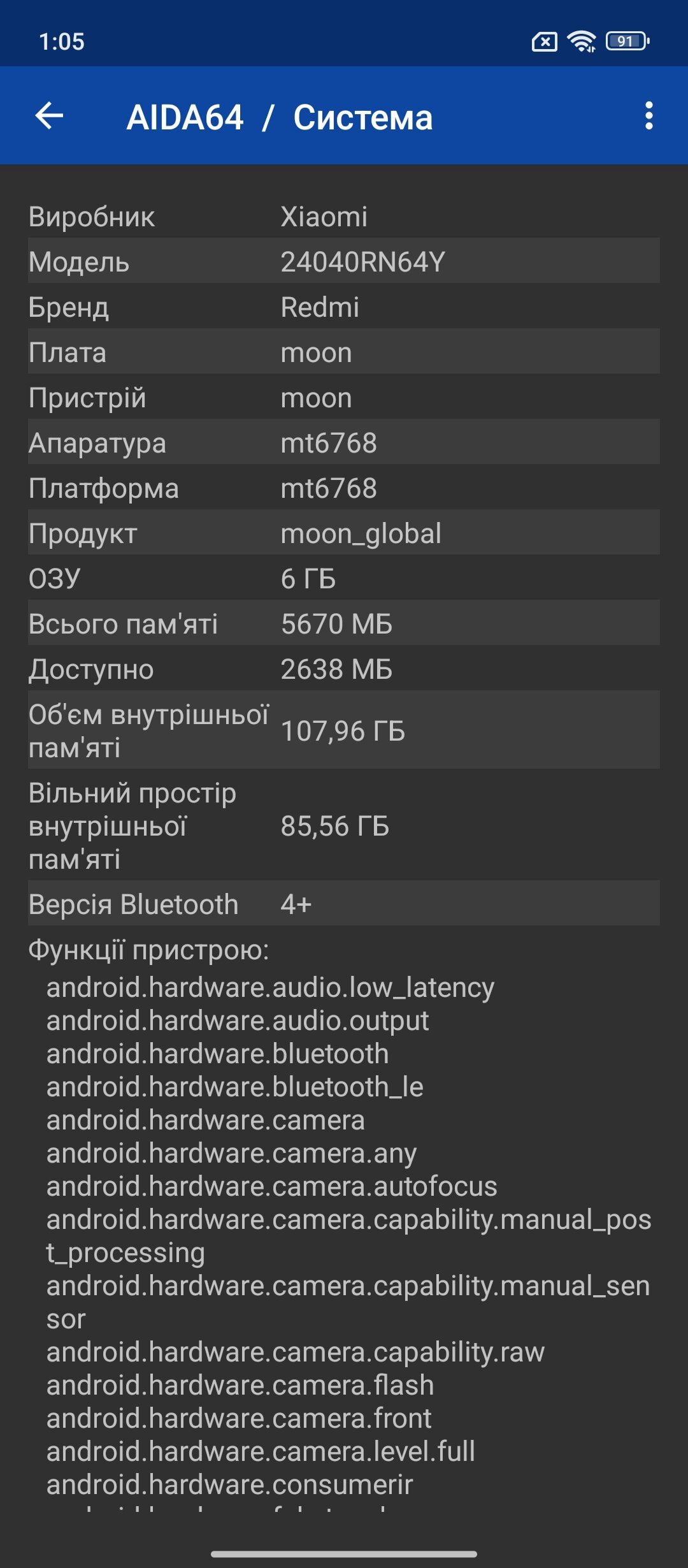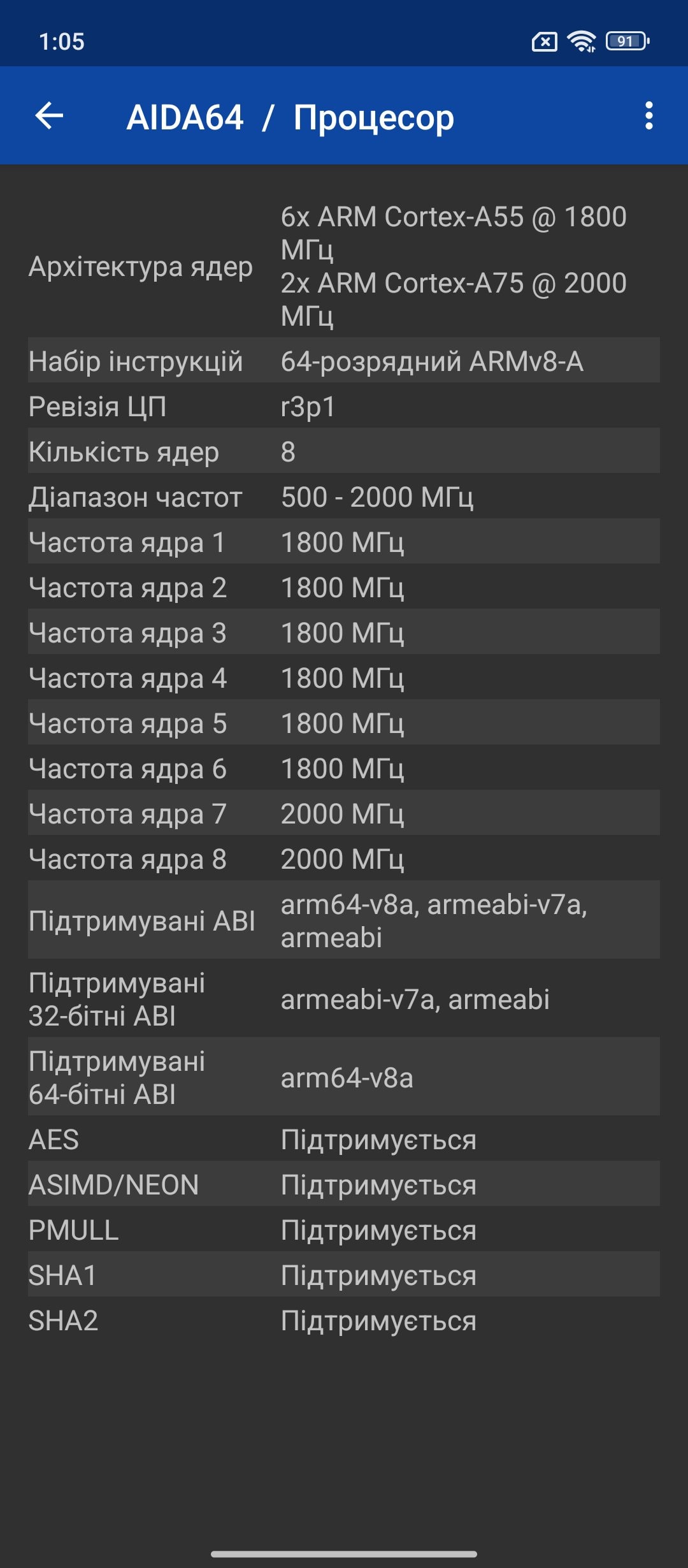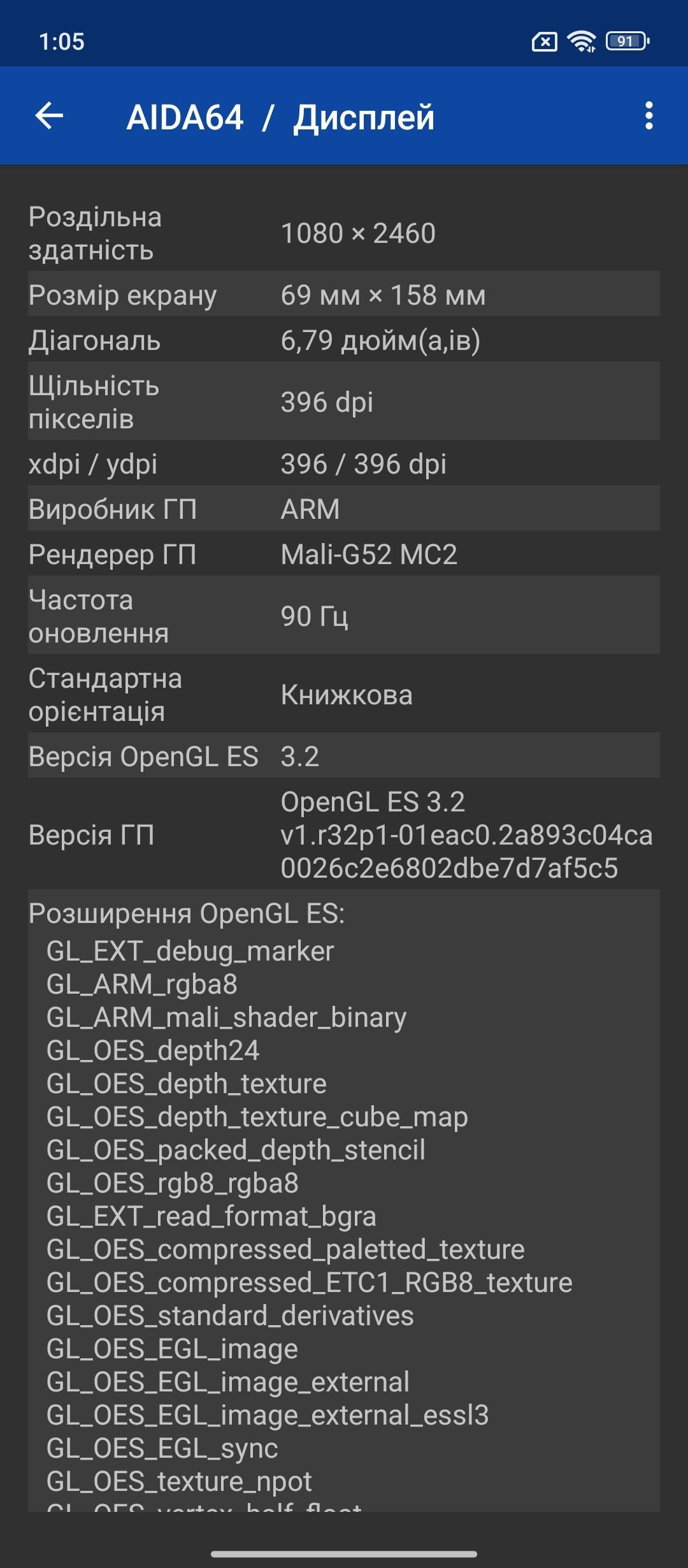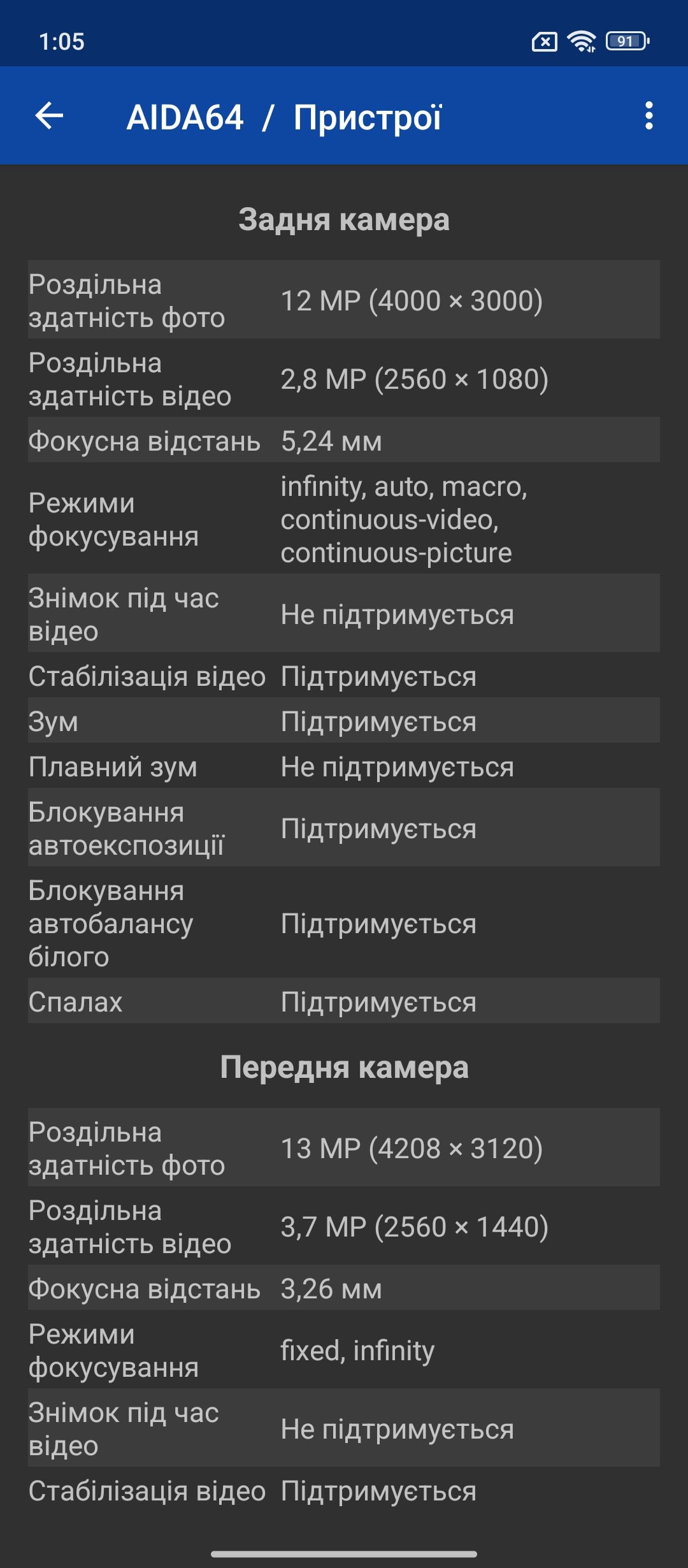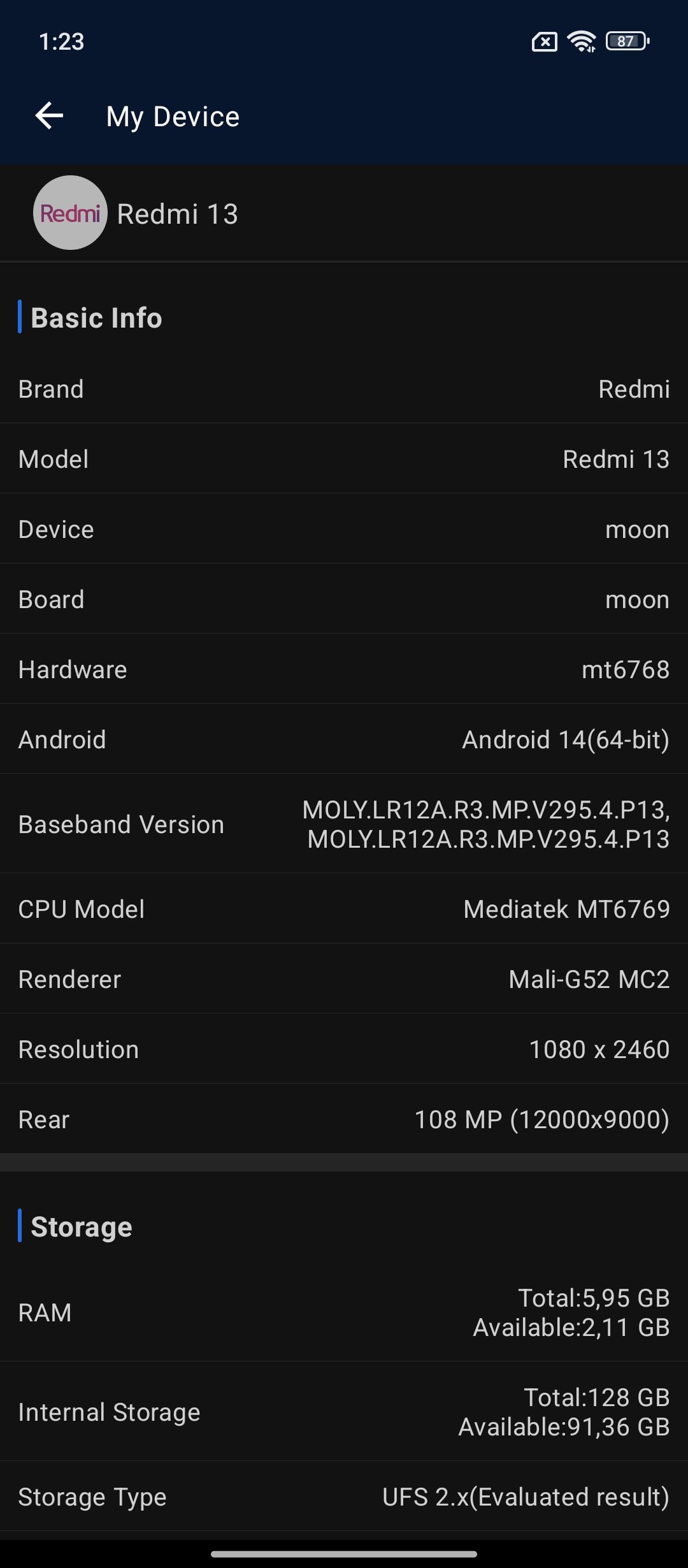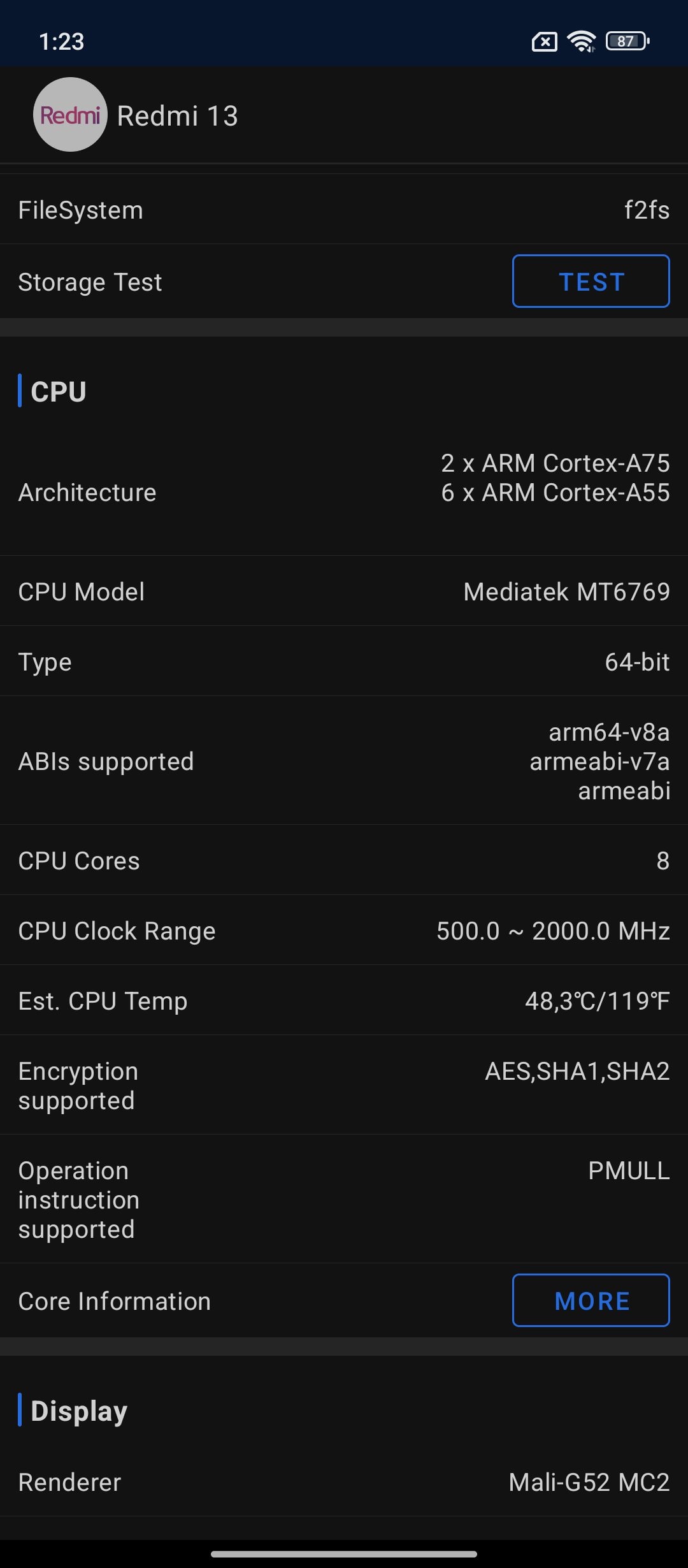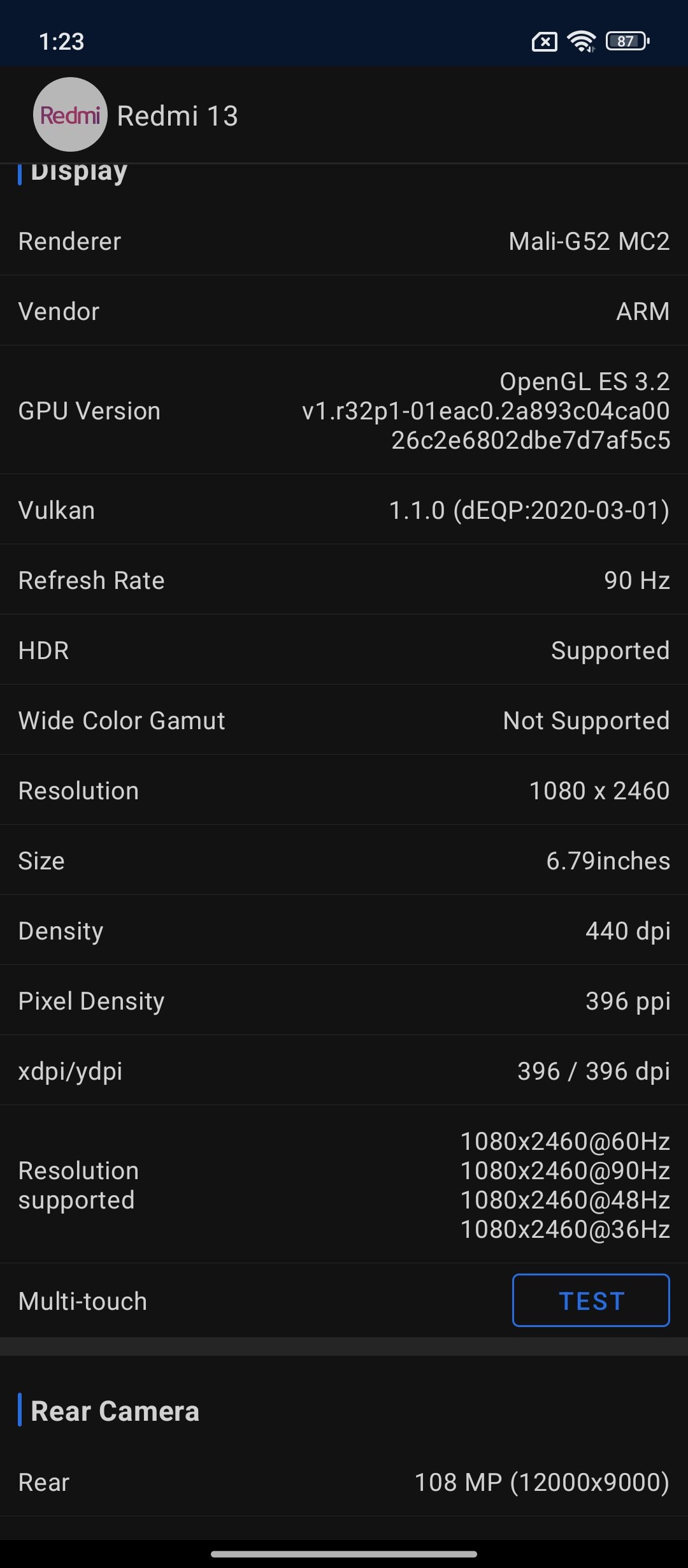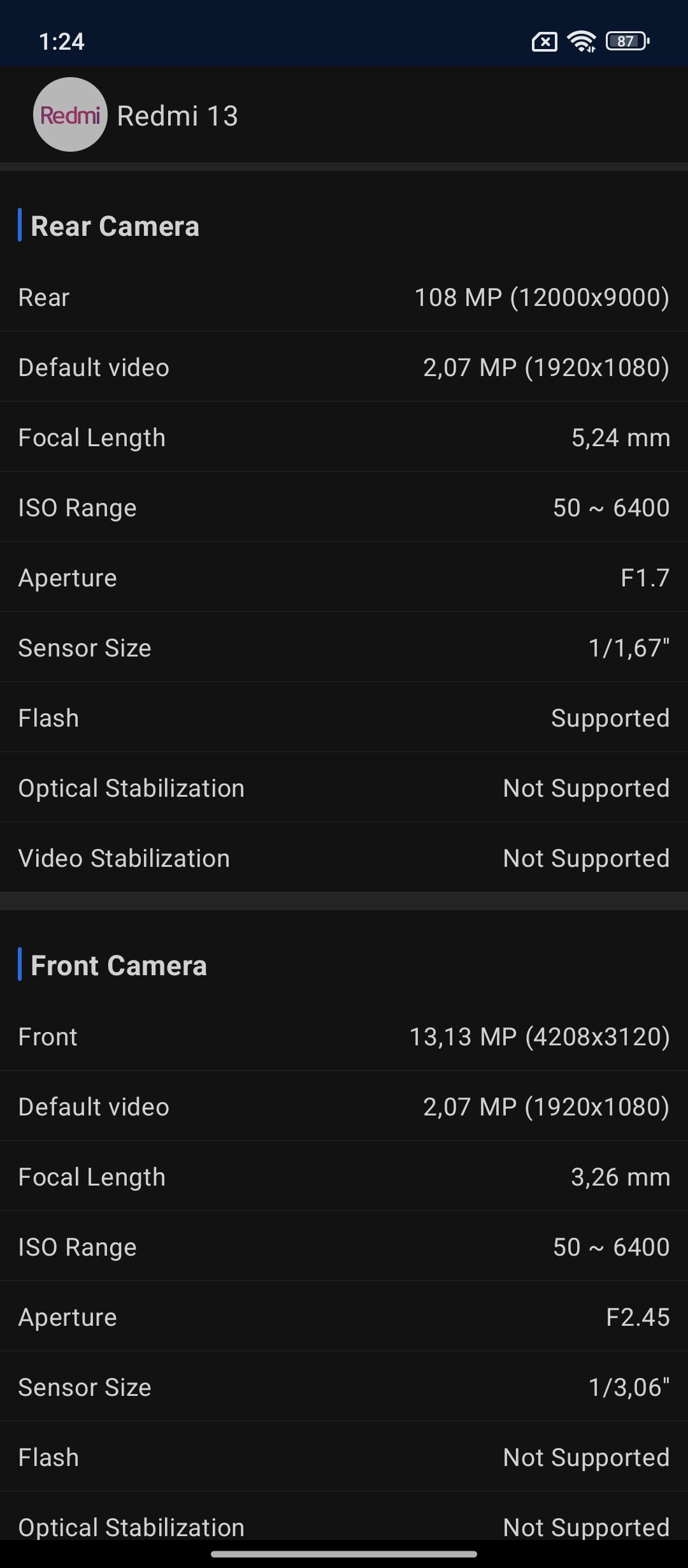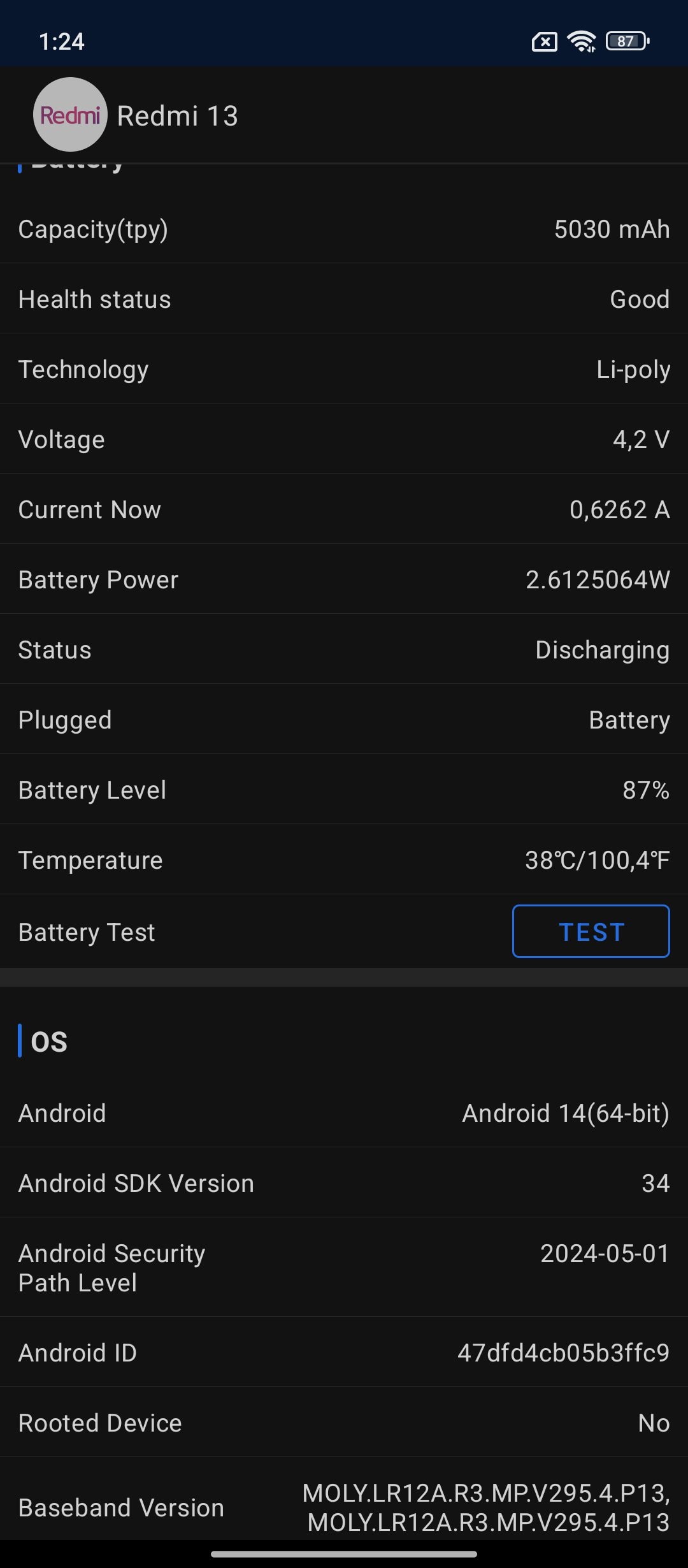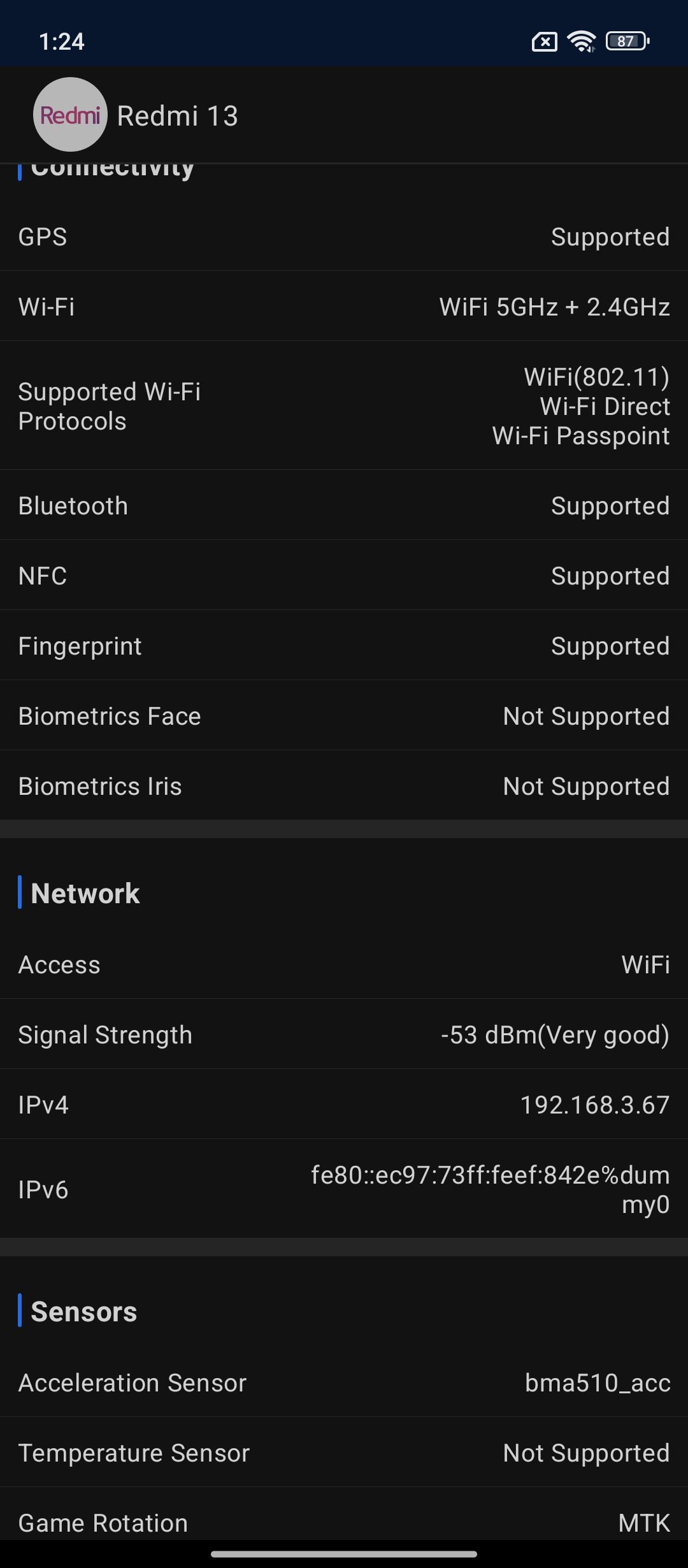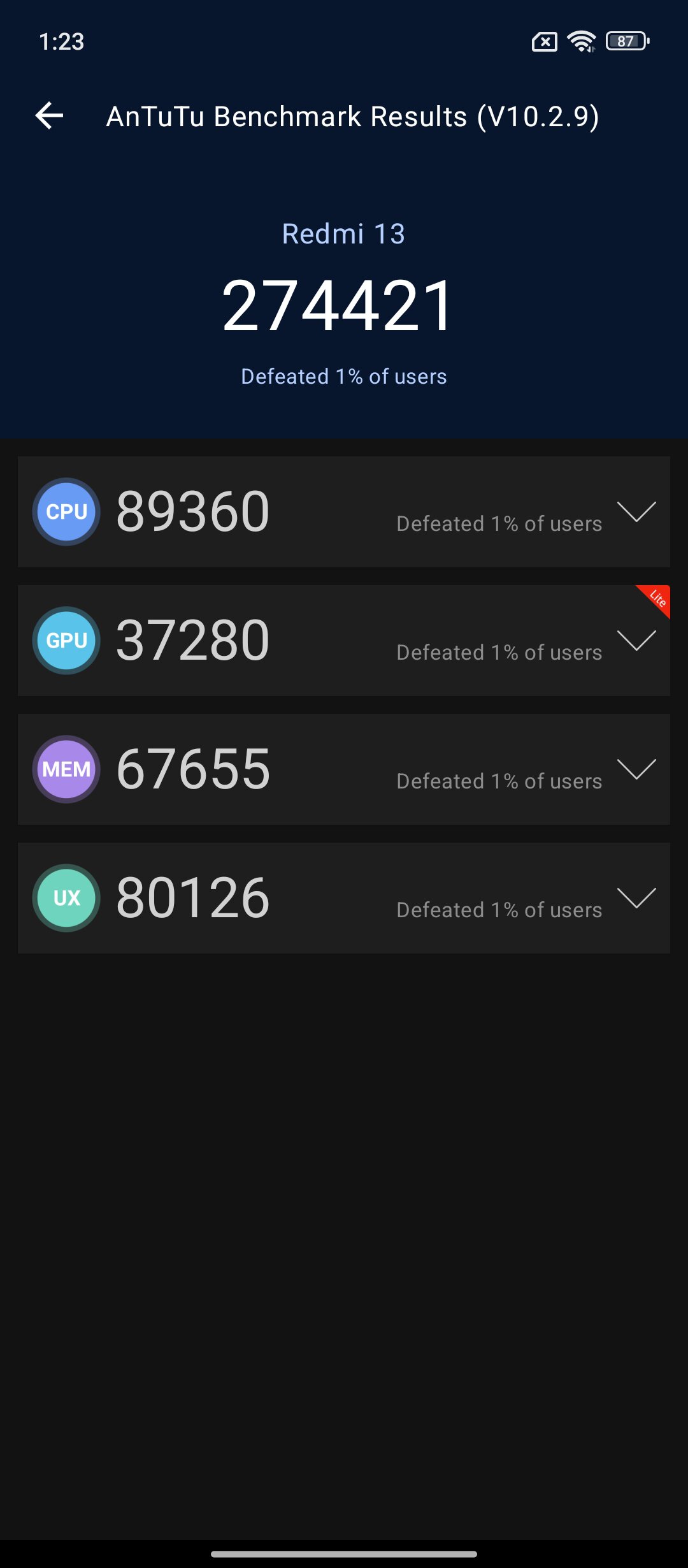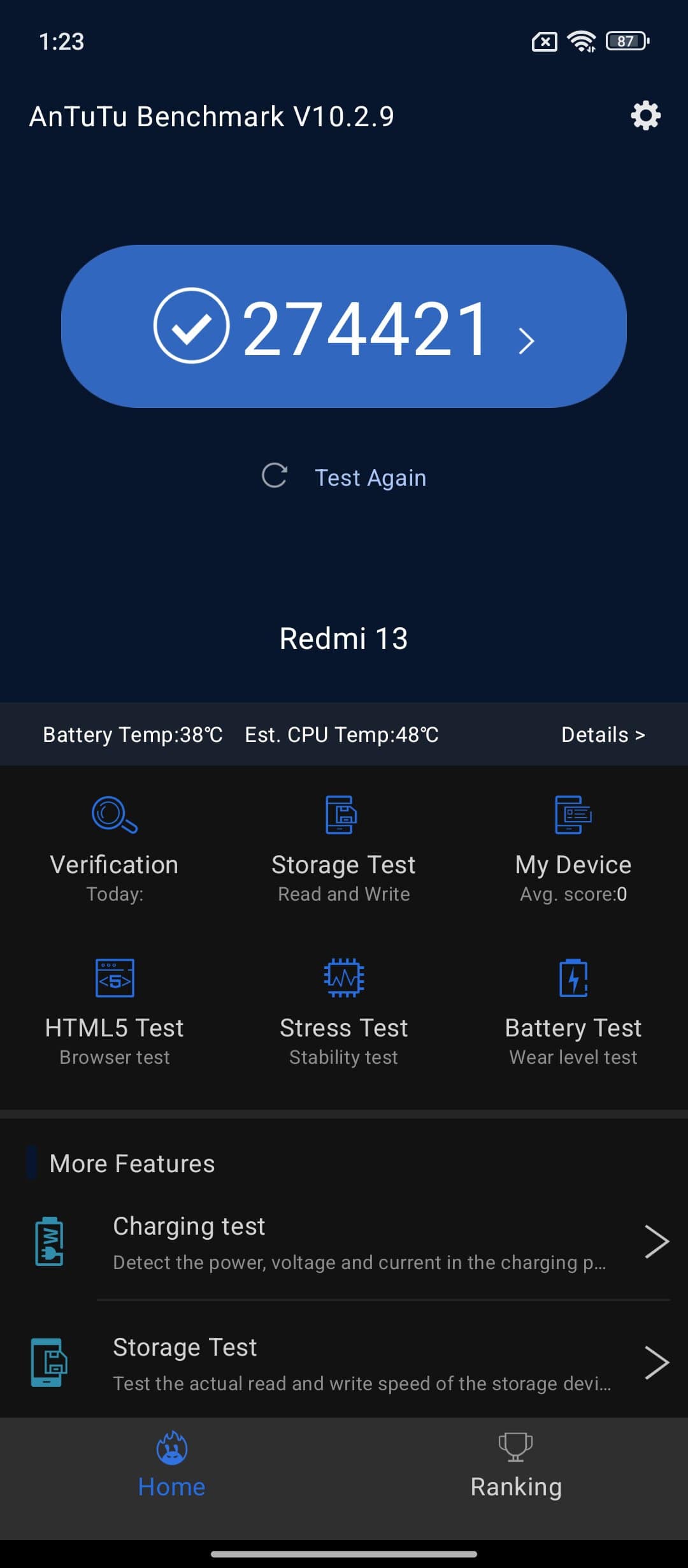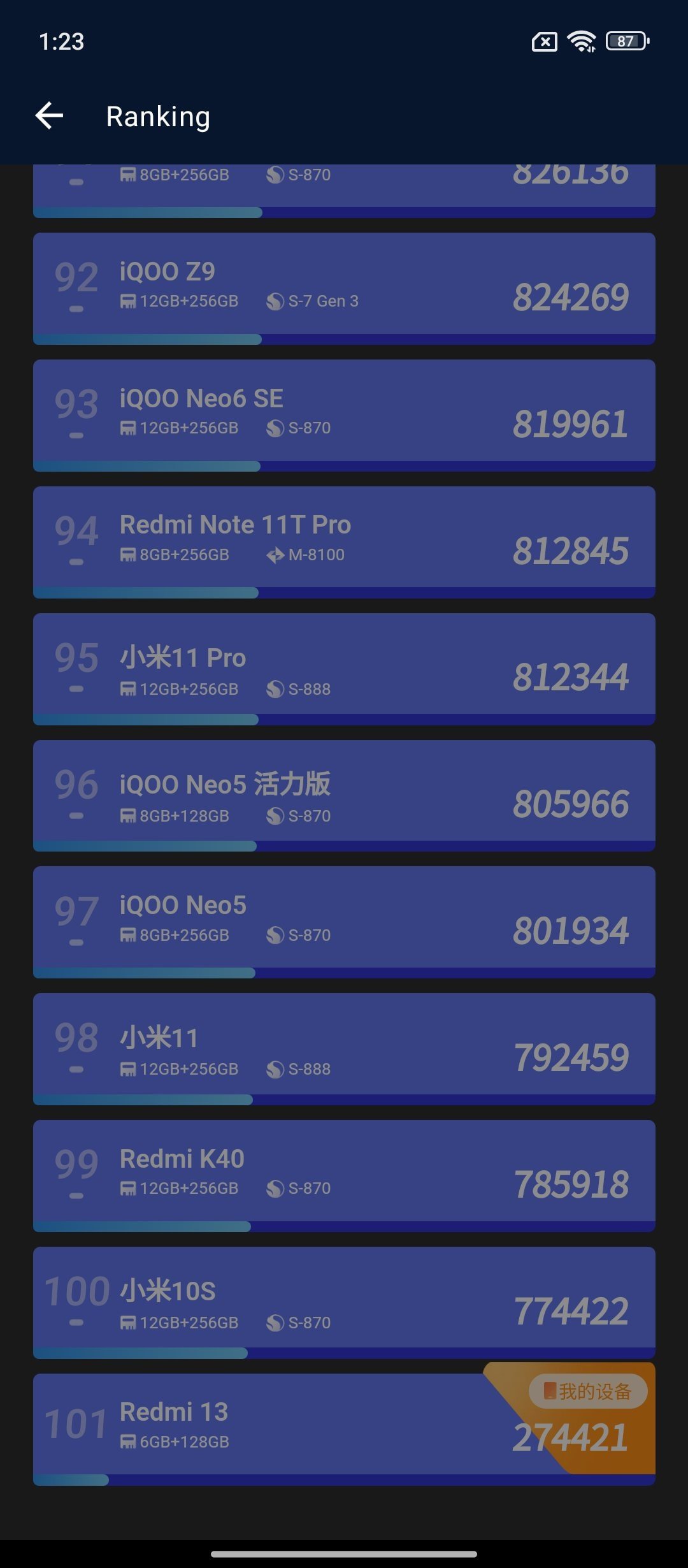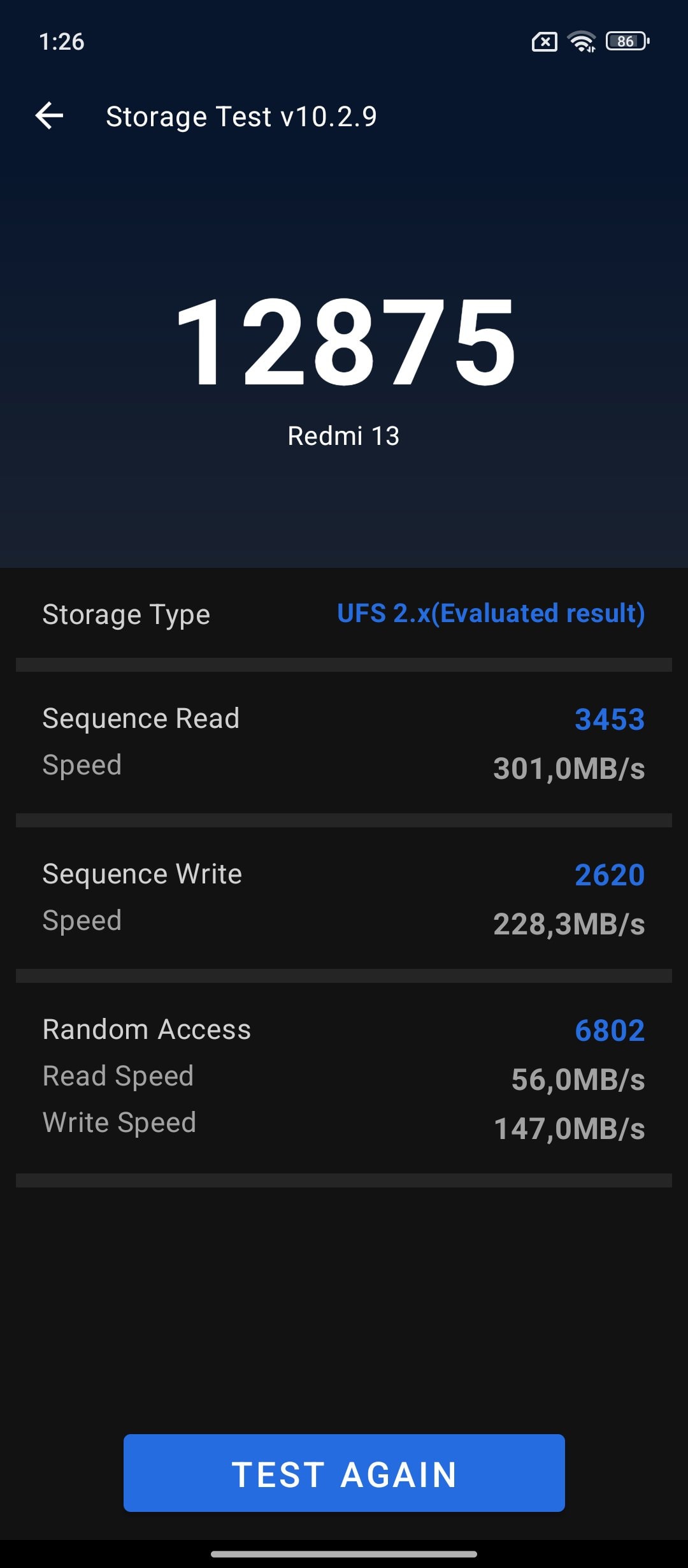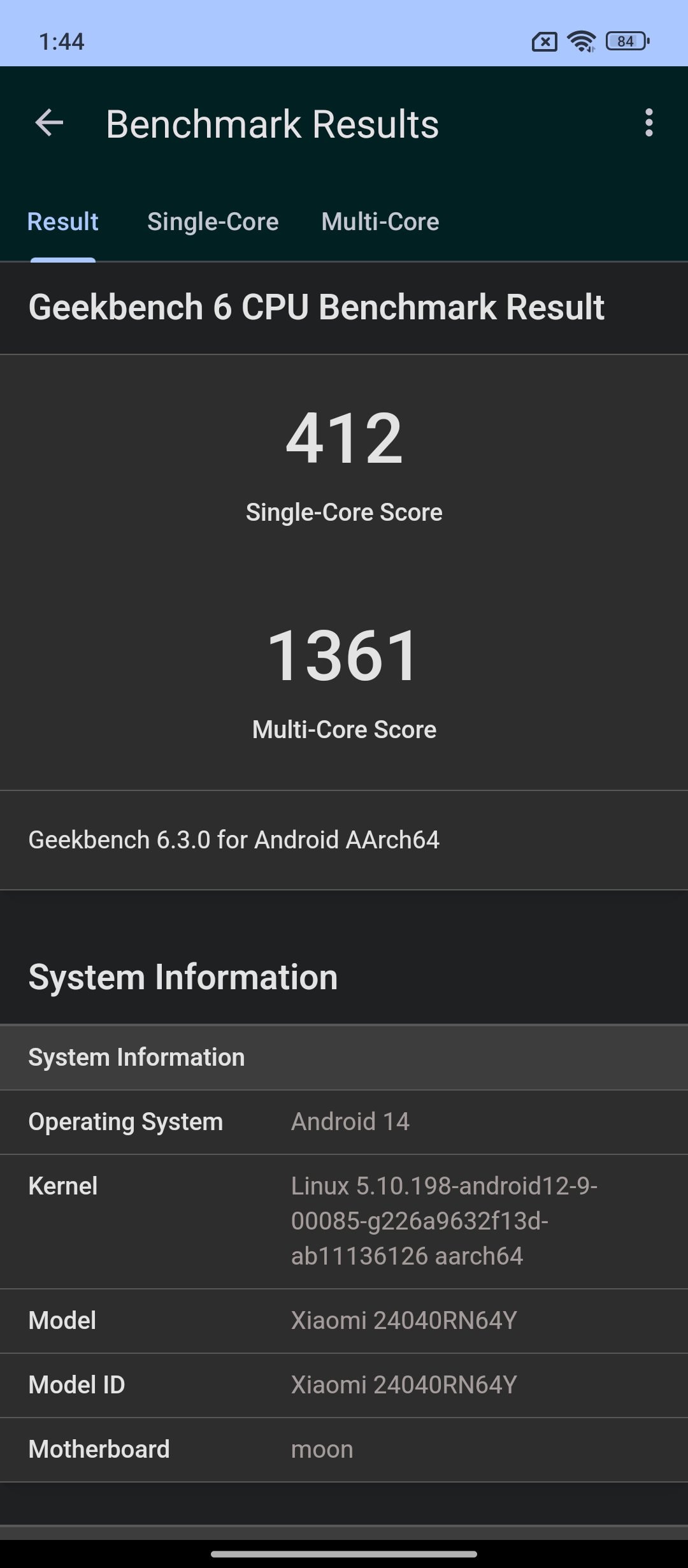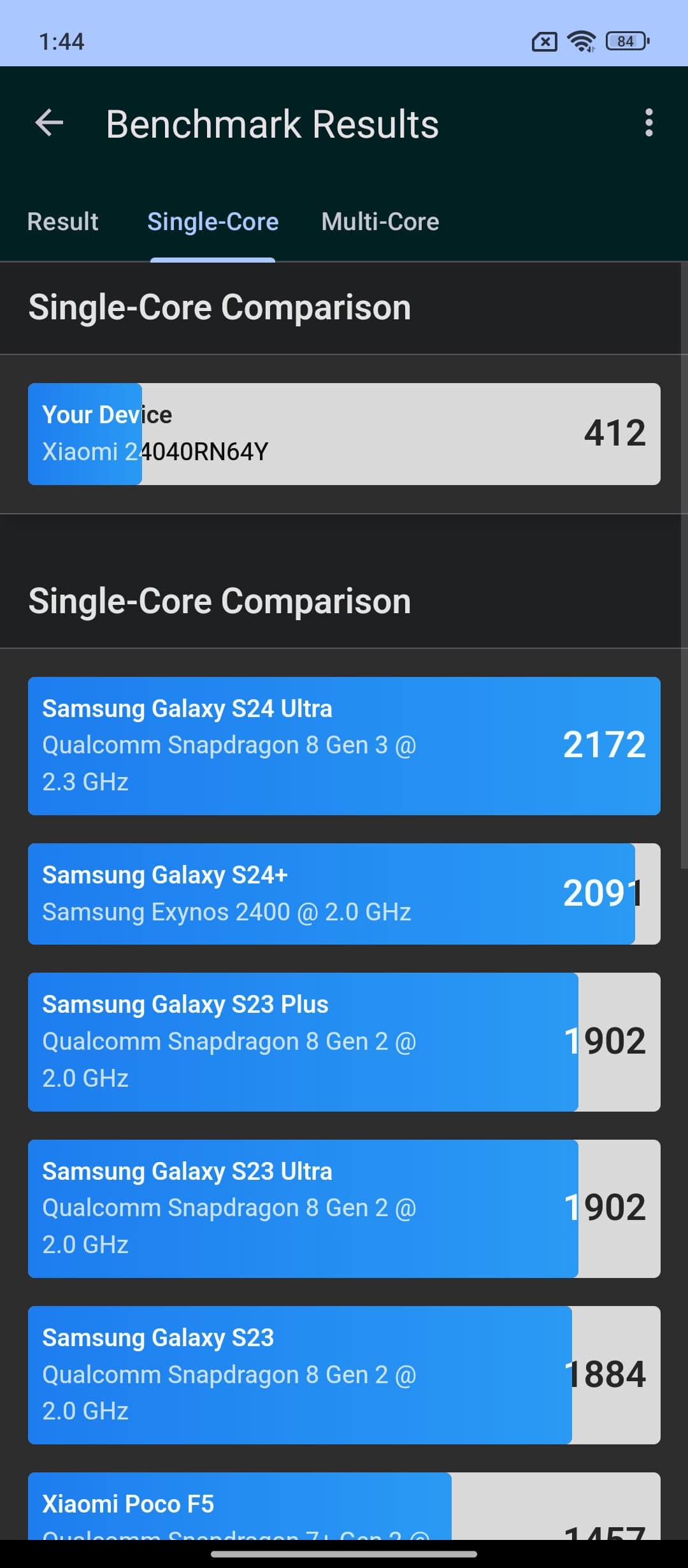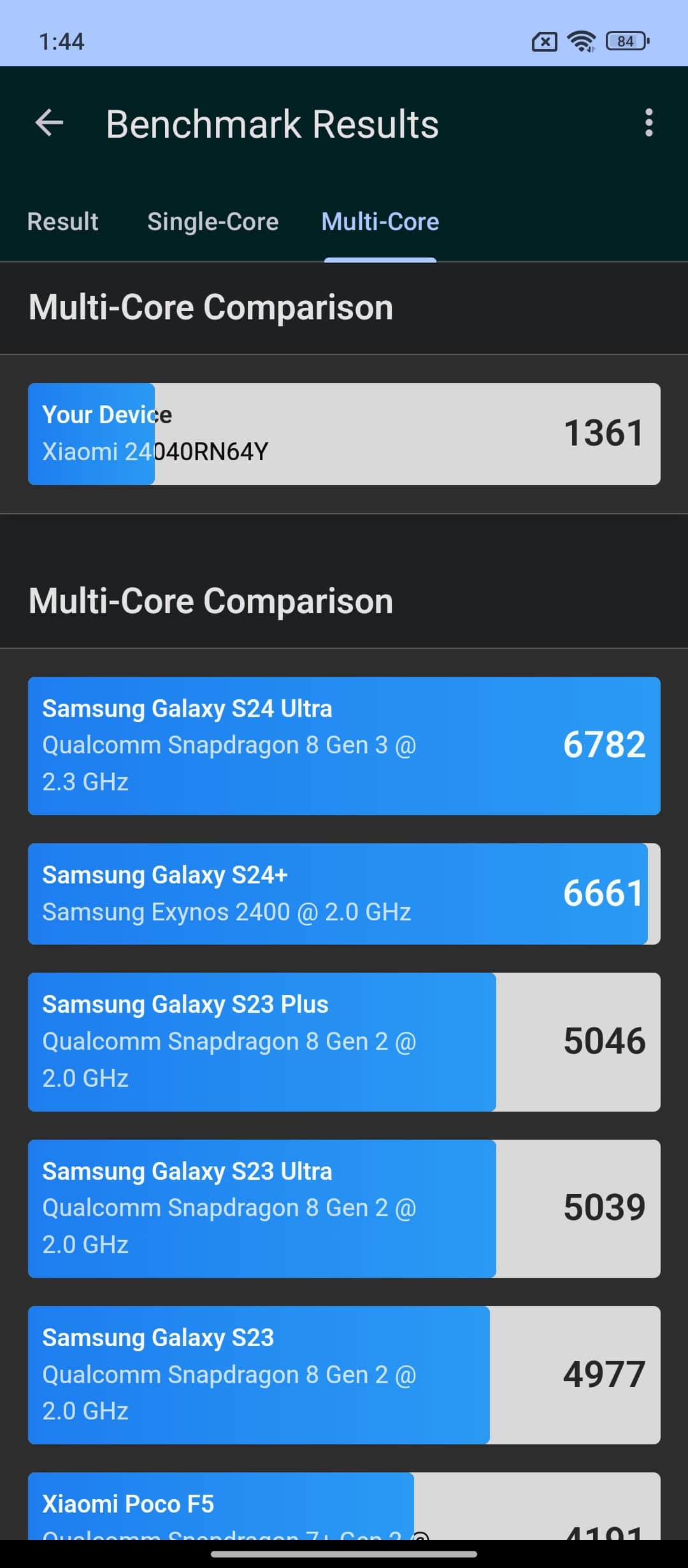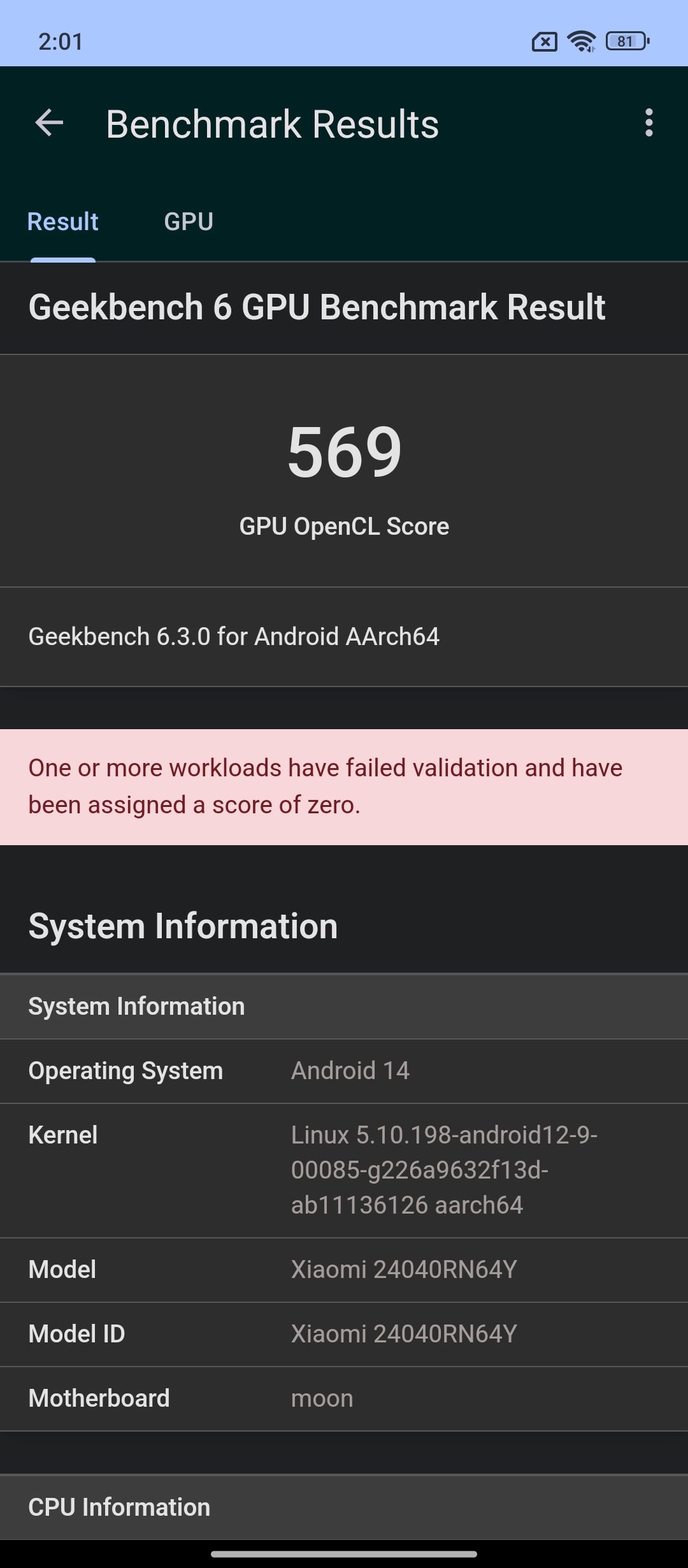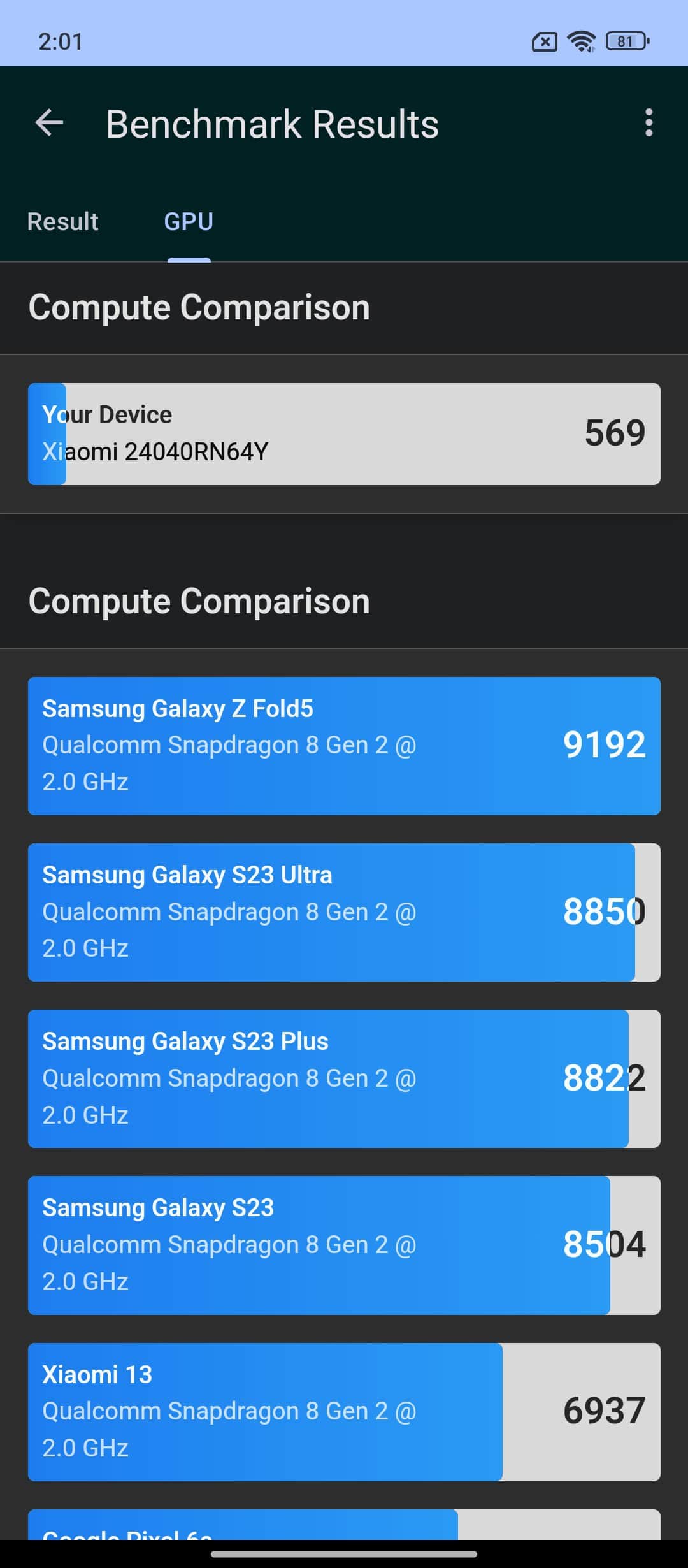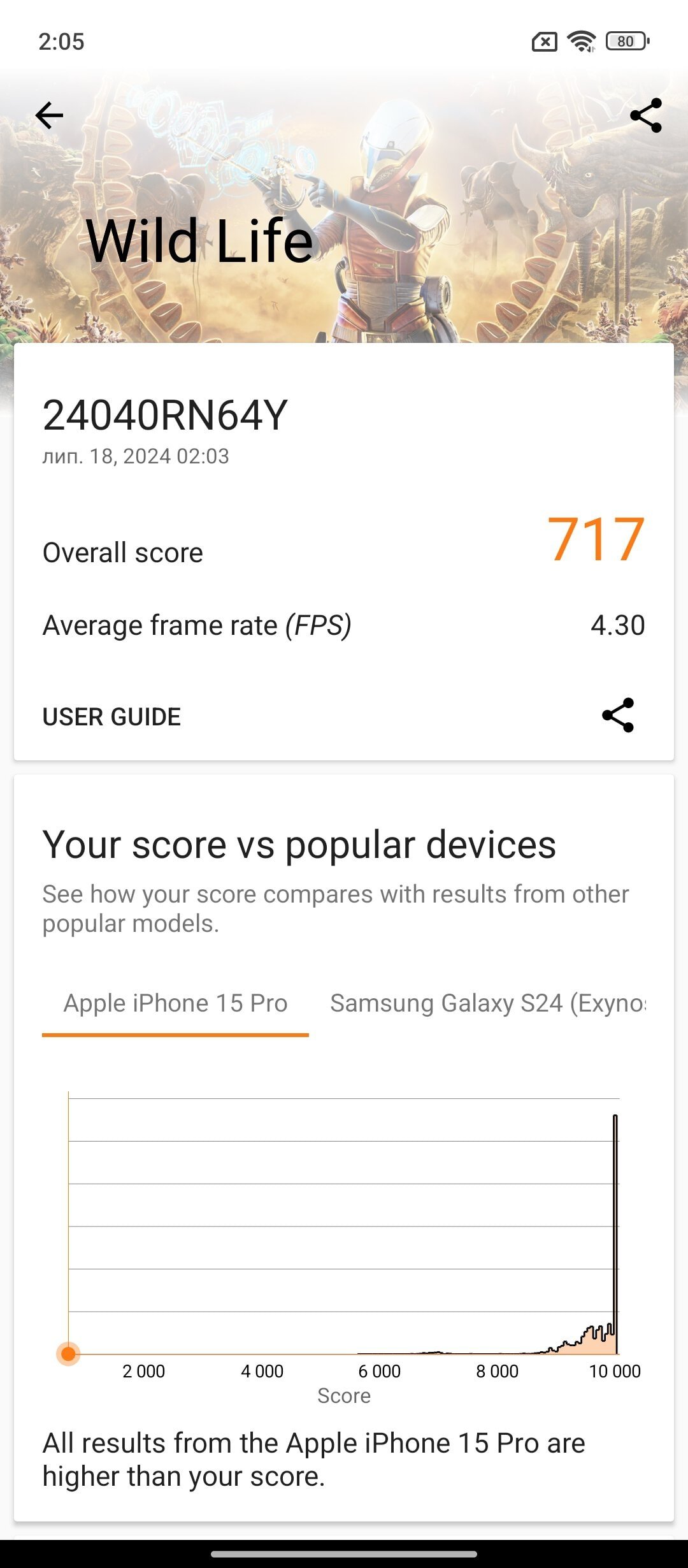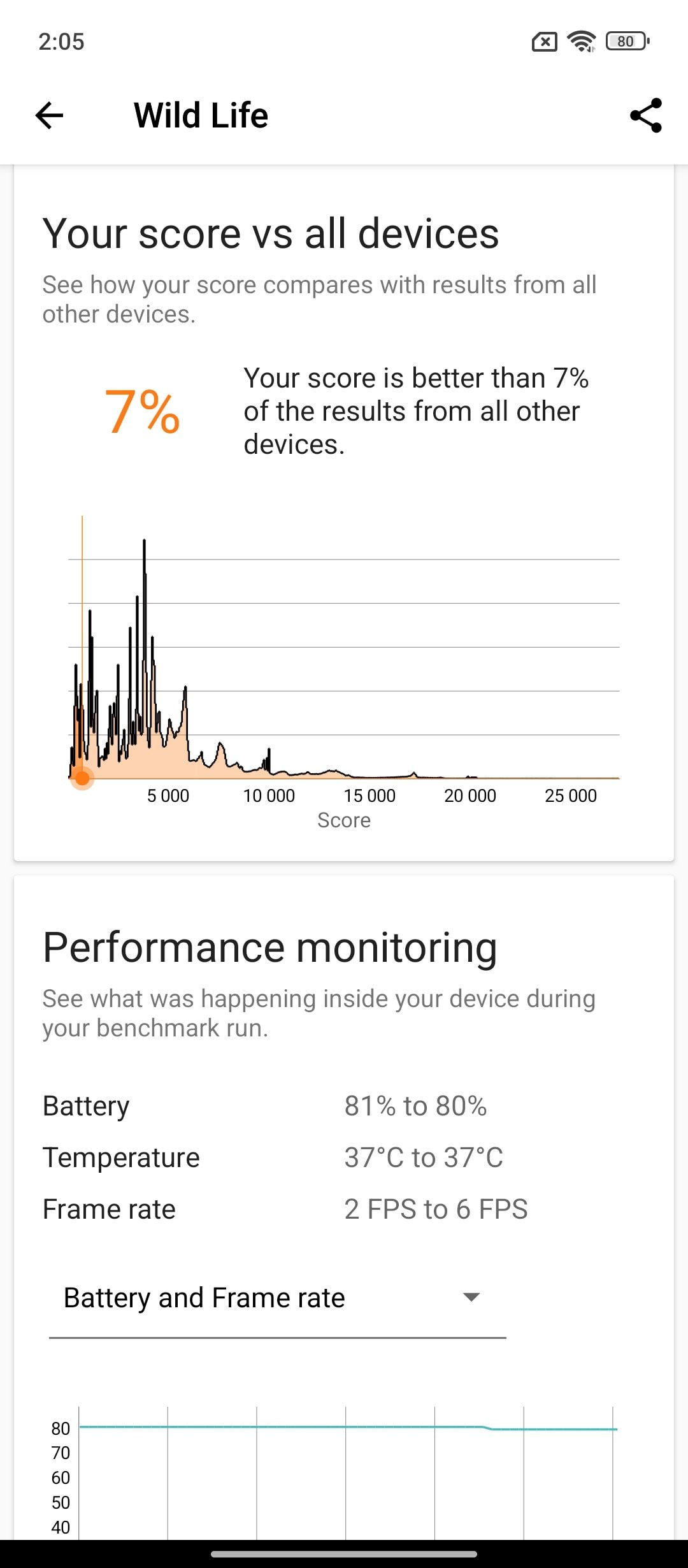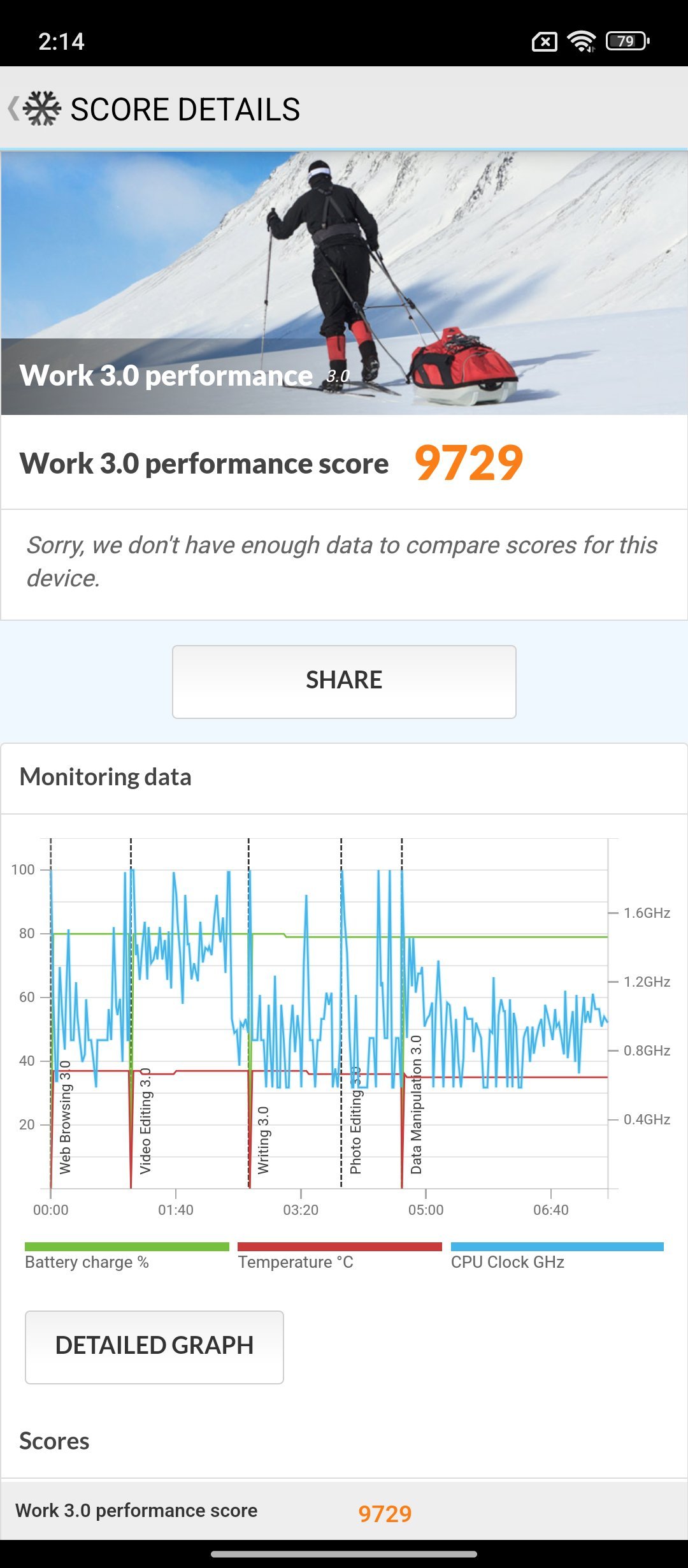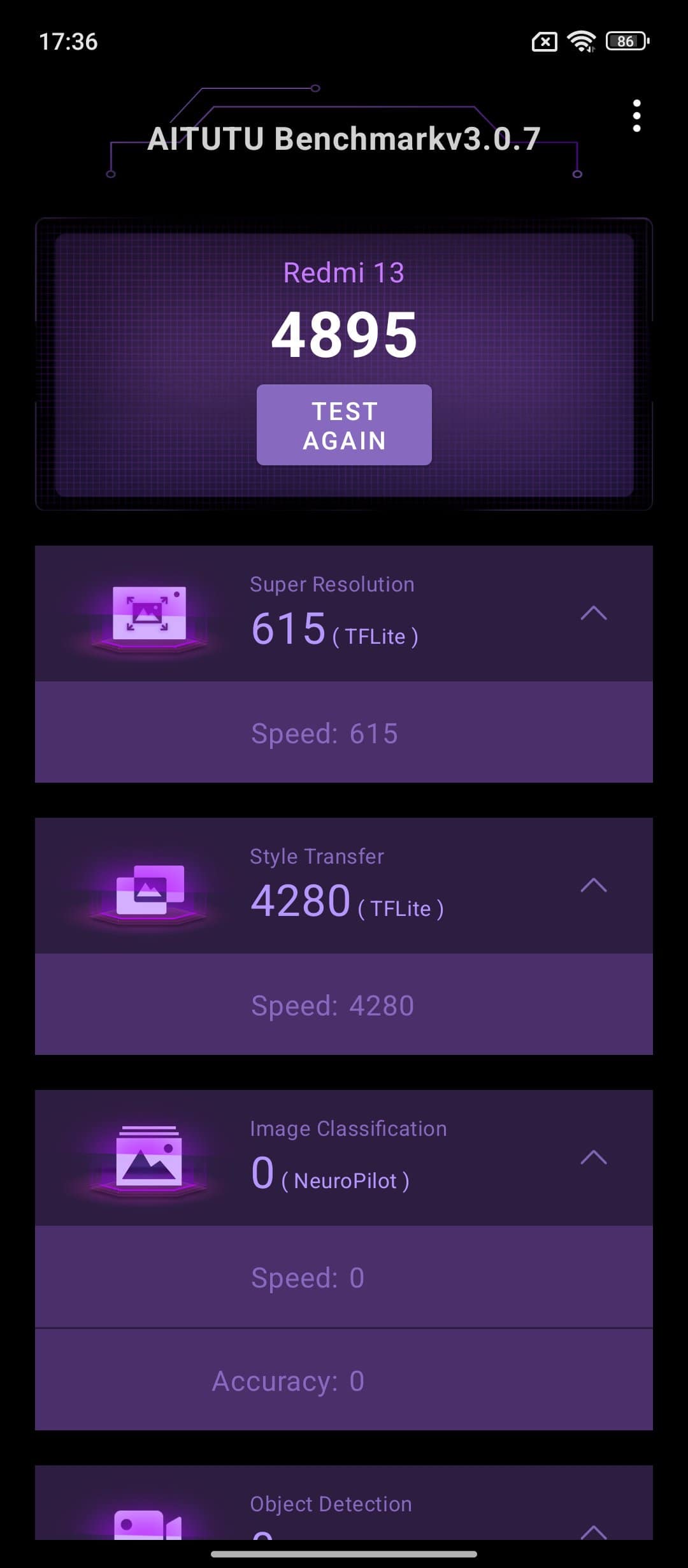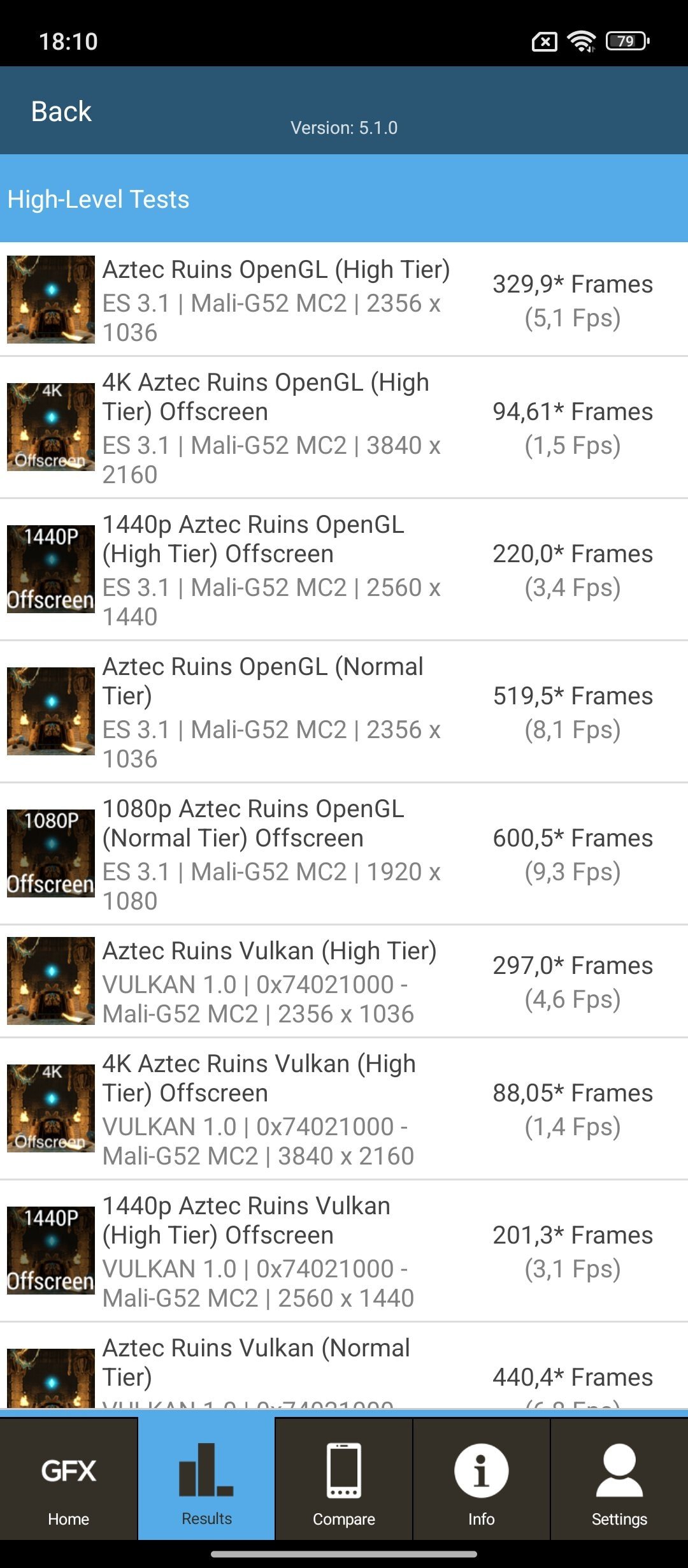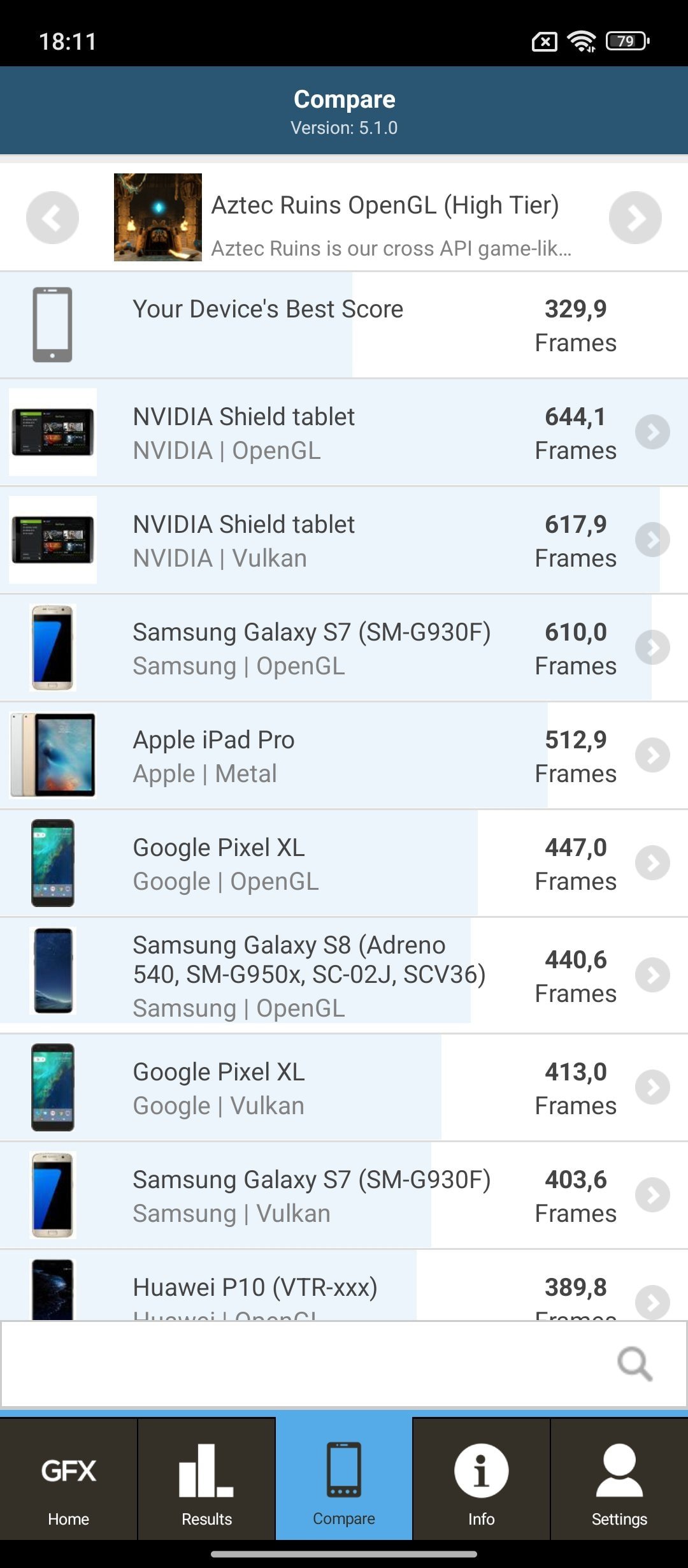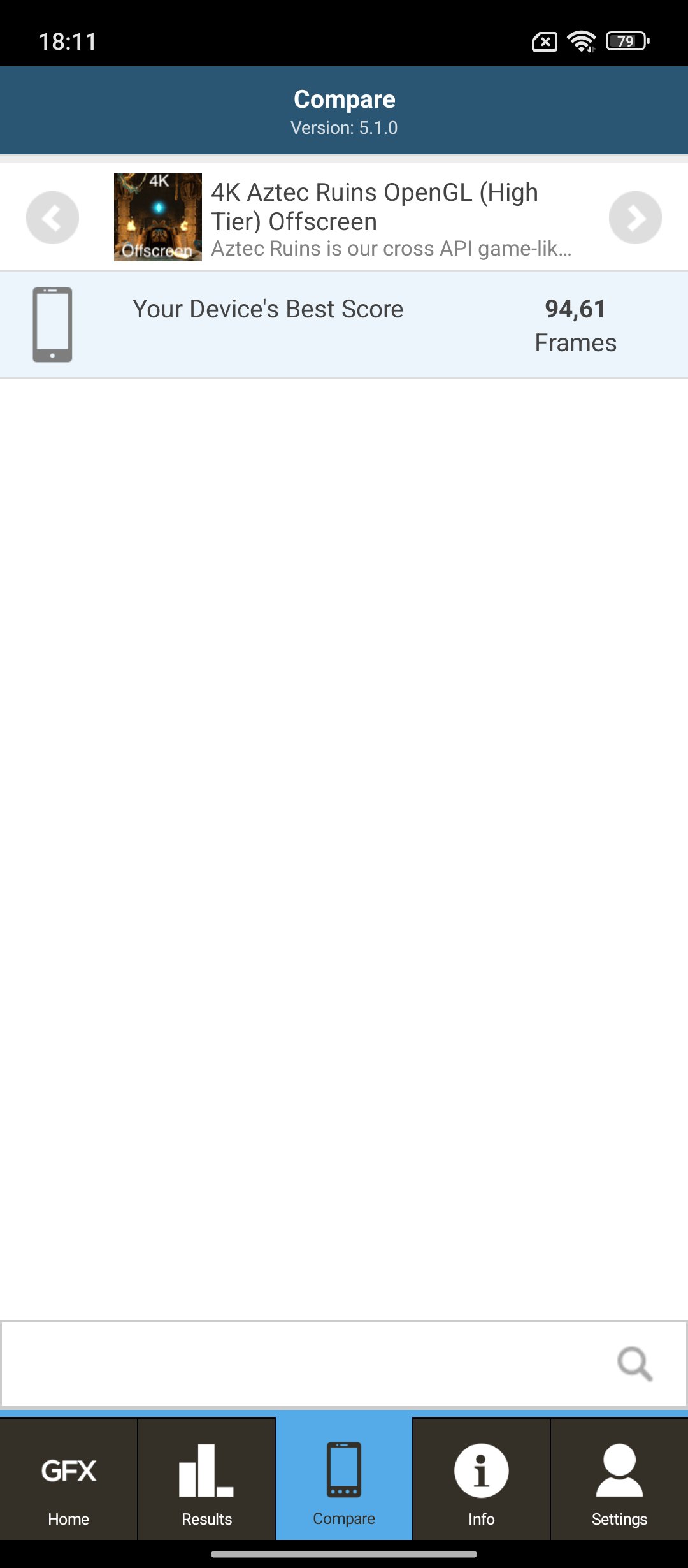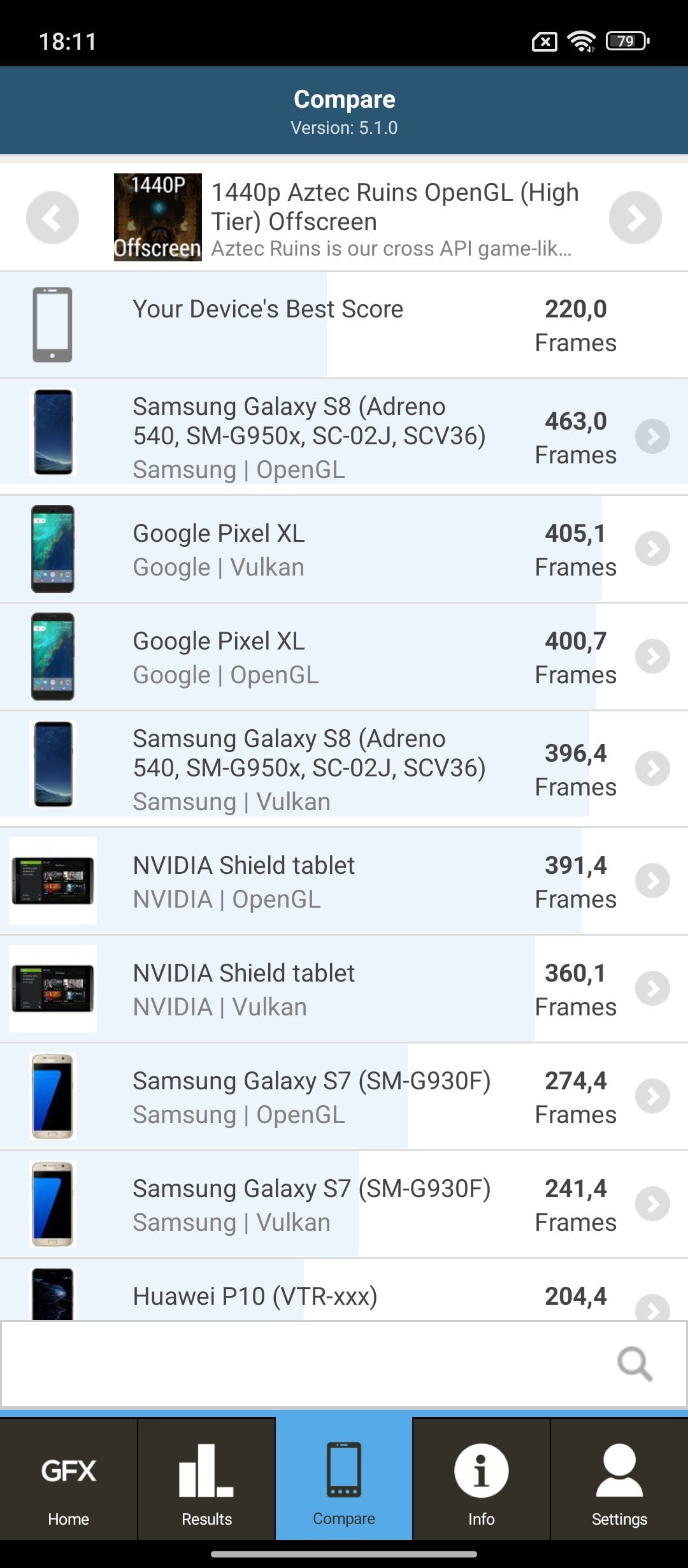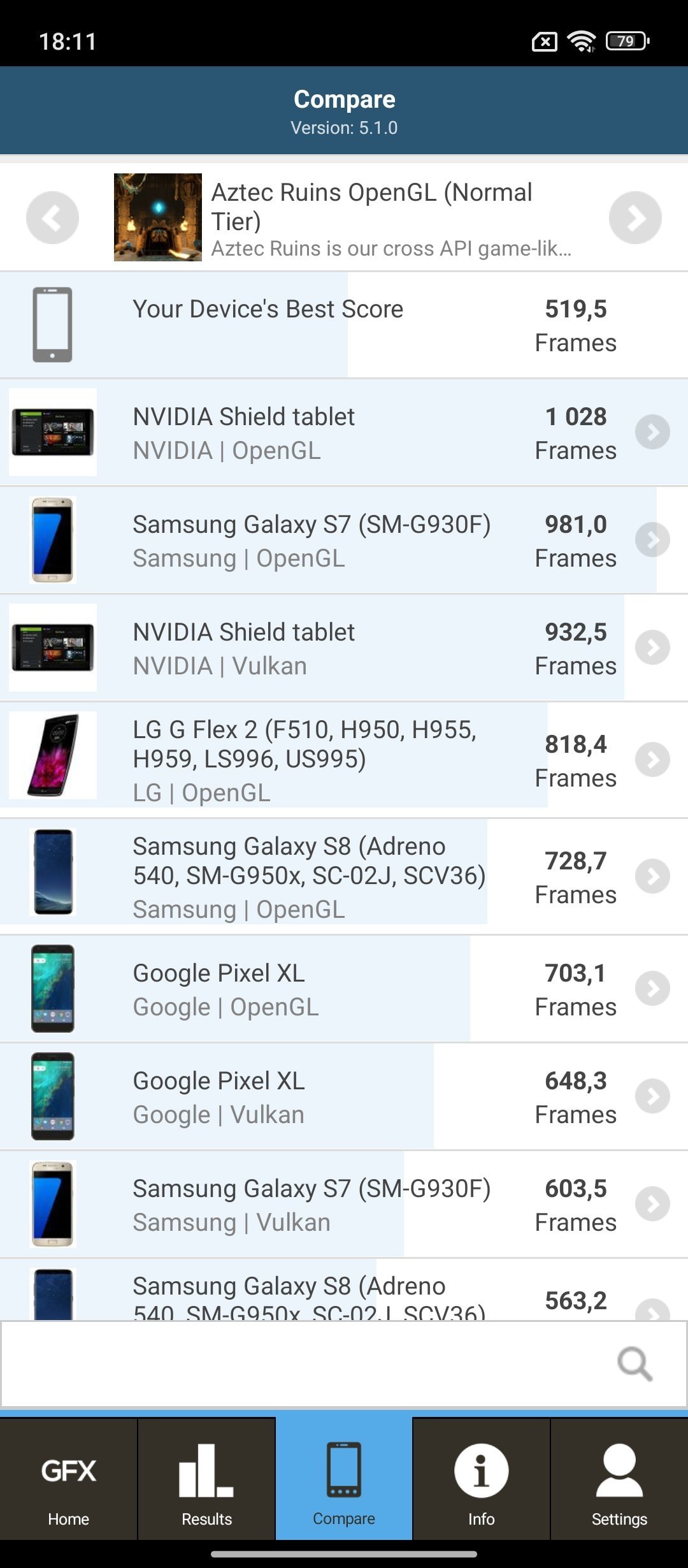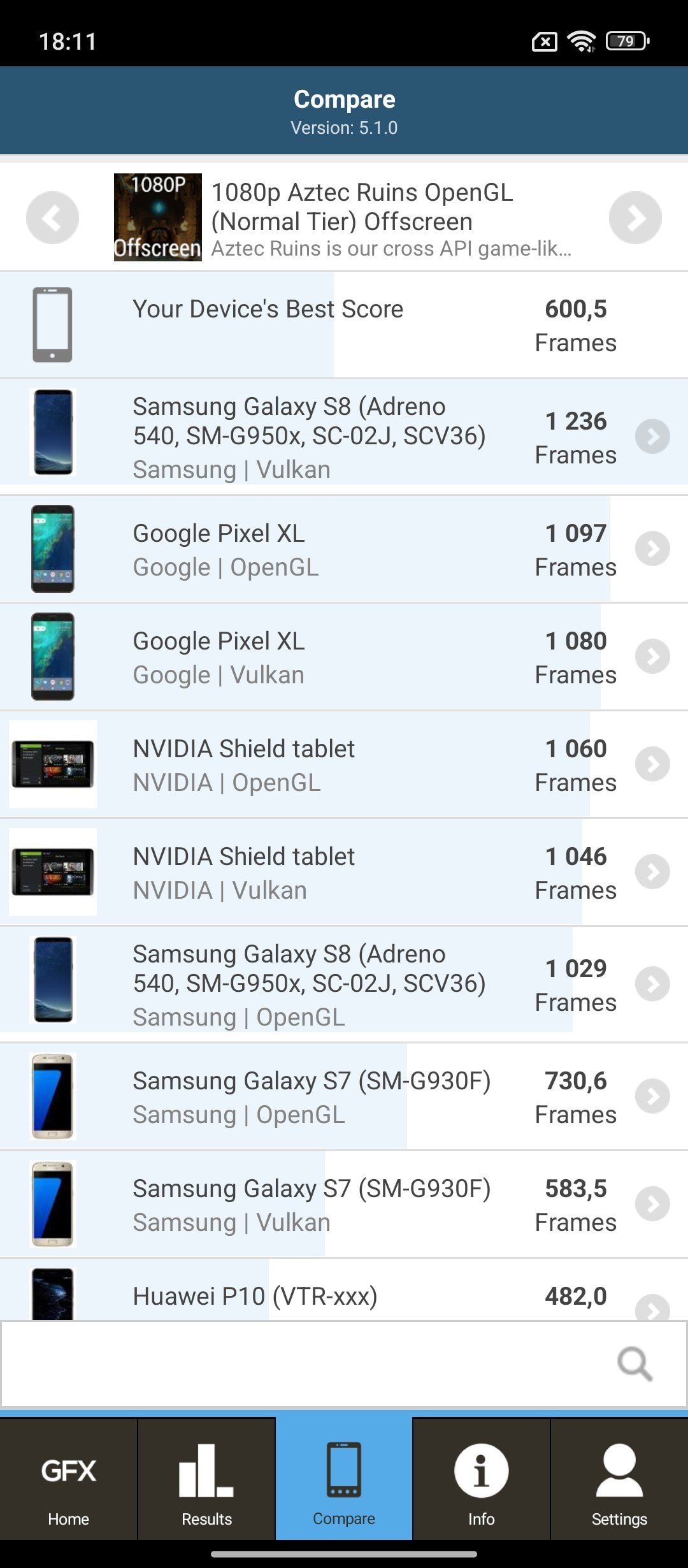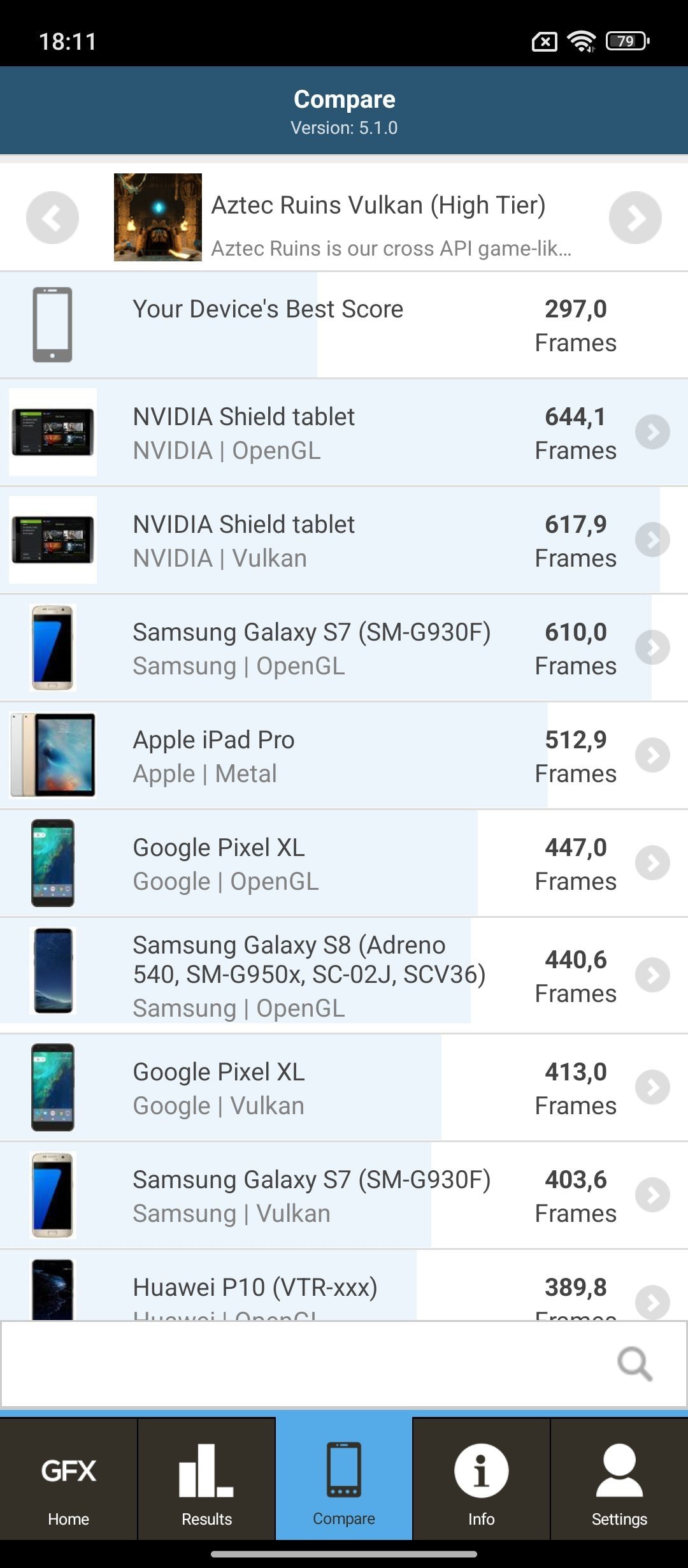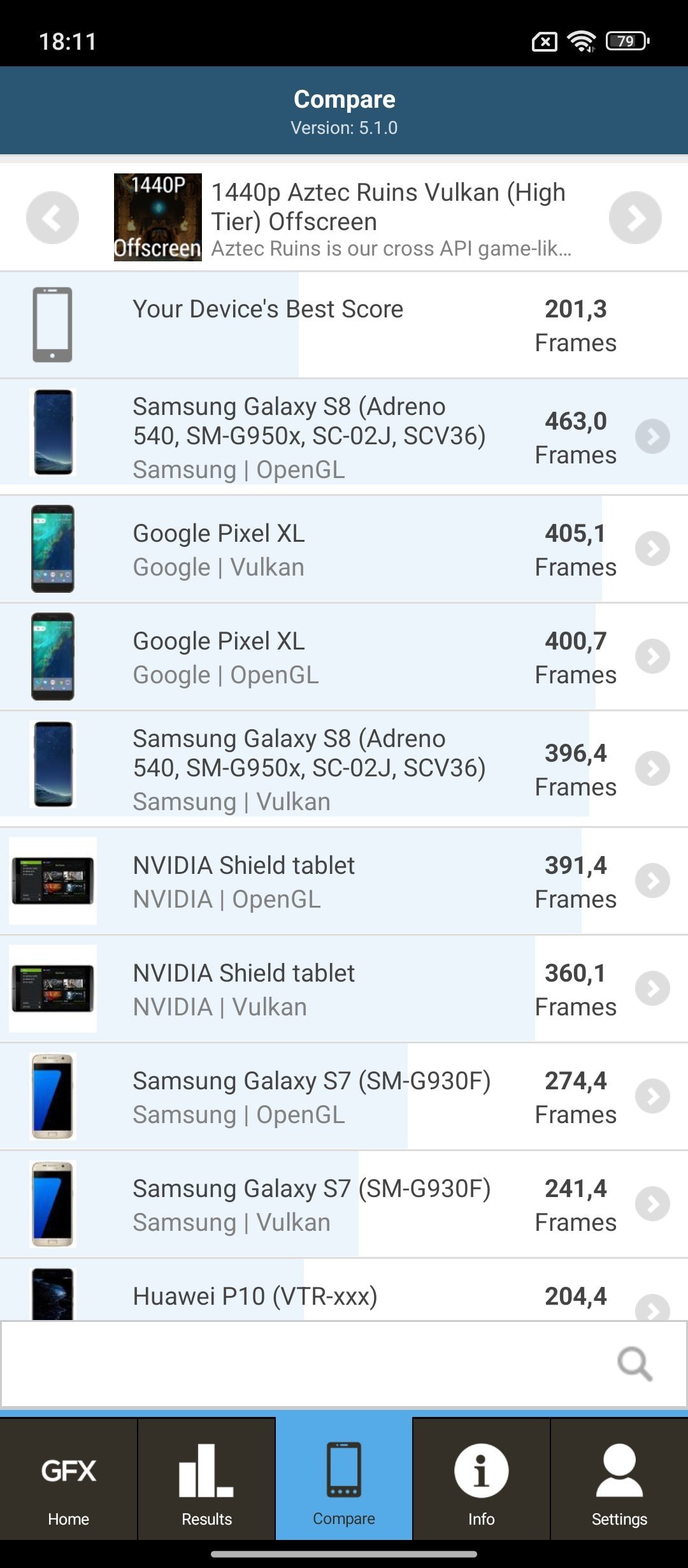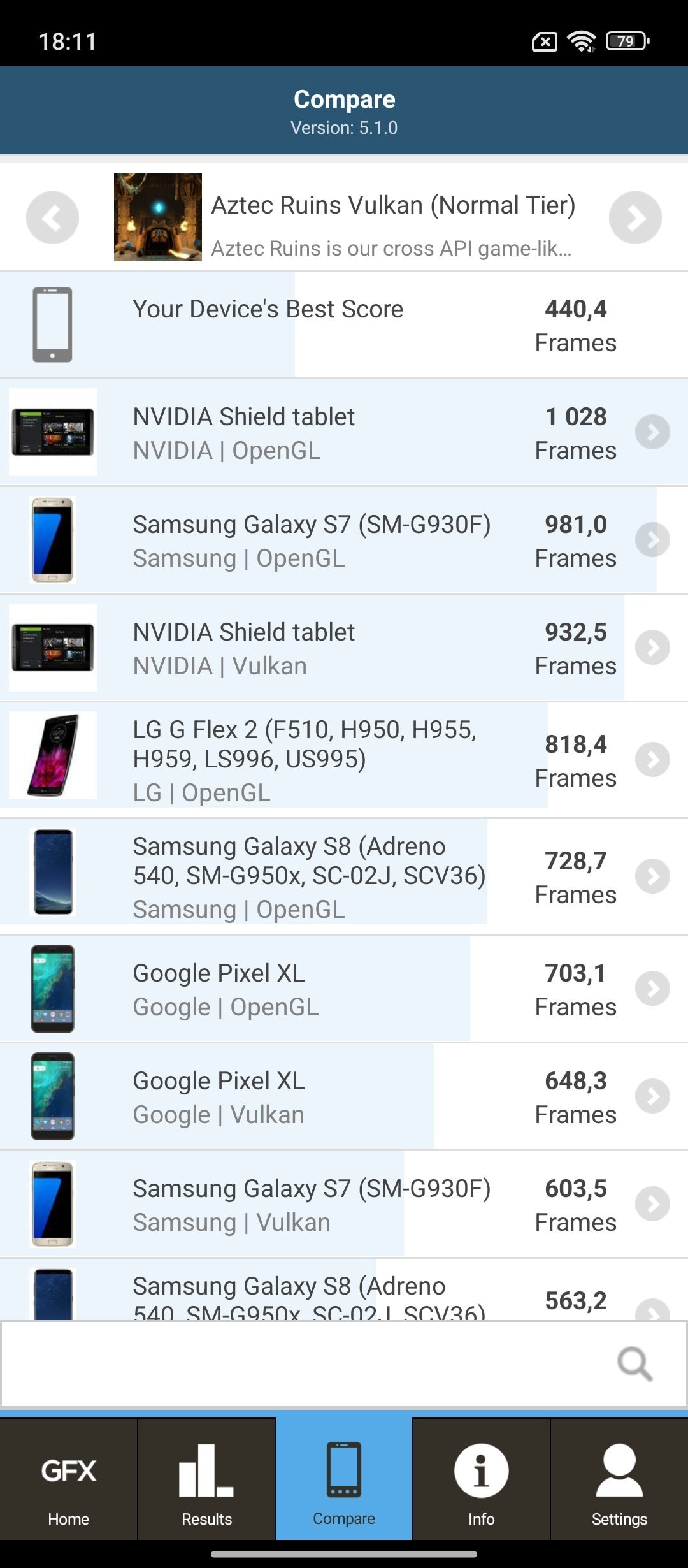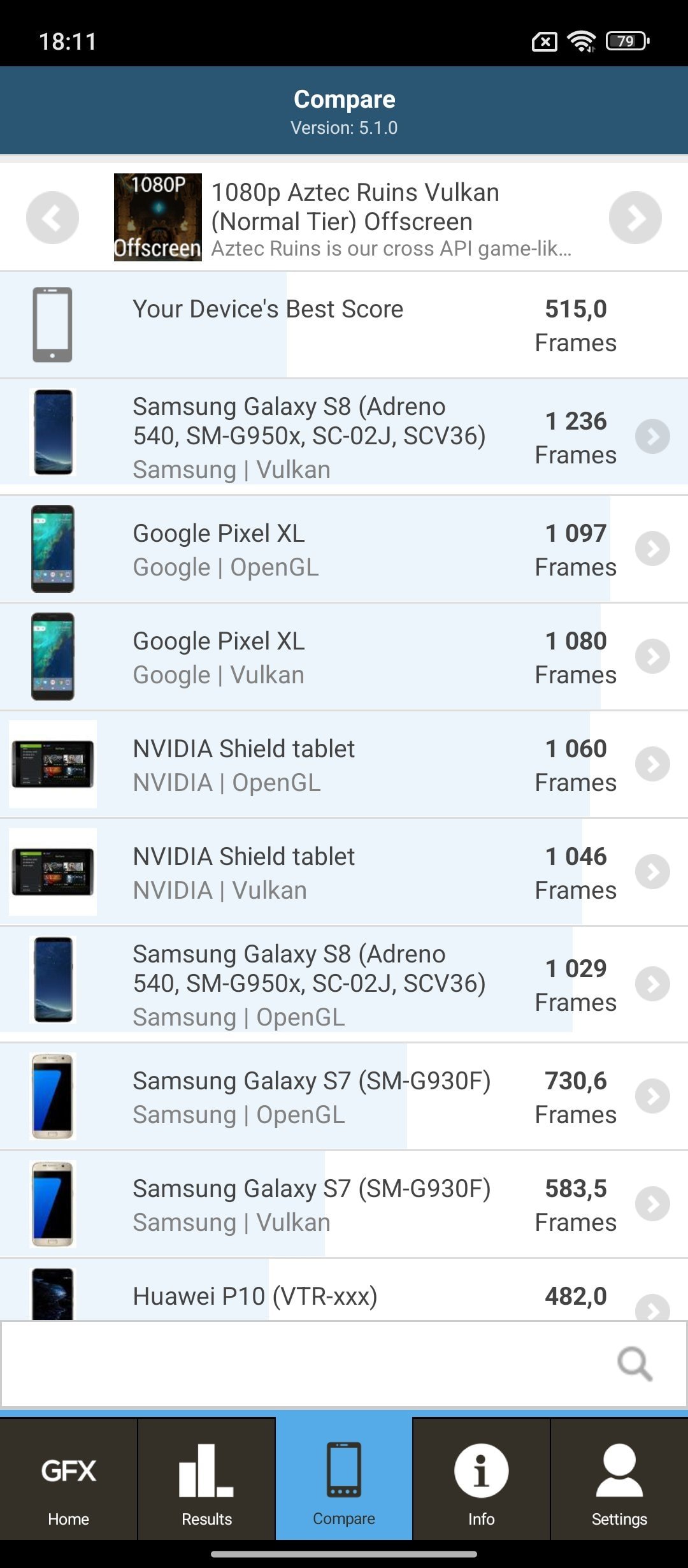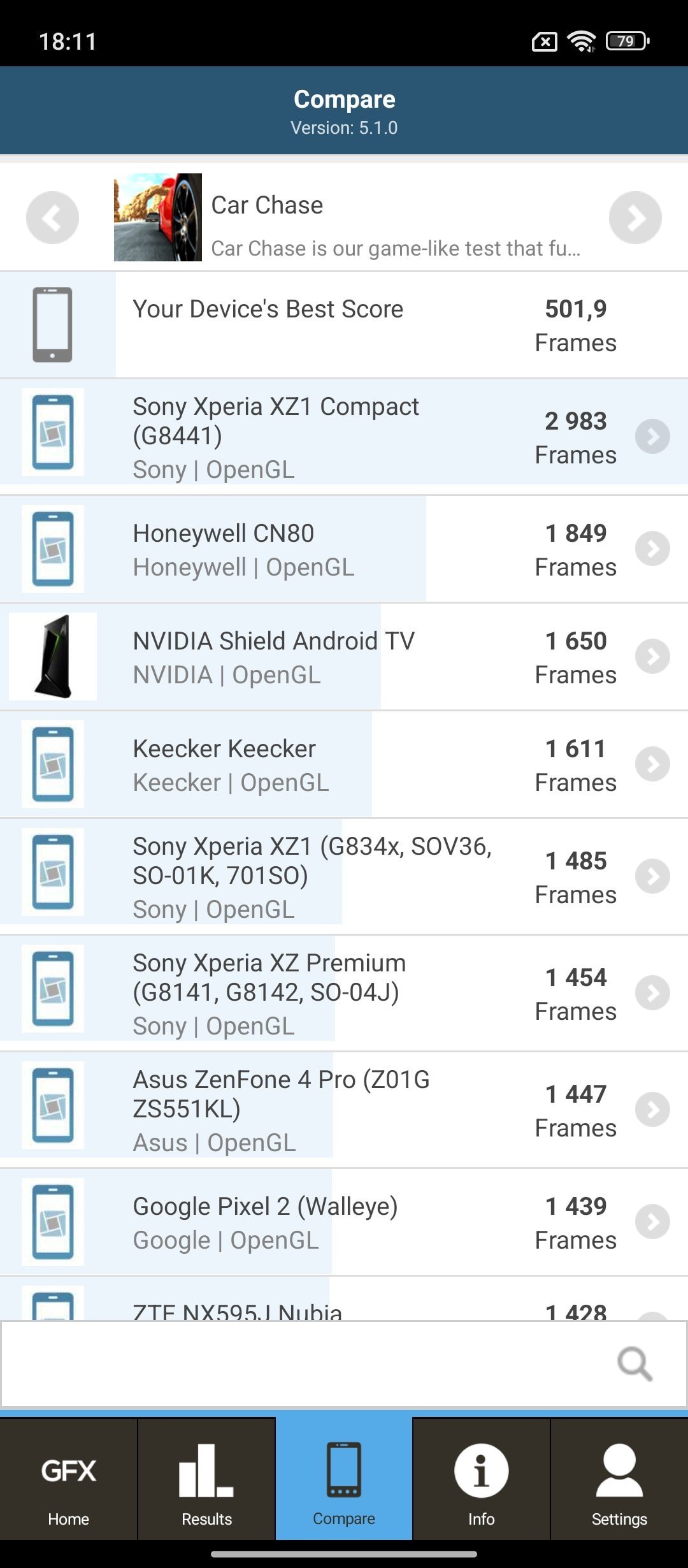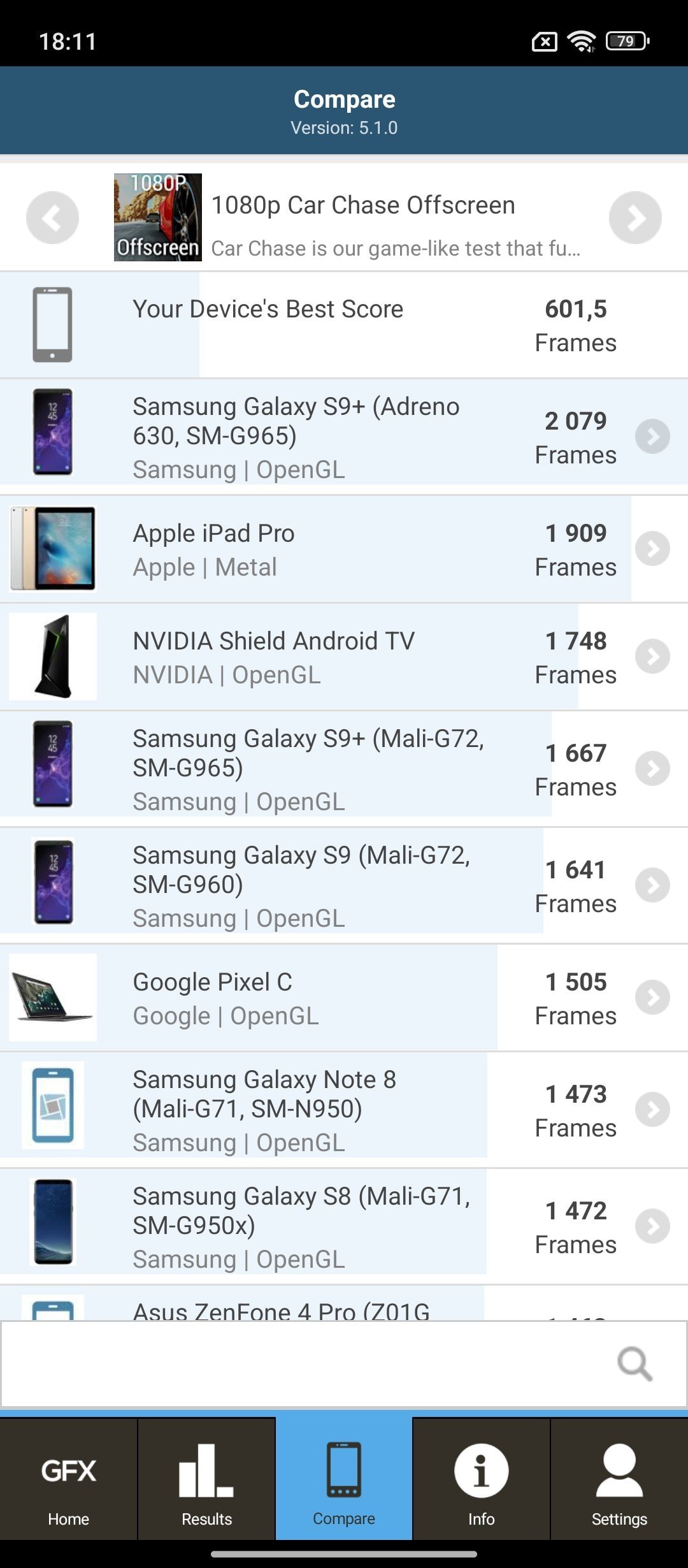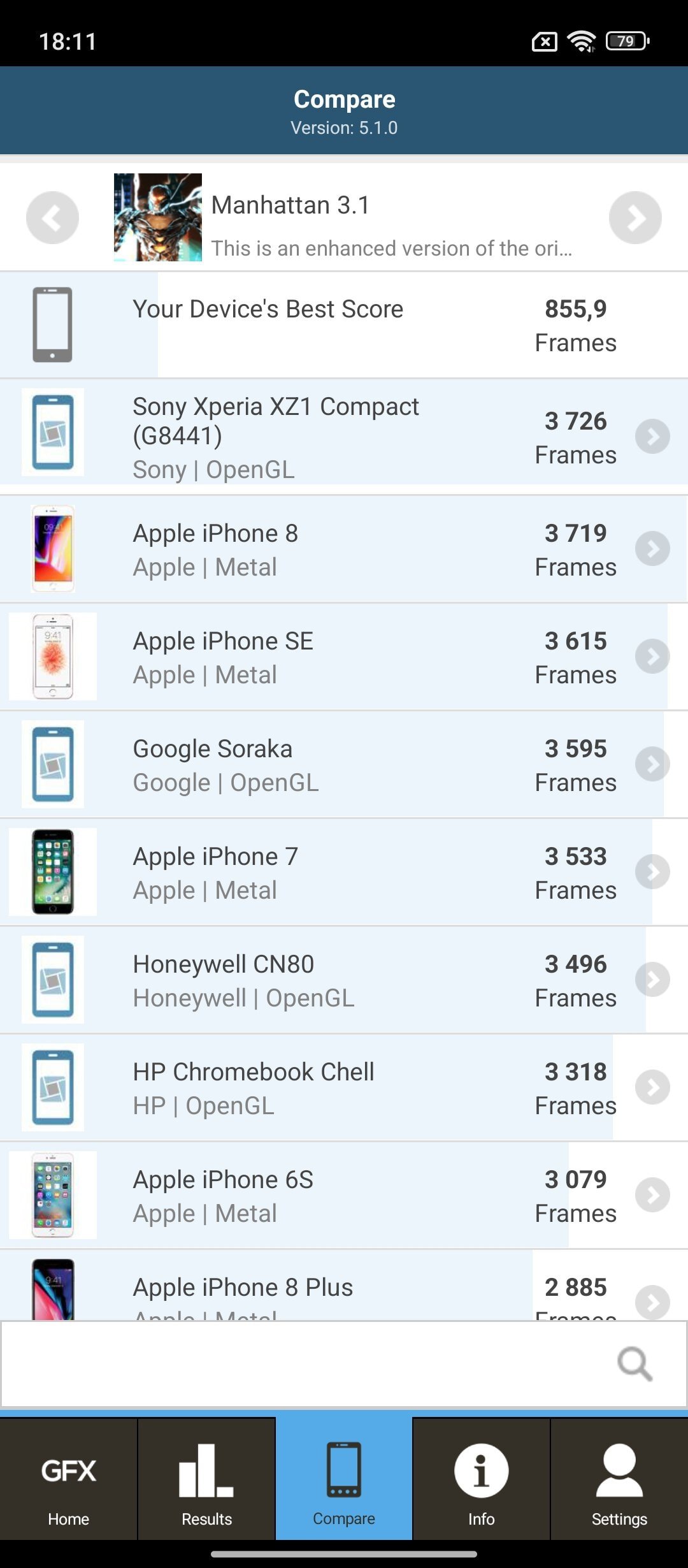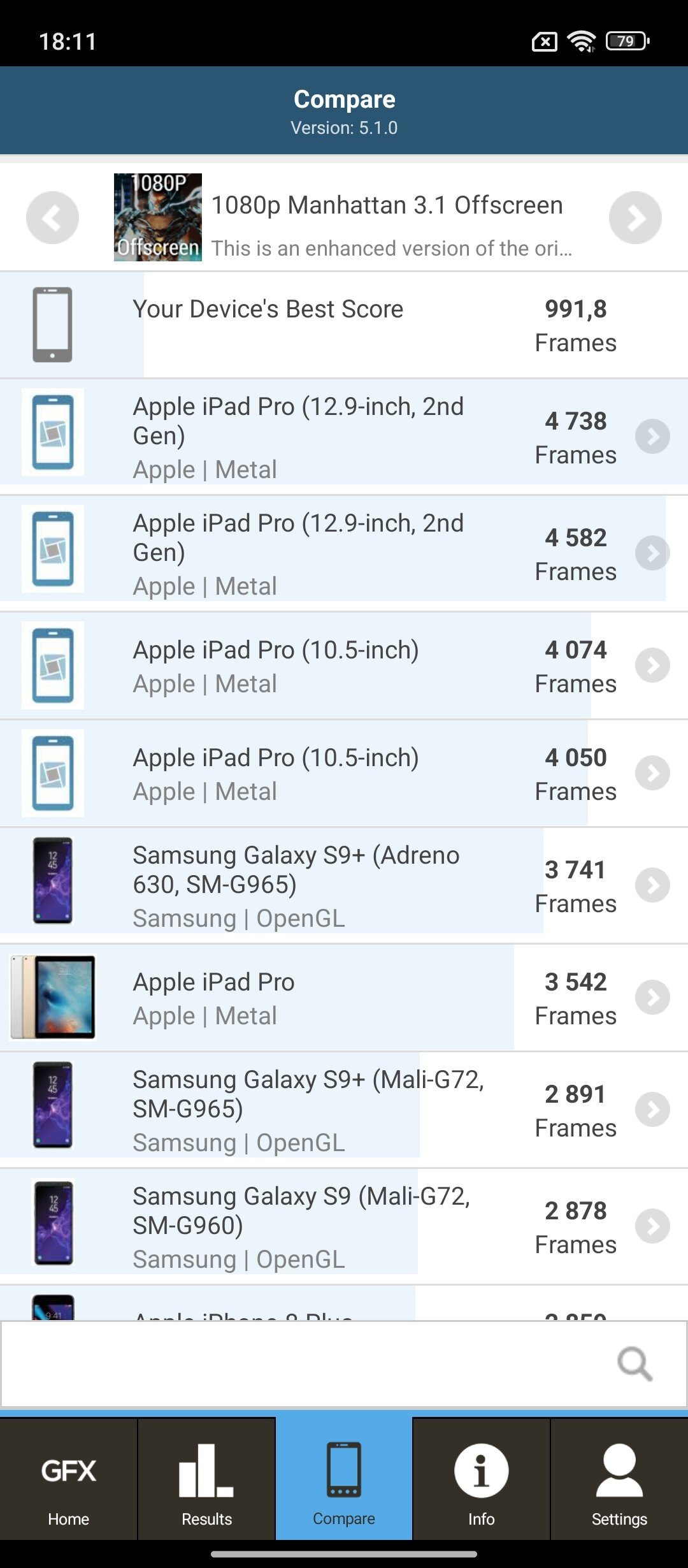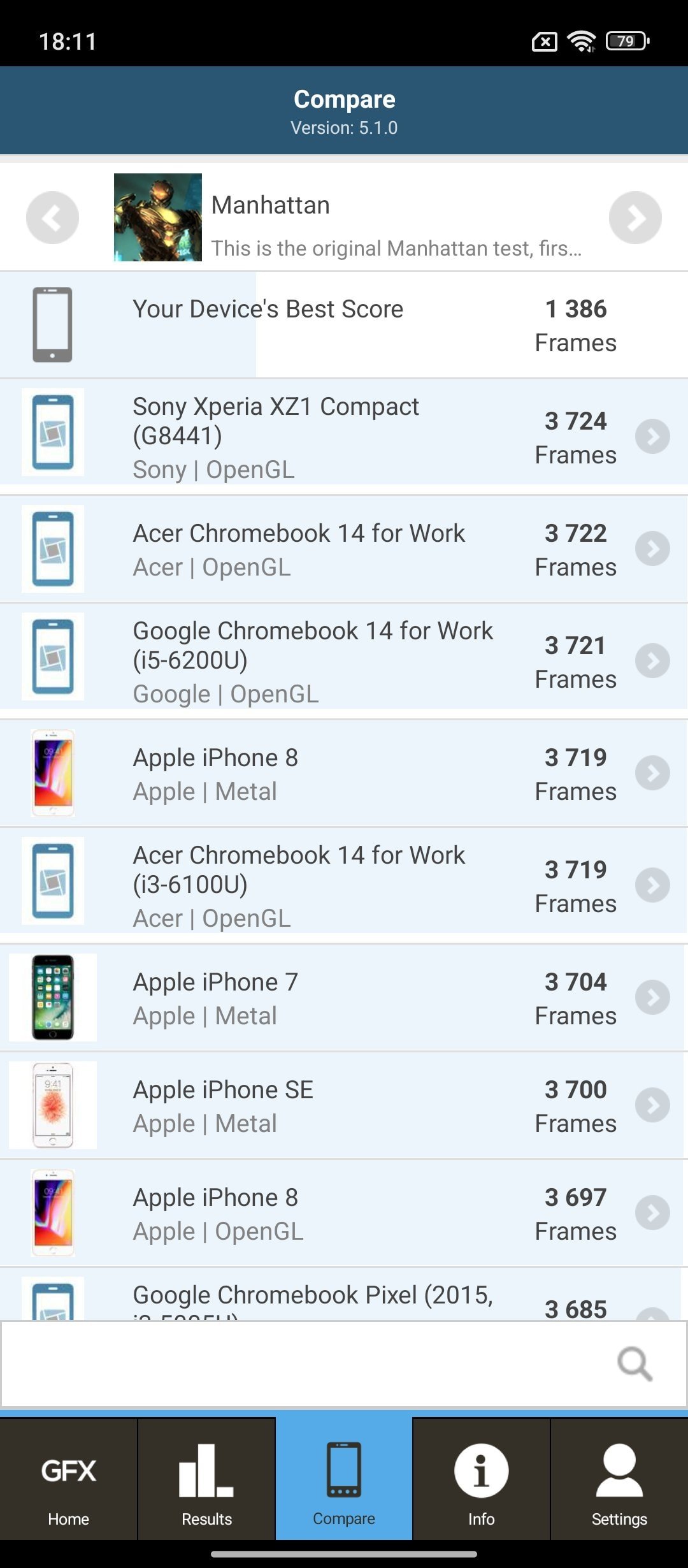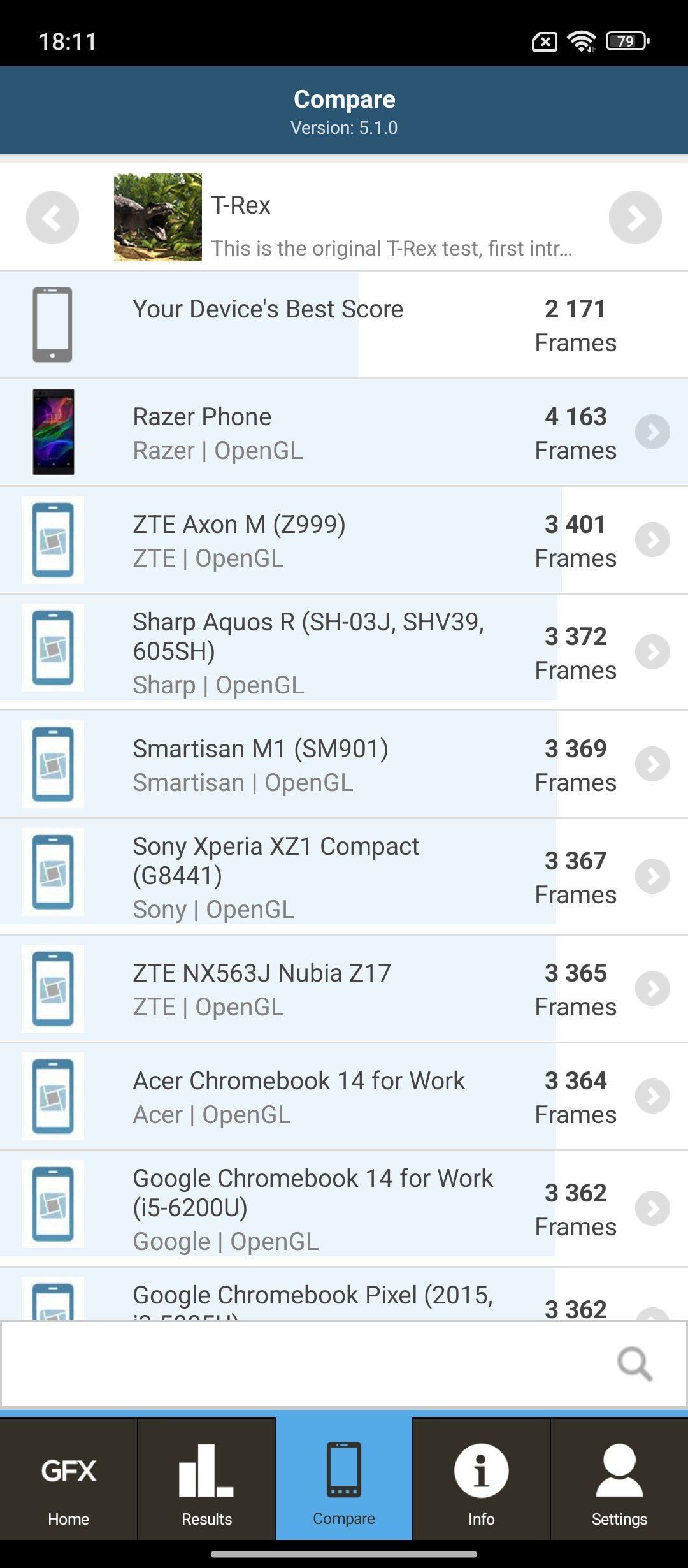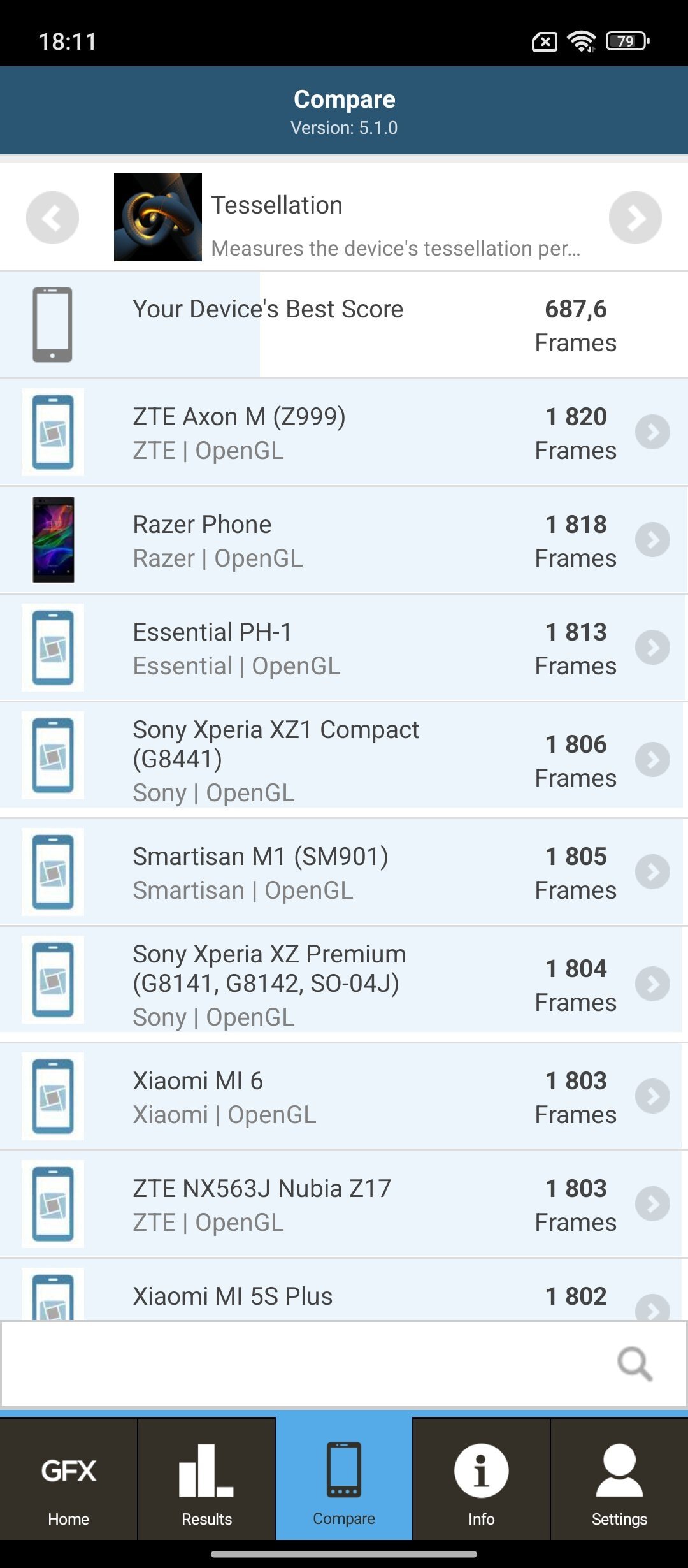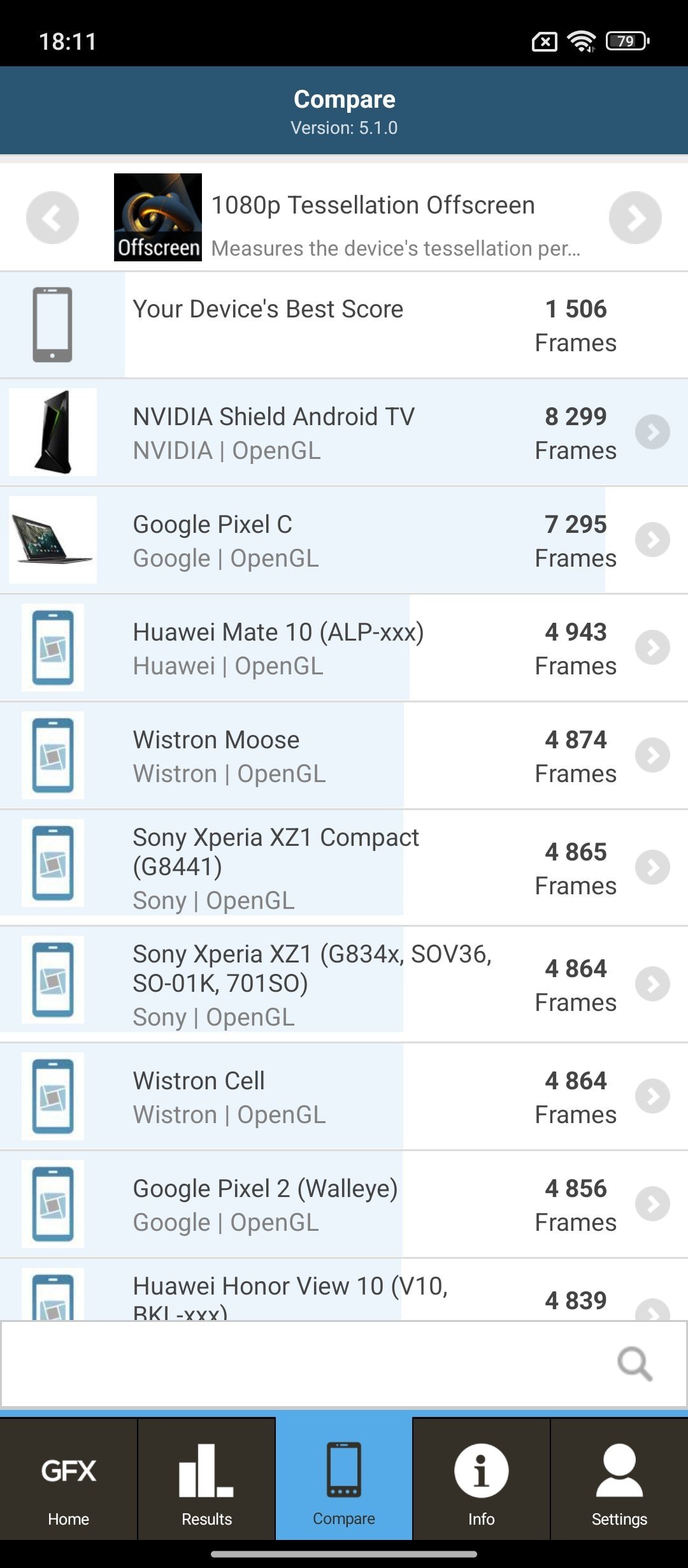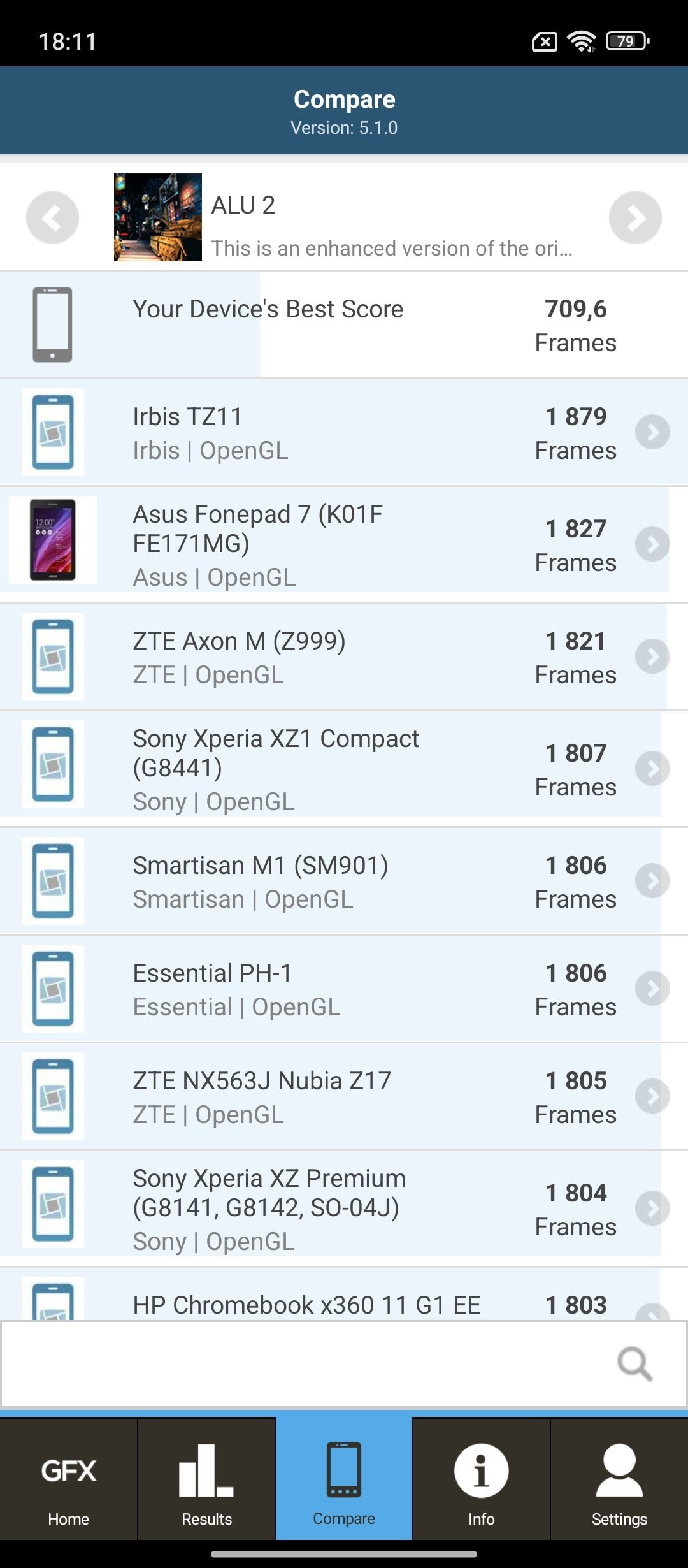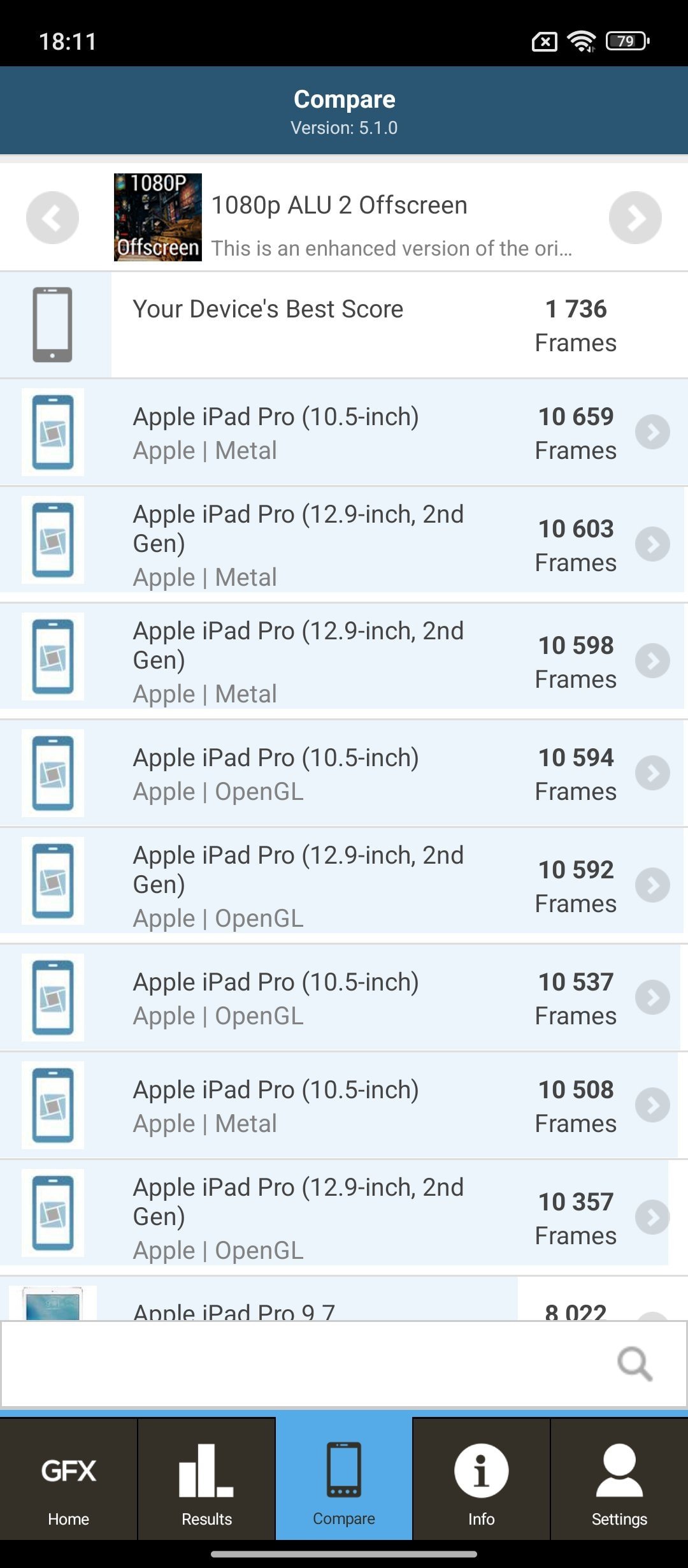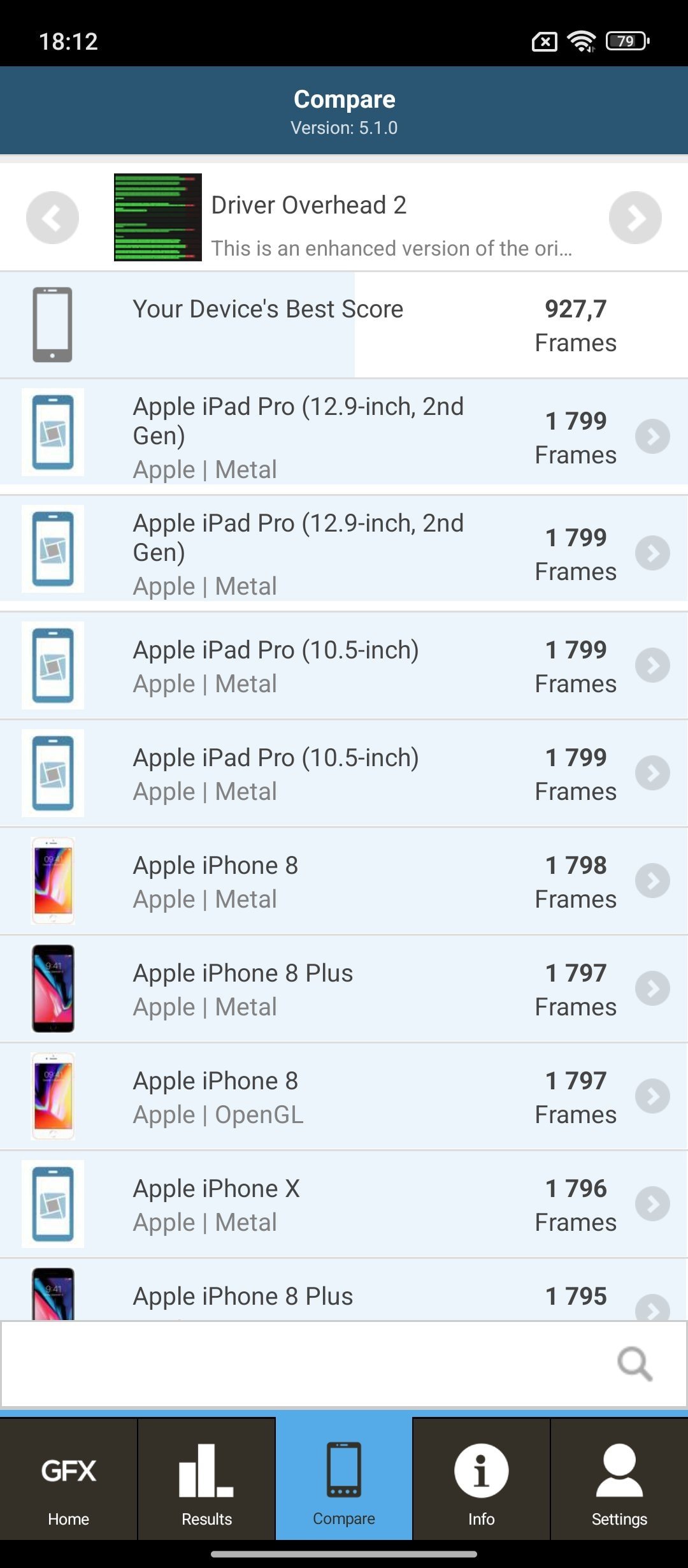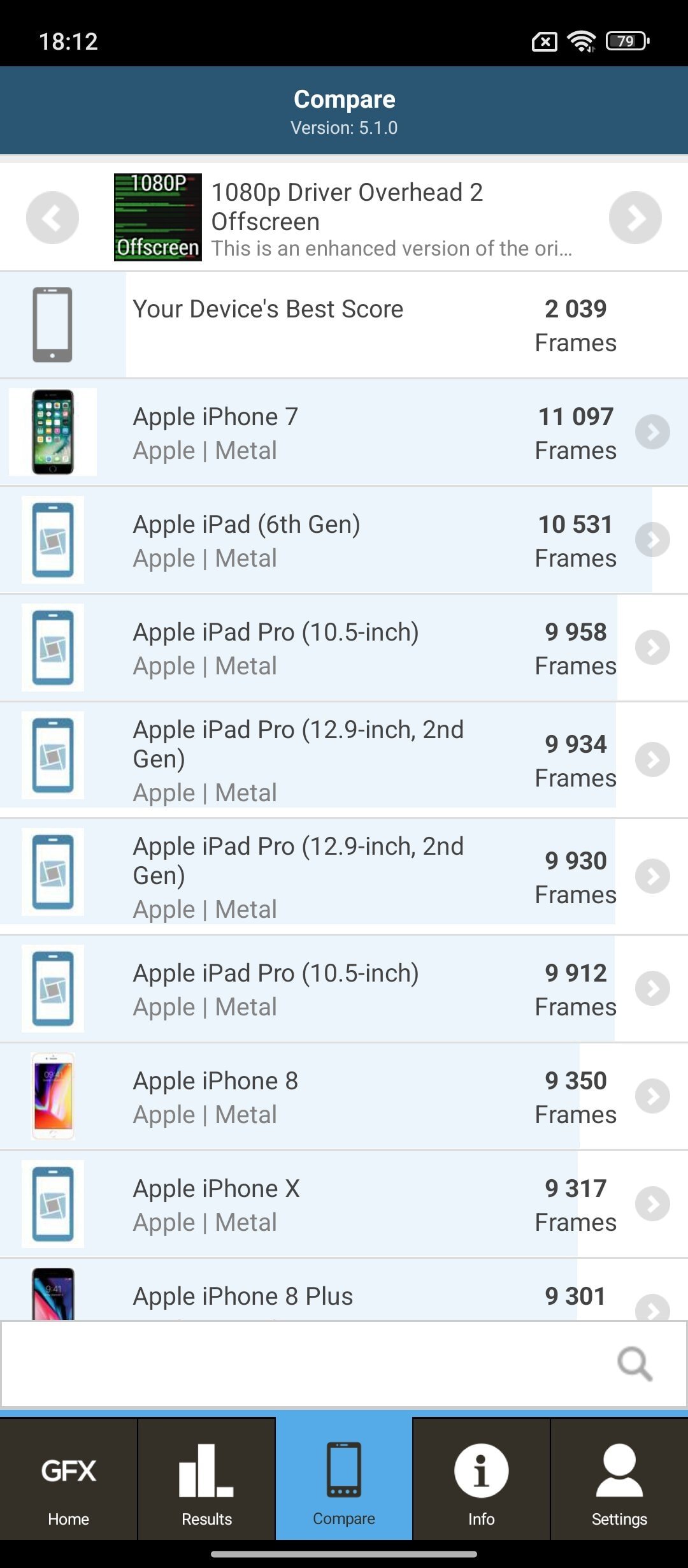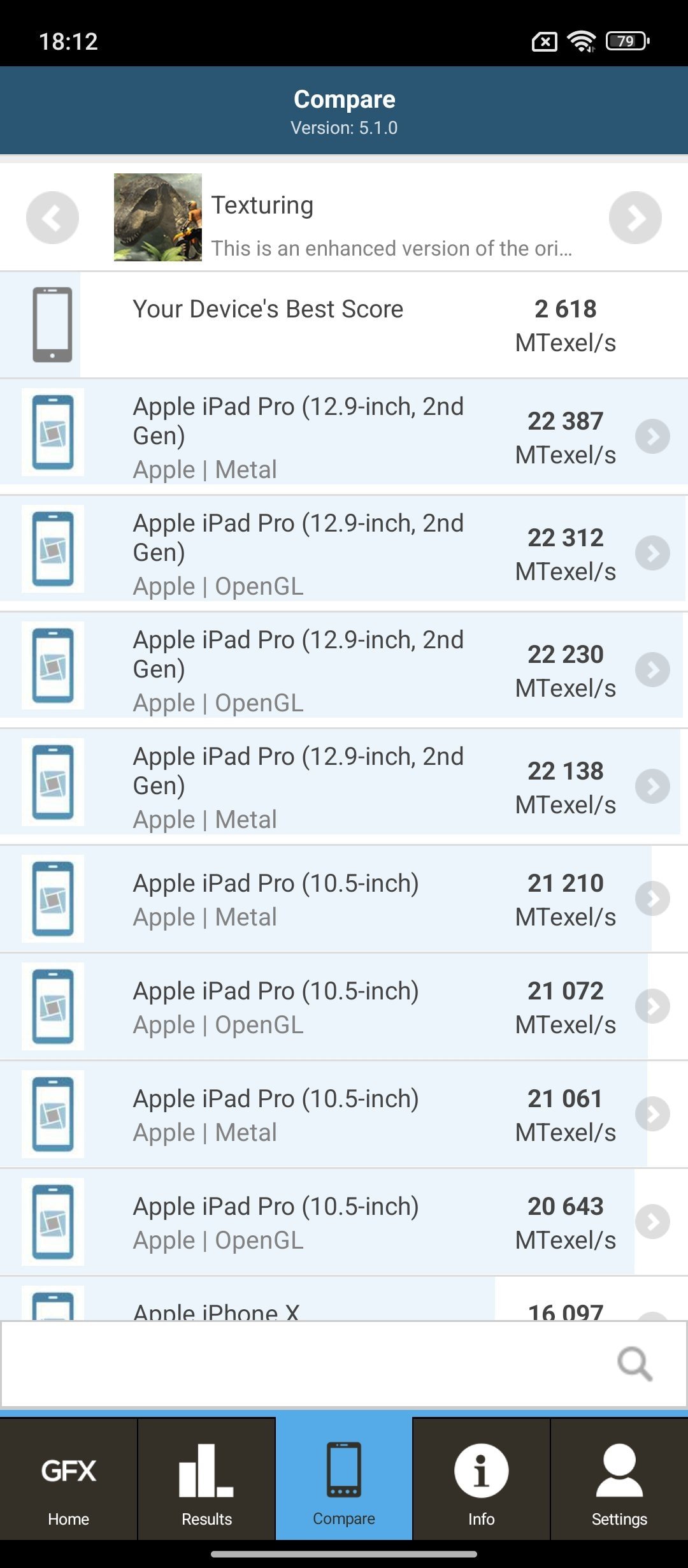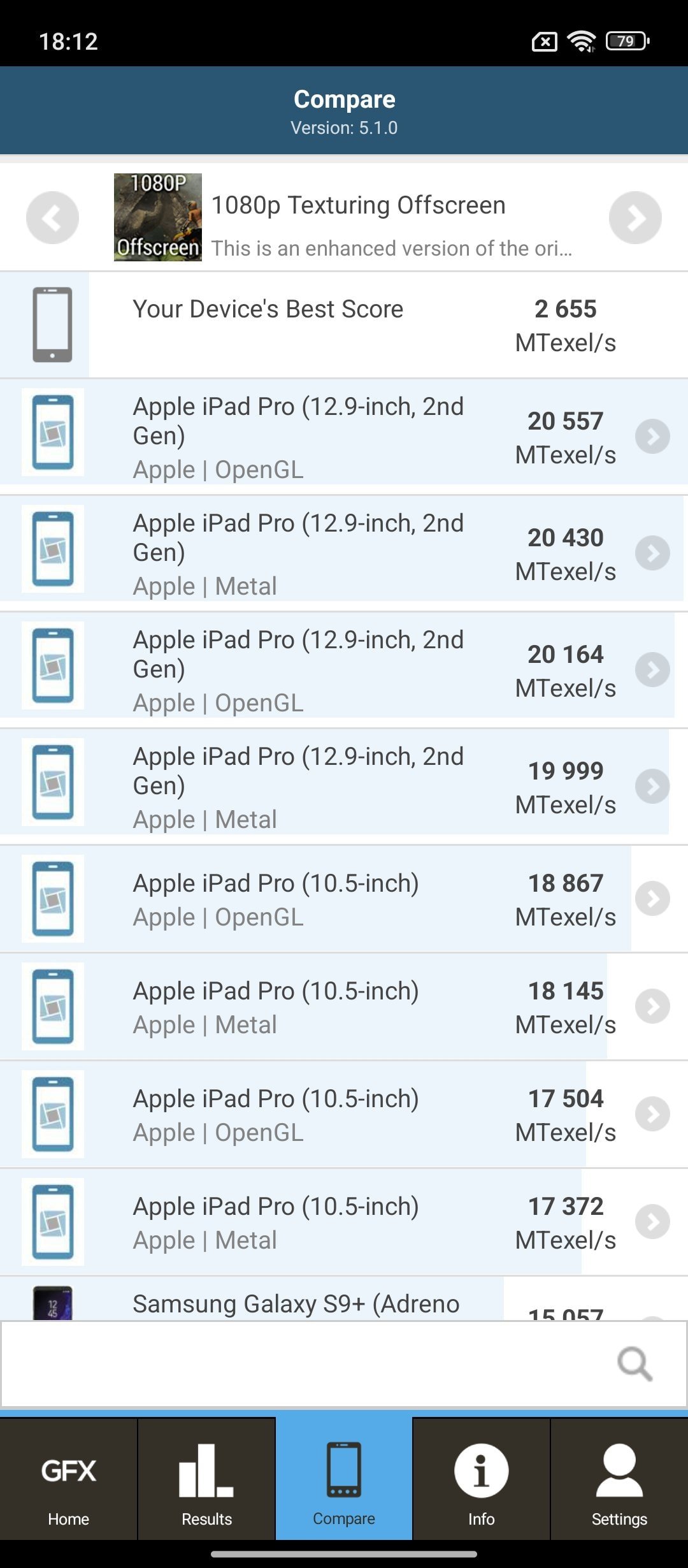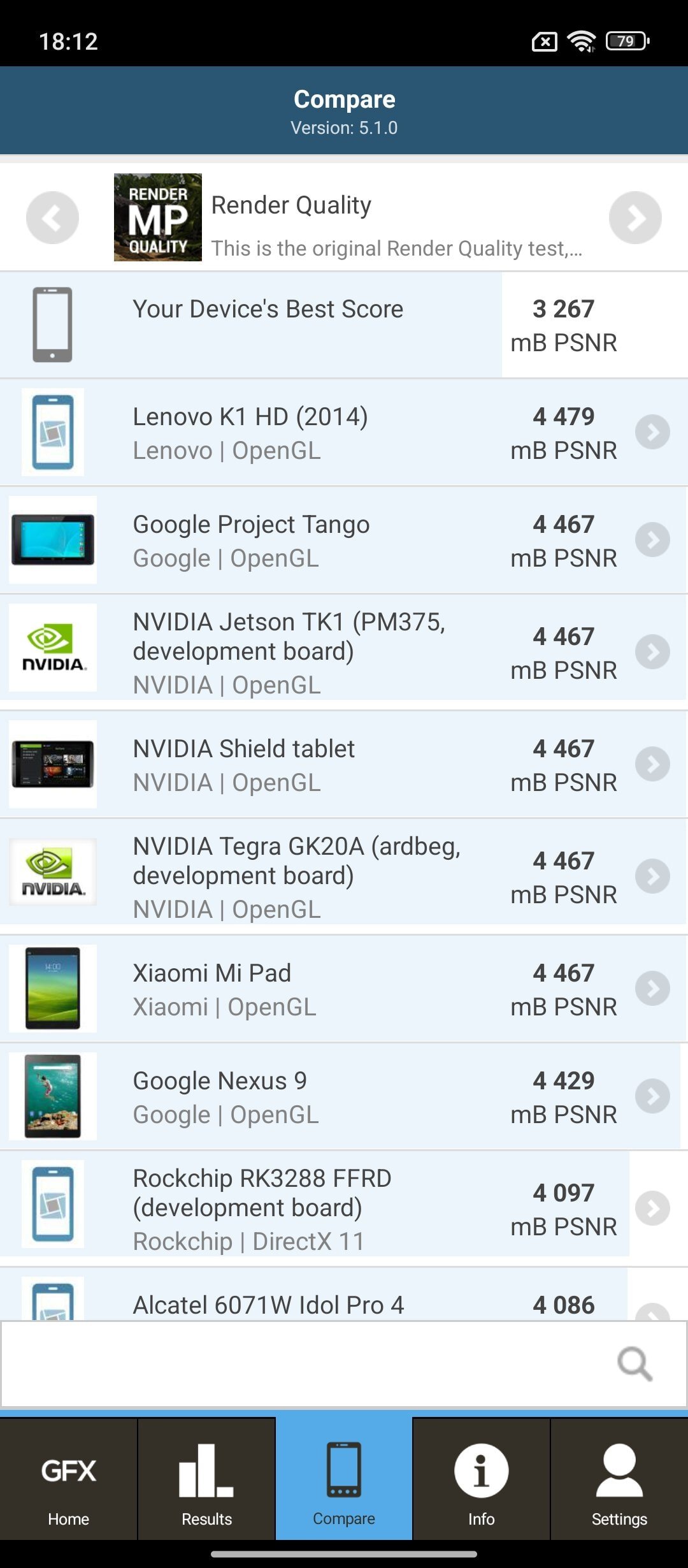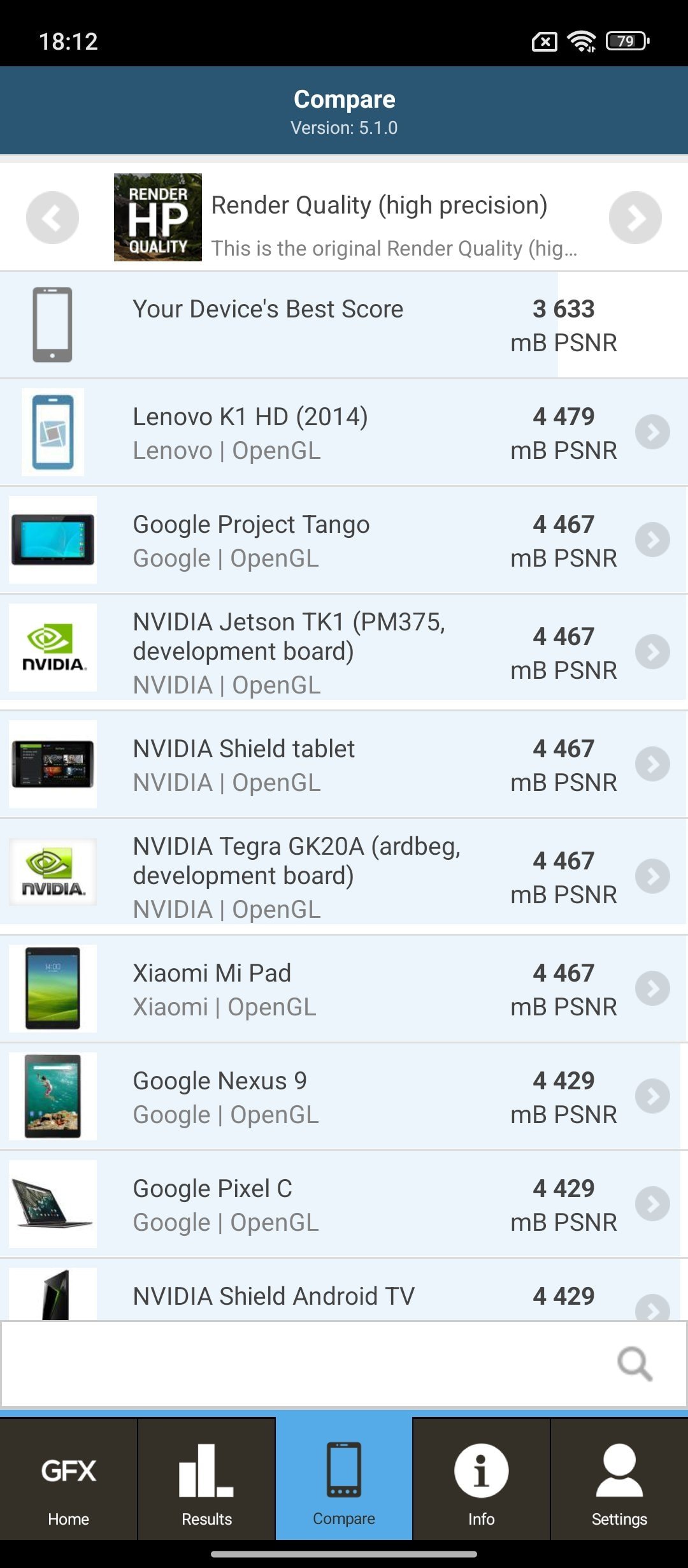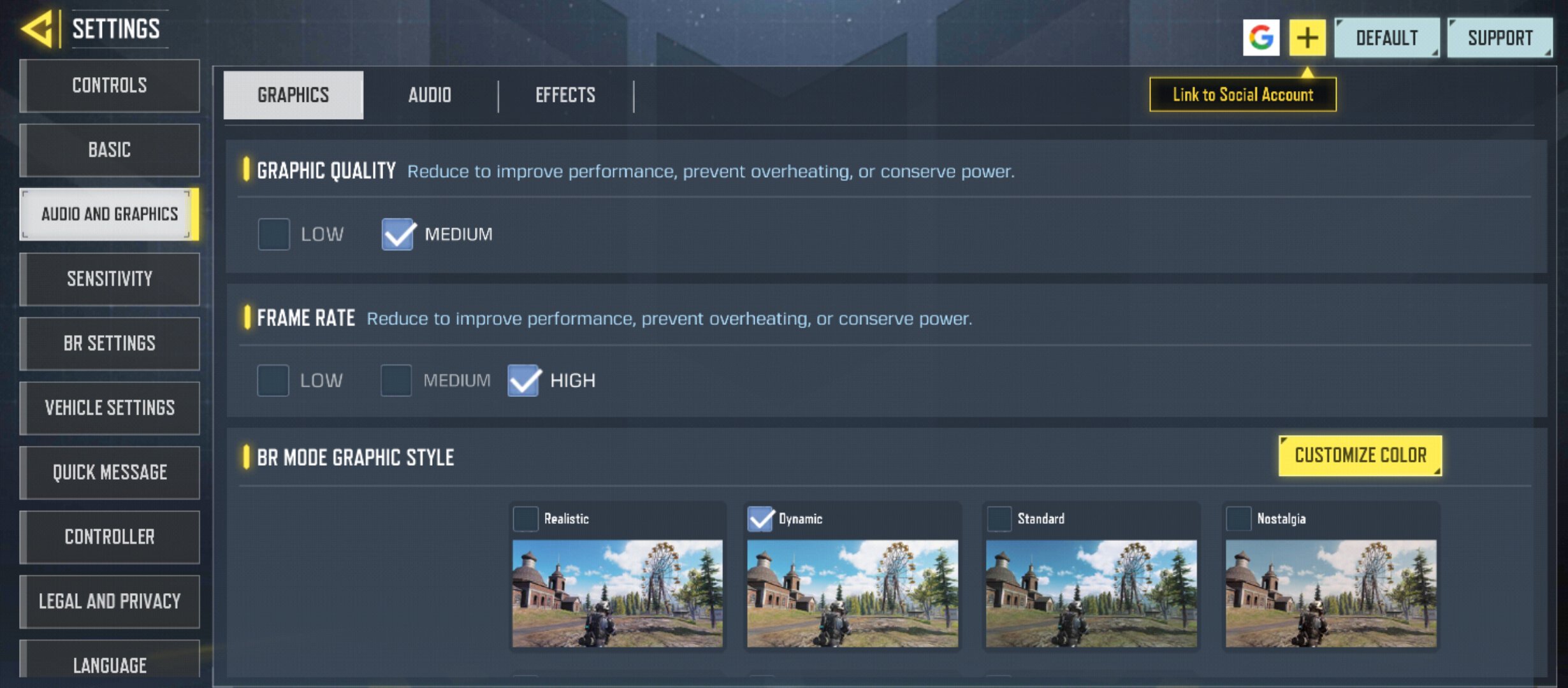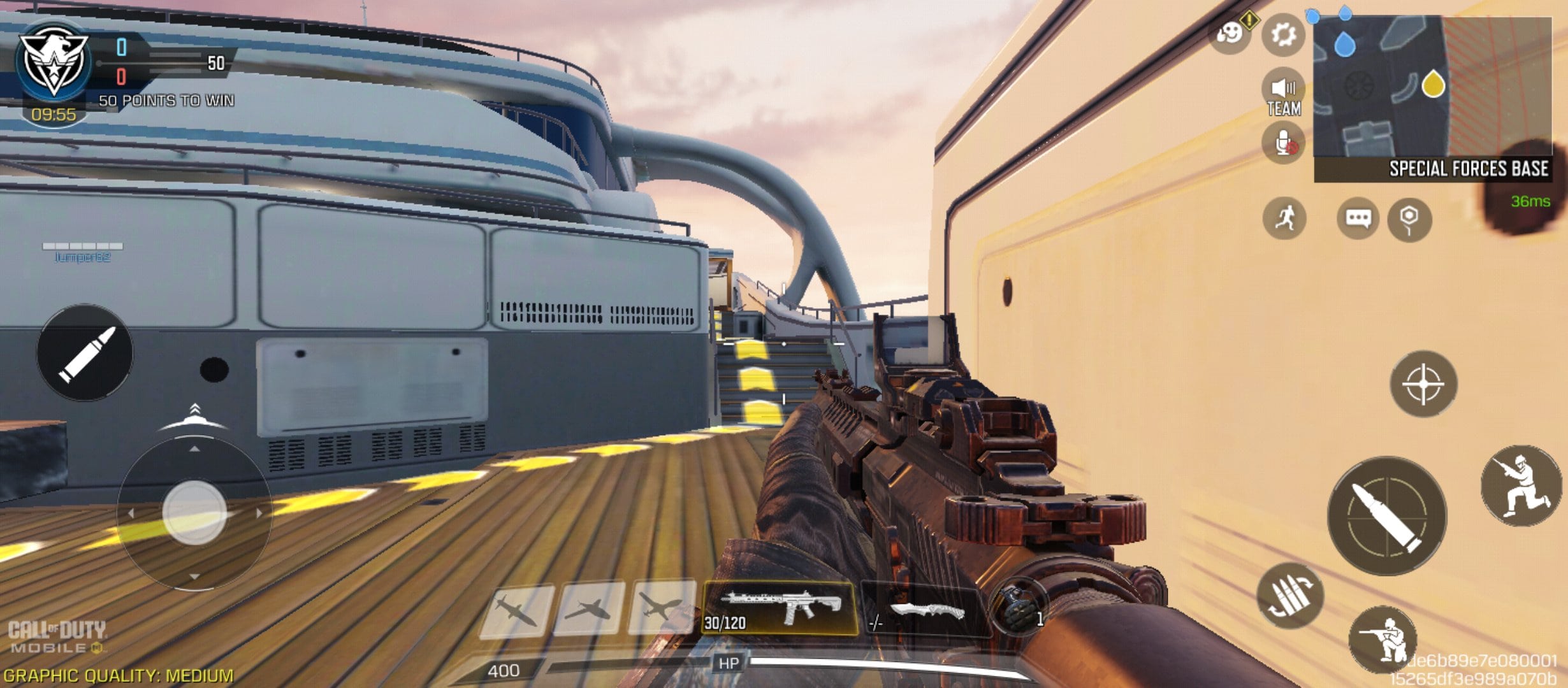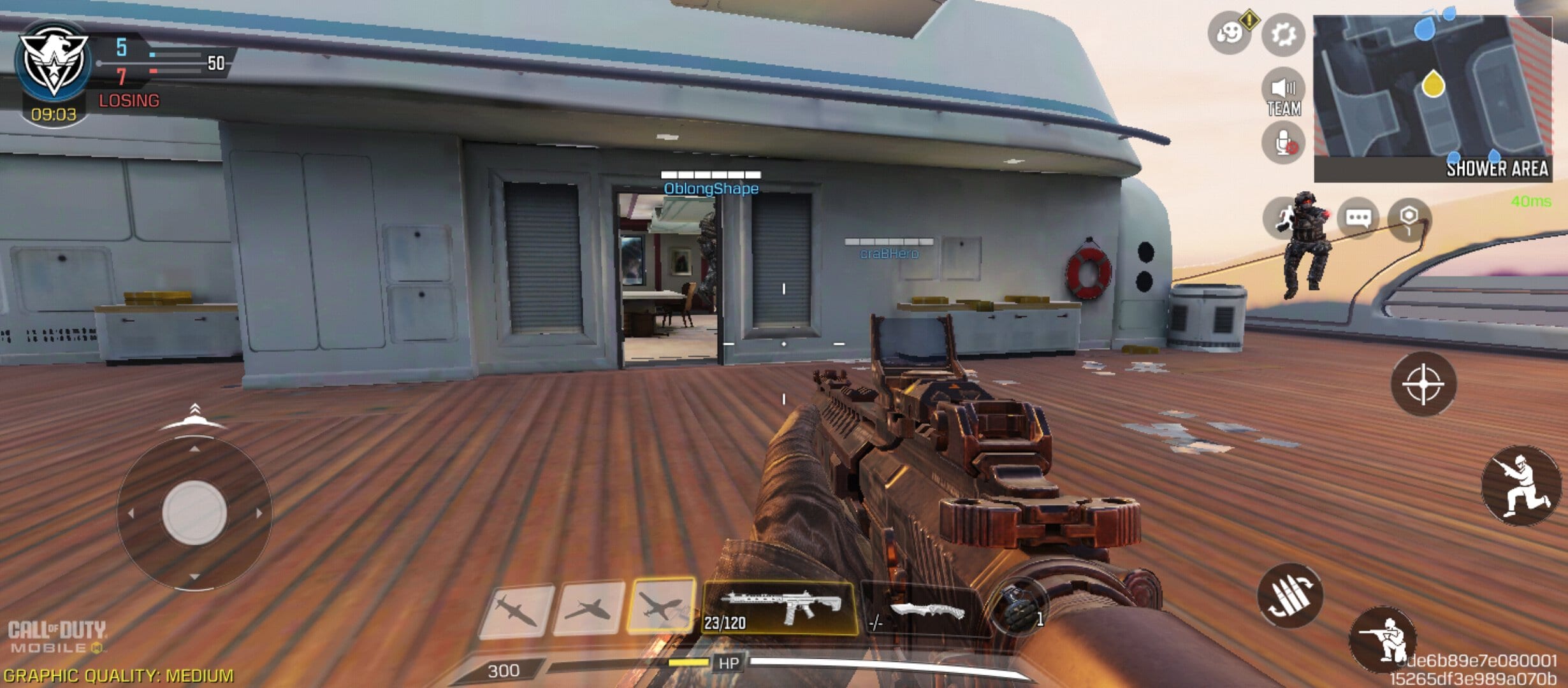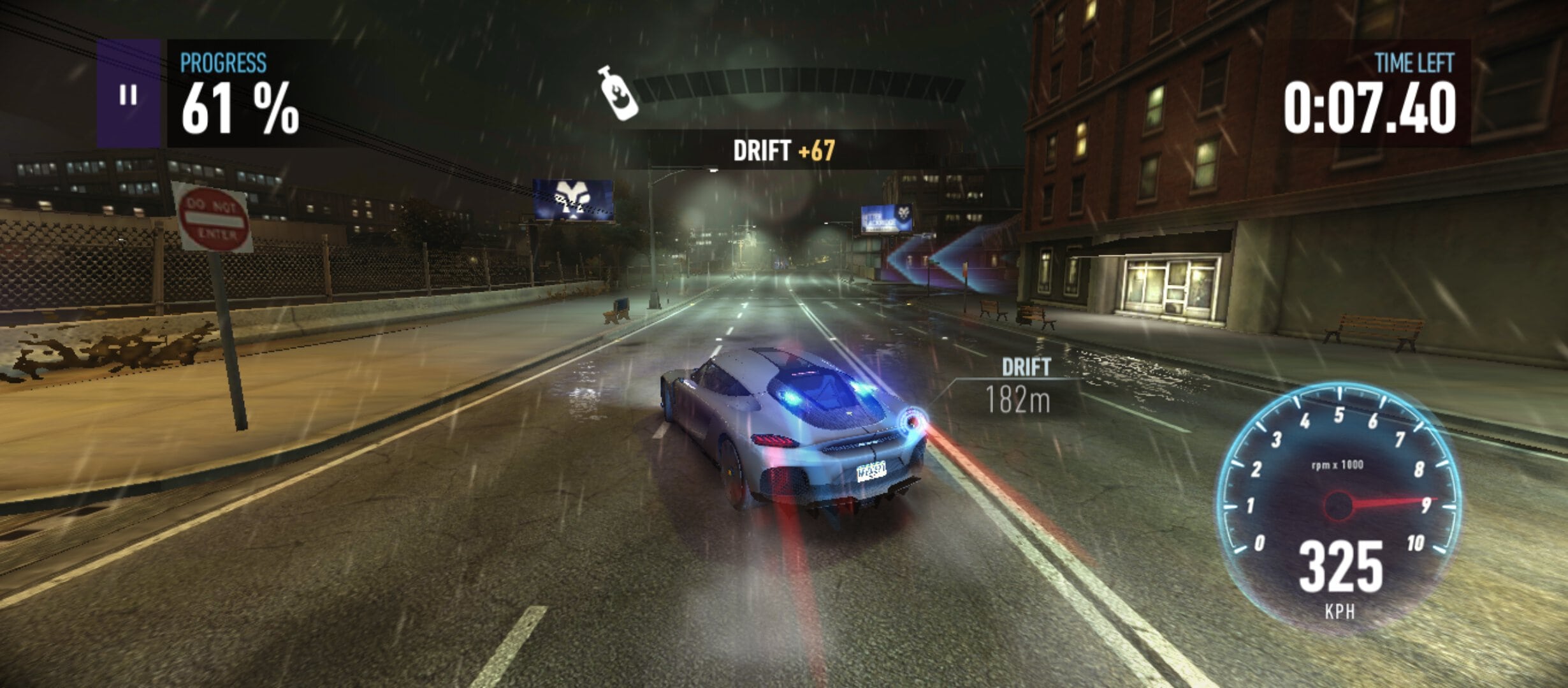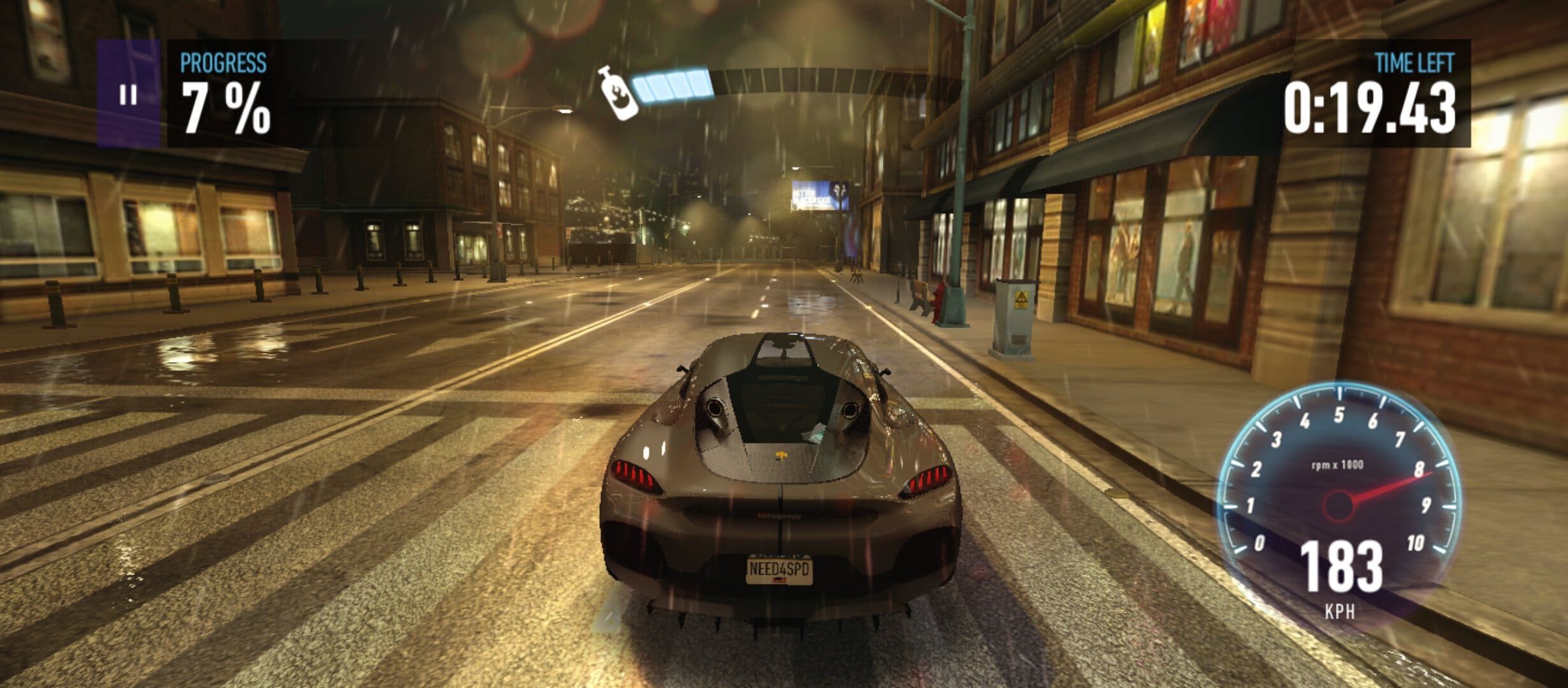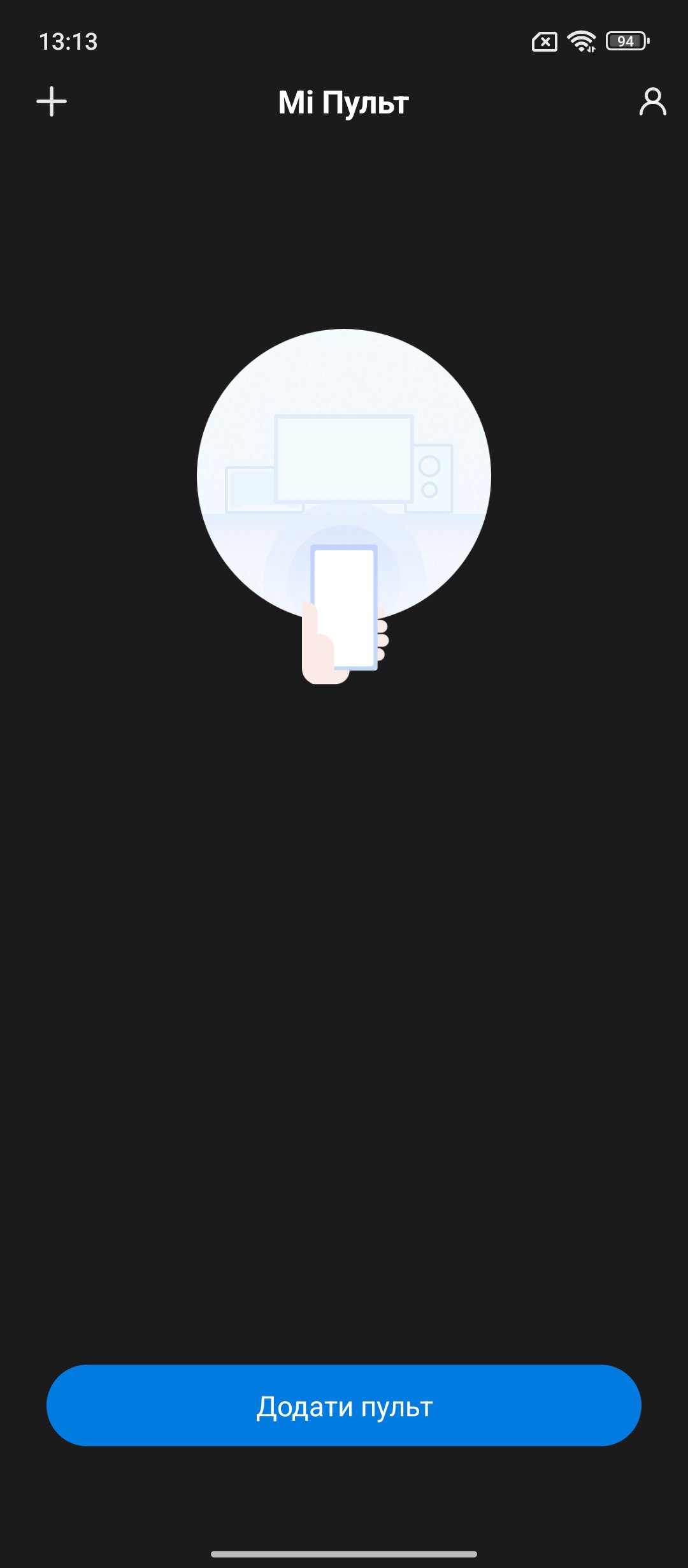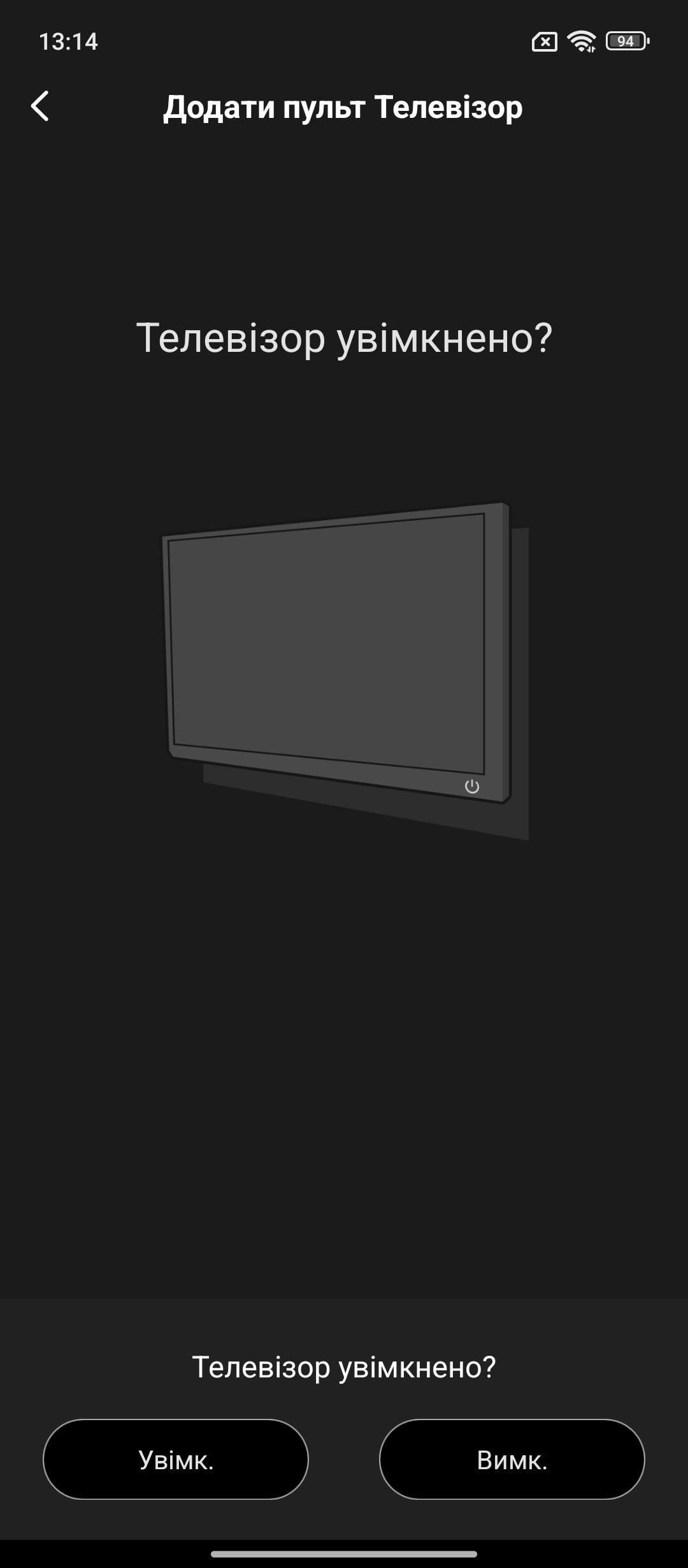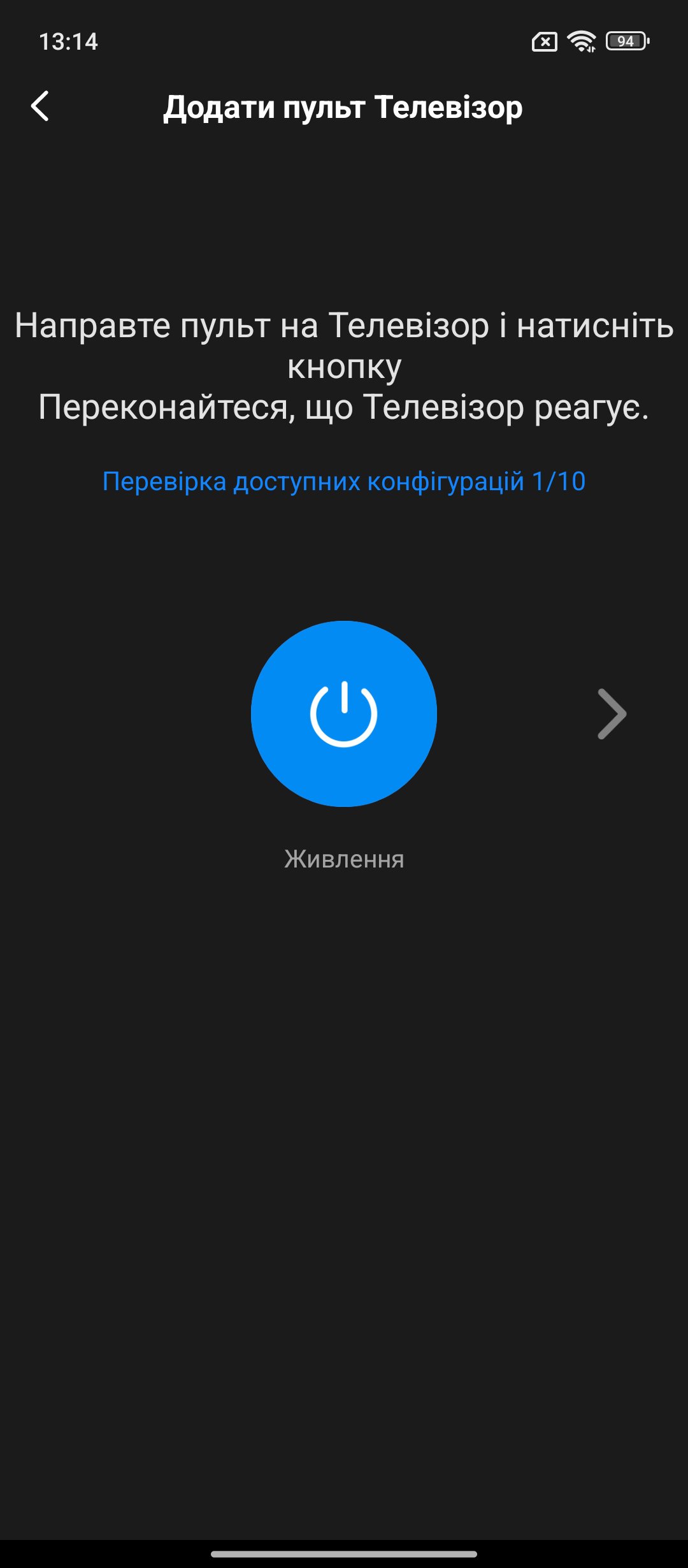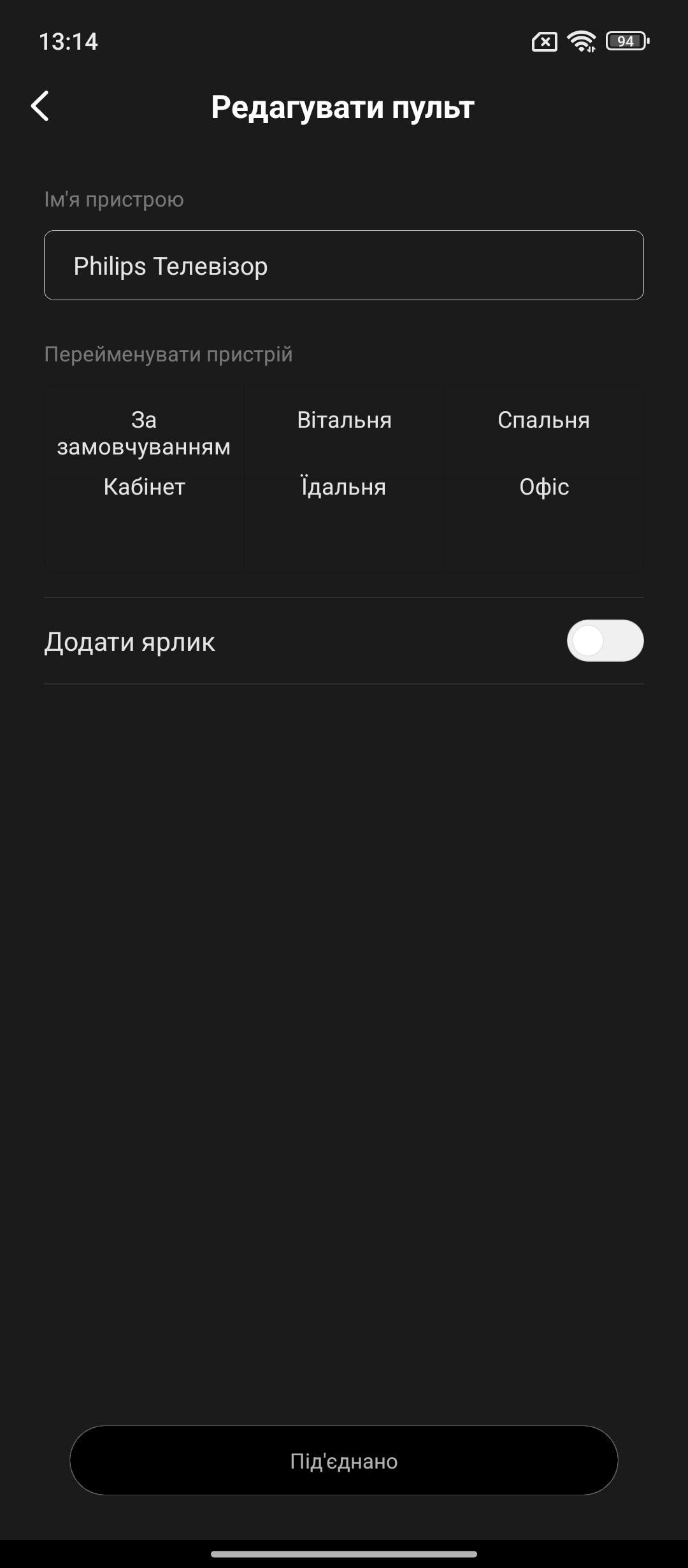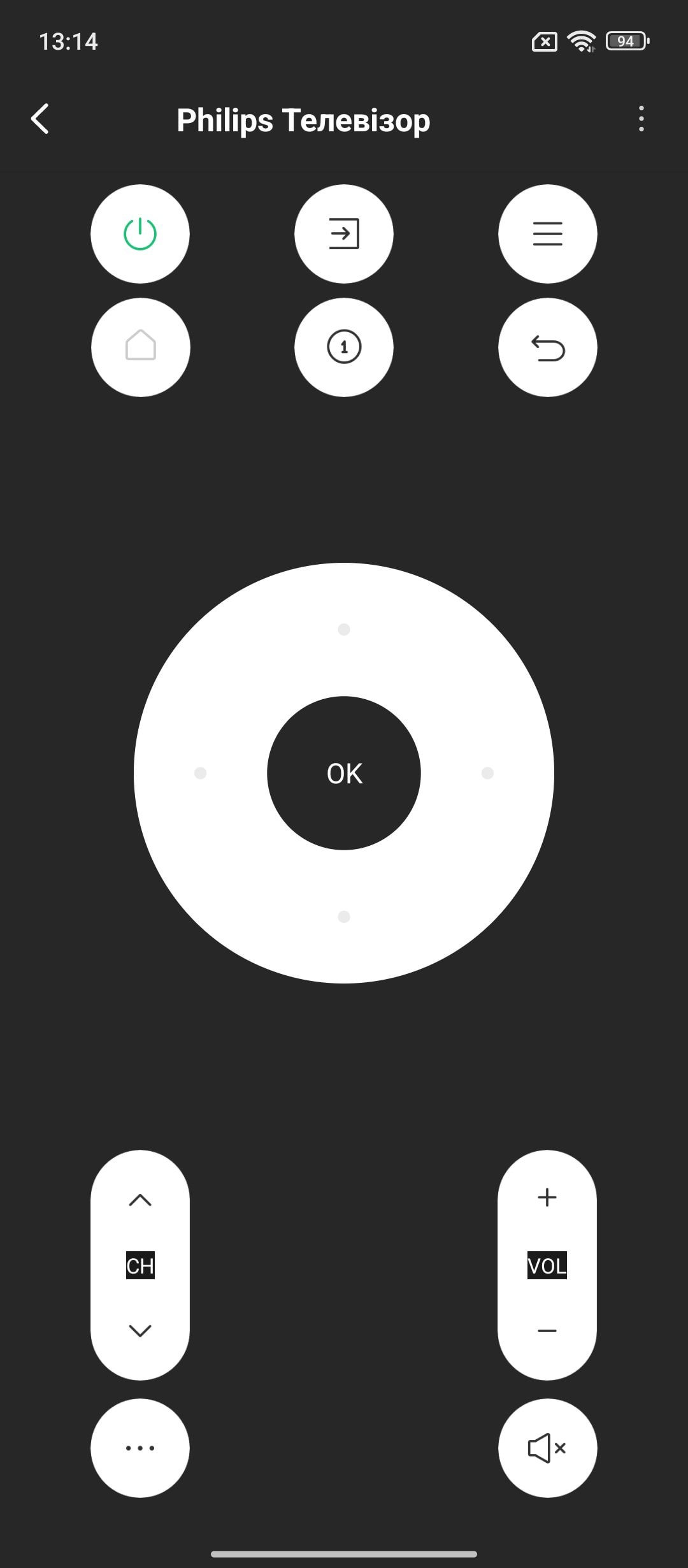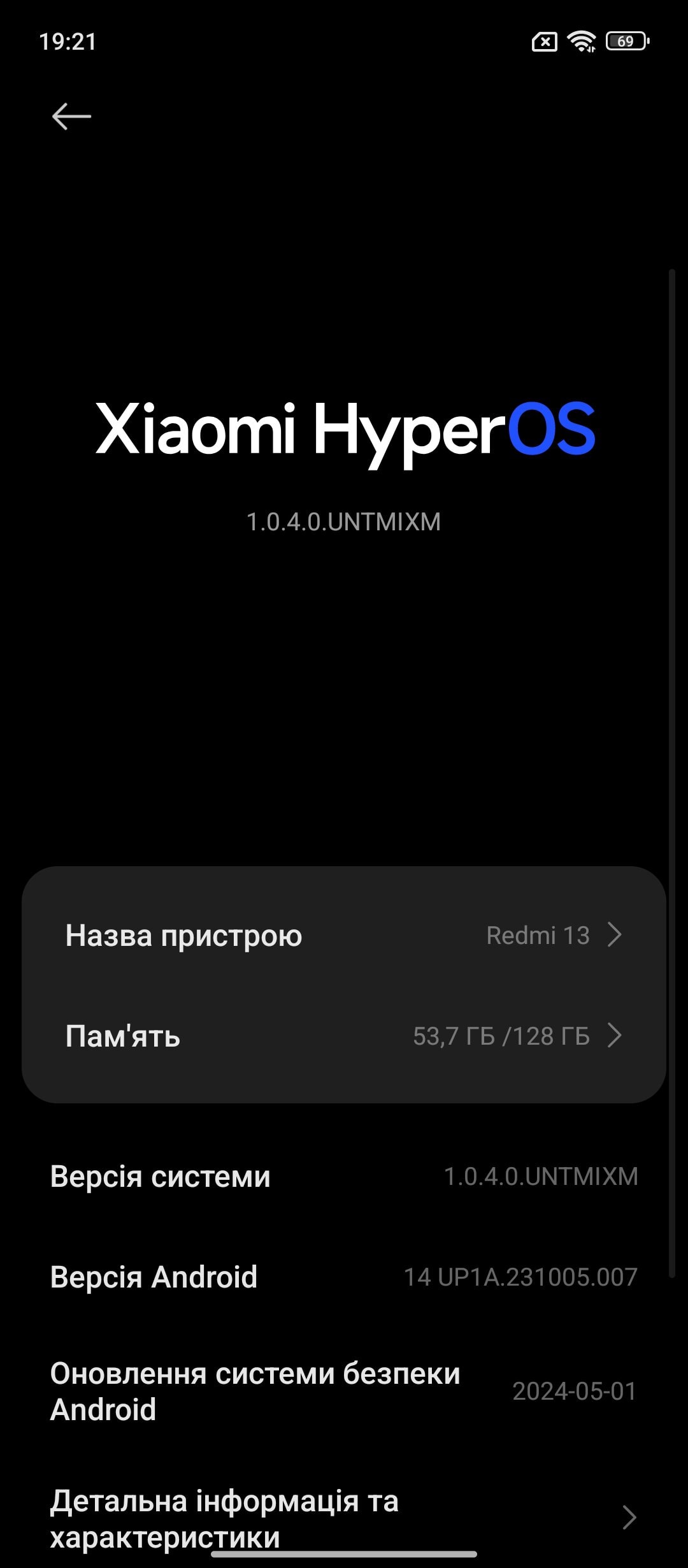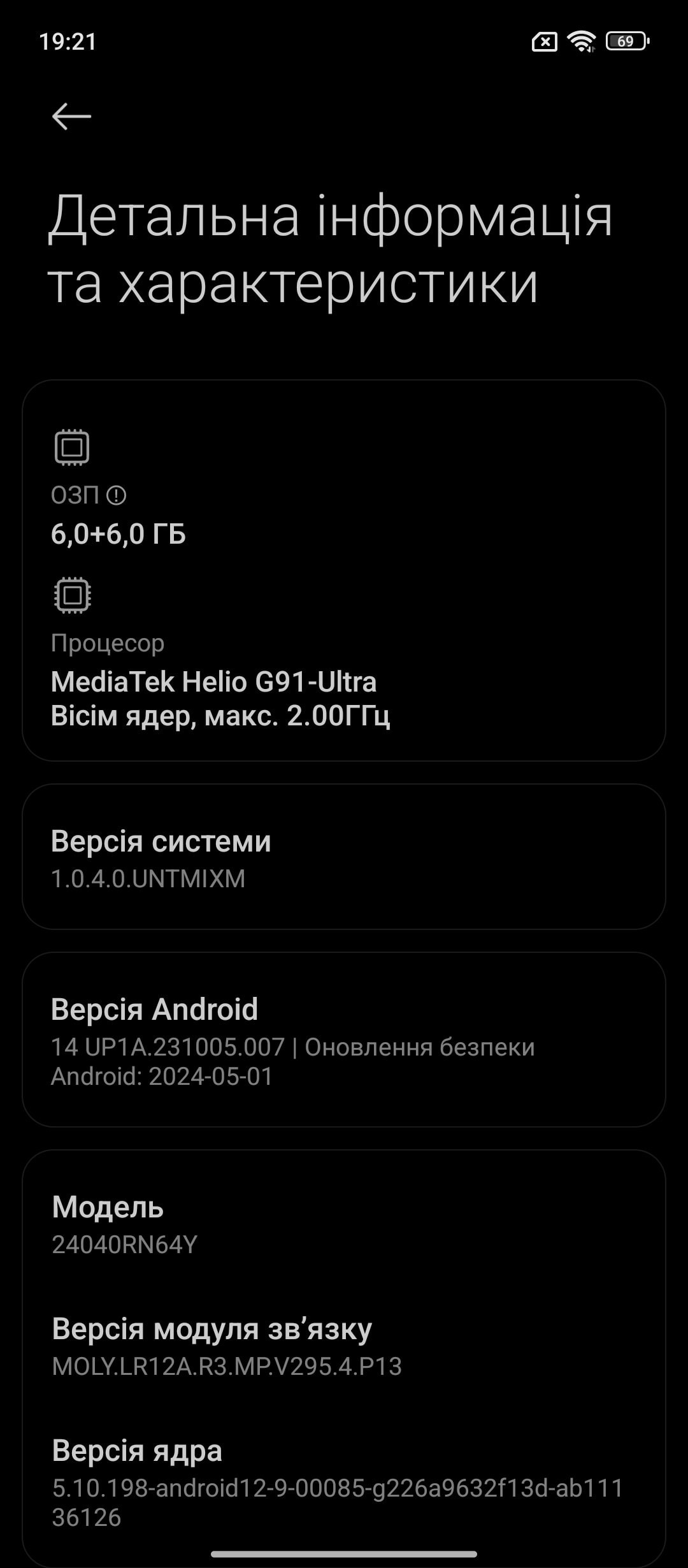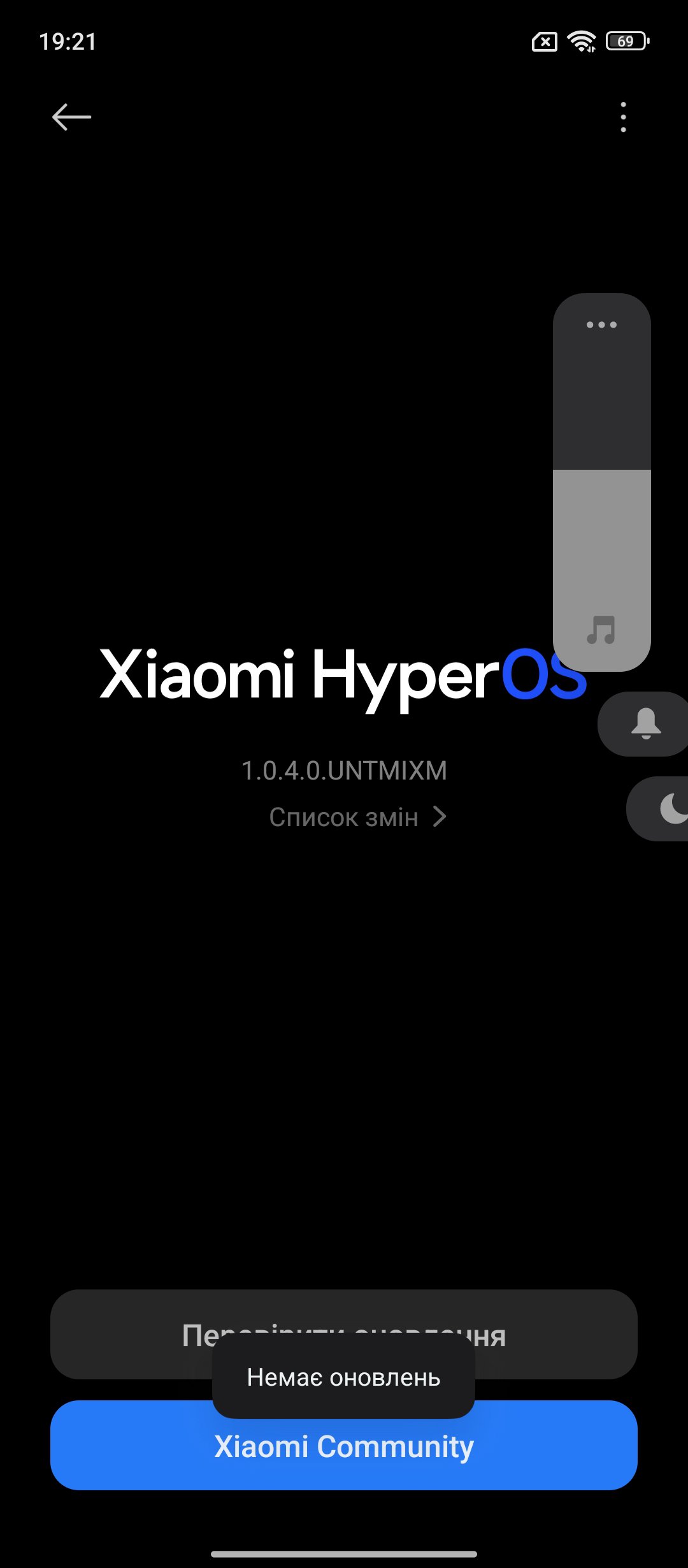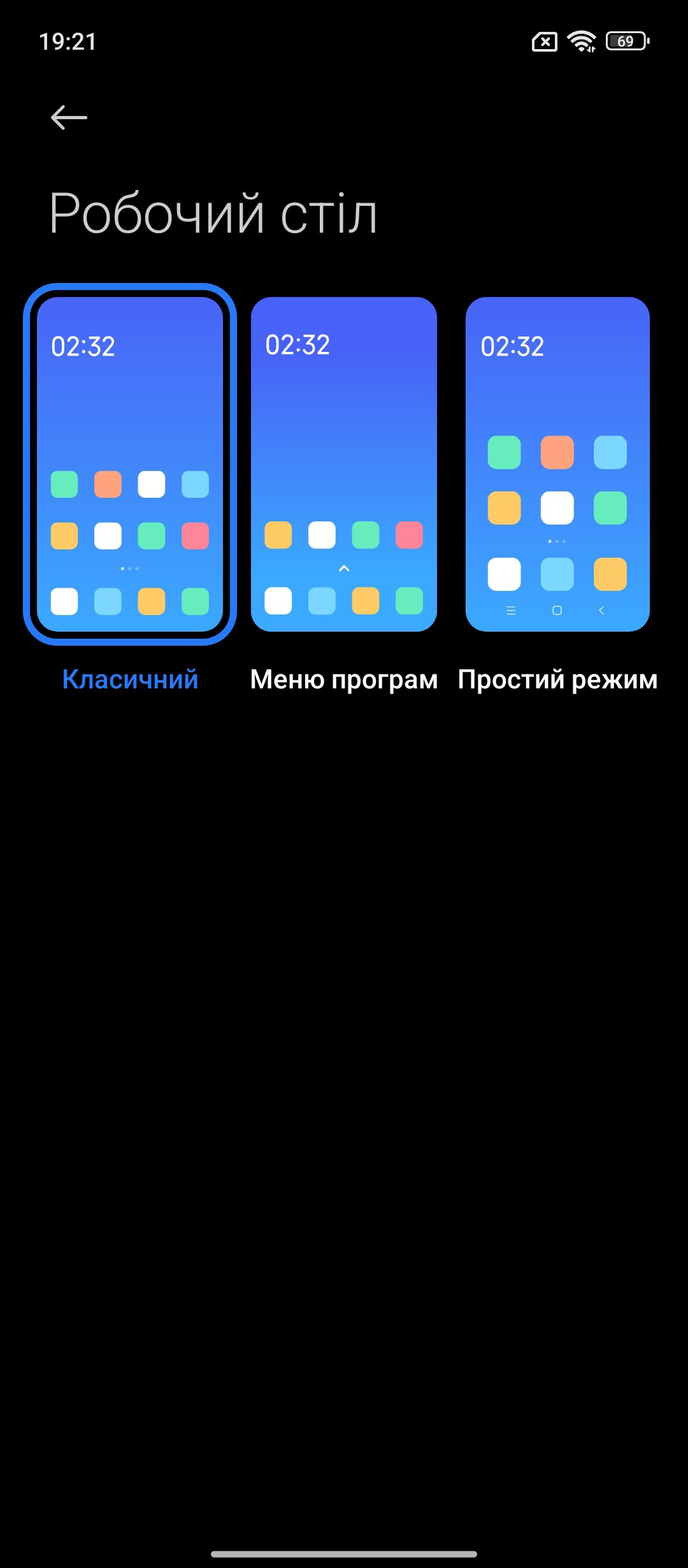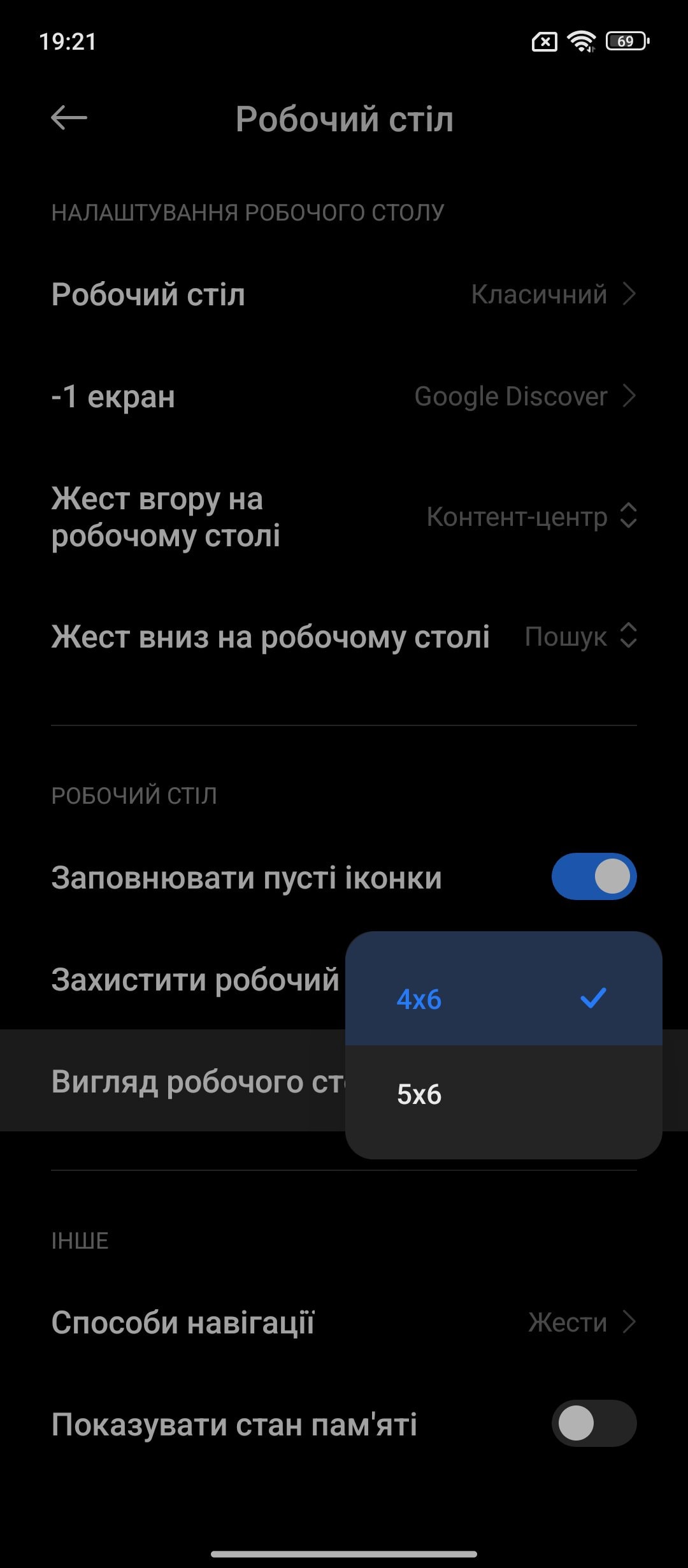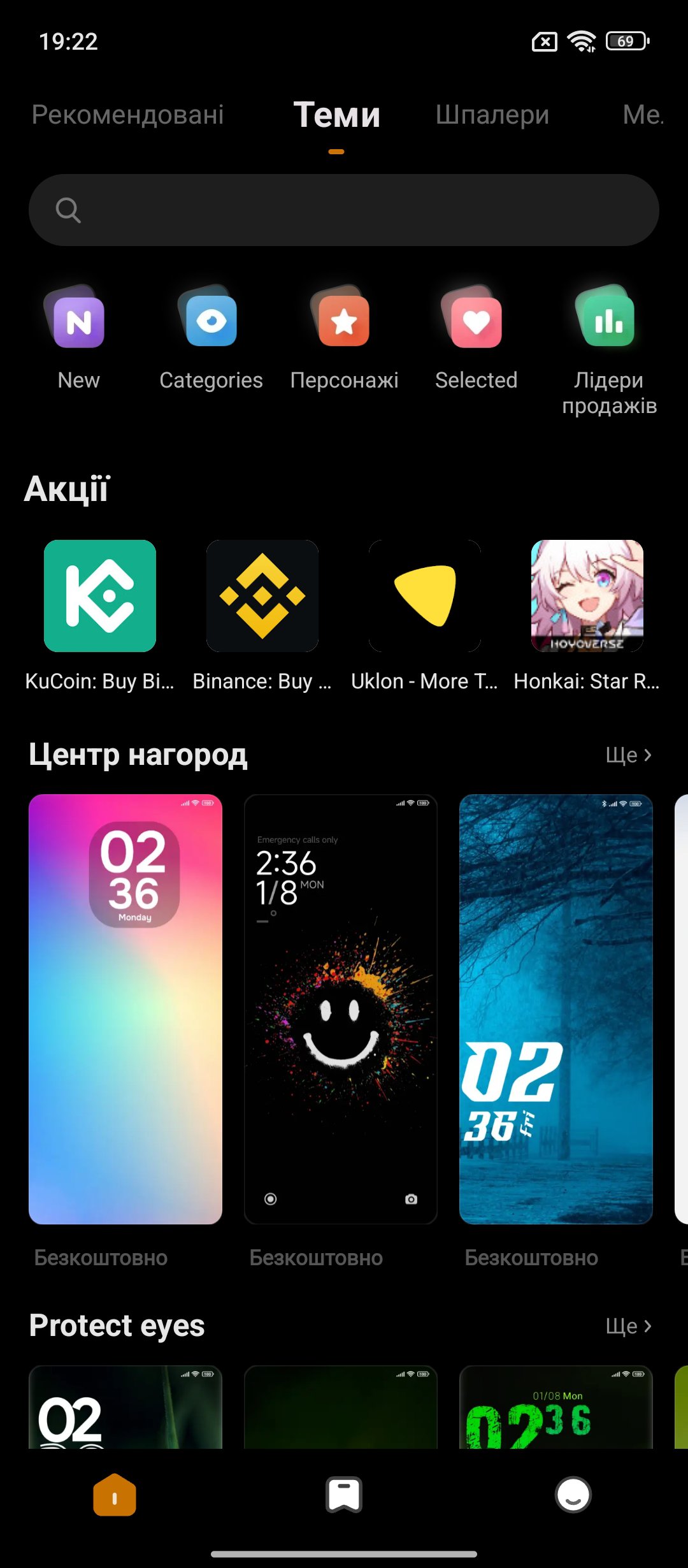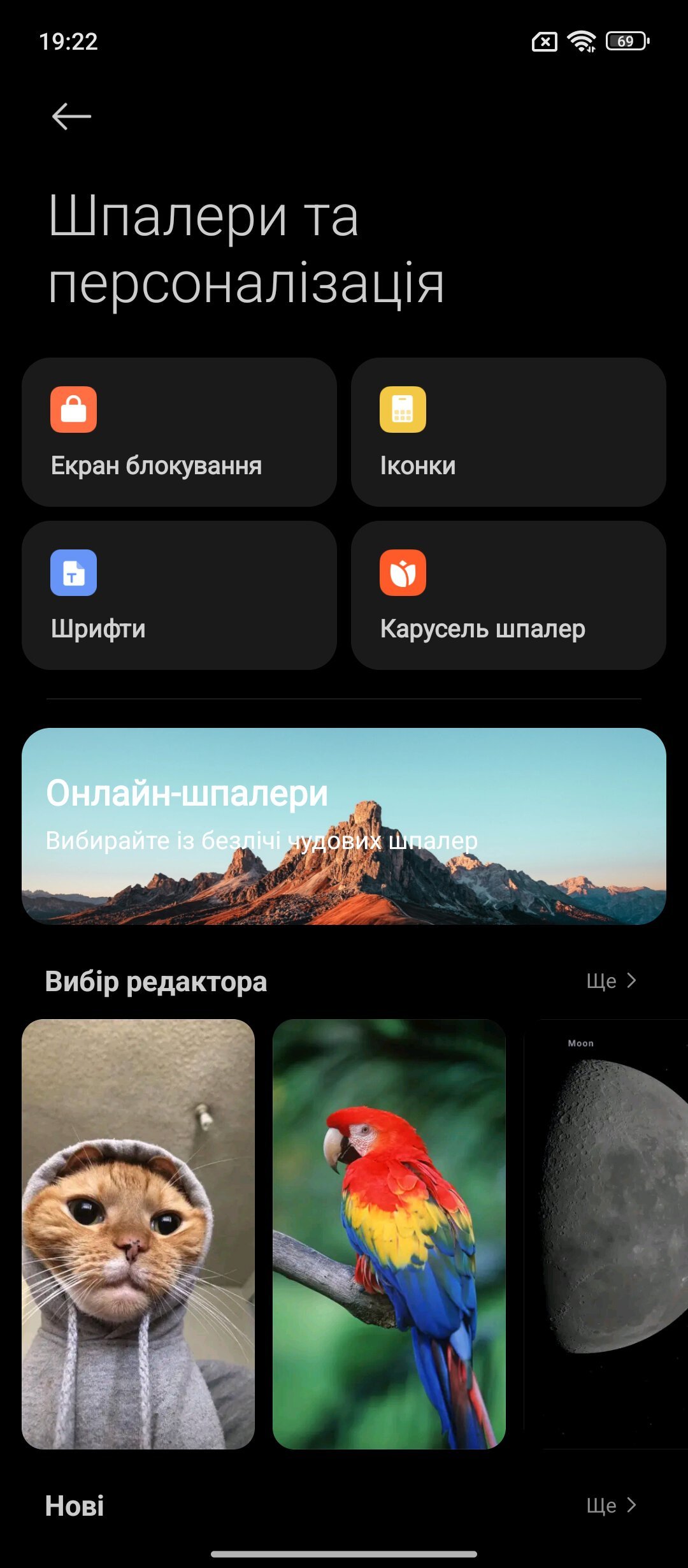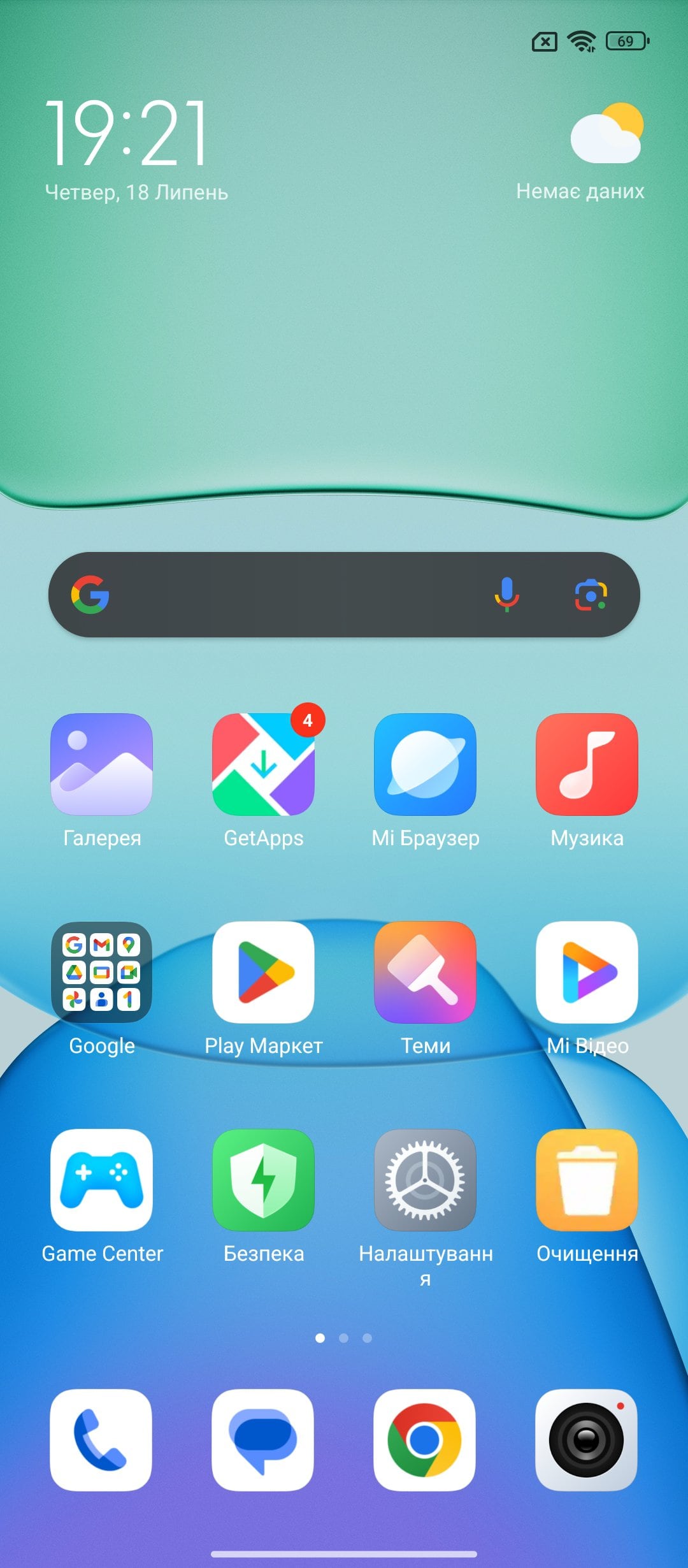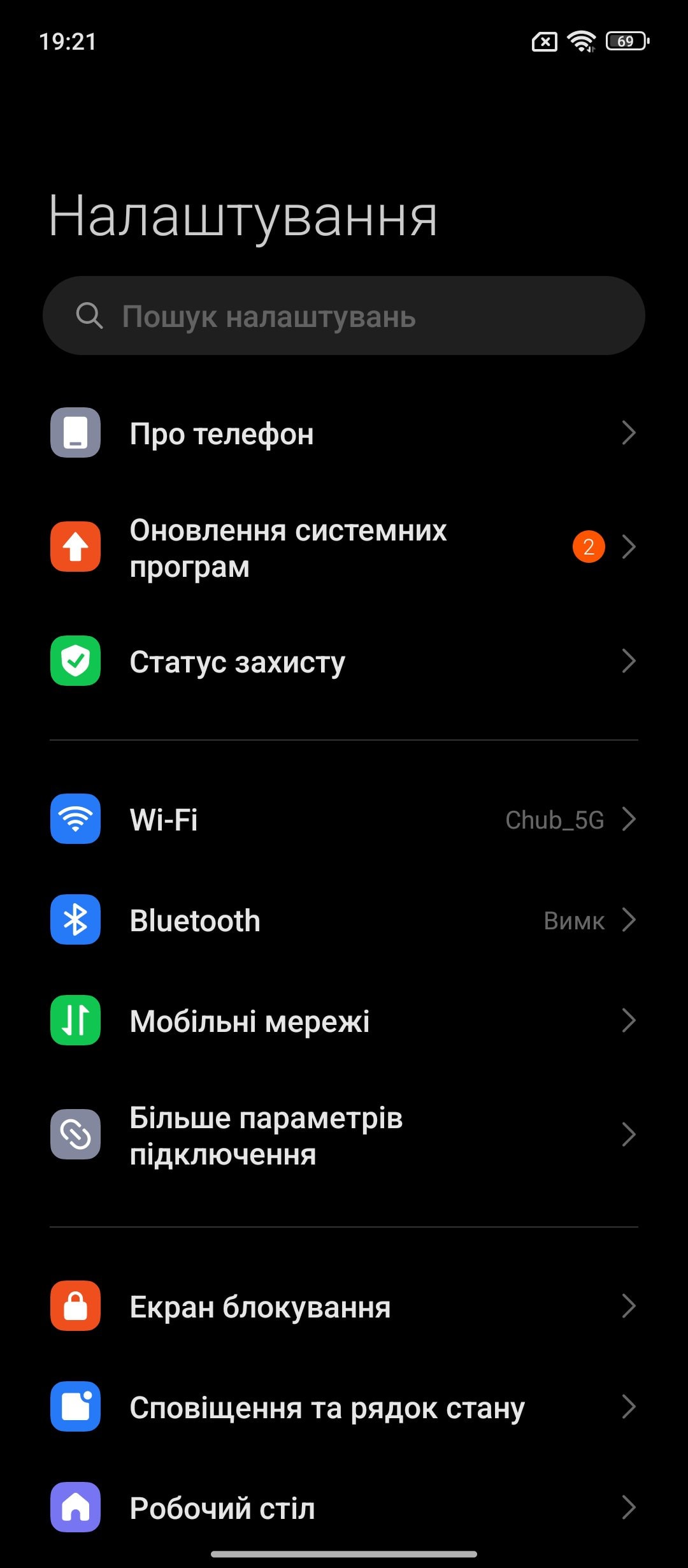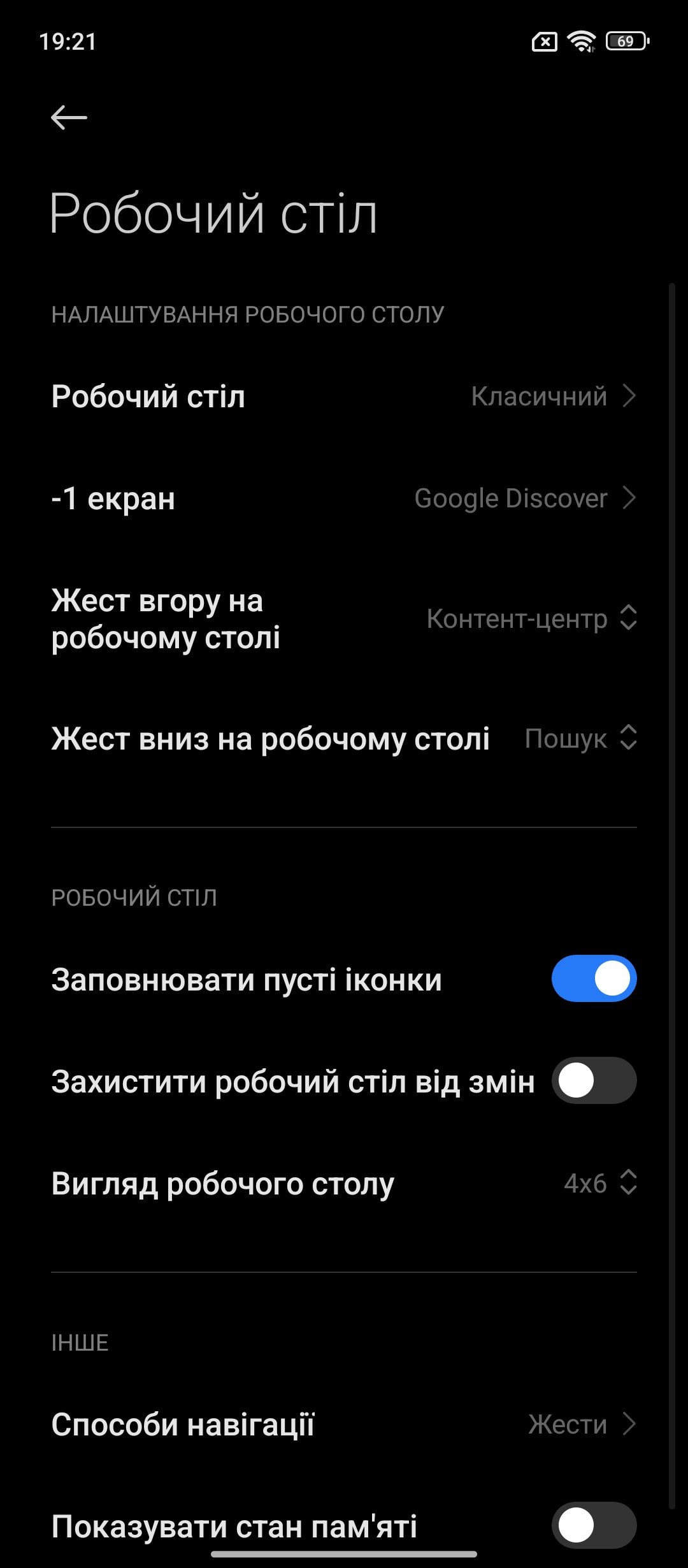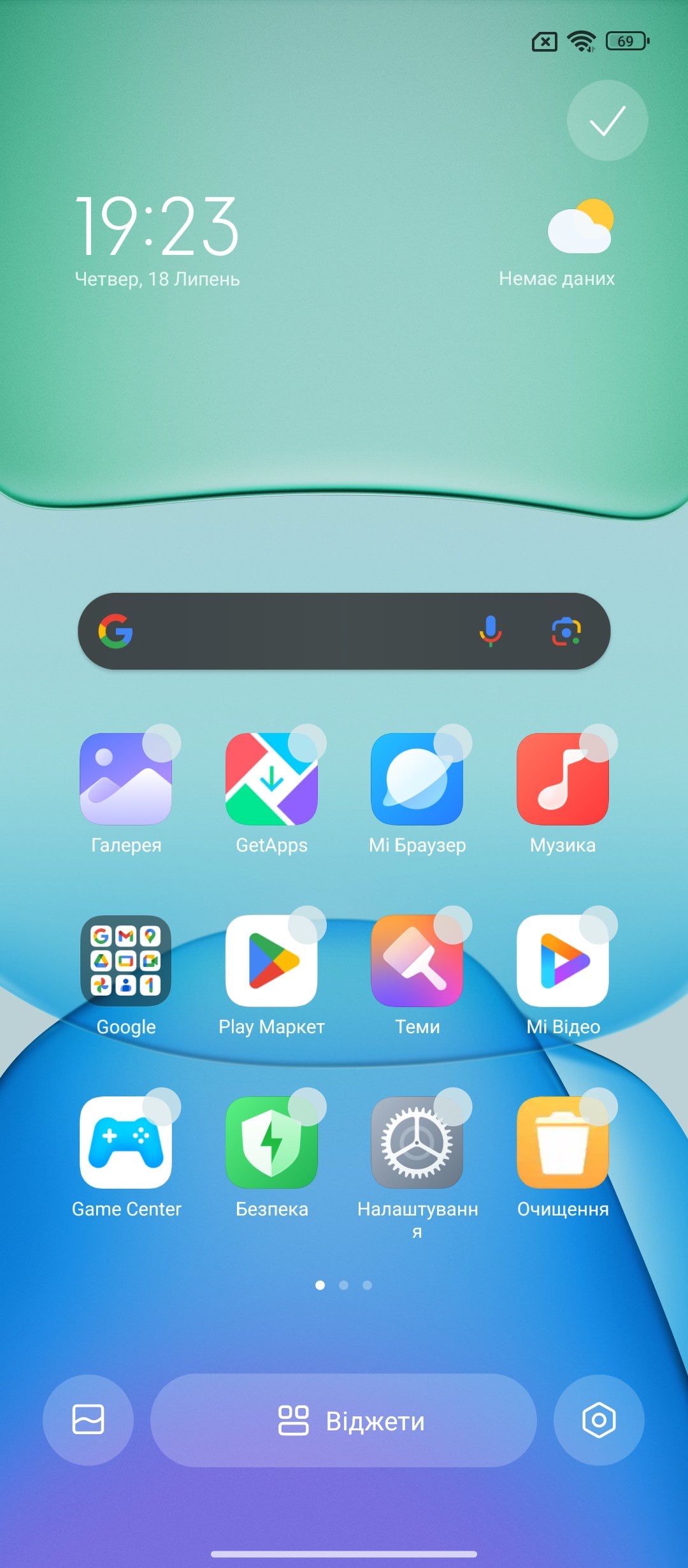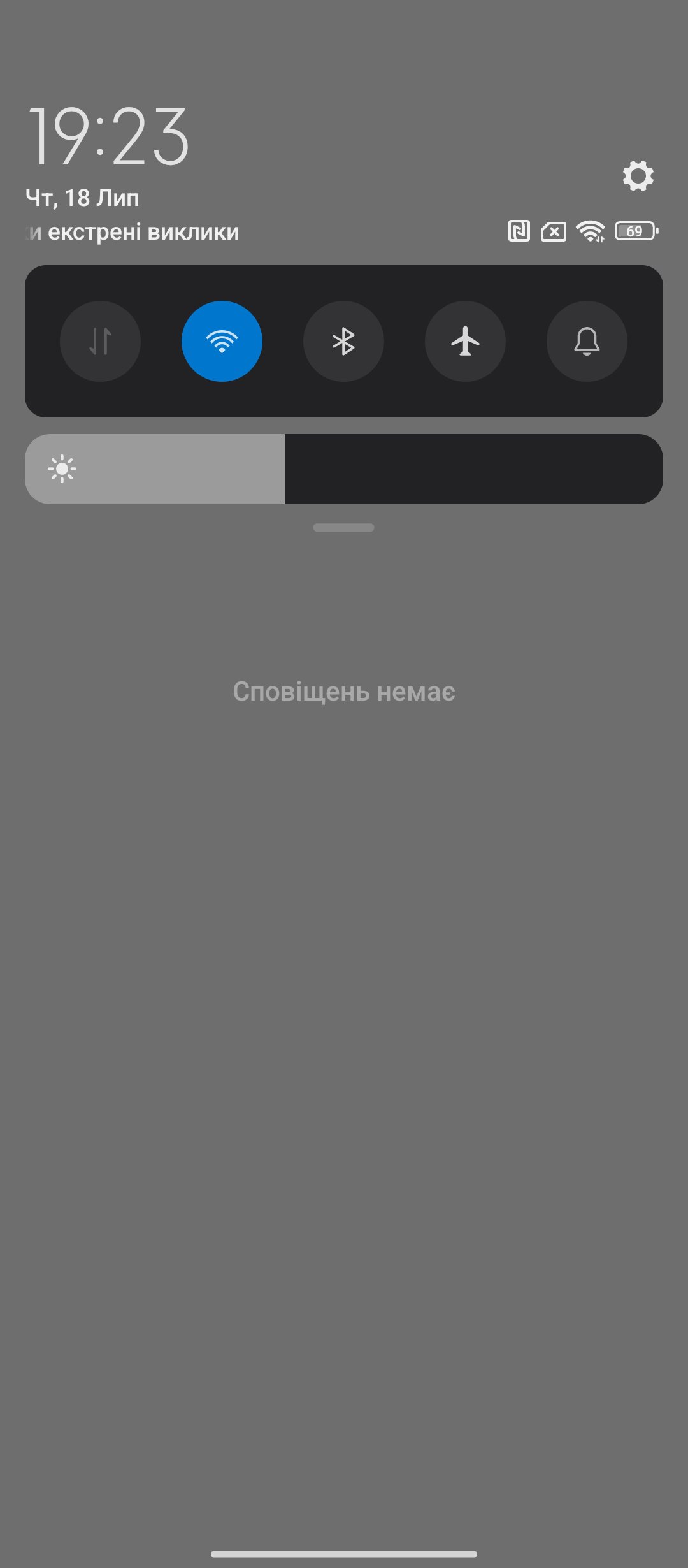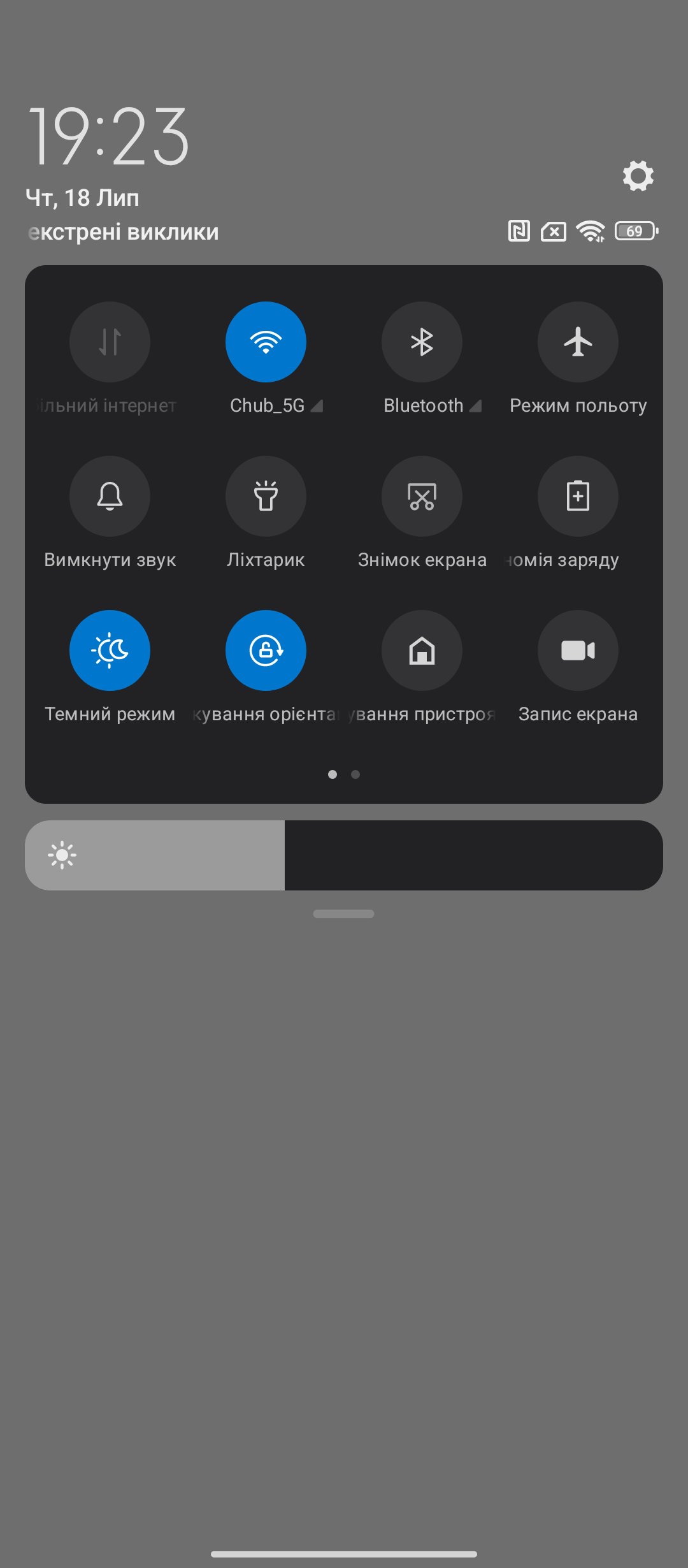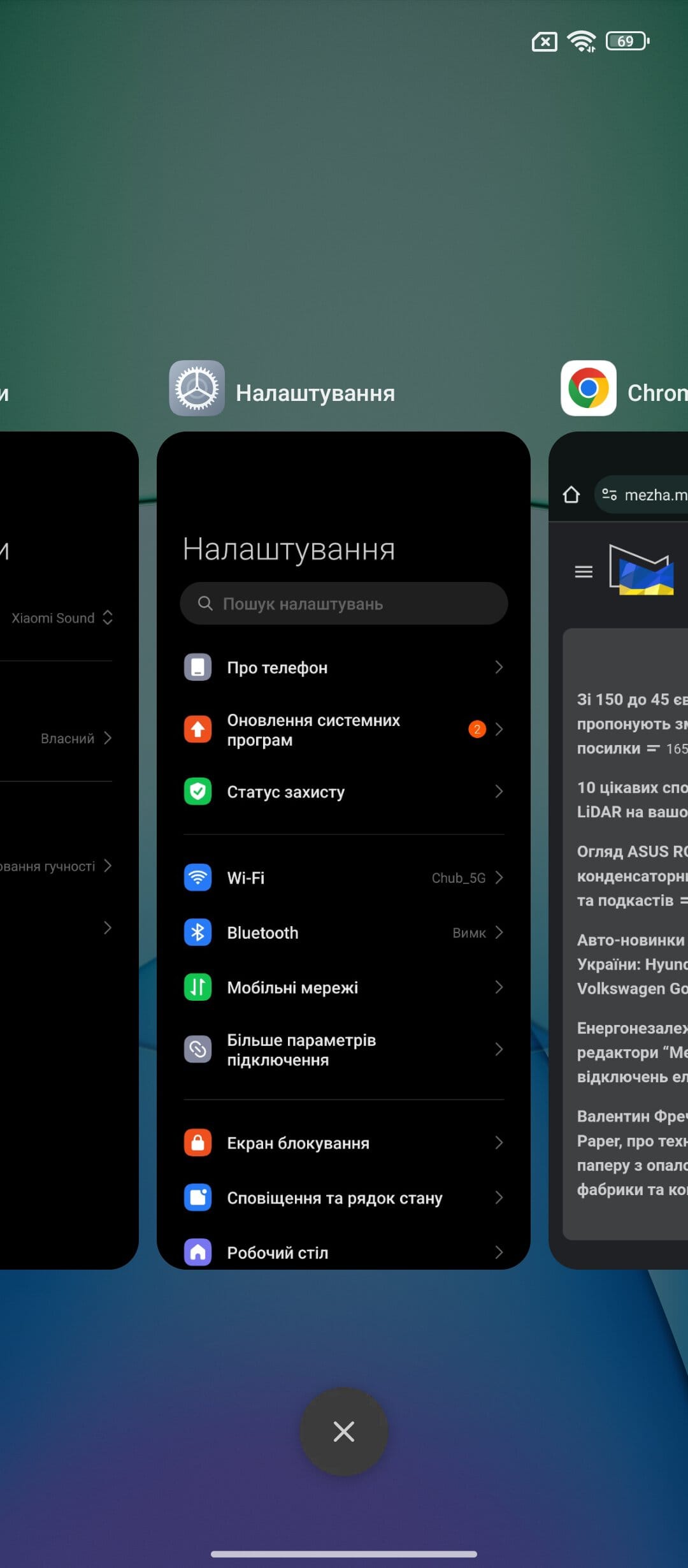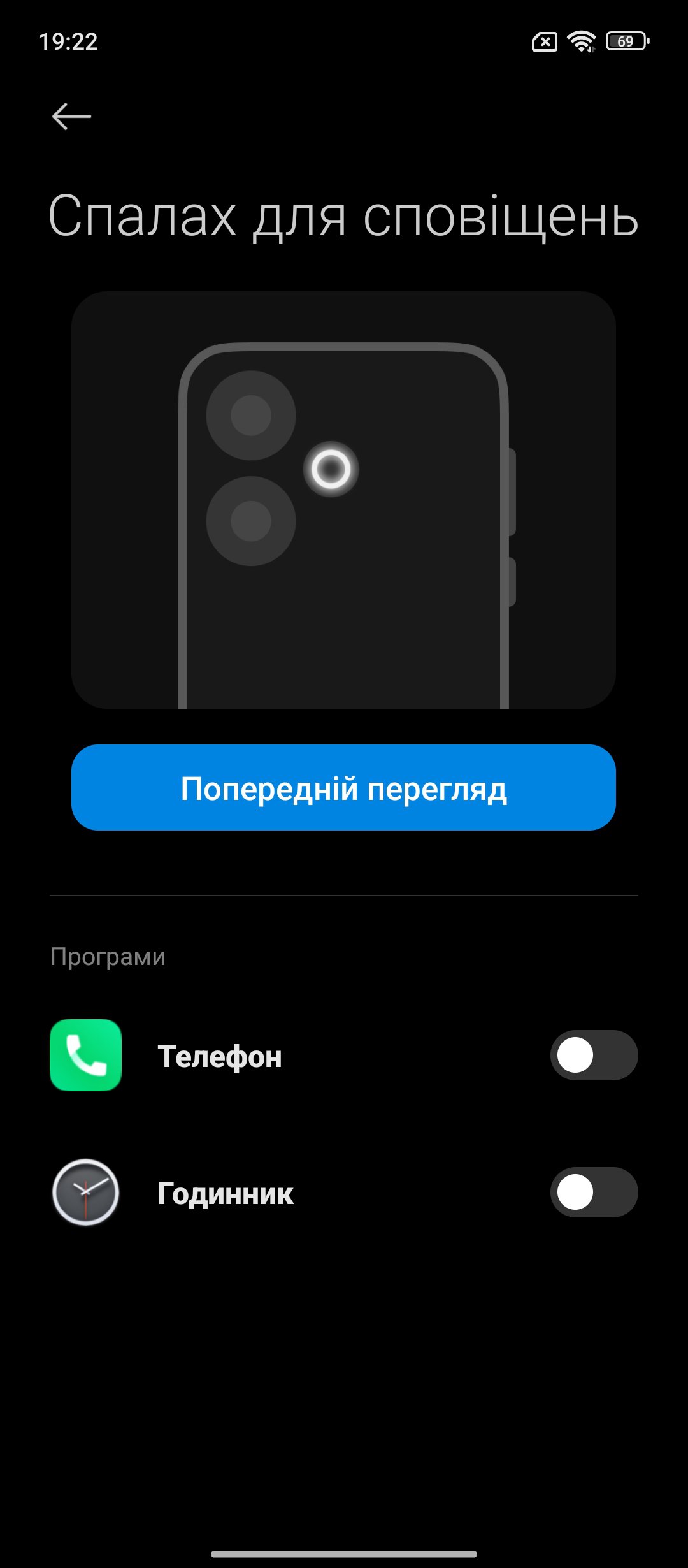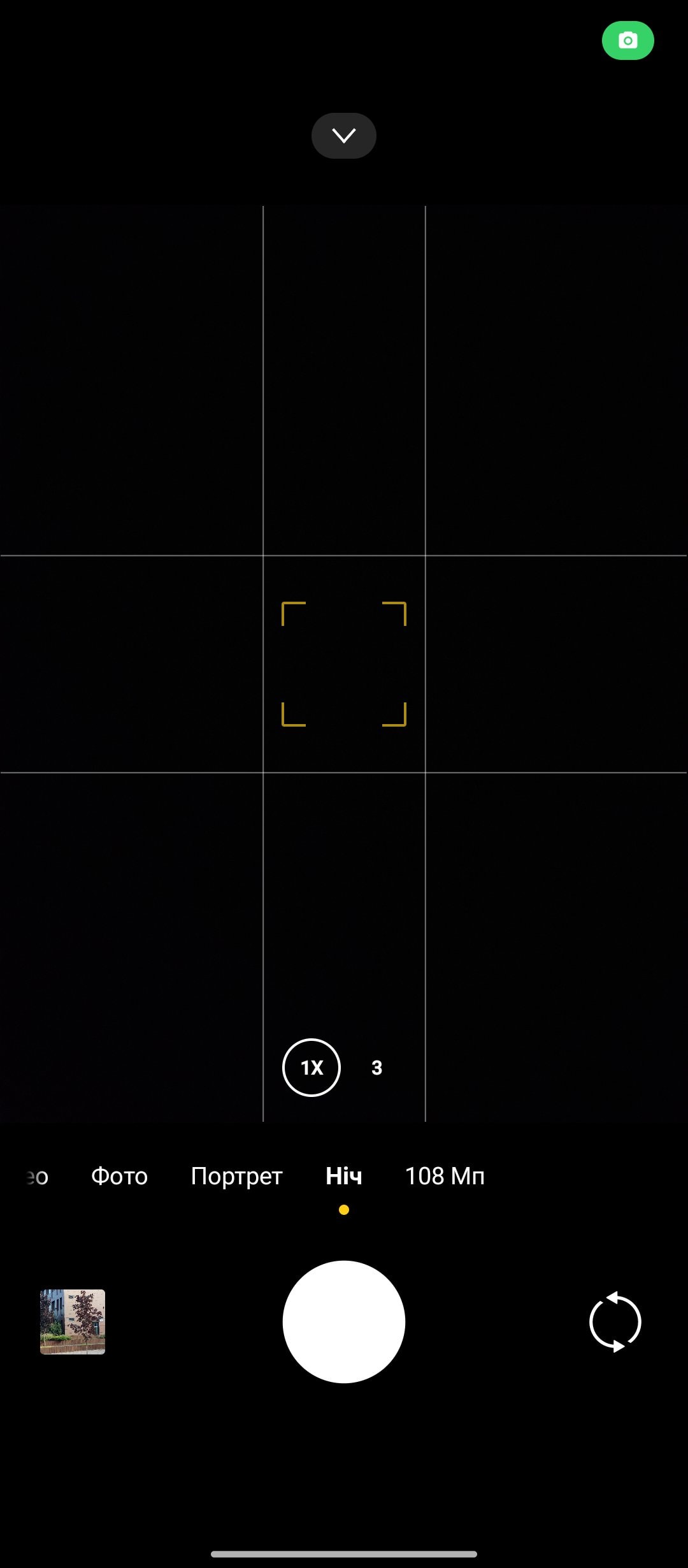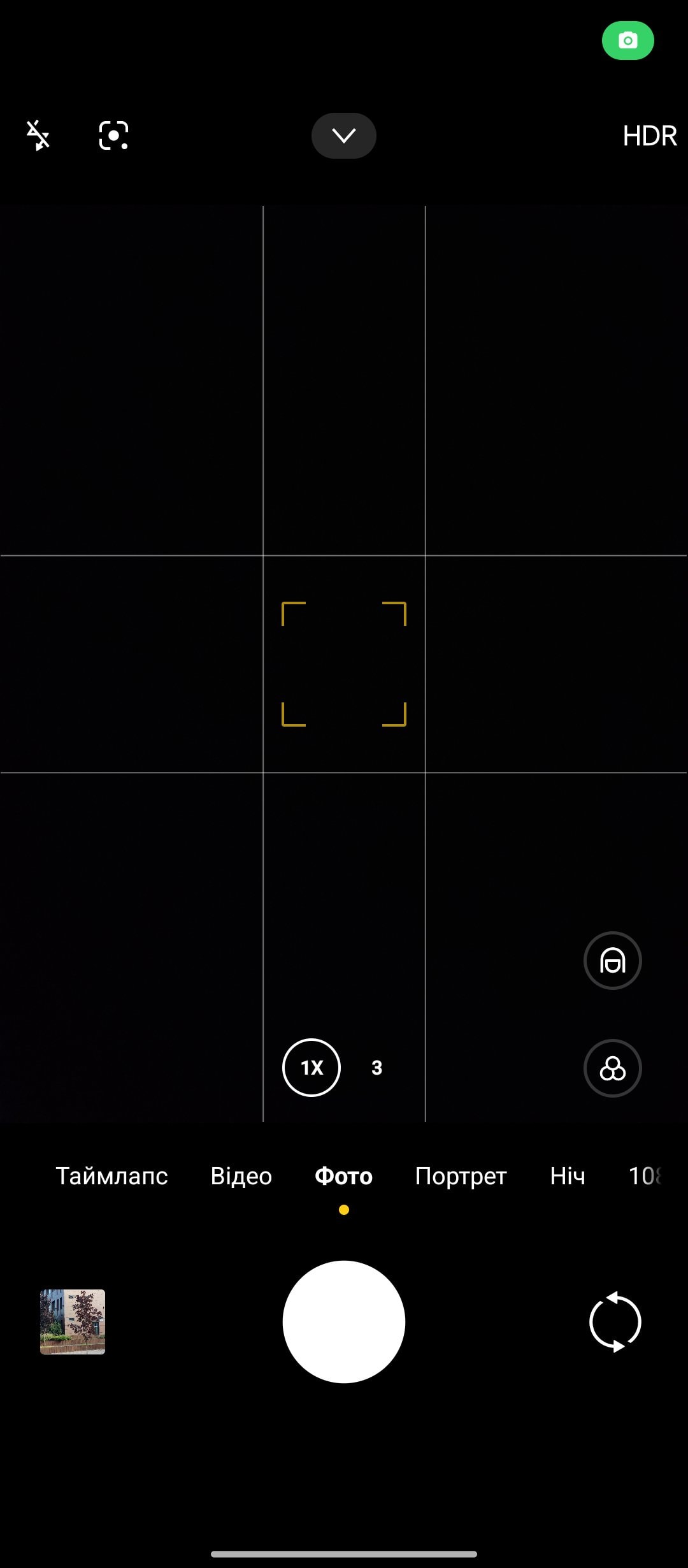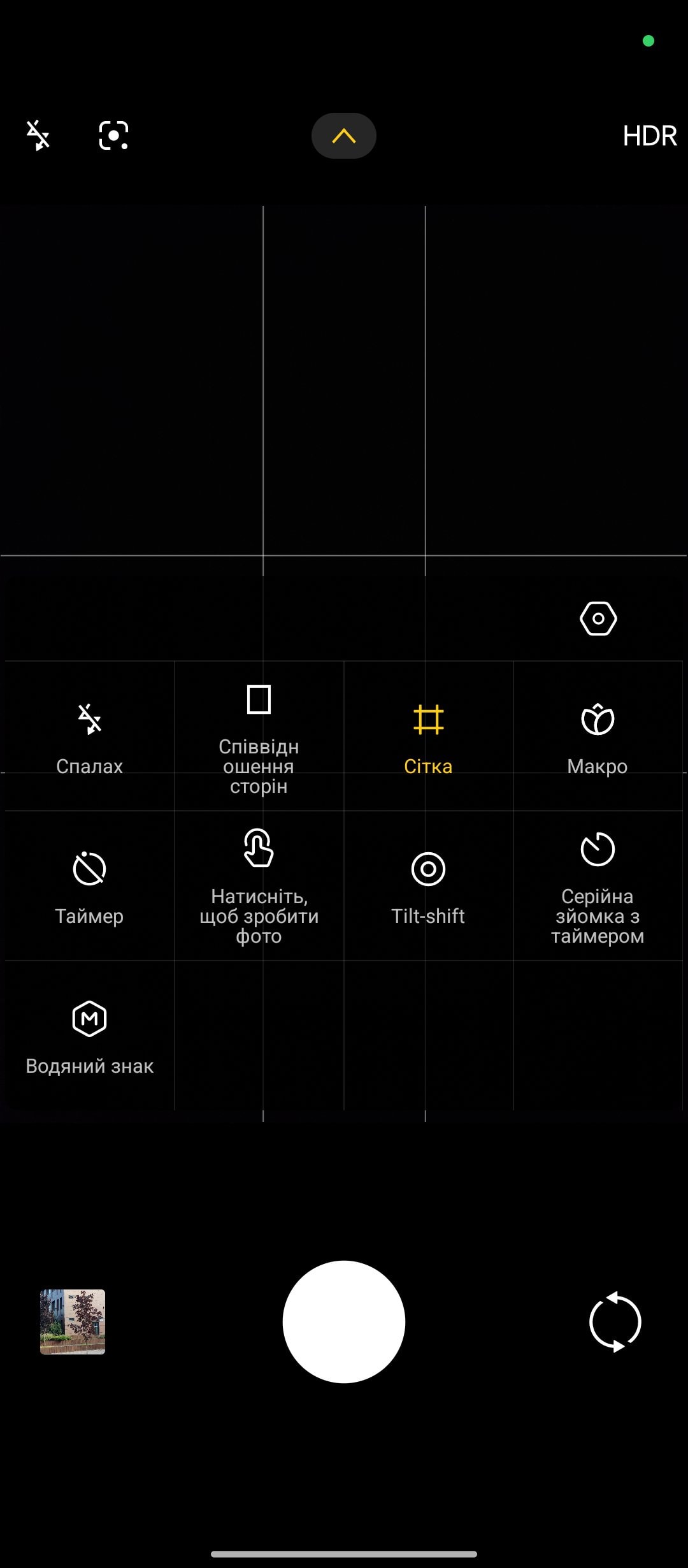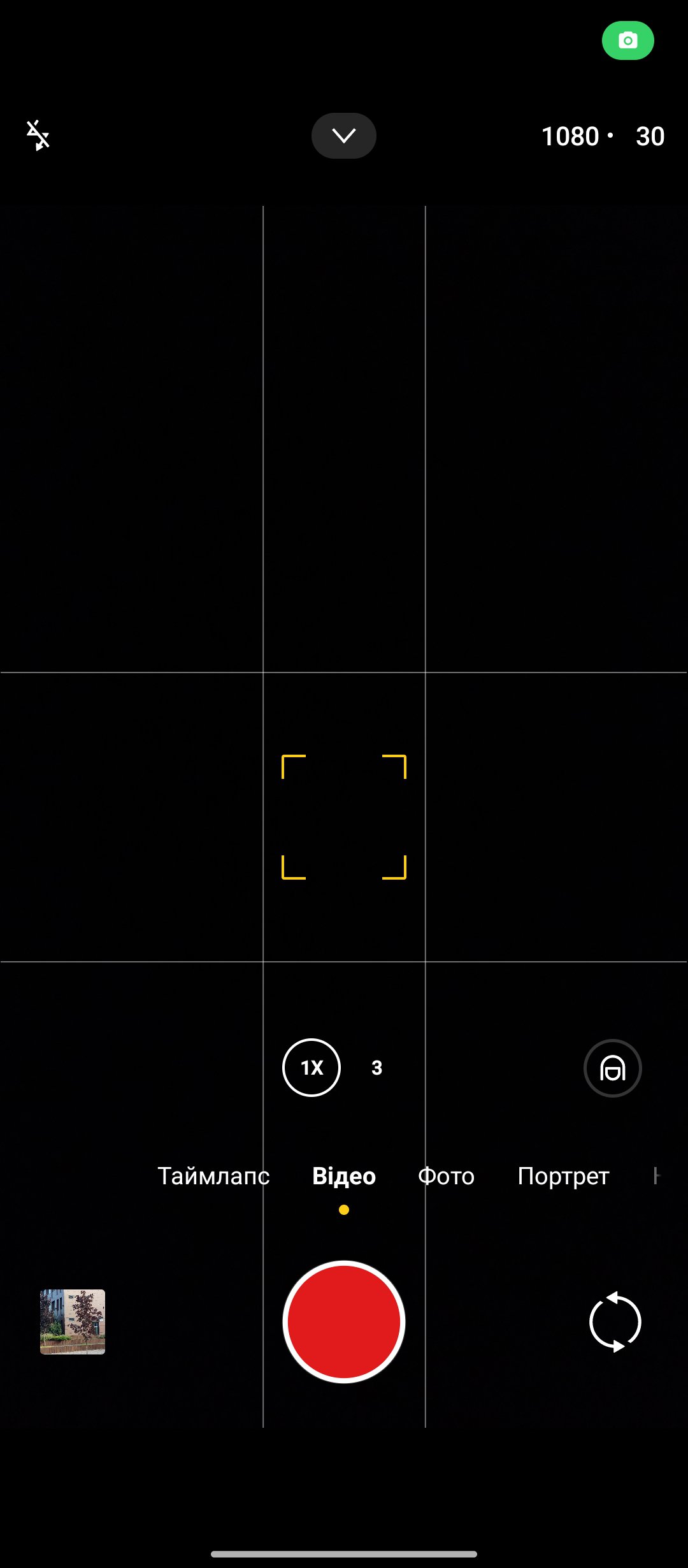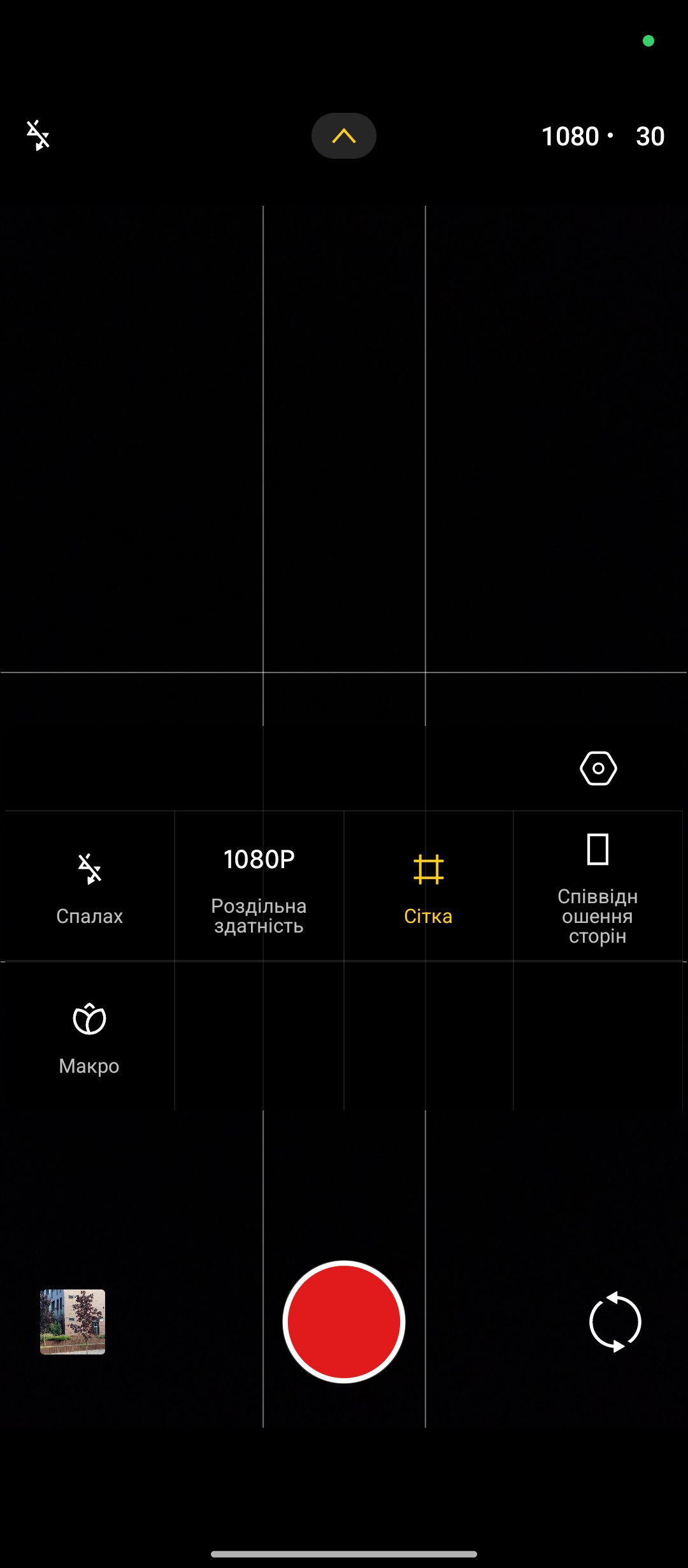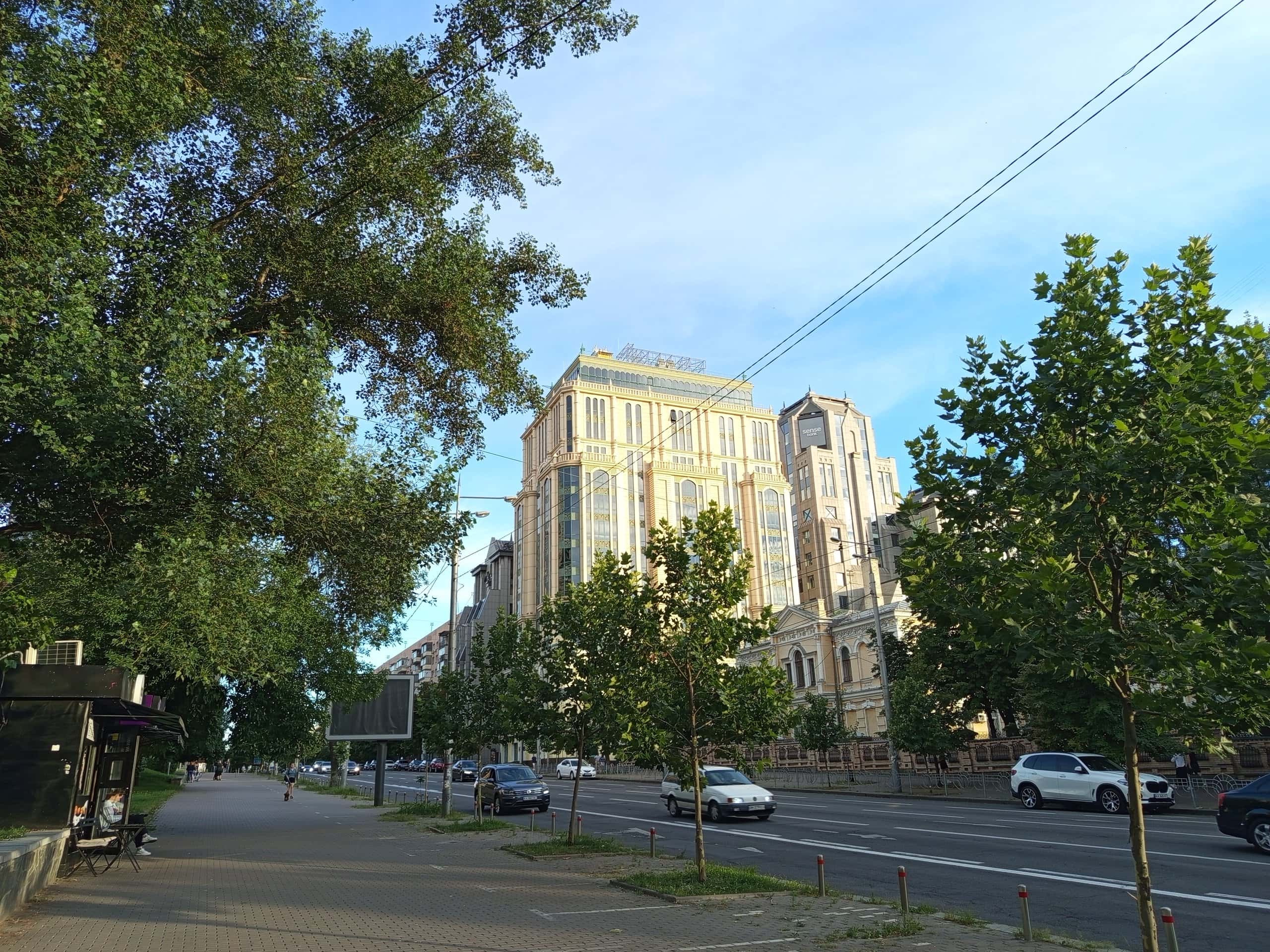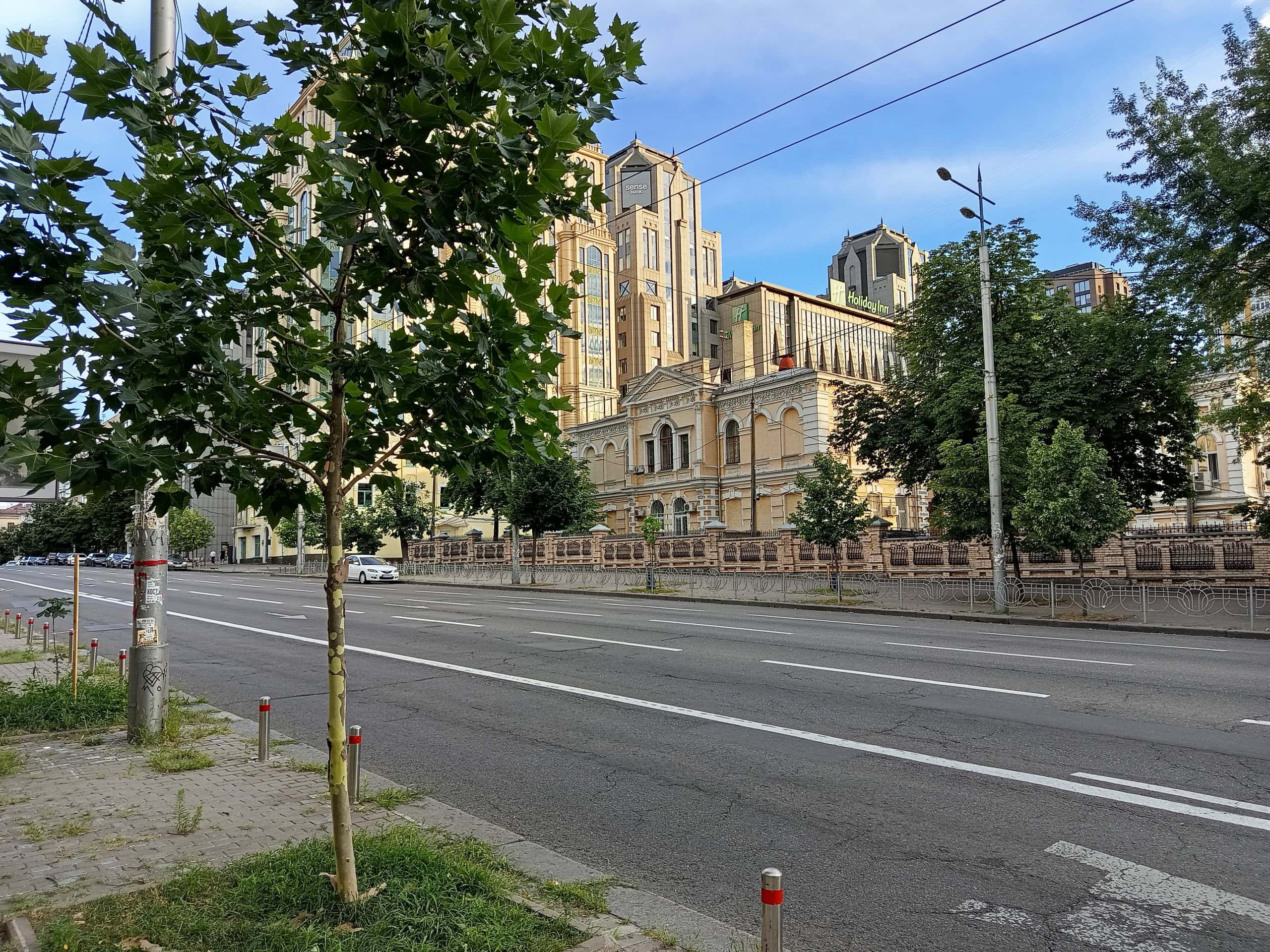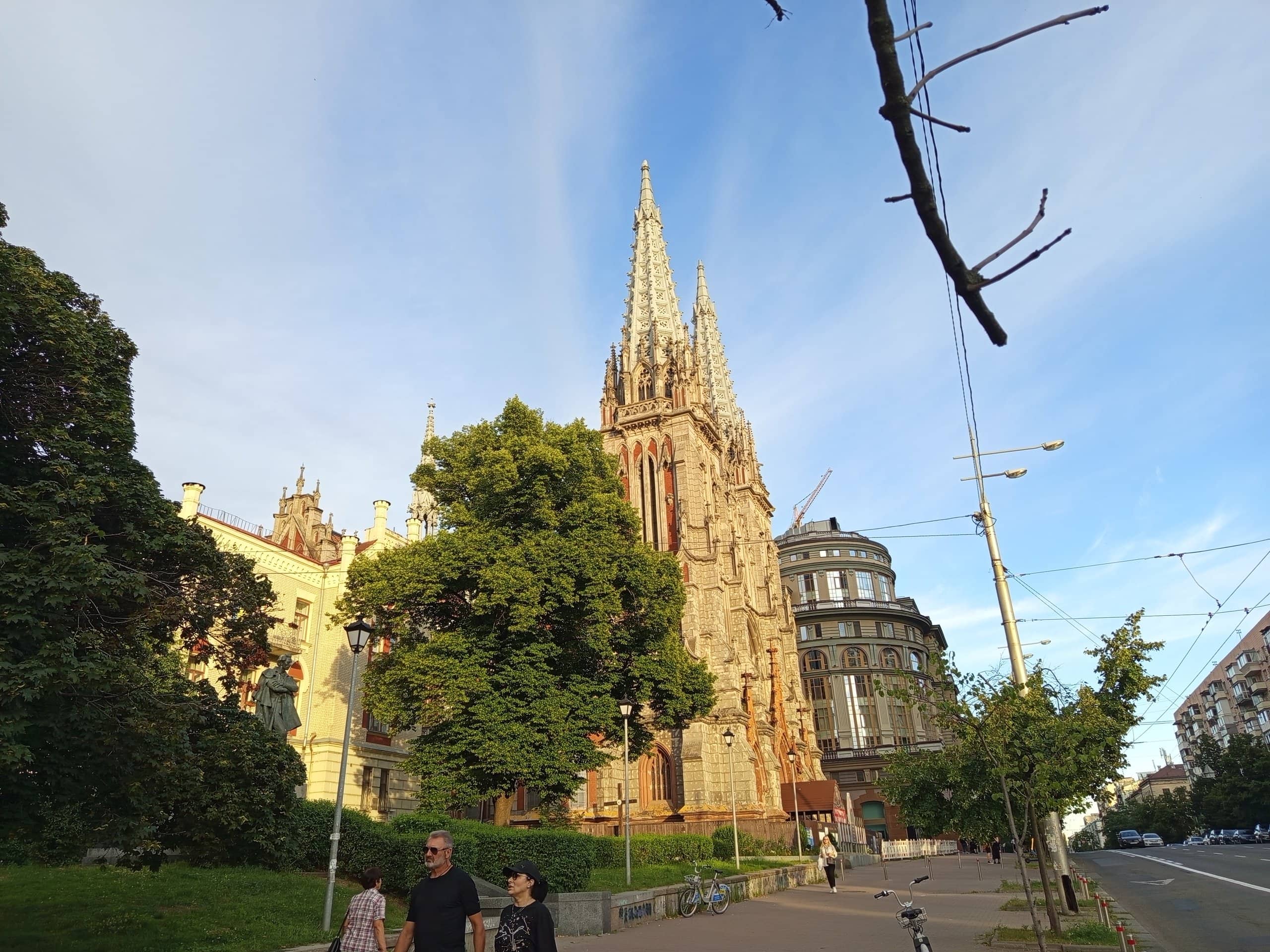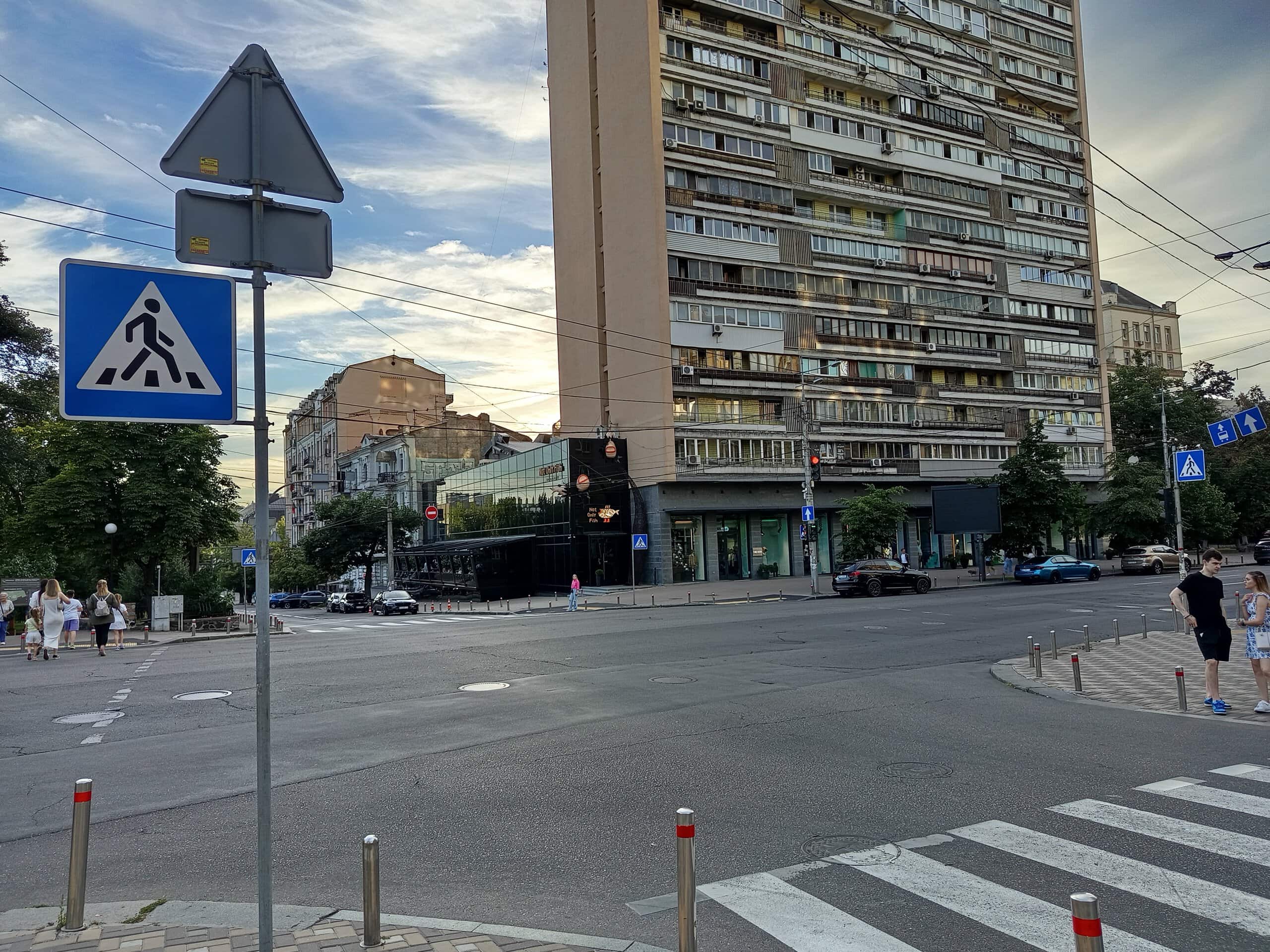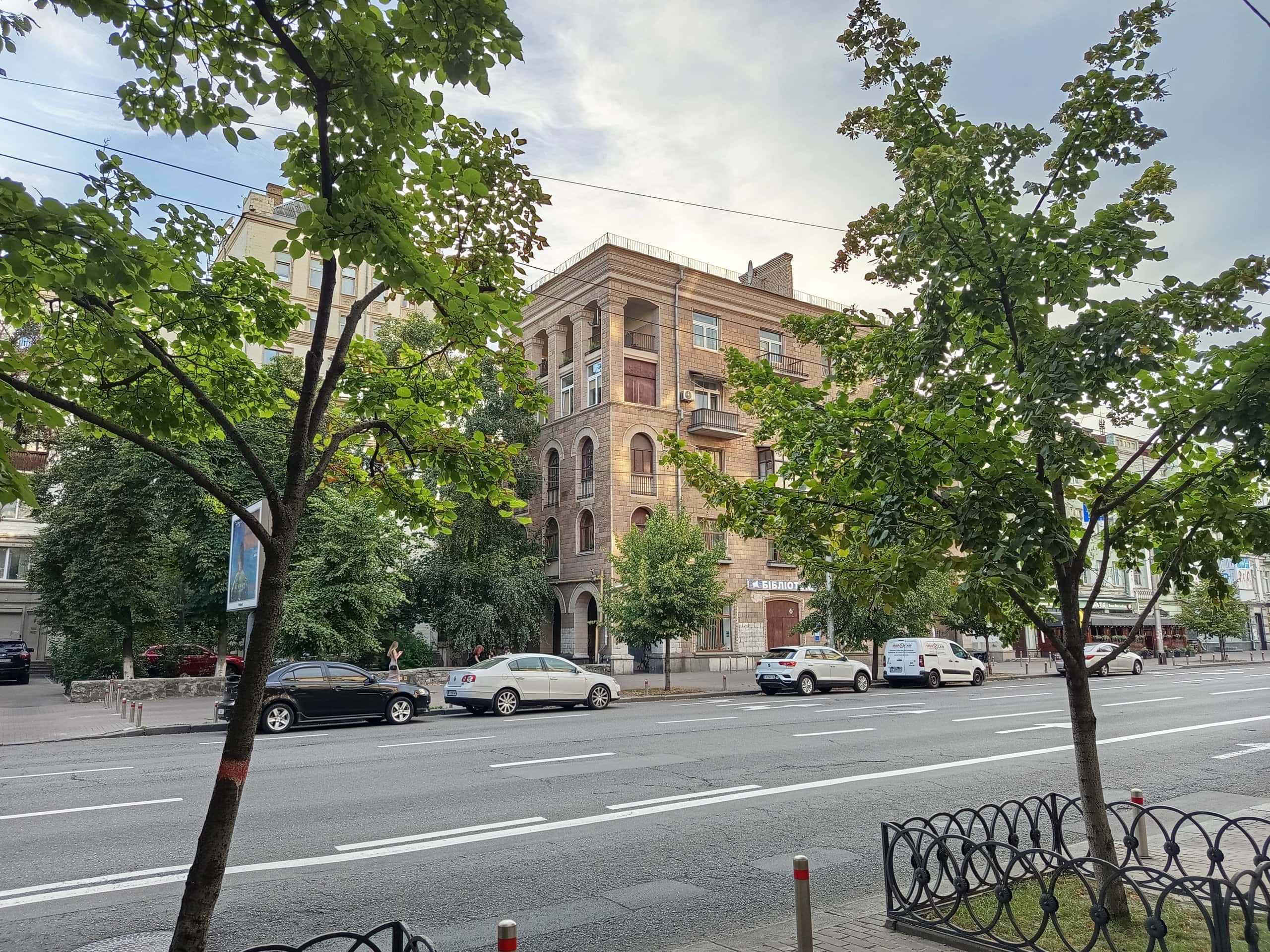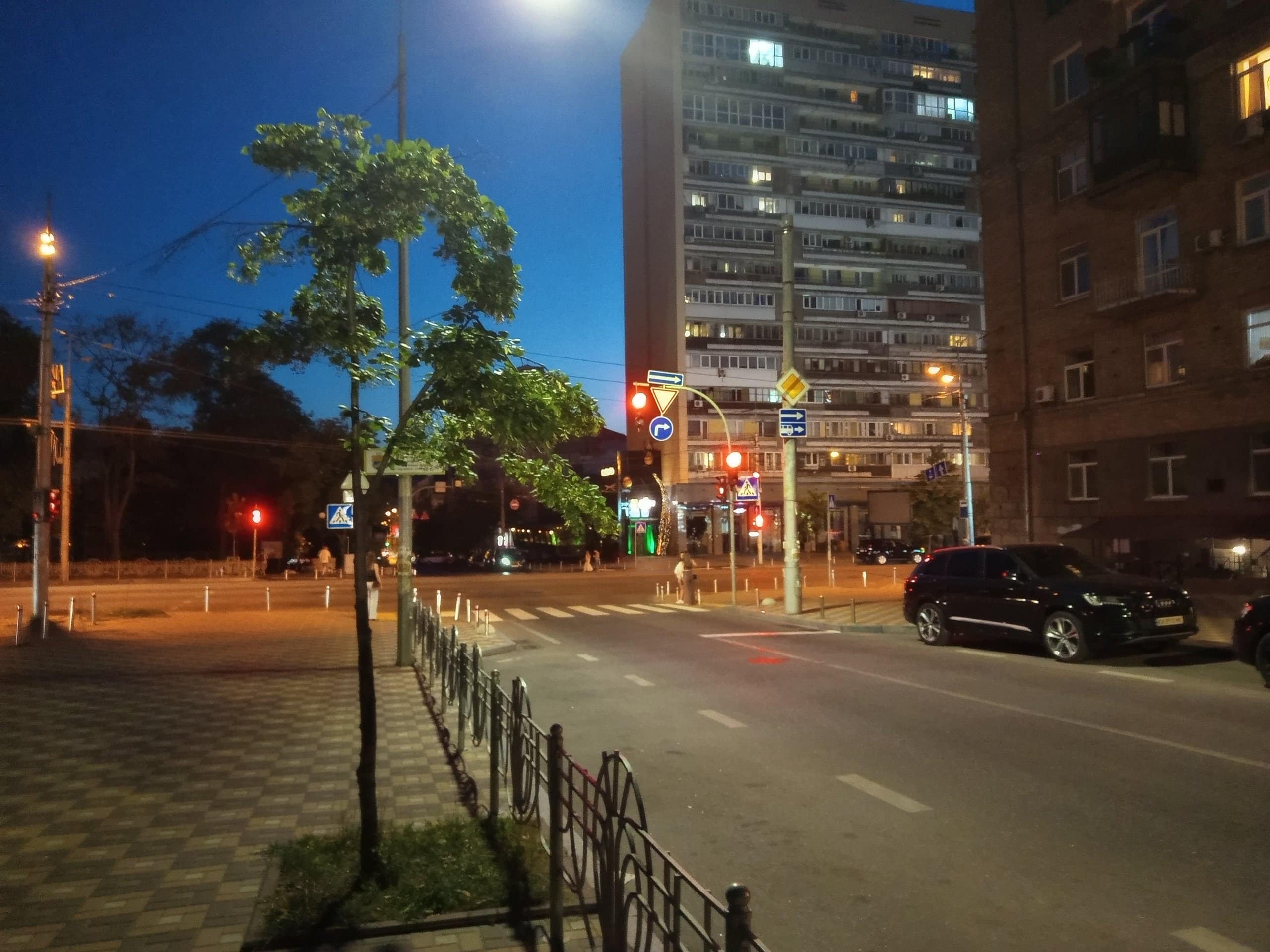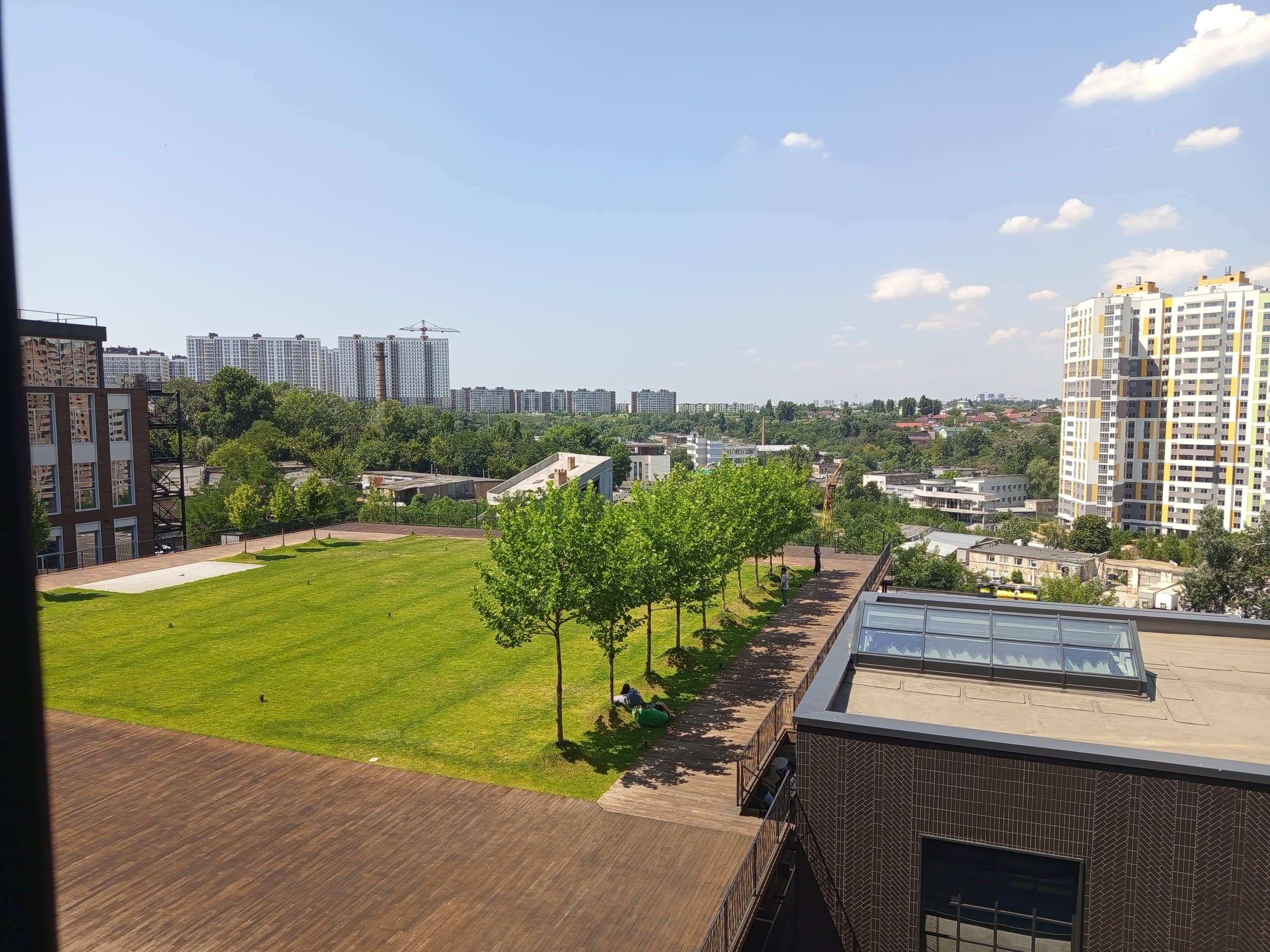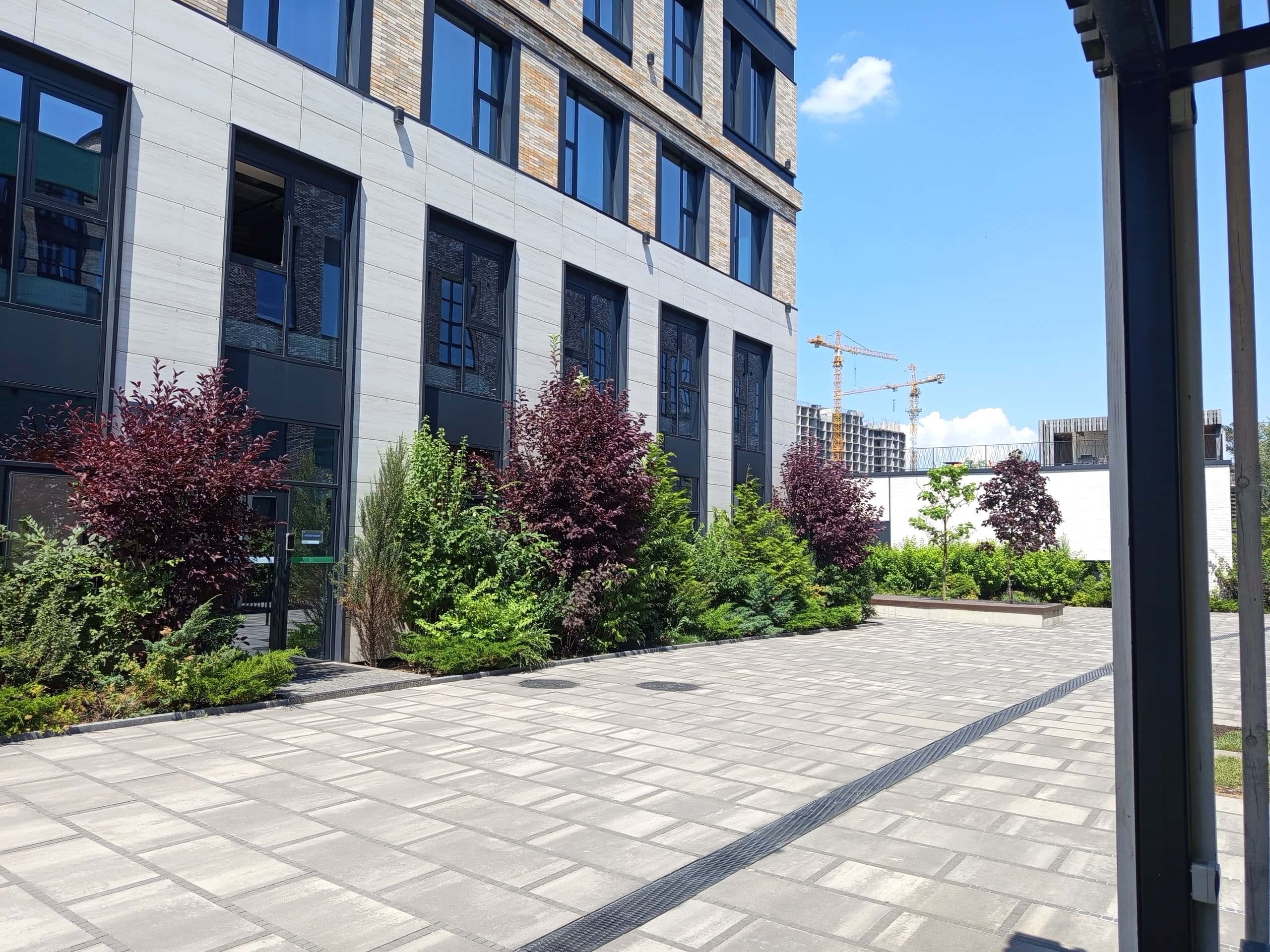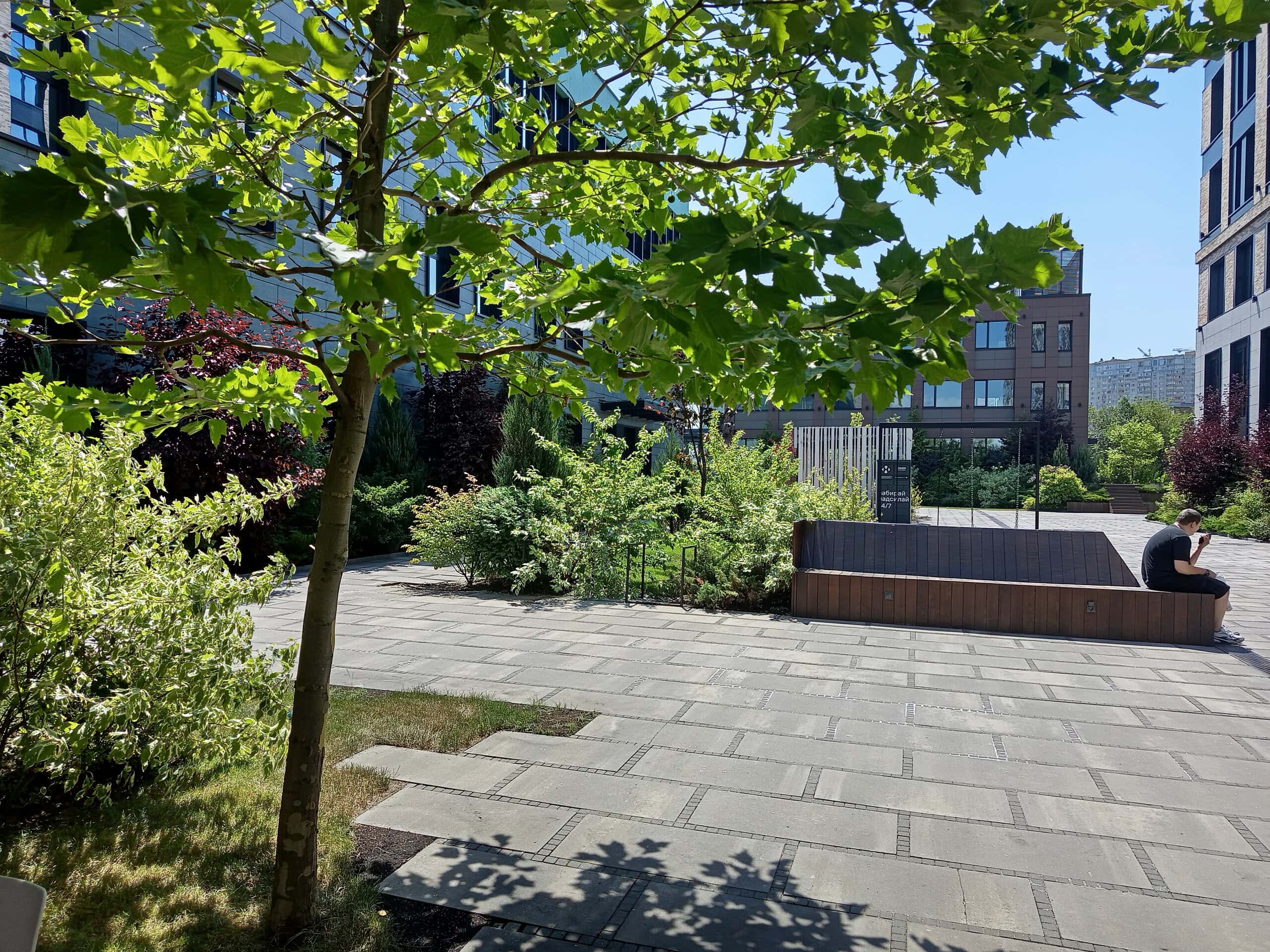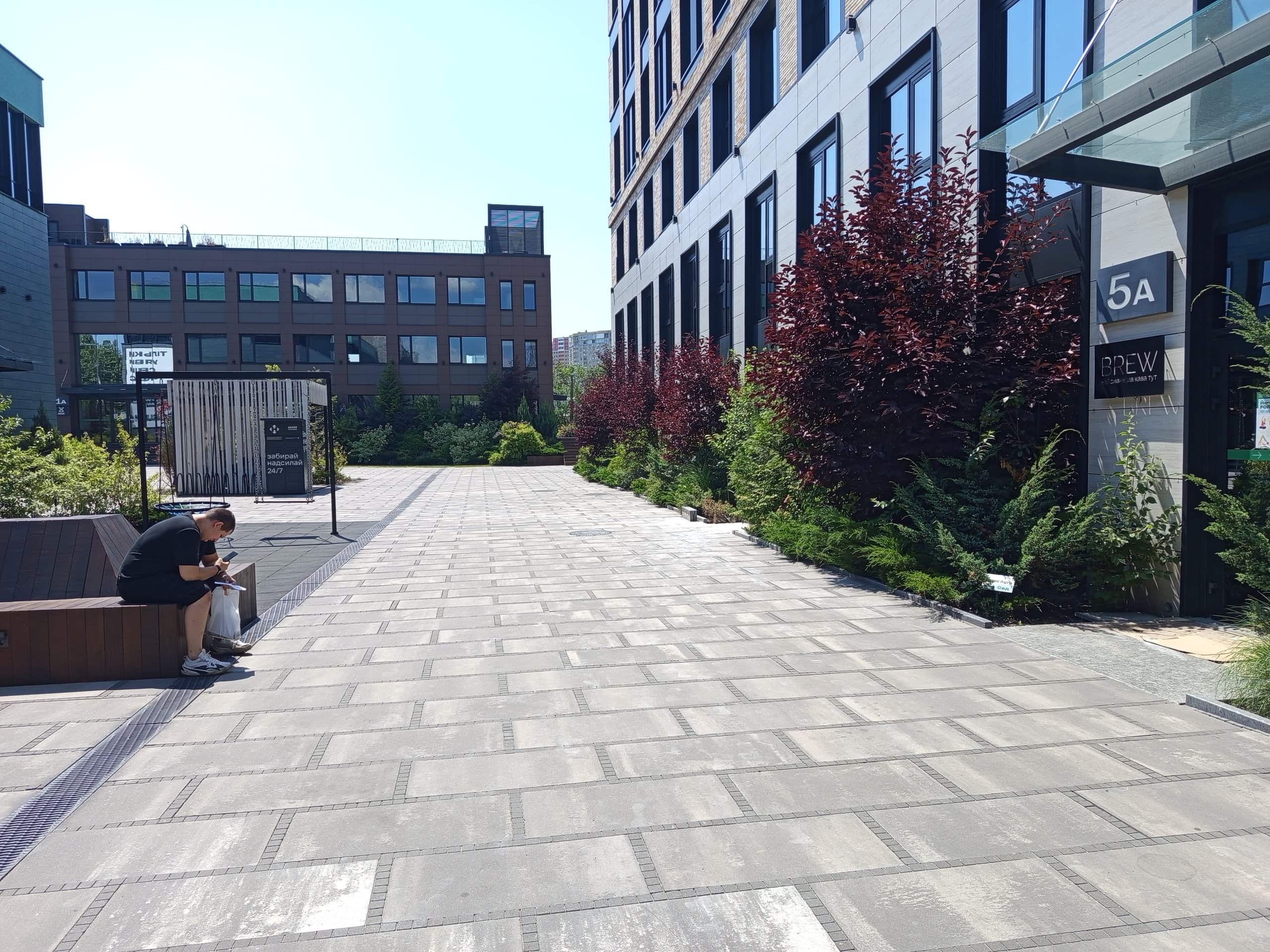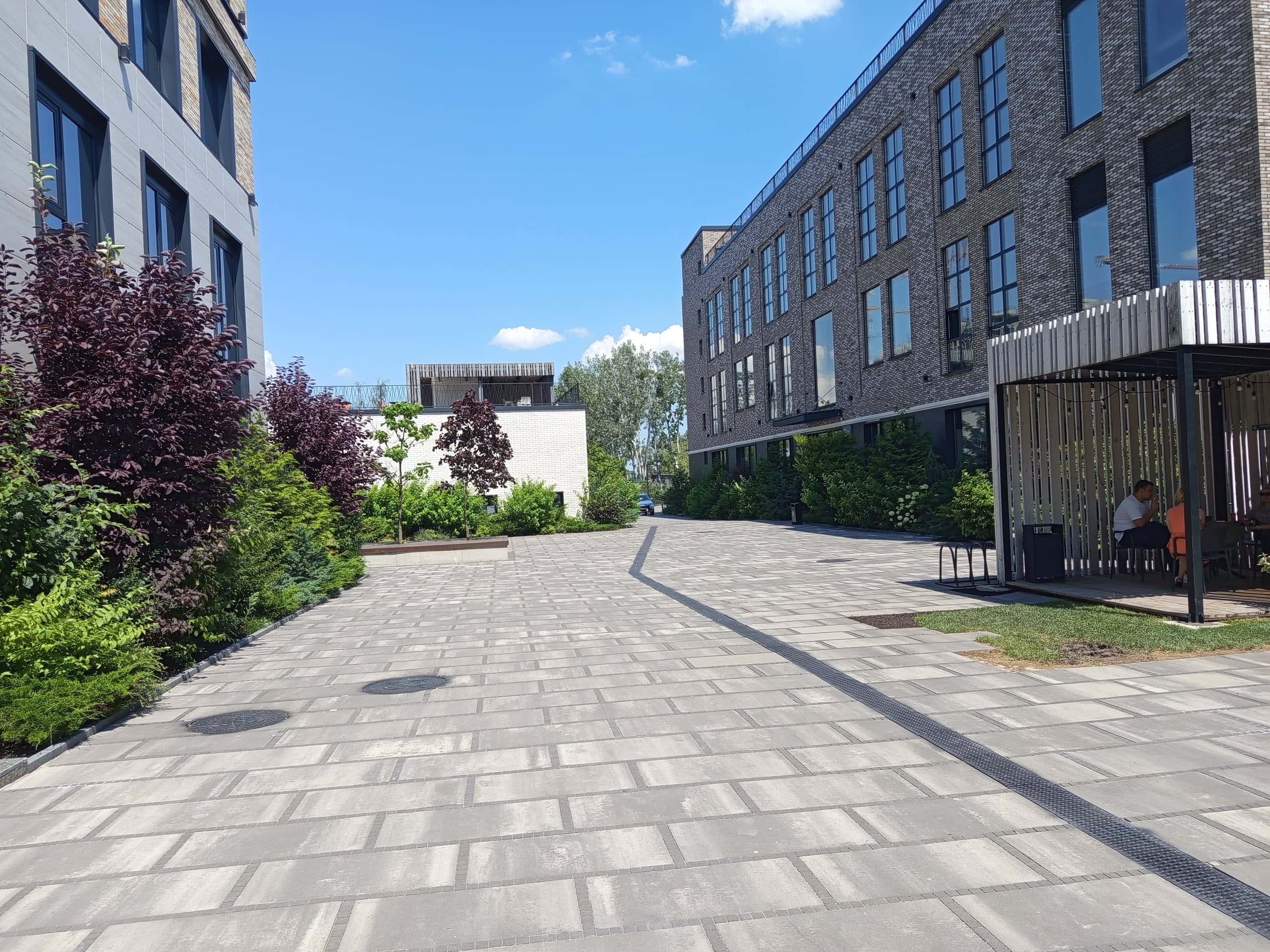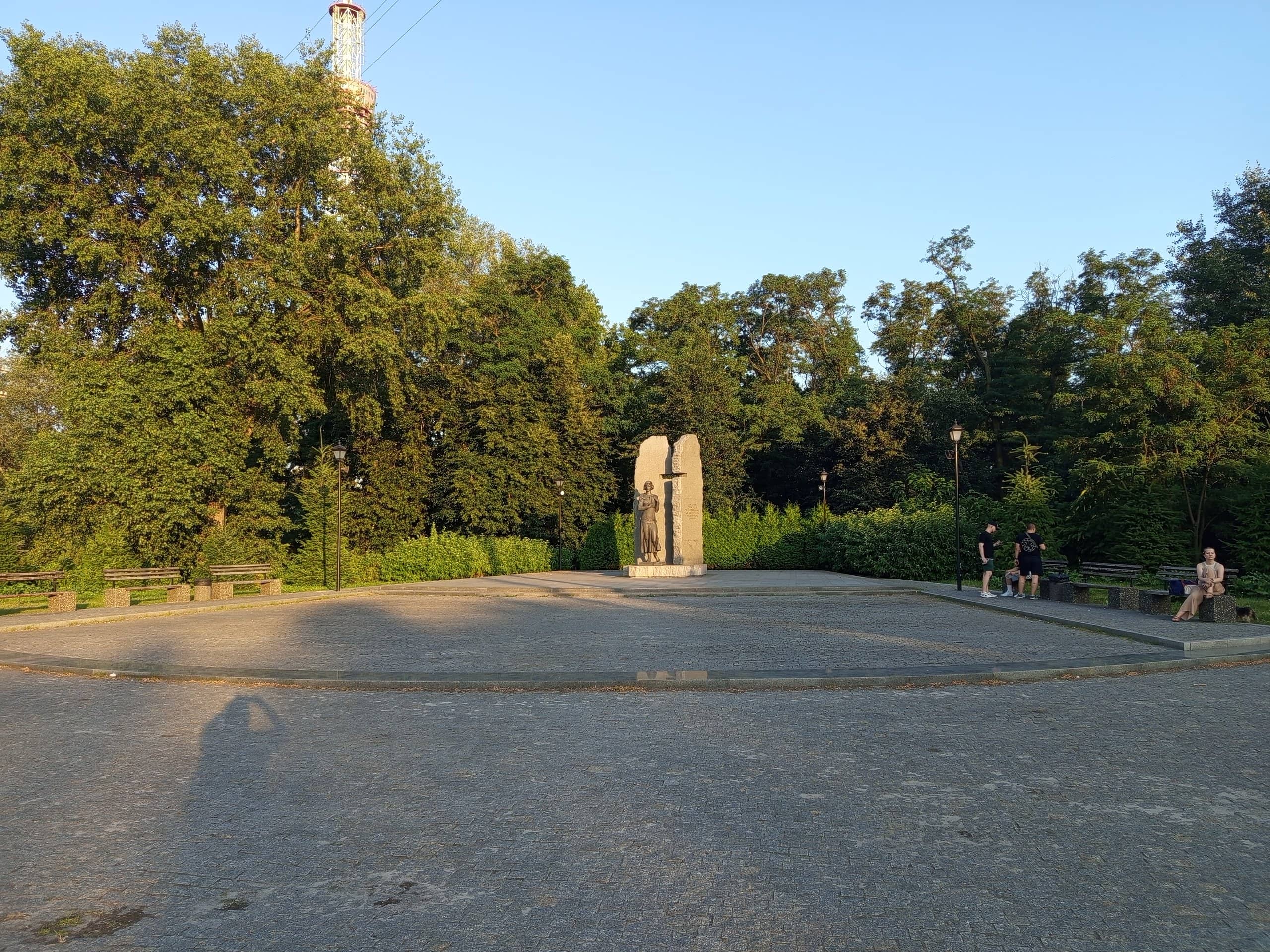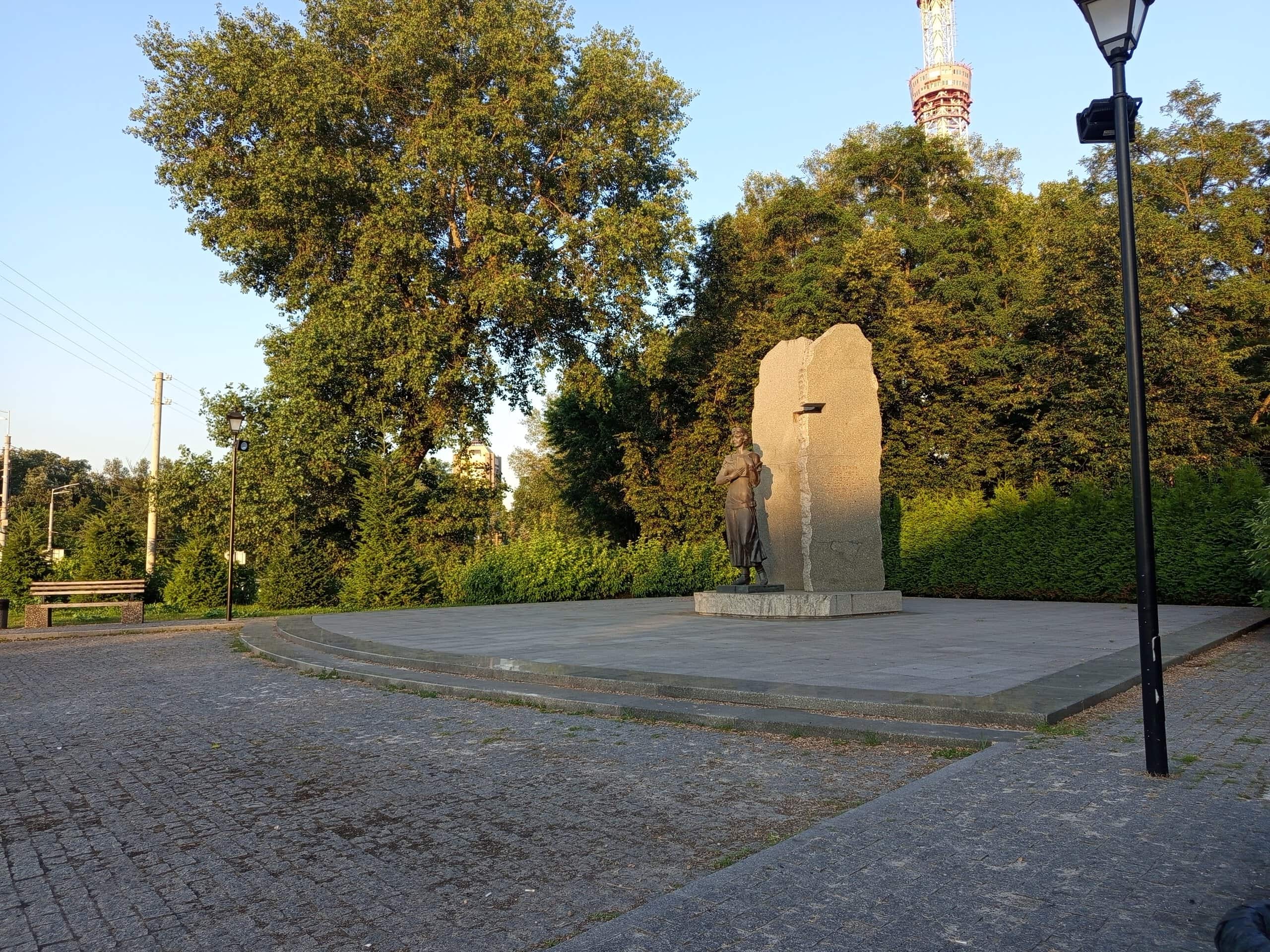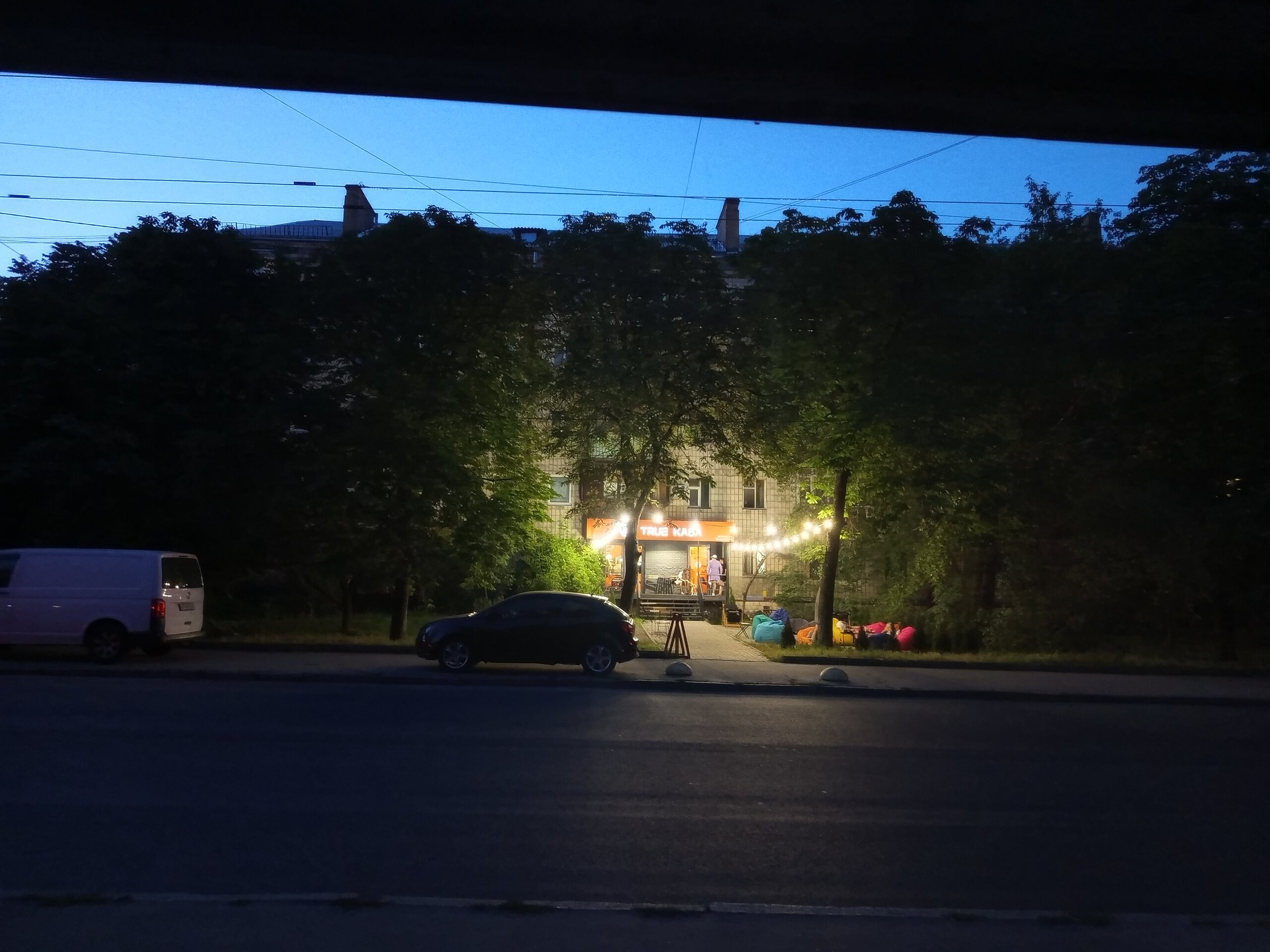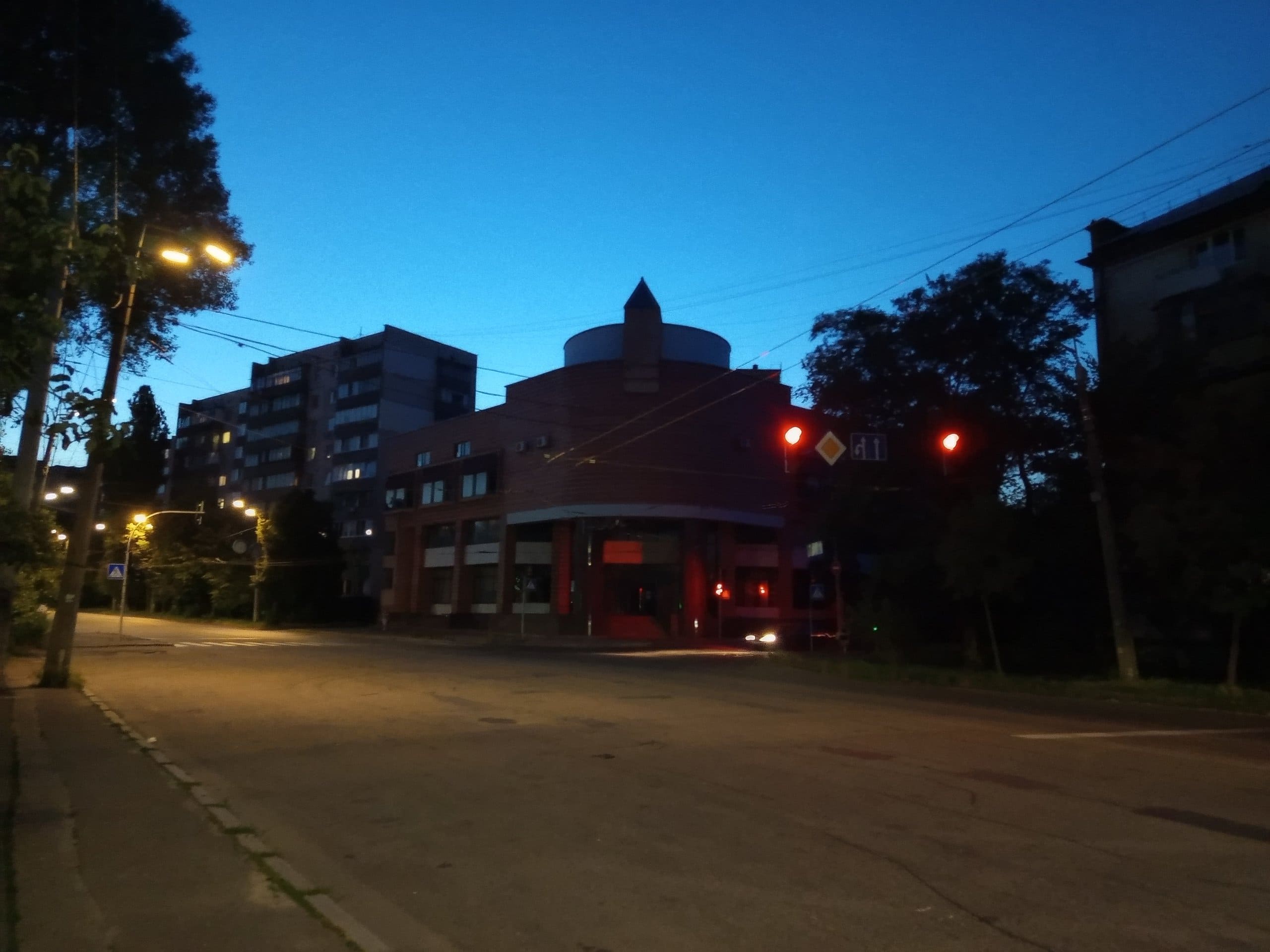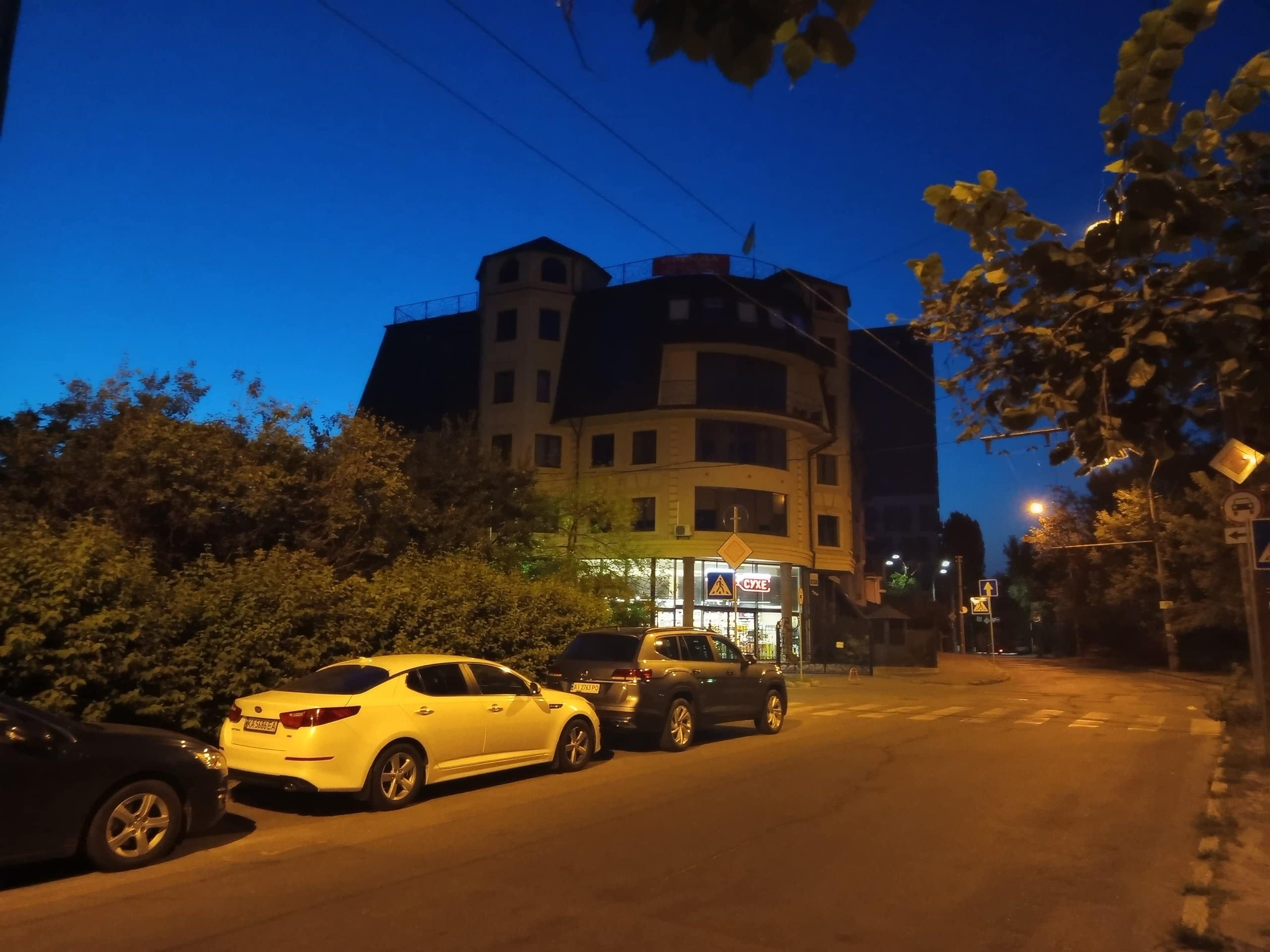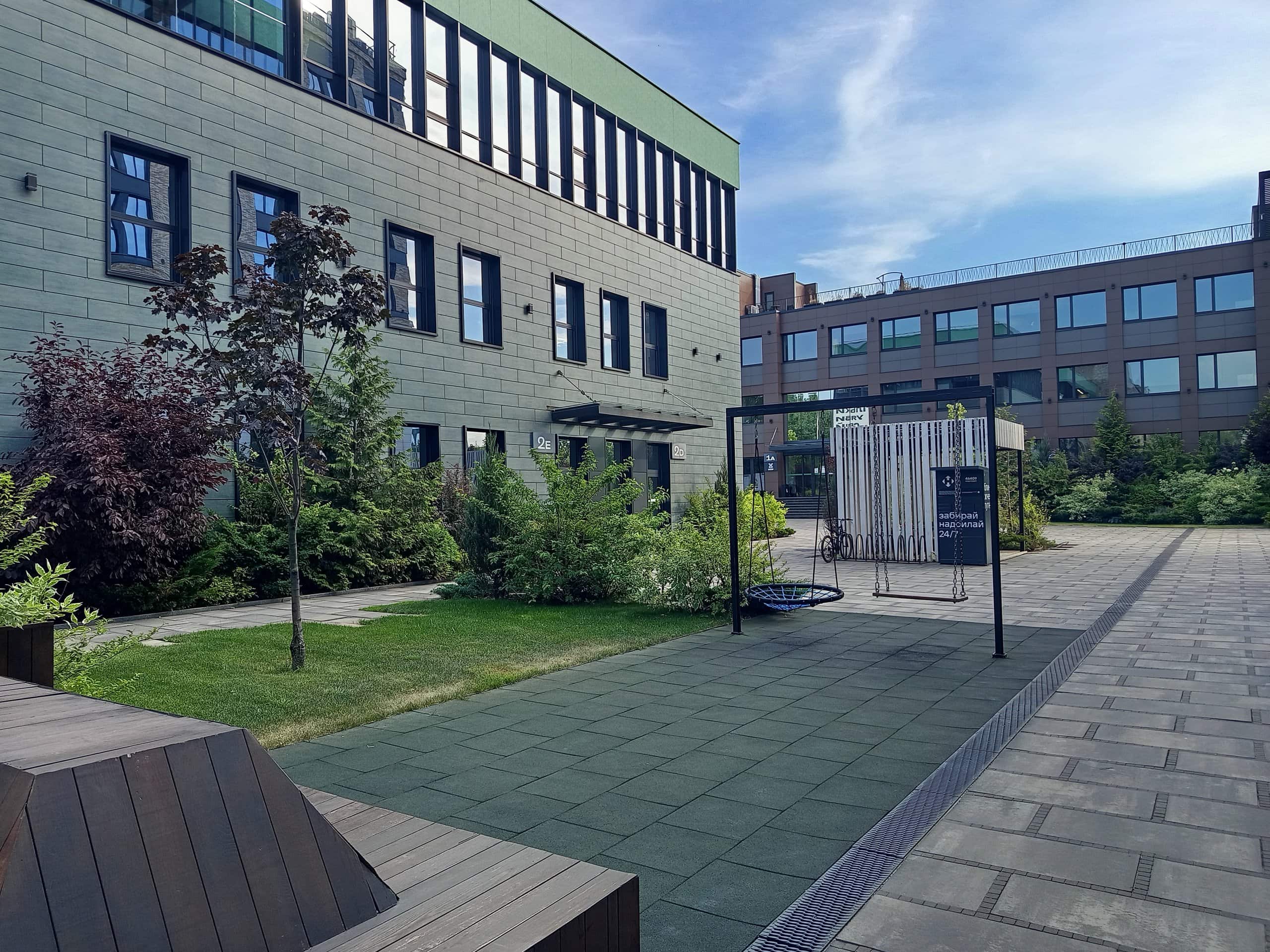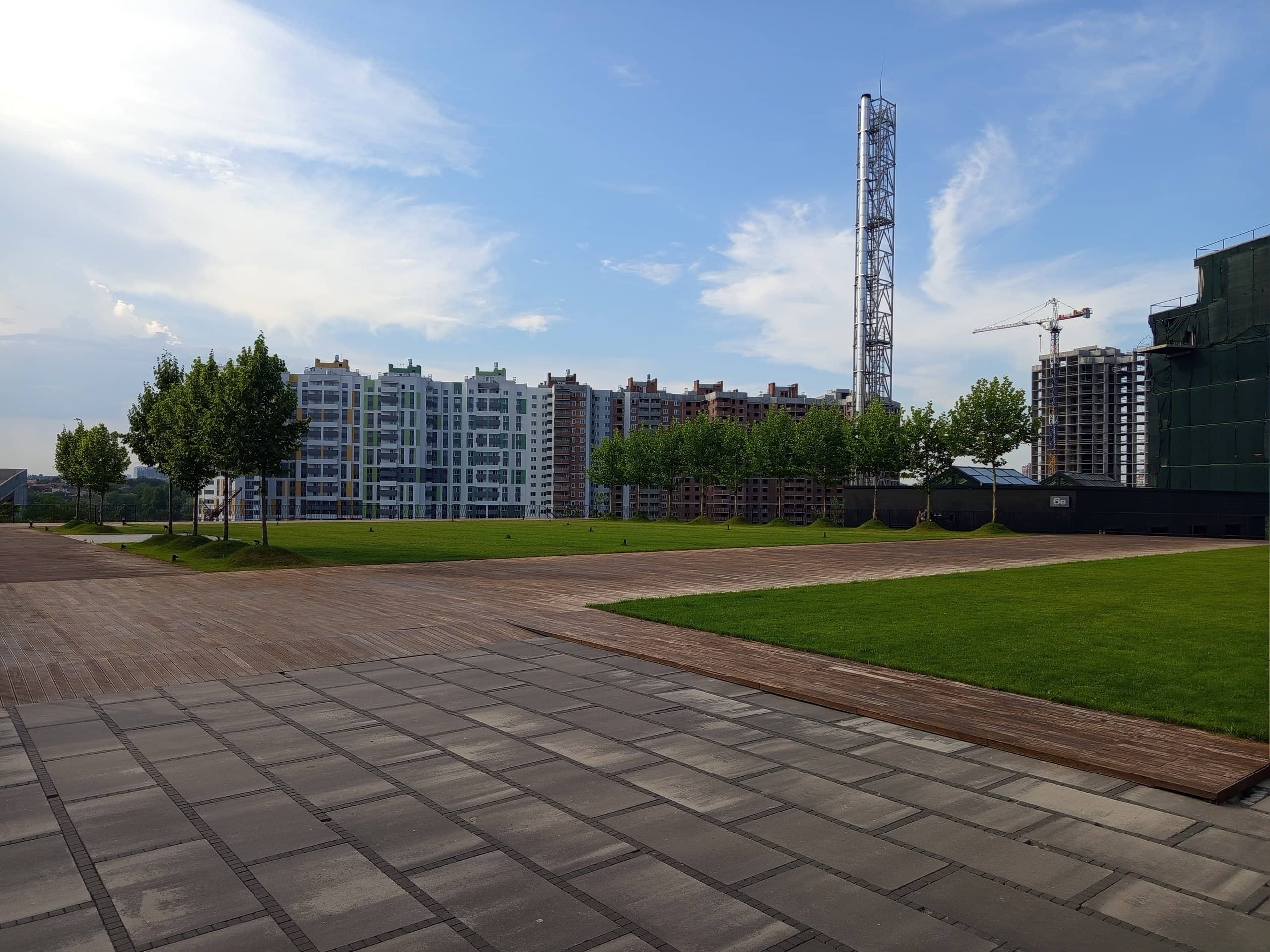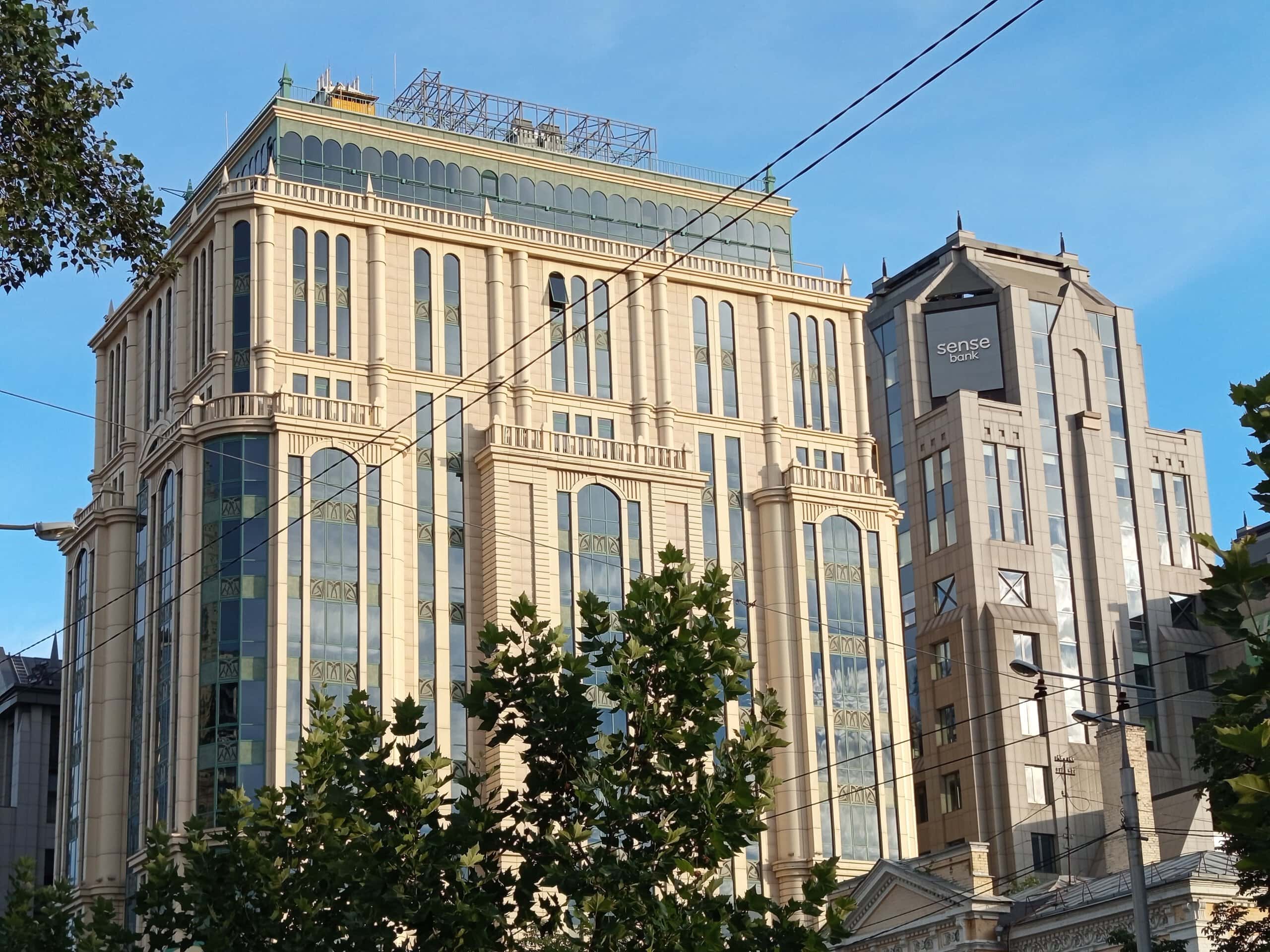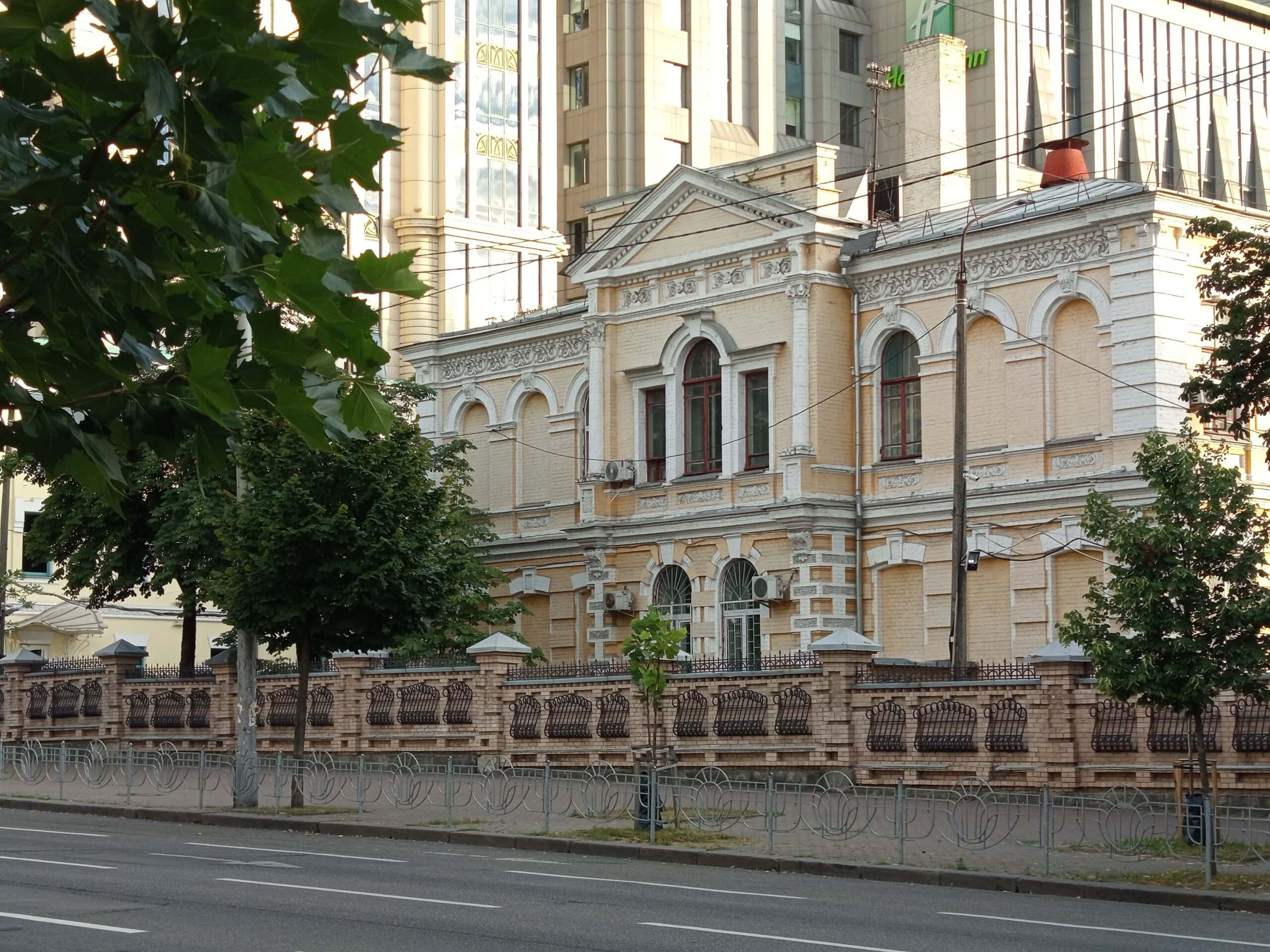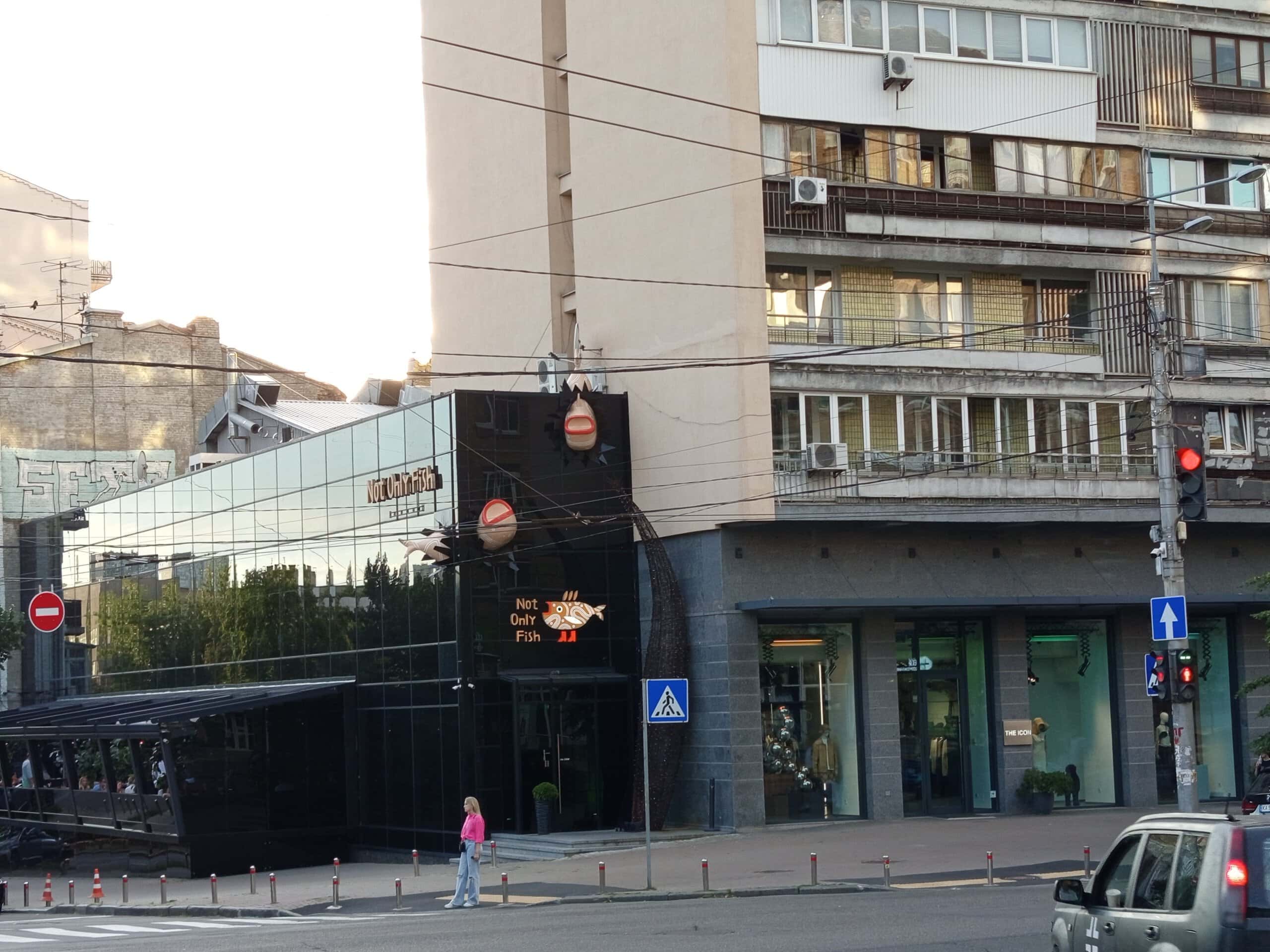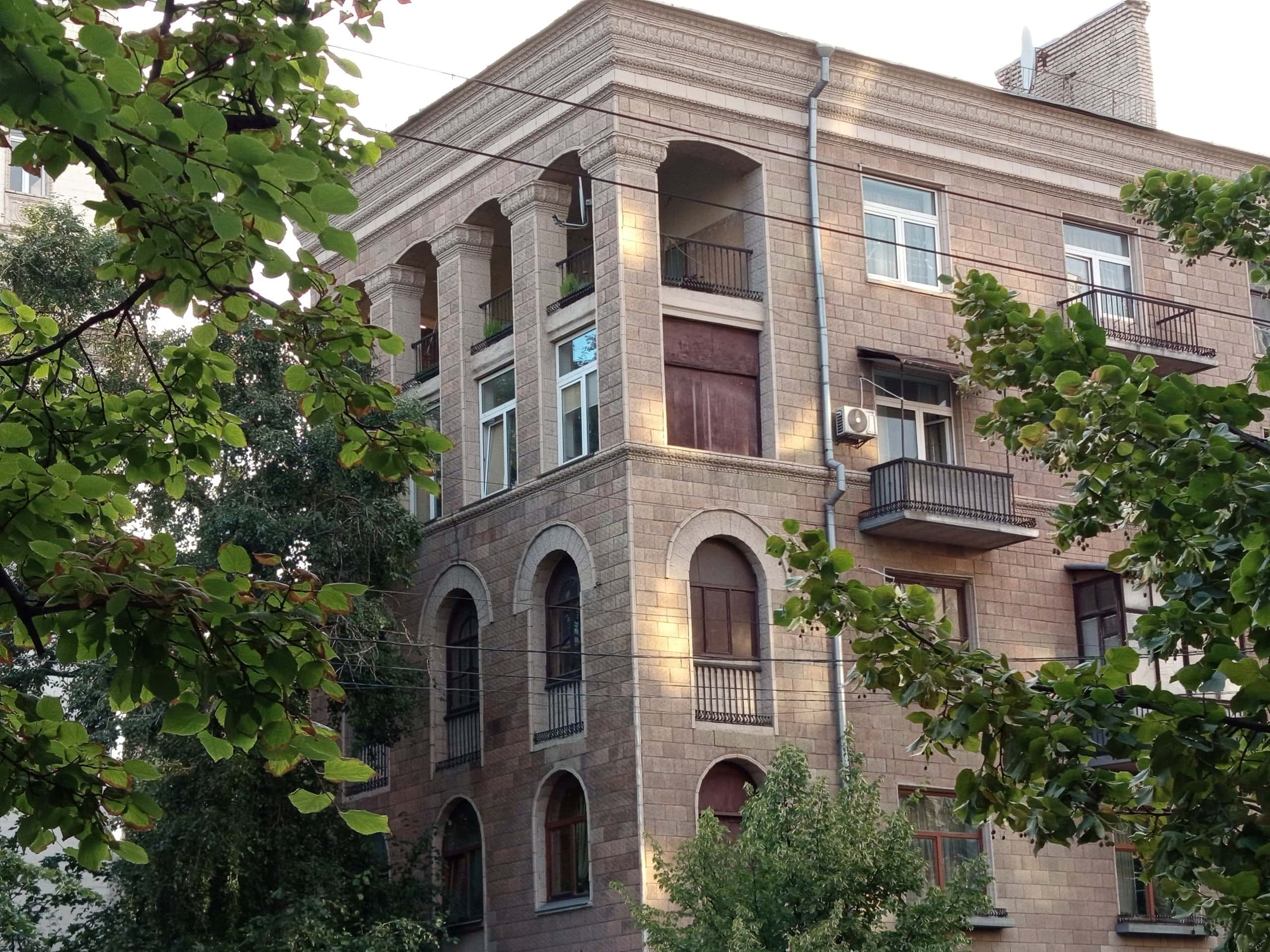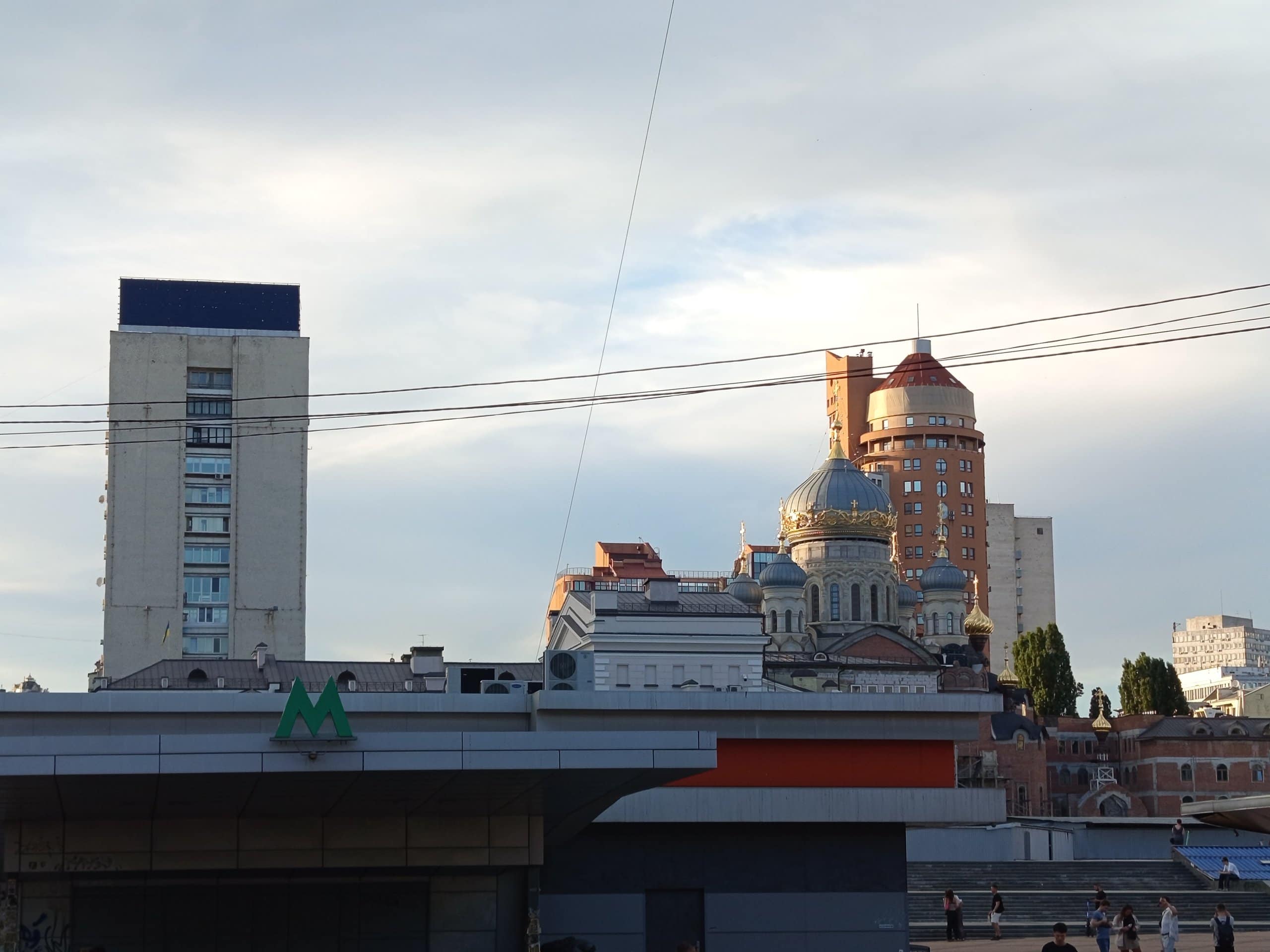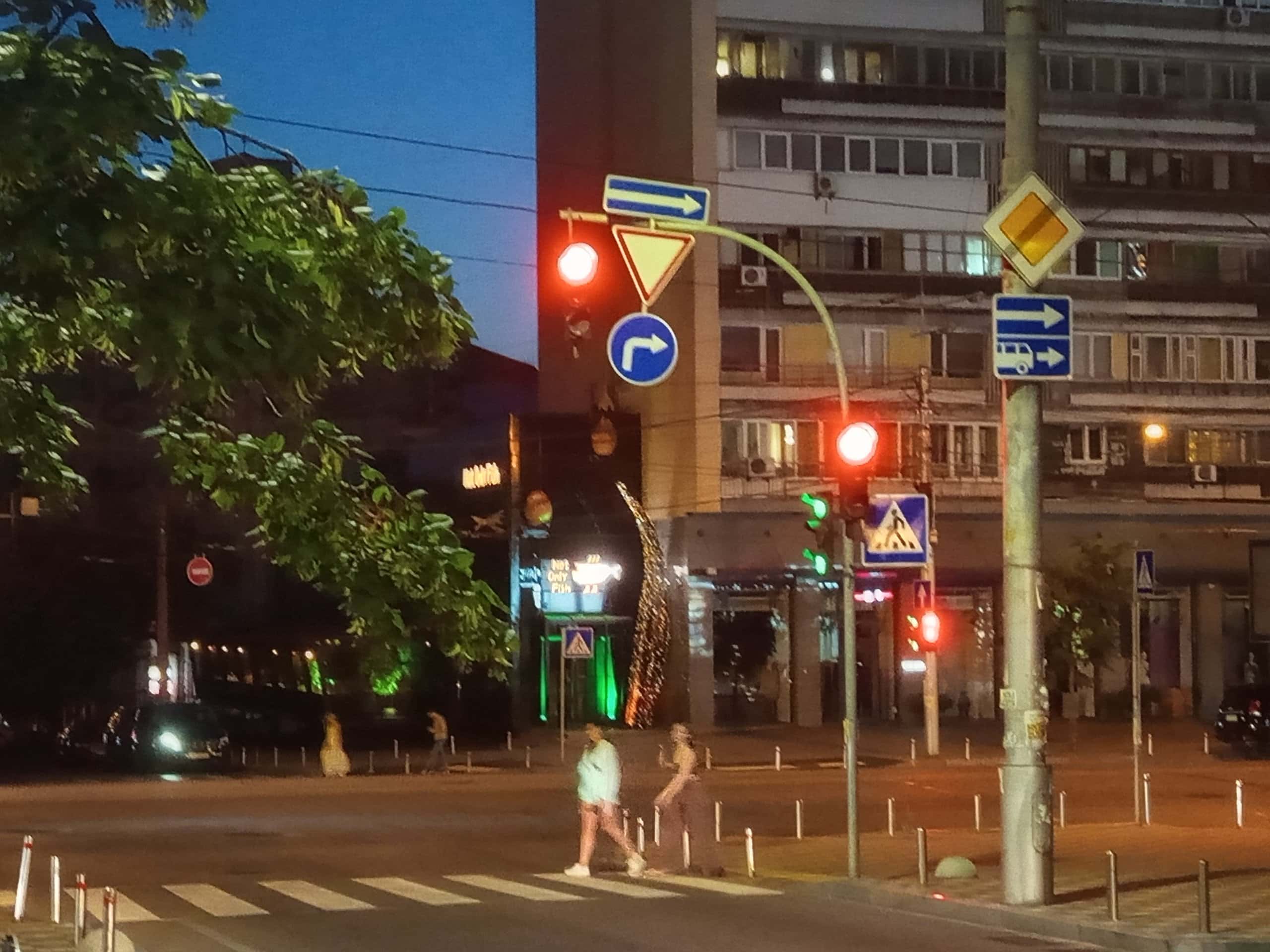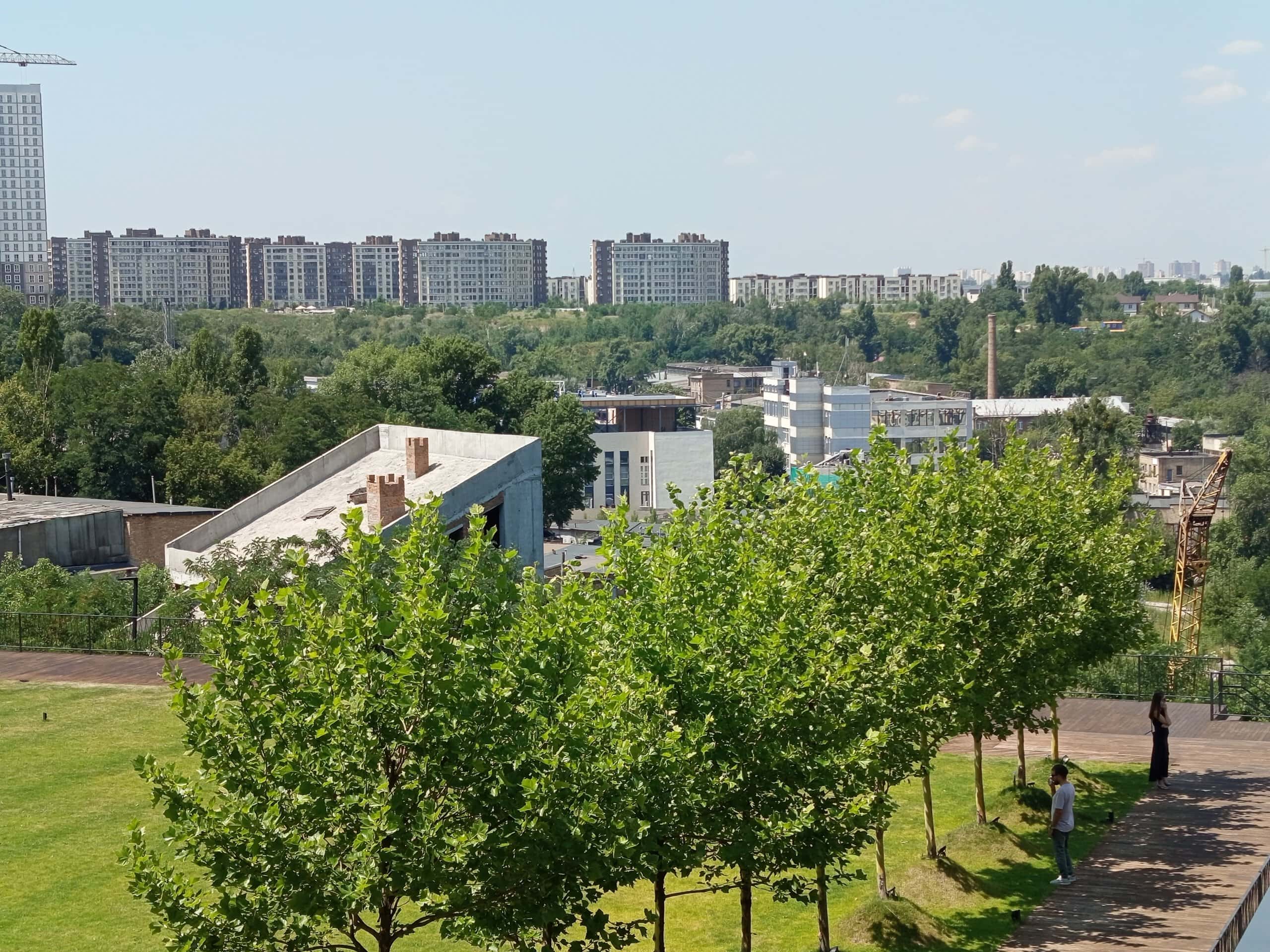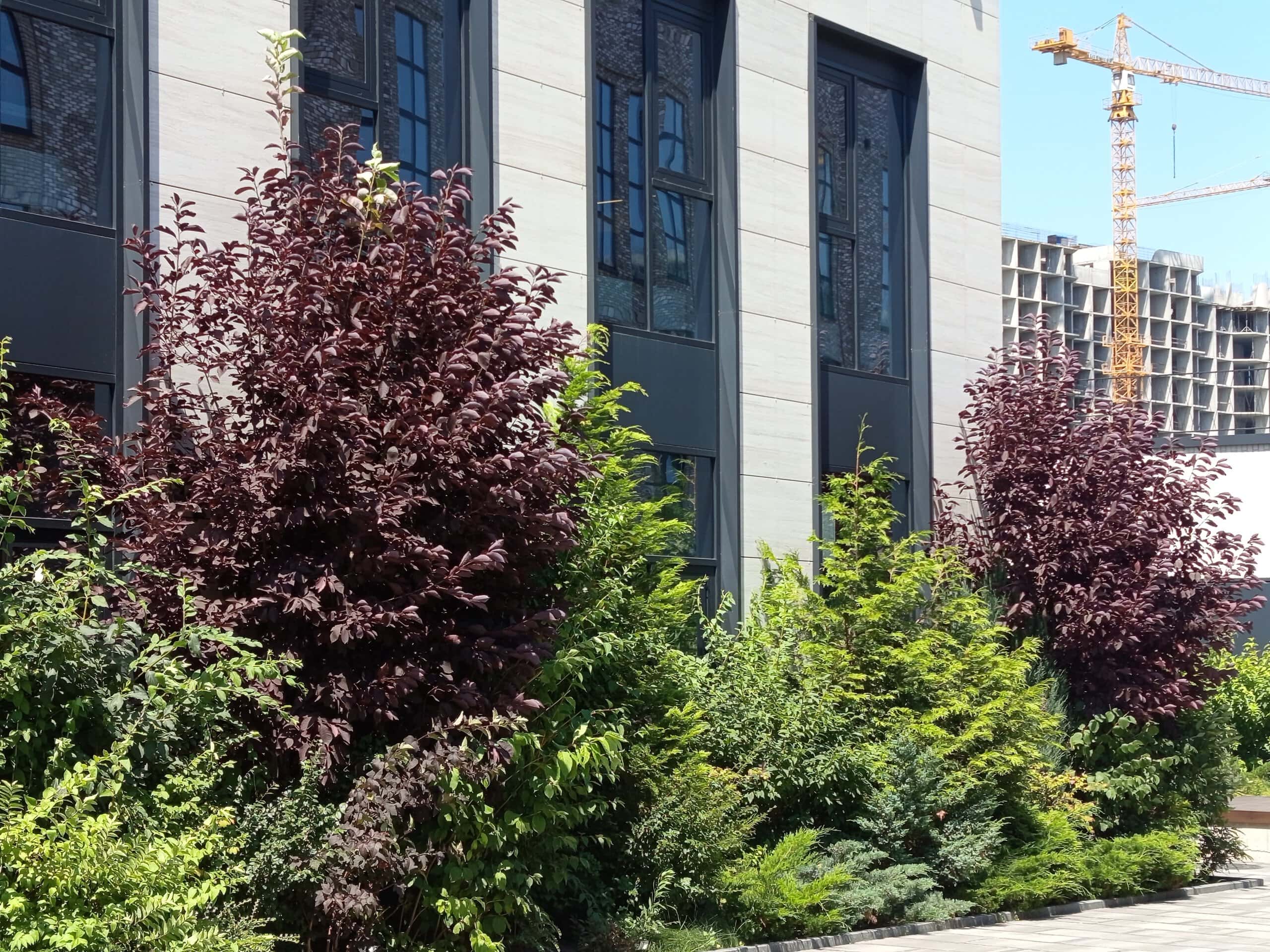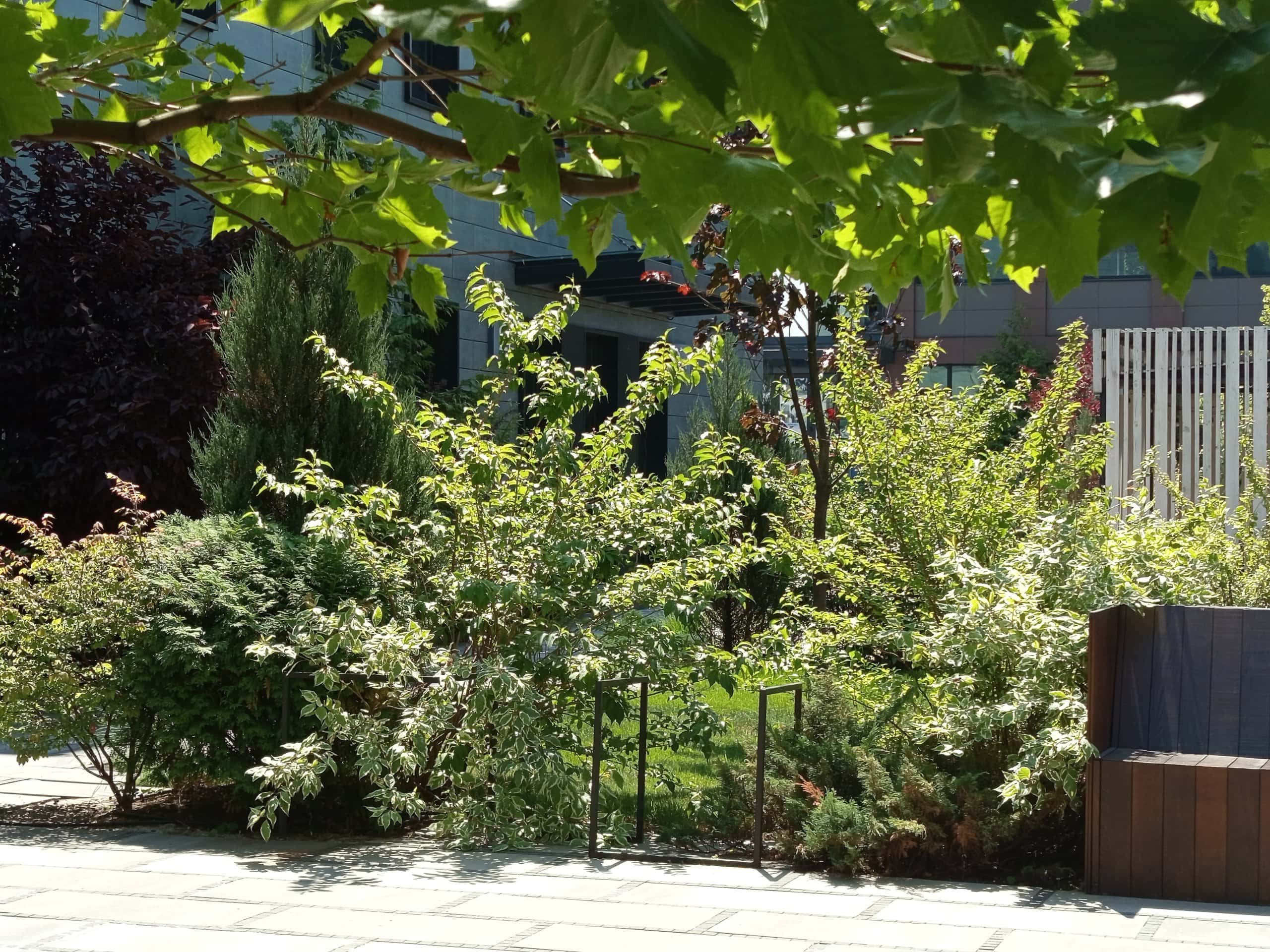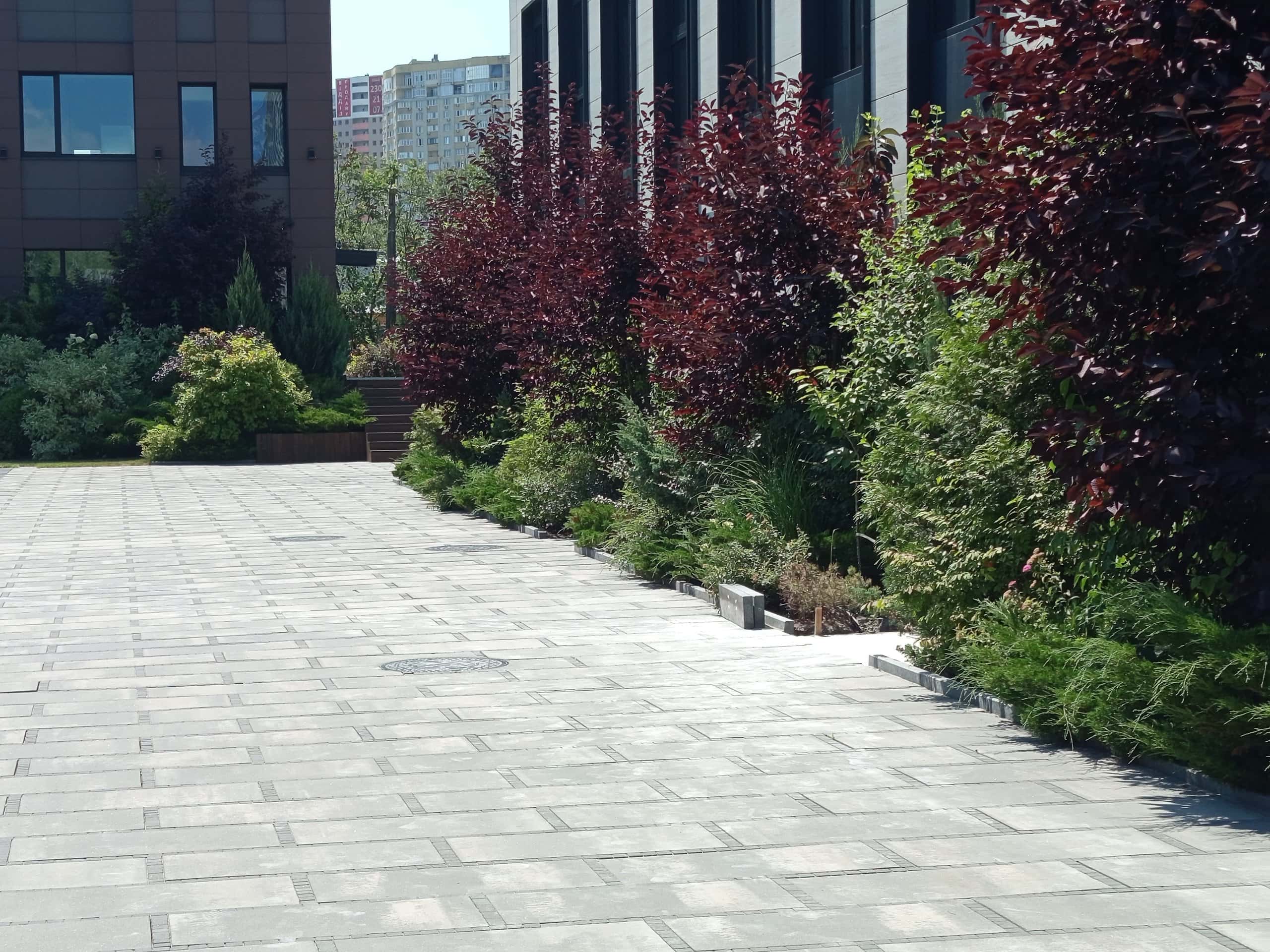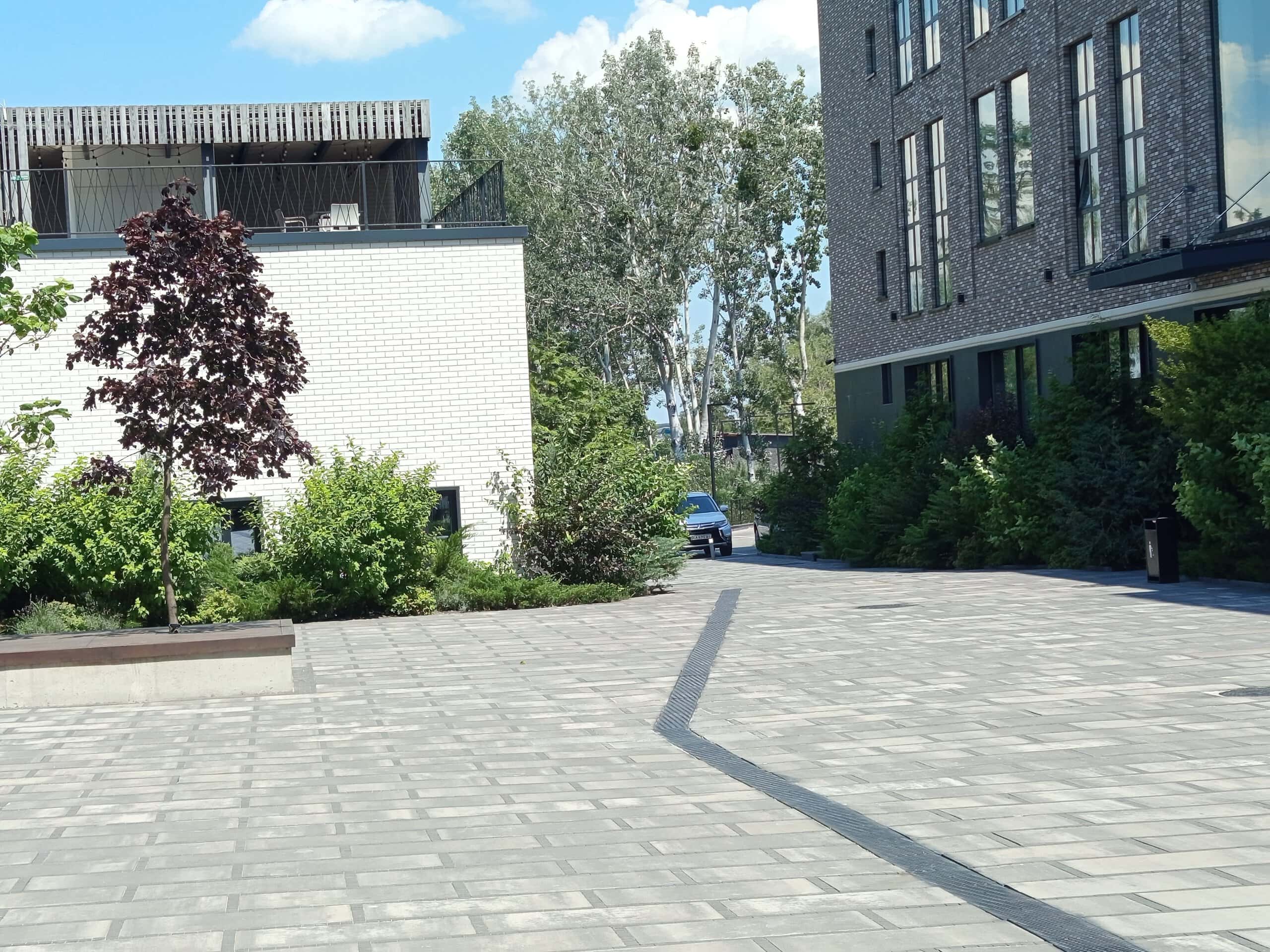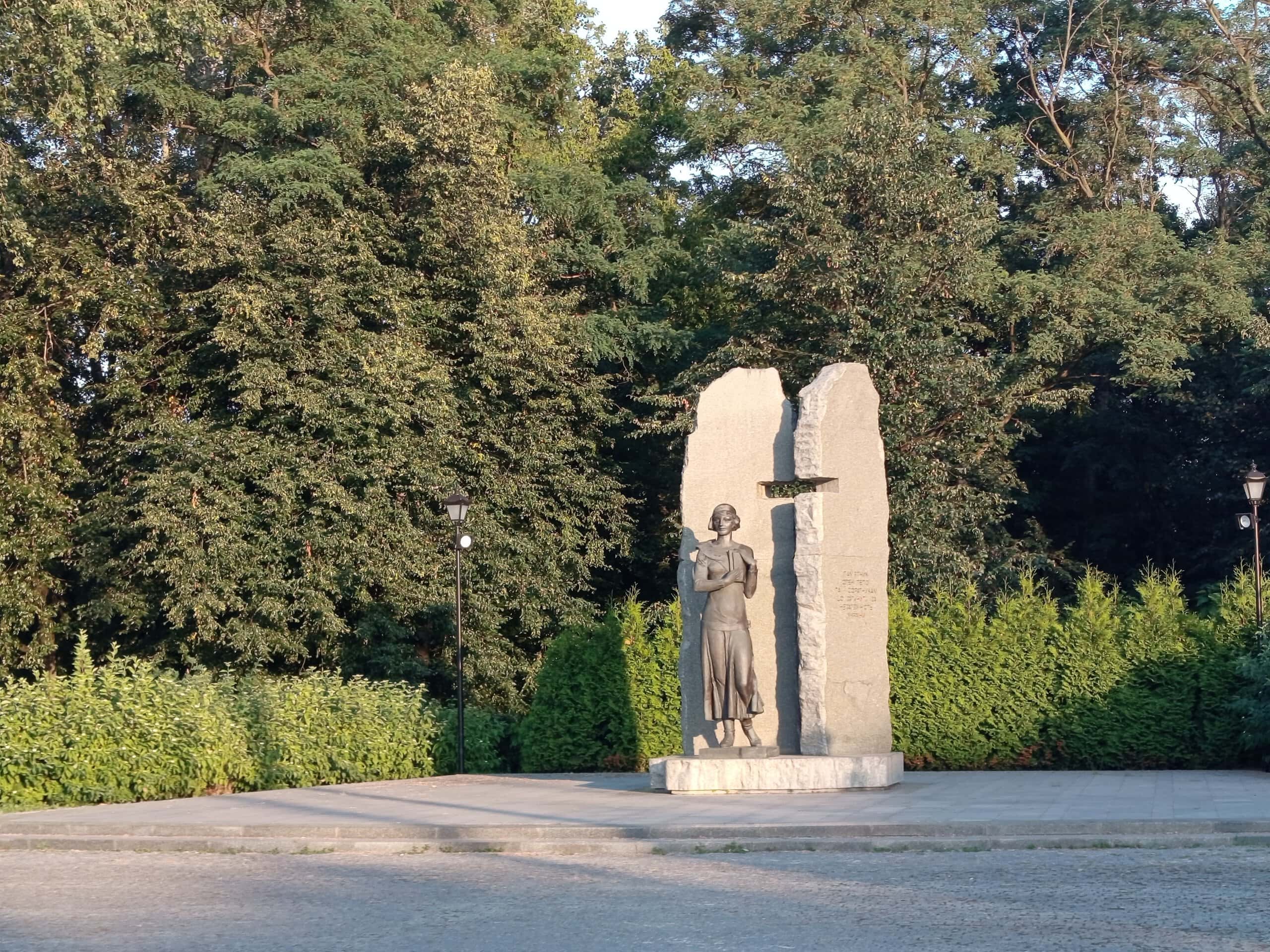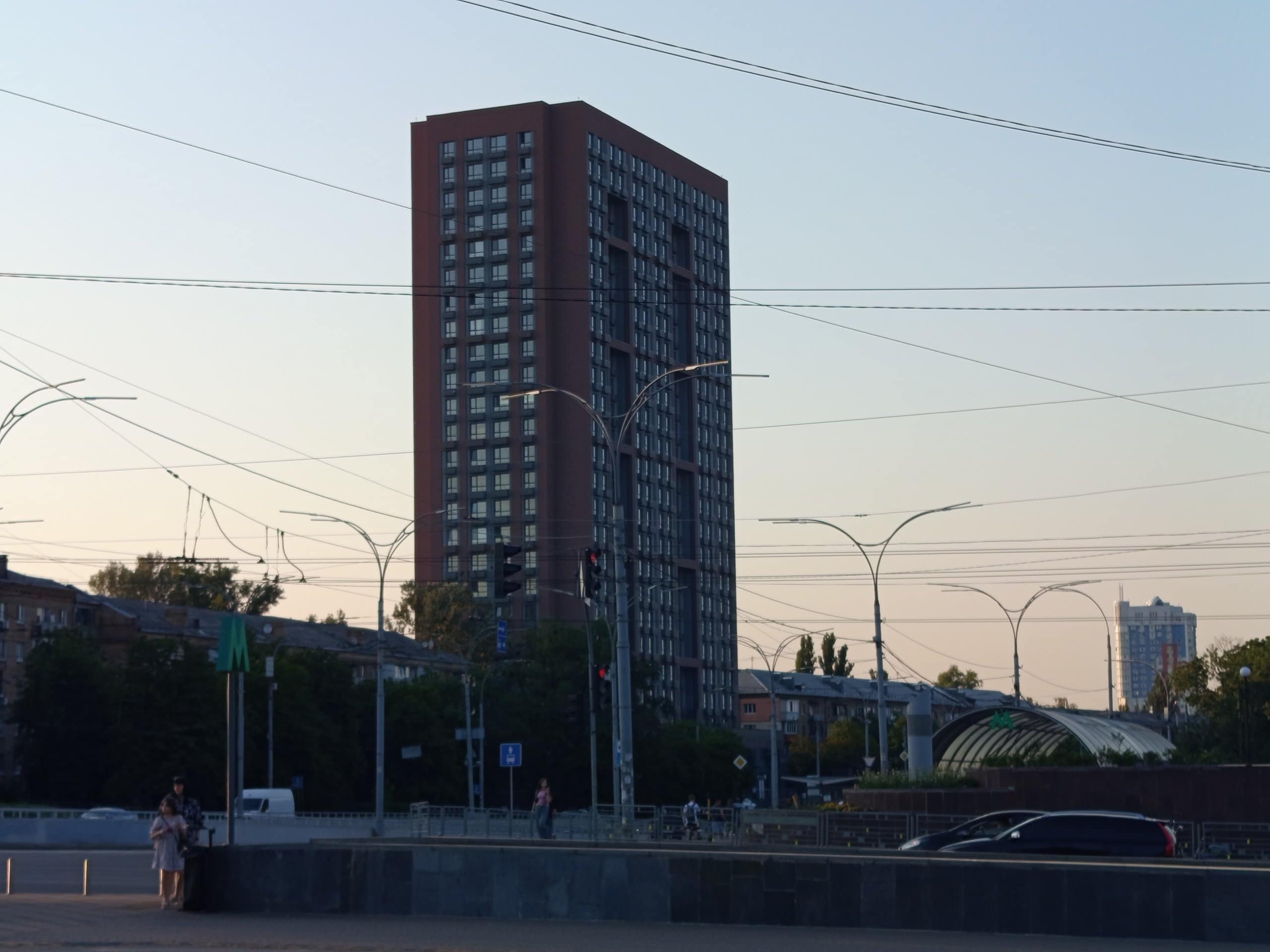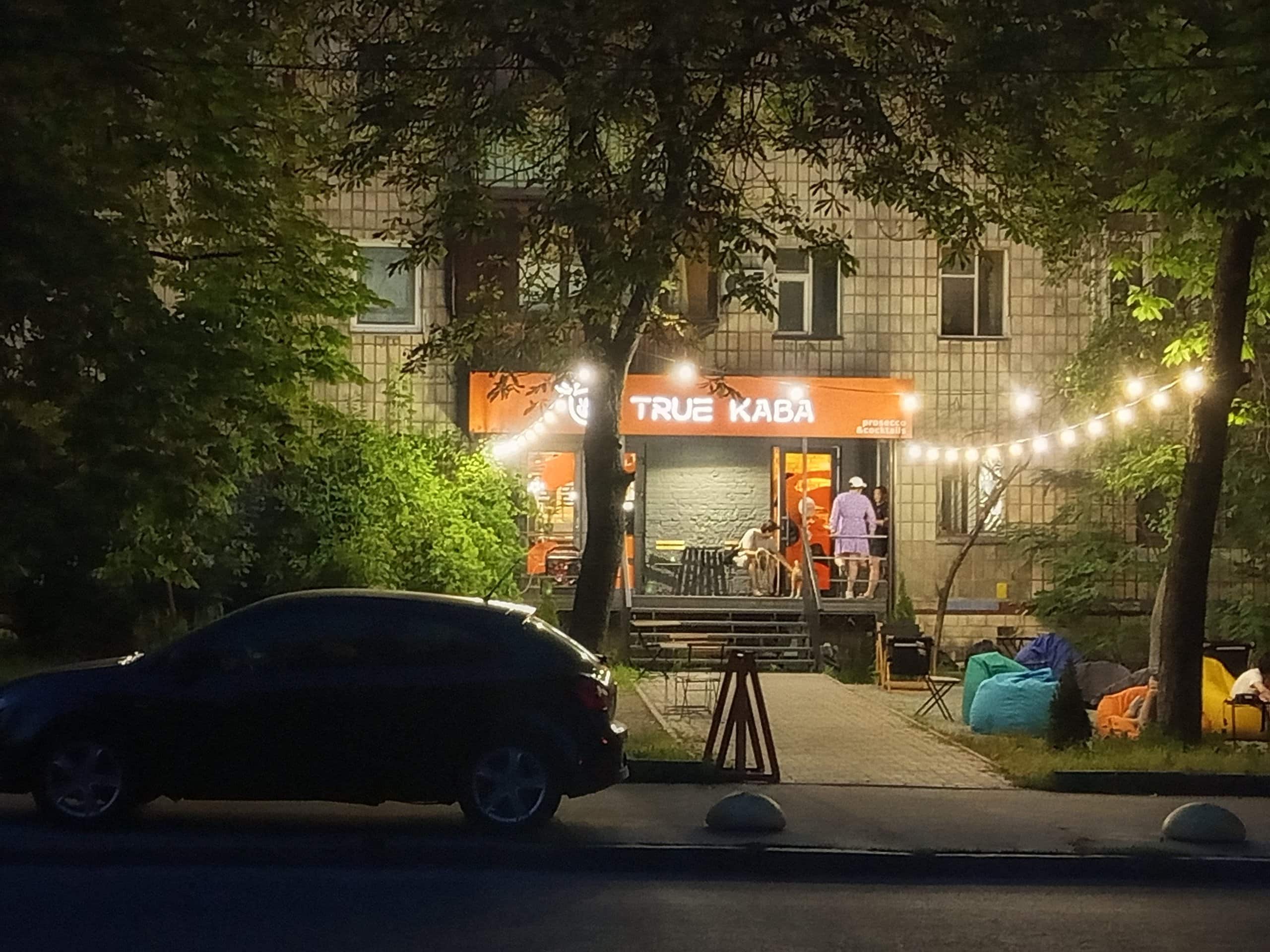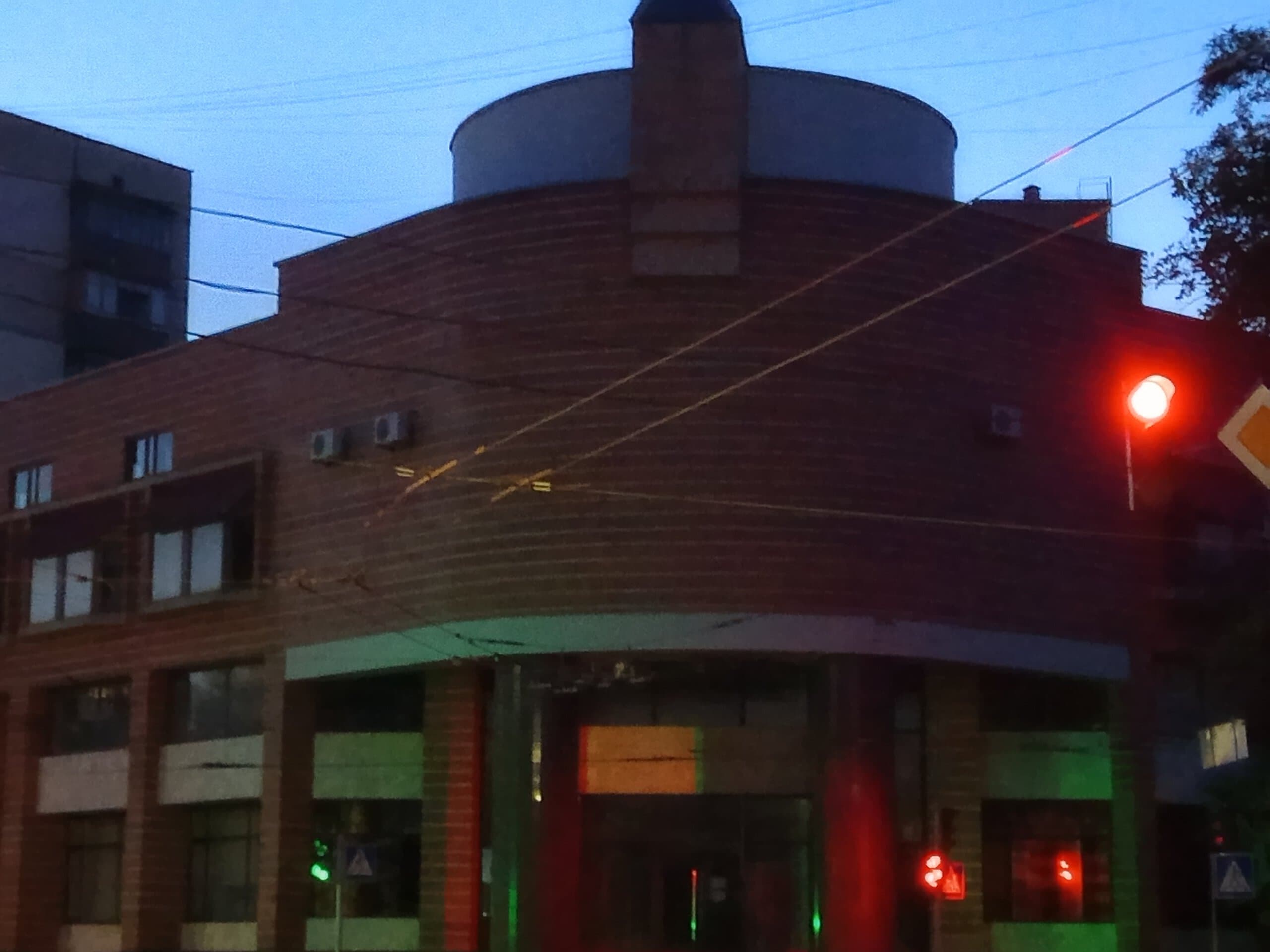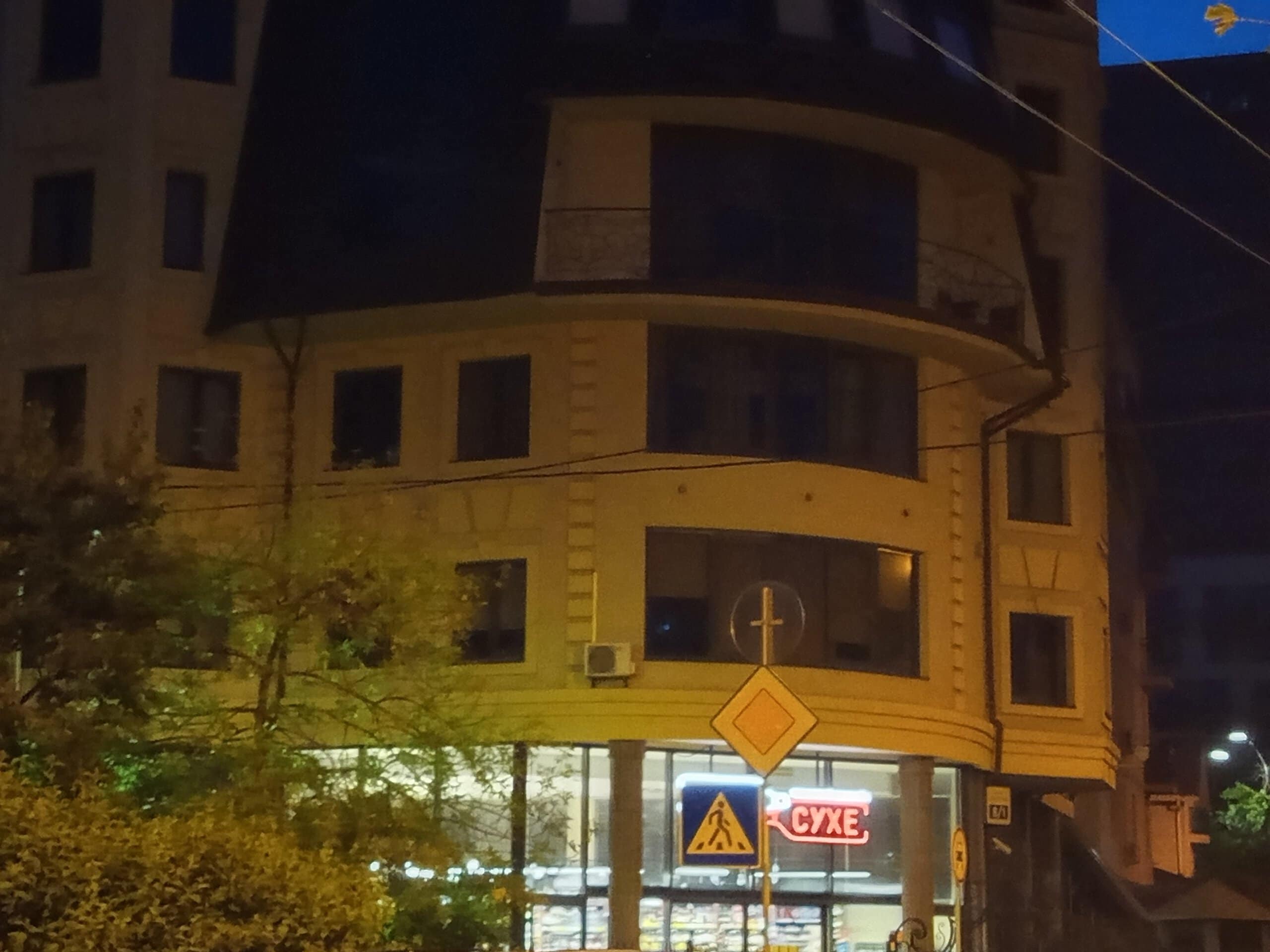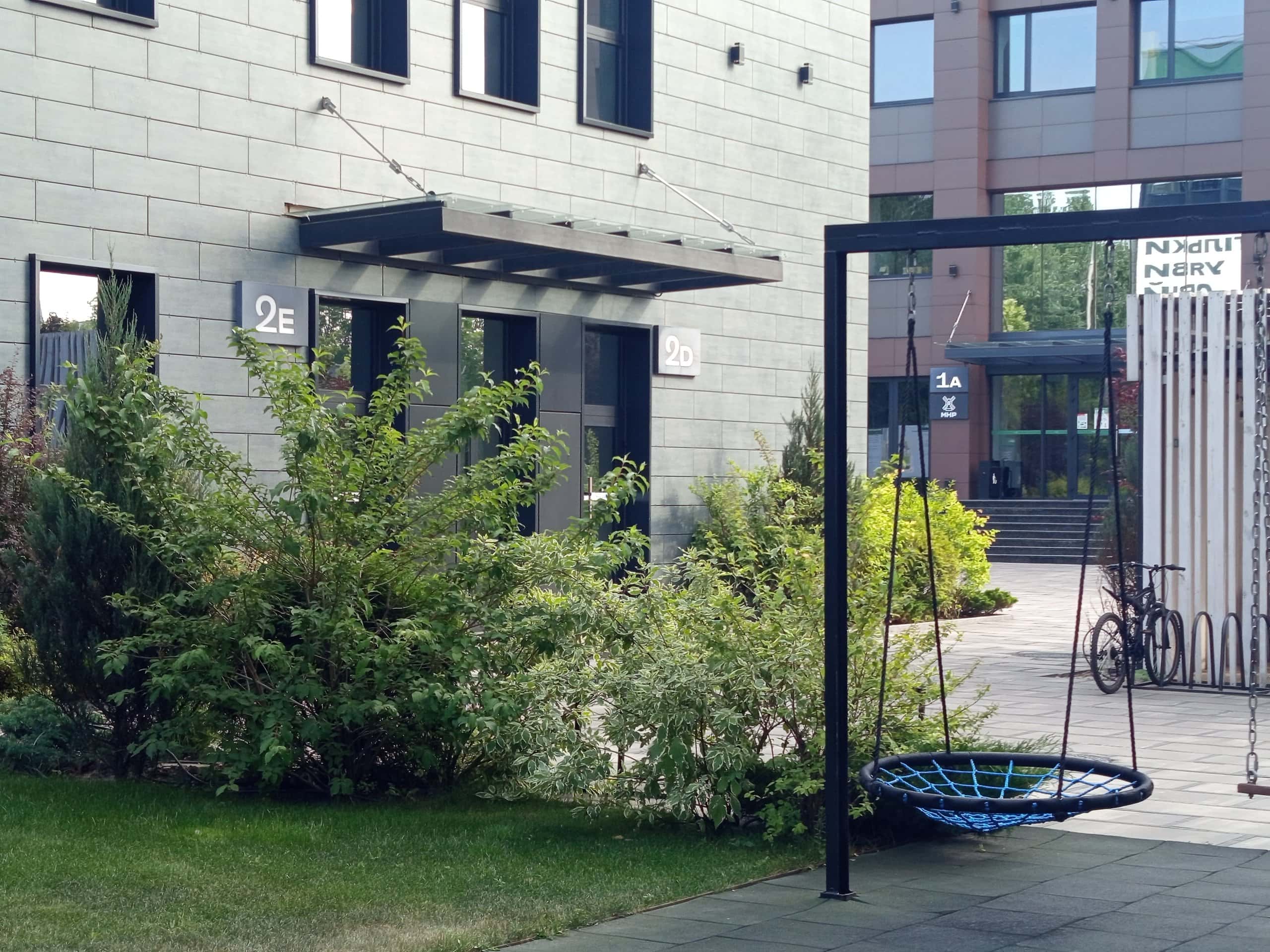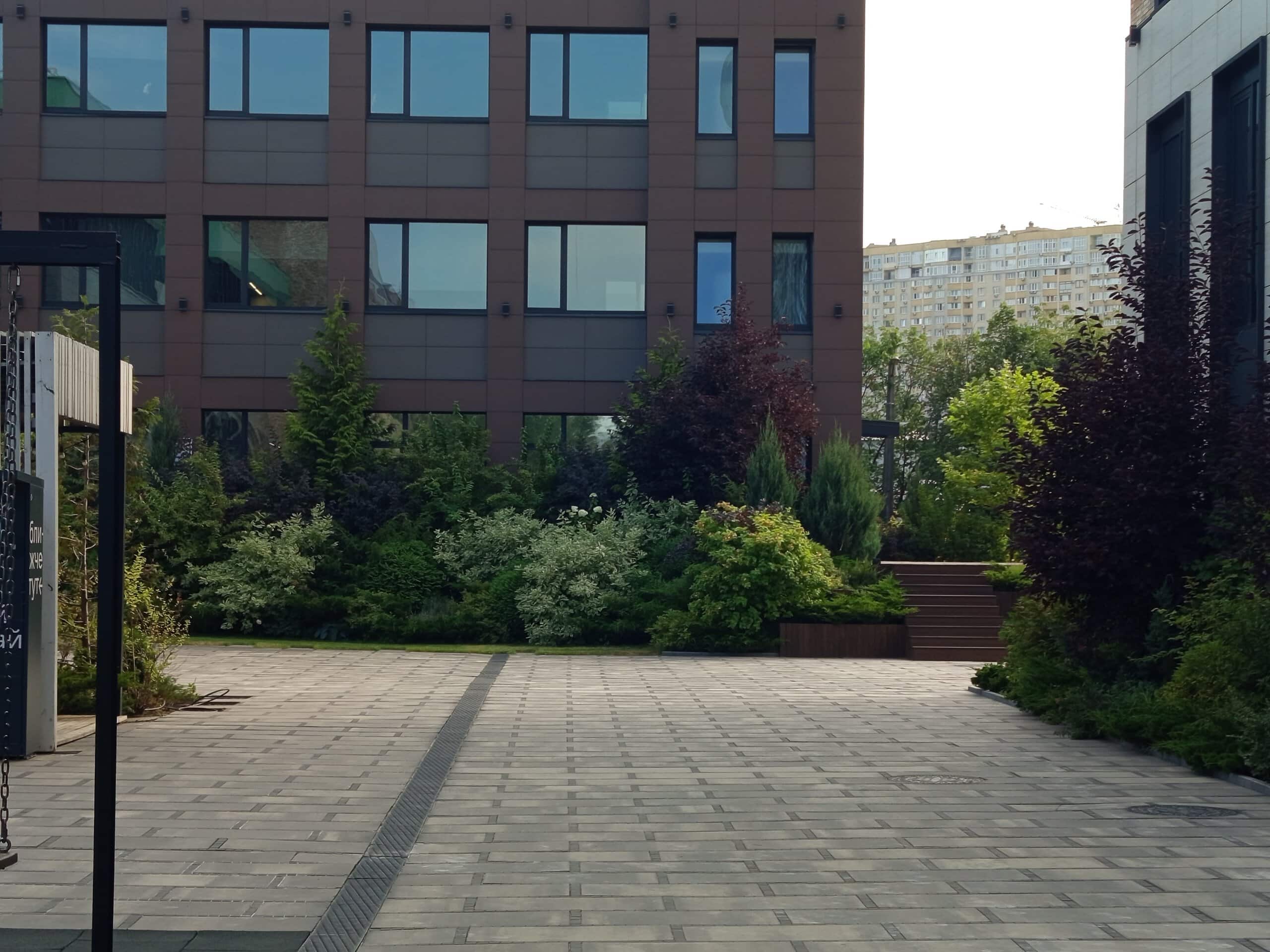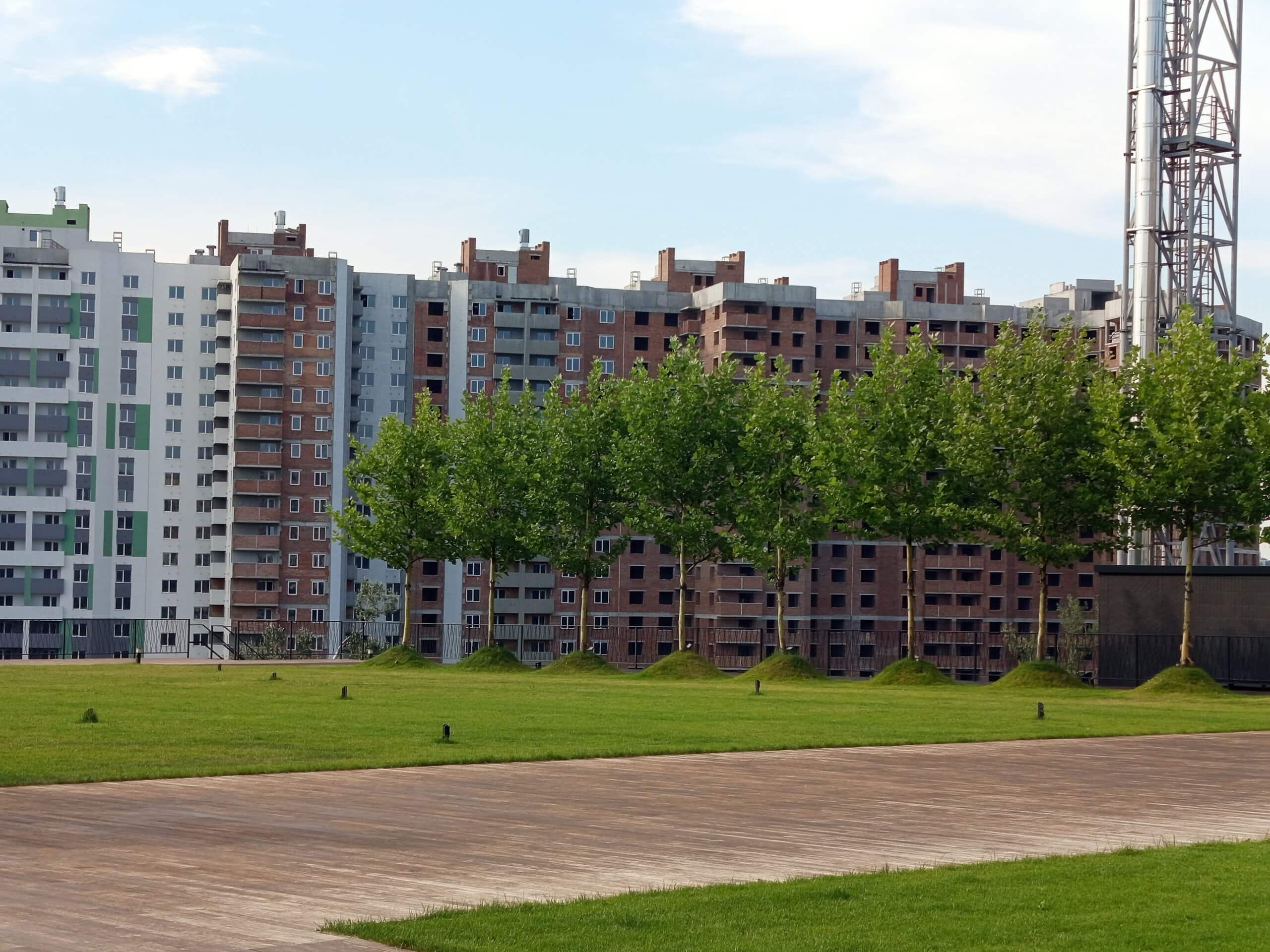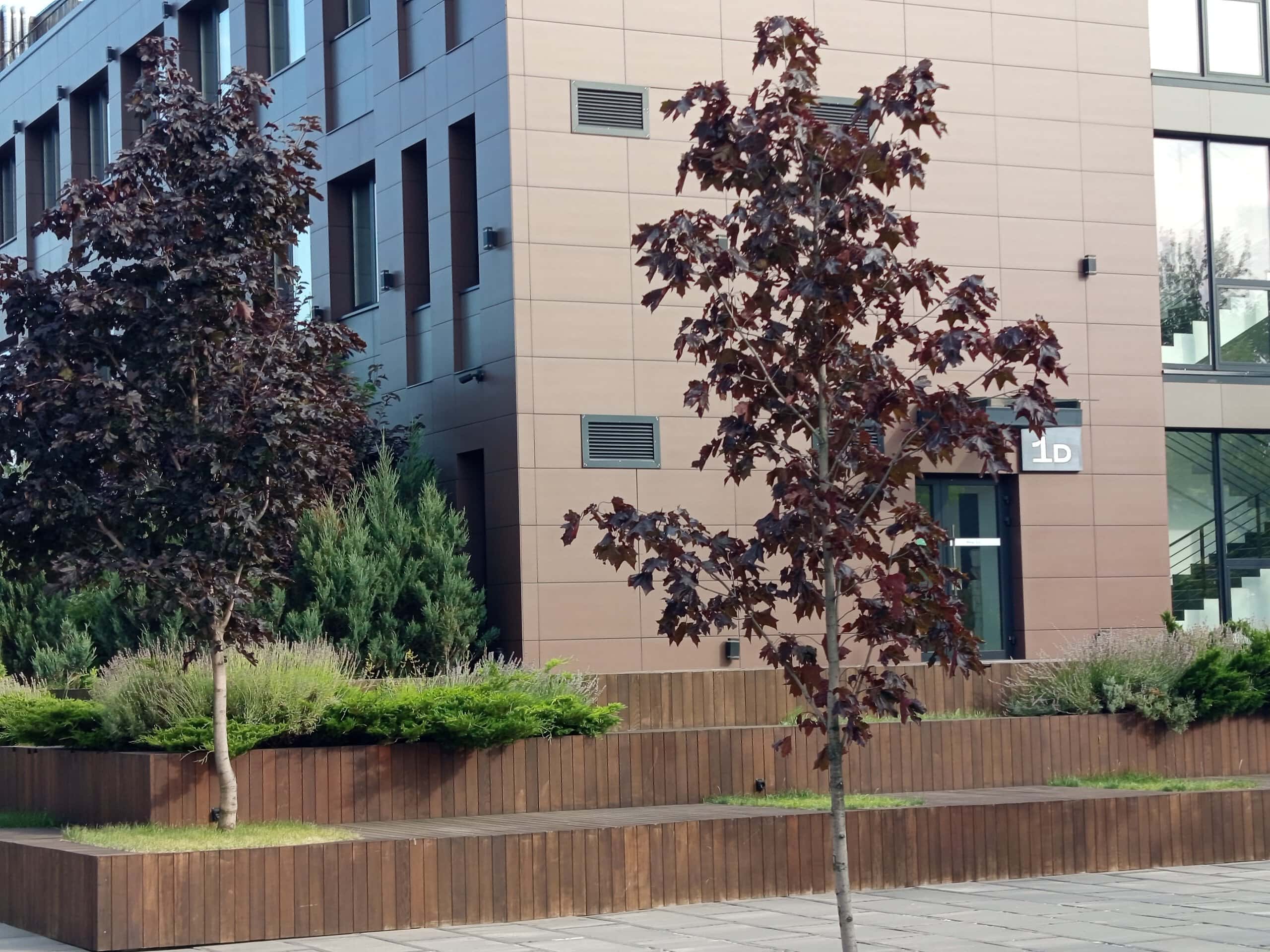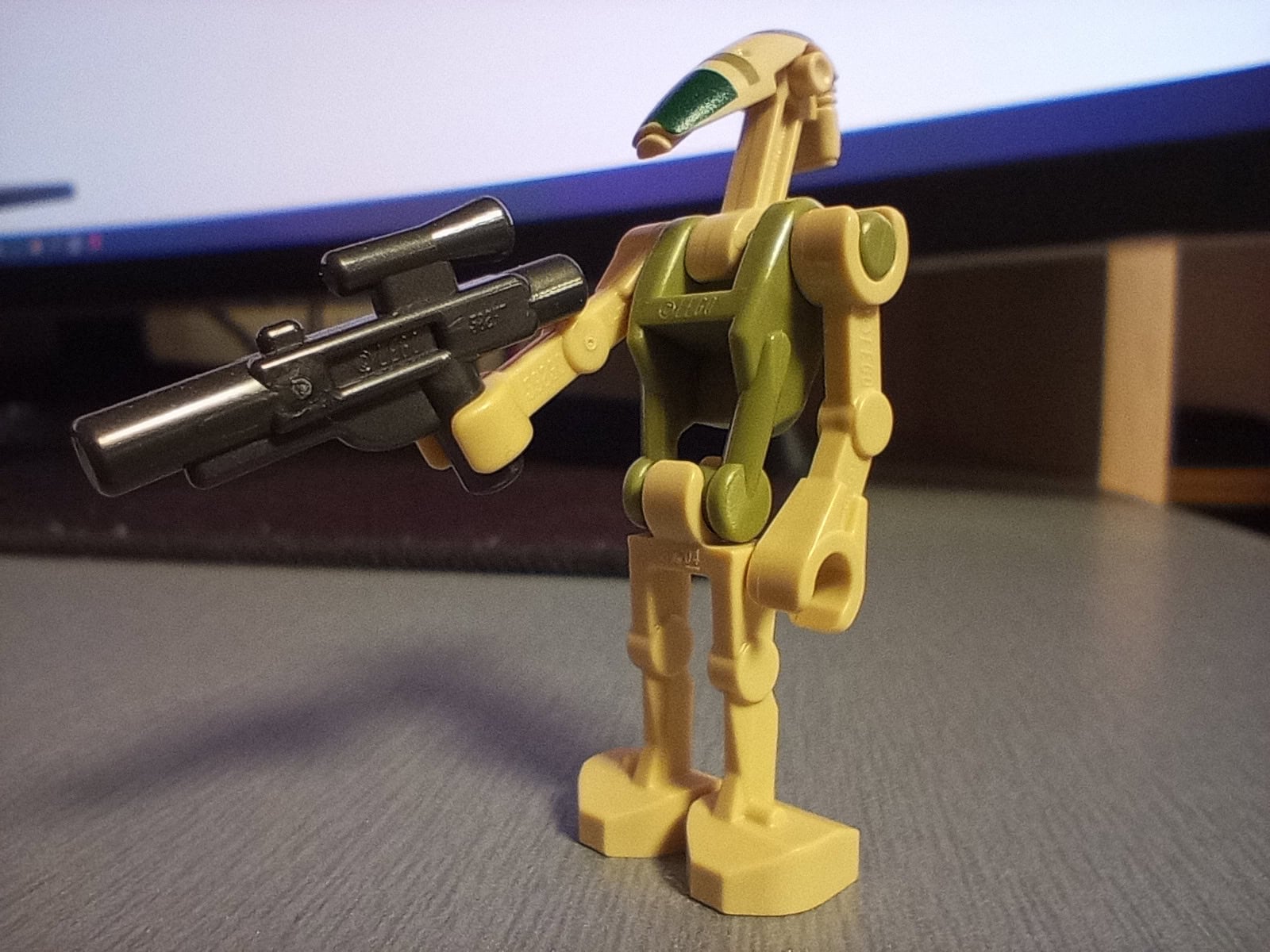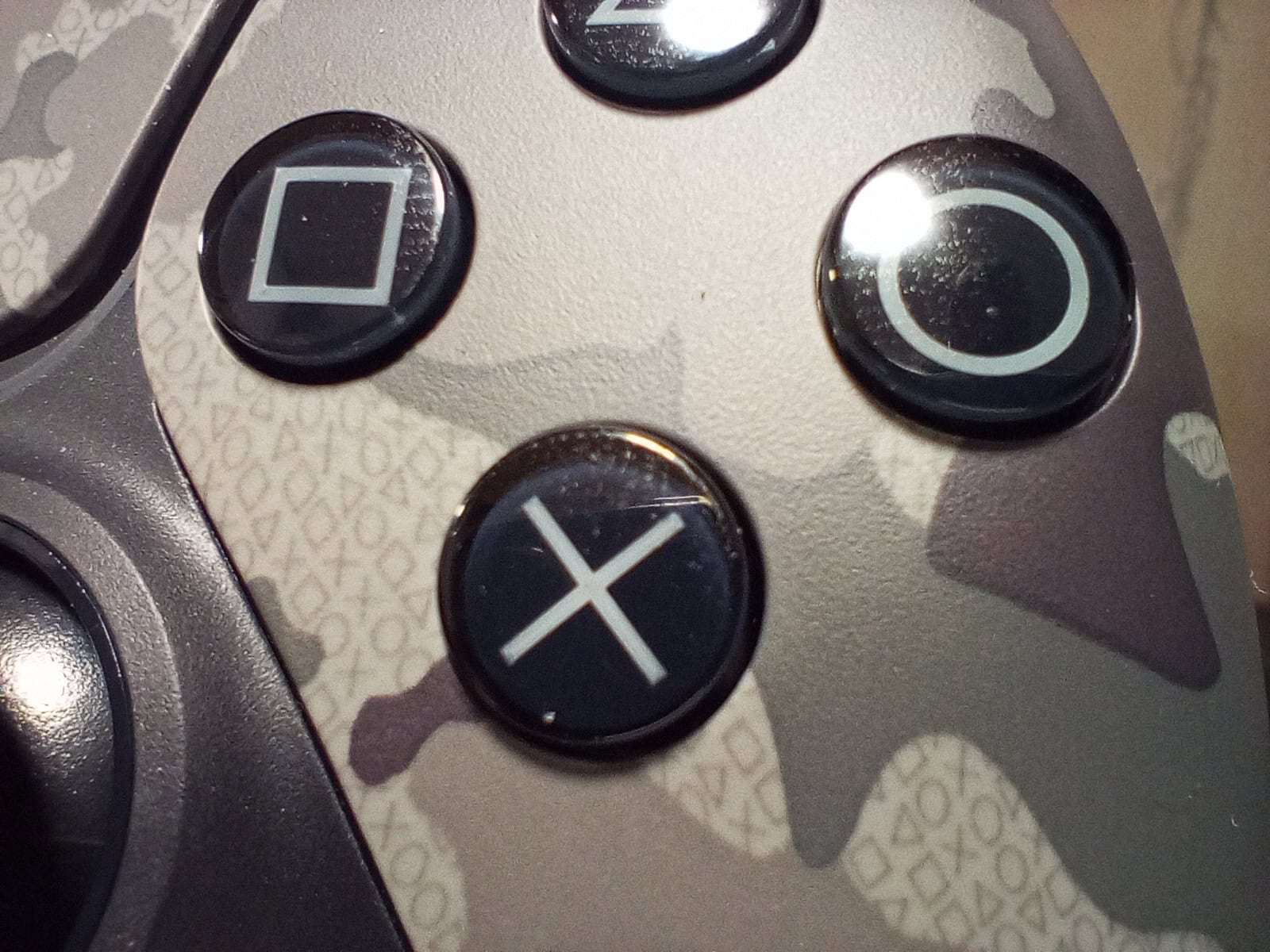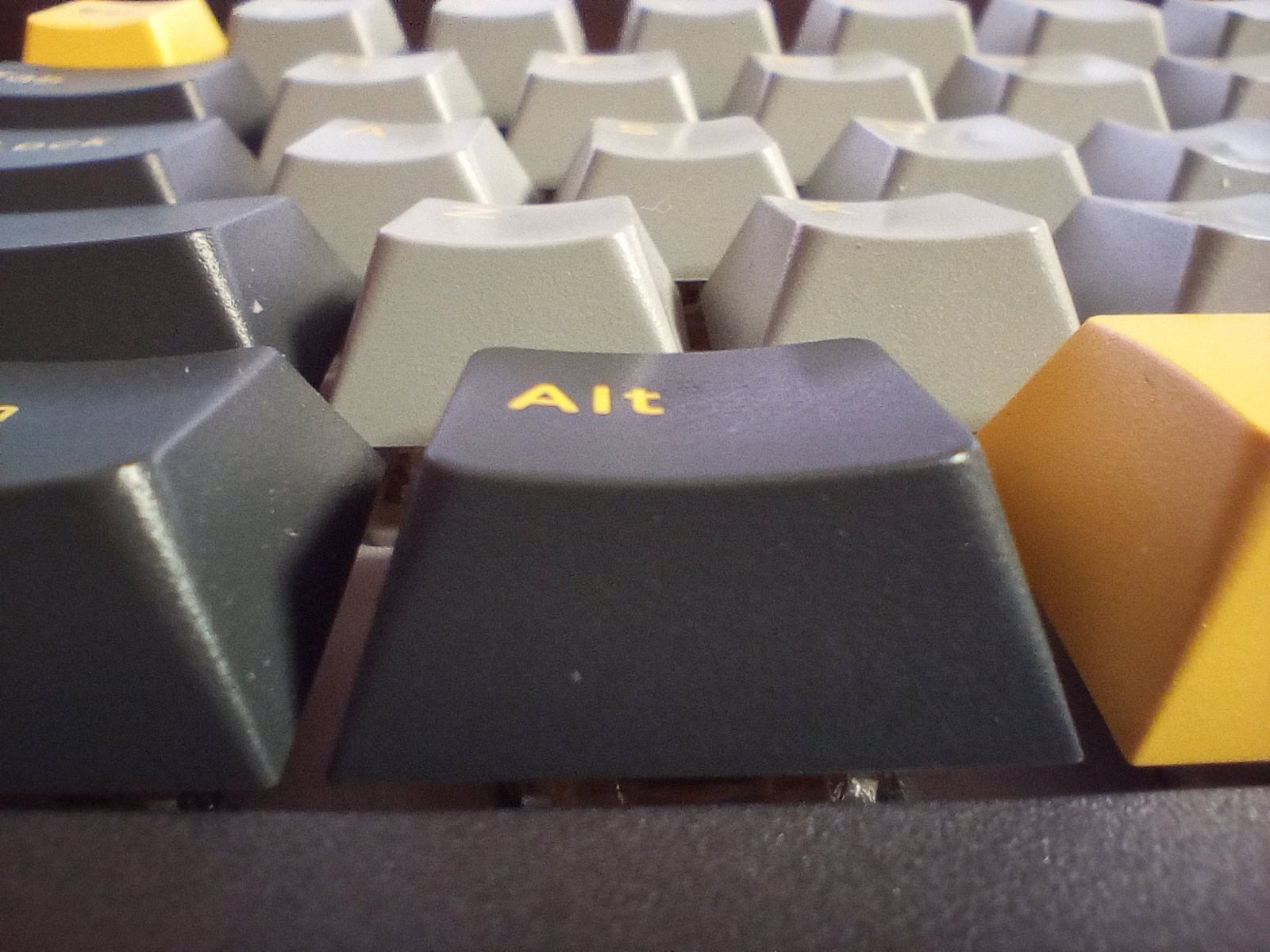The line of Xiaomi Redmi smartphones has grown a lot, with both budget models and mid-range smartphones. And it's quite easy to get confused in this variety. Today we are going to tell you about one of the most affordable representatives of the lineup. Xiaomi Redmi 13 is a budget smartphone with a 108-megapixel main camera and a 90 Hz display.
Xiaomi Redmi 13 specifications
| Dimensions and weight | 168,6 x 76,3 x 8,3 mm205 grams |
| RAM and storage | 6 / 8 GB OZP LPDDR4X and 128 / 256 GB storage eMMC 5.1 + MicroSD |
| Processor | MediaTek Helio G91 Ultra |
| Graphics processor | Mali-G52 MC2 |
| Wireless modules | Wi-Fi 802.11 a/b/g/n/ac (2.4 GHz and 5 GHz), Bluetooth 5.4, NFC, HF transmitter, FM |
| Display | 6.79-inch IPSResolution: 1080×2460 dots, 396 ppiFrequency: 90 Hz |
| Main cameras | 108 megapixels wide-angle, 1/1.67", 0.64 µm, ƒ/1.8, phase autofocus;2 megapixel macro, ƒ/2.4 |
| Front camera | 13 megapixels, ƒ/2,5 |
| Audio | One speaker |
| Battery | 5030 mAh |
| Charging | Drotova 33 W |
| Connectors | USB Type-C, 3.5 mm audio |
| Operating system | Android 14, HyperOS |
| Recommended price | 5 999 грн |
Package contents
Xiaomi has decided to freshen up the packaging of its smartphones a bit. The front of the Xiaomi Redmi 13 box is now almost entirely red. The box itself is quite thin and there is a very objective reason for this.
In addition to the smartphone, the box contains a simple transparent silicone bumper, a Type-C cable, a tray eject tool, a protective film (right on the screen), and documentation. Yes, now some budget models do not come with power supplies. Rumor has it that in some countries, the power supply will be included, but Ukraine is not on this list.
Design and ergonomics
Xiaomi Redmi 13 doesn't offer anything original in terms of design. It's a typical modern smartphone with a flat screen, back, and edges. The bezels around the screen are quite wide and match the class of the smartphone, especially the chin. The front camera is in the usual round hole.
Hints of Xiaomi Redmi 13's originality can be seen only on the back. By the way, it's glass, which is not very typical for budget models. The editorial office had a black version. It has a glossy finish and is interesting for its barely noticeable little sparkles that can only be seen from certain angles. It looks a bit like the night sky.
Pink, gold, and blue versions are also available. The latter has a pattern in the form of waves.
The rear camera includes two separate massive modules that protrude noticeably above the back panel and collect dust around them. On the right is an interestingly designed round flash.
The frame of the smartphone is plastic and has a nice matte finish. The power and volume buttons are located on the right side. They are at a comfortable height when used with the right hand. But for the left hand, it's a little higher than we would like. Although you should take into account the generally large dimensions of the smartphone. The power button also serves as a fingerprint scanner.
On the opposite side of Xiaomi Redmi 13 is a tray. It has a hybrid design: you can install either two SIM cards or a MicroSD memory card instead of the second one.
On the top edge there are two functional elements that are not quite usual for modern smartphones. A standard headphone jack and an infrared transmitter for controlling consumer electronics.
At the bottom is an external speaker, a Type-C connector, and a single microphone that is used for both calls and video recording. So the smartphone shoots video only with mono sound.
Xiaomi Redmi 13 has an IP53 rating, so it's not afraid of light splashes of water, but you shouldn't immerse it.
Display
Xiaomi Redmi 13 has a 6.79-inch IPS display with a resolution of 2460x1080, with a pixel density of about 396 ppi. It has a refresh rate of 90 Hz, with a maximum brightness of 450 cd/m² and a peak brightness of 550 cd/m².
The settings include a choice between a dark and light interface theme, a refresh rate (there is also an adaptive mode), font size and type, reading mode, and three color display modes: bright, saturated, and standard, as well as color temperature settings. It's worth noting that vivid and saturated are almost identical.
After constantly using smartphones with AMOLED, the screen of Xiaomi Redmi 13 is not impressive. On the other hand, there are IPS fans for its softer natural colors. Viewing angles are maximized, in bright sunlight it fades a little, but the information remains legible. The screen is quite good for its price category.
In the "Saturated" mode, the brightness is 342.167 cd/m², the black field brightness is 0.287 cd/m², and the static contrast is 1192:1. The color gamut is a bit narrower than sRGB, with a noticeable emphasis on cold shades:
In "Standard" mode, the brightness and contrast values are not very different. Max: 336.224 cd/m², black field brightness - 0.281 cd/m², contrast ratio - 1197:1. The color temperature is slightly closer to the reference value, the picture is less "cold". But the color gamut is narrower:
Security
The fingerprint scanner in Xiaomi Redmi 13 is located in the power button. This is a typical solution for inexpensive smartphones with IPS displays. Usually, the button is slightly larger, but not in this case. It is quite standard. The scanner's speed and accuracy are excellent, and there were no problems during testing.
Face recognition by the front camera is absolutely standard. You can expect a high response rate in good light. In the evening, it is better to use a fingerprint scanner.
Performance and software
Xiaomi Redmi 13 has received the MediaTek Helio G91 Ultra processor. MediaTek is constantly releasing old processors under new names. And judging by the characteristics, this is an updated version of the Helio G88. So we have an 8-core processor, which includes 2 ARM Cortex-A75 cores of 2.0 GHz, 6 Cortex-A55 cores of 1.8 GHz and a Mali-G52 MC2 graphics accelerator. the processor is manufactured using the already quite outdated 12-nm process technology.
The RAM in our variant is 6 GB of LPDDR4X, which is not enough for a modern smartphone. This can be partially compensated for by the function of expanding the memory by 2, 4 or 6 GB using the built-in storage. But it uses rather slow eMMC 5.1 memory, so you shouldn't expect a big performance boost. The basic version (as reviewed) has a 128 GB storage. There are 256 GB versions, as well as the ability to install MicroSD.
Xiaomi Redmi 13 can hardly be called fast. This applies to both the interface and applications. The interface is quite stable, but it's not fast. The launch speed and operation of applications are not very pleasing, sometimes there are freezes for a second or two. Synthetic performance tests confirm this: the results are quite budget-friendly:
Under prolonged maximum loads, the smartphone body becomes slightly warm near the rear camera. In the CPU Throttling Test, the processor can drop up to 82% of its power under prolonged maximum load.
You won't be able to play modern demanding games on a smartphone. But something like Call of Duty Mobile on low or medium settings, or NFS No Limits is quite playable.
Xiaomi Redmi 13 is equipped with dual-band Wi-Fi 802.11 a/b/g/n/ac, Bluetooth 5.4, NFC, an infrared transmitter, and even an FM radio. Global positioning systems GPS, GLONASS, GALILEO, BDS are supported.
The application for using a smartphone as a remote control using an infrared transmitter has a very simple and intuitive interface. The smartphone worked with a Philips TV and a Midea air conditioner without any problems. So it may well be useful if you don't want to look for a native remote control.
Xiaomi Redmi 13 runs on Android 14 with the proprietary HyperOS shell. It formally replaced the previous MIUI, although in practice there are minimal differences. HyperOS has many customization options, from themes and wallpapers to the desktop grid.
The shell has three display modes: with a separate application menu, without it, and a simplified mode. The manager of running applications has a standard view of a horizontal carousel of cards. And the switcher and notification panel is close to the standard Android one. Unlike the so-called Control Center in Xiaomi 14, where swiping down on the right side of the screen brings up a curtain with quick settings, and on the left side a list of notifications. The classic version is more convenient.
Additional features include the ability to set up a specific app to launch by double-tapping the power button. You can also use the flash for notifications, but this feature is only supported by the phone and watch.
Of course, there is a set of standard applications such as a voice recorder, file manager, calculator, compass, etc. But, as with other Xiaomi smartphones, the user occasionally sees full-screen ads when they are launched. And there are unnecessary additional app stores GetApps, Game Center, which cannot be removed.
Sound
Stereo sound is not yet a standard for budget smartphones. Xiaomi Redmi 13 has one speaker and does not play stereo. The volume margin is not bad, but the quality is mediocre. Of course, there are no low frequencies, and the middle frequencies sound rather dirty. Distortion is especially noticeable at high volume.
Cameras
Don't let the two large camera modules on the back of Xiaomi Redmi 13 mislead you. In fact, only one of them is really useful. This is the 108-megapixel wide-angle Samsung ISOCELL HM6, which has a physical size of 1/1.67 inches with 0.64 micron pixels. It has optics with an aperture of f/1.8 and is equipped with phase detection autofocus. There is no optical stabilization. In the standard mode, the camera combines 9 pixels into one and the images have a resolution of 12 MP. There is a separate 108 MP mode. It is claimed that the camera can also take pictures with 3x zoom without reducing the quality. Of course, it's a crop.
The second camera at the back is a macro module with a resolution of 2 MP and f/2.4 aperture without autofocus. The front camera has a resolution of 13 MP and f/2.5 optics.
The app has a fairly familiar interface. A carousel of modes, basic settings on the viewfinder screen (flash, HDR, format, zoom switching, etc.). Additional settings are in the drop-down menu. The only not-so-logical solution is that the macro camera is hidden in the advanced settings menu.
The quality of photos taken with the main camera is good, considering the price of the smartphone. During the day, photos have good detail and mostly natural colors. Night photos lose a little bit of detail, but are also generally very good. Although it's worth noting that the night mode highlights the photos more than necessary, especially the sky. And some night photos look like evening photos. But this is also typical of much more expensive mid-range smartphones. And sometimes even flagships:
The 3x digital zoom works well in good light. In the evening, digital noise is already a little noticeable, but in general, you can get a good photo:
A few examples on a macro camera:
The maximum video recording resolution on Xiaomi Redmi 13 is 1080p, 30 frames per second, and the sound is mono. There is no stabilization, so the video quality is mediocre.
Battery life
Xiaomi Redmi 13 is equipped with a 5030 mAh battery. Given the low performance, one would expect long battery life. But it is worth recalling that the MediaTek Helio G91 Ultra is produced using a rather outdated 12-nm process and the characteristics are similar to the not very energy-efficient MediaTek Helio G88. Therefore, the battery life is mediocre. If you use it exclusively for calls, instant messengers, email, and the browser, you can get a day, maybe a little more. With a camera and games, you'll have to charge it in the evening.
Despite the manufacturer's savings on the power supply, we managed to determine the charging speed. We had a suitable 33W PSU at hand. Xiaomi Redmi 13 takes about 1 hour and 20 minutes to fully charge.









